MG CARS Photographs Only
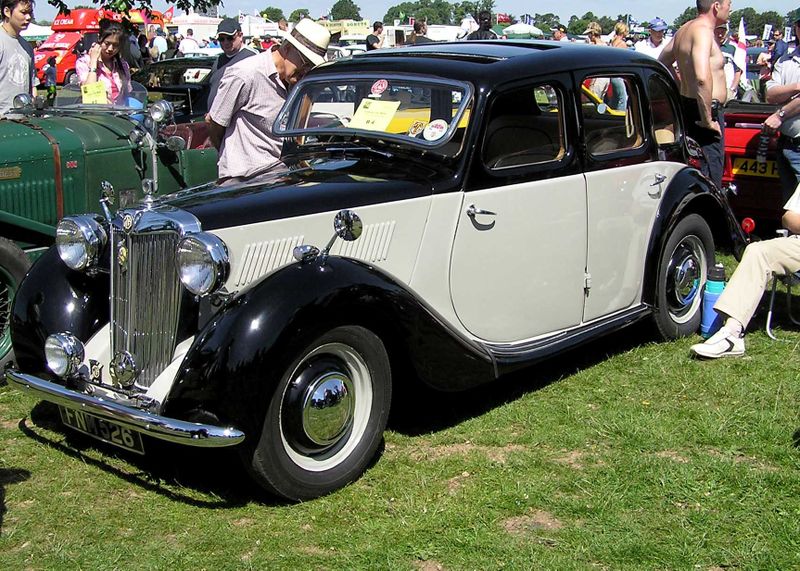
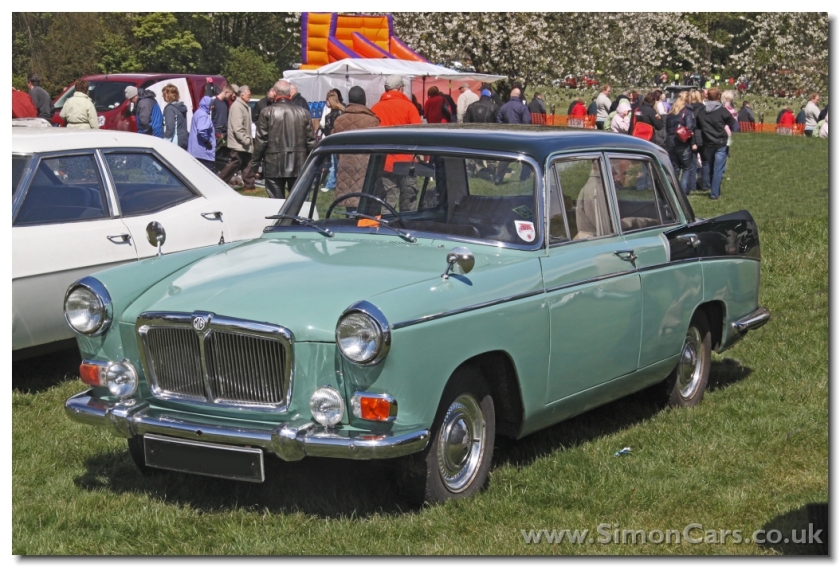
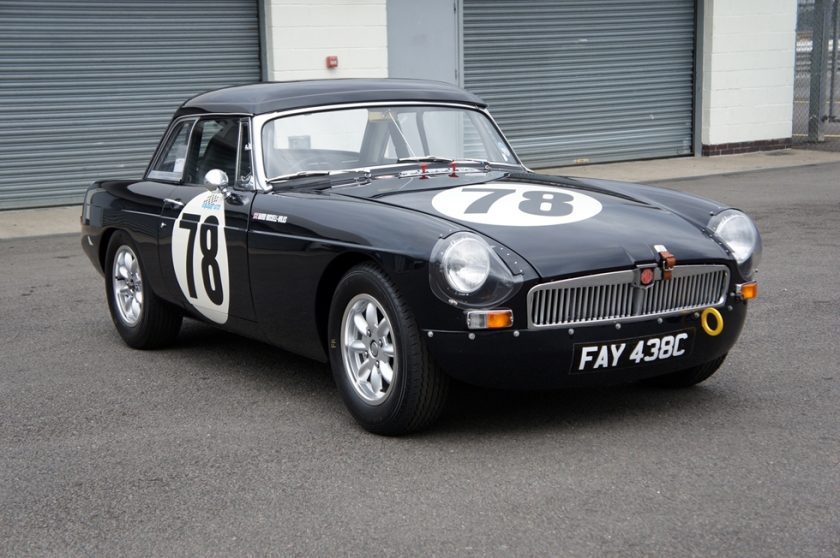
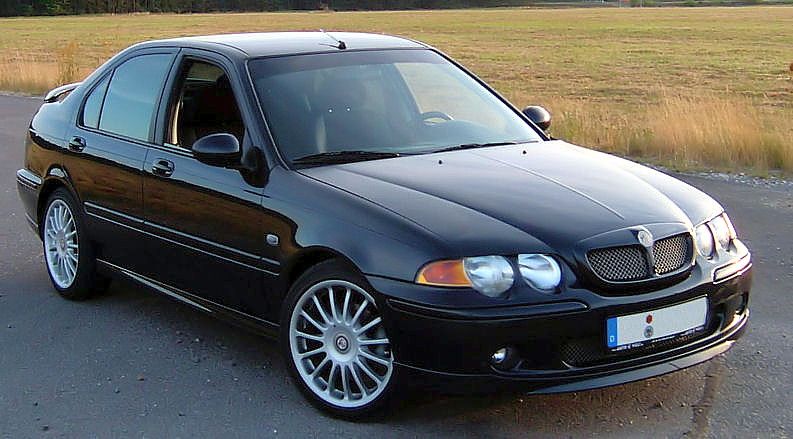
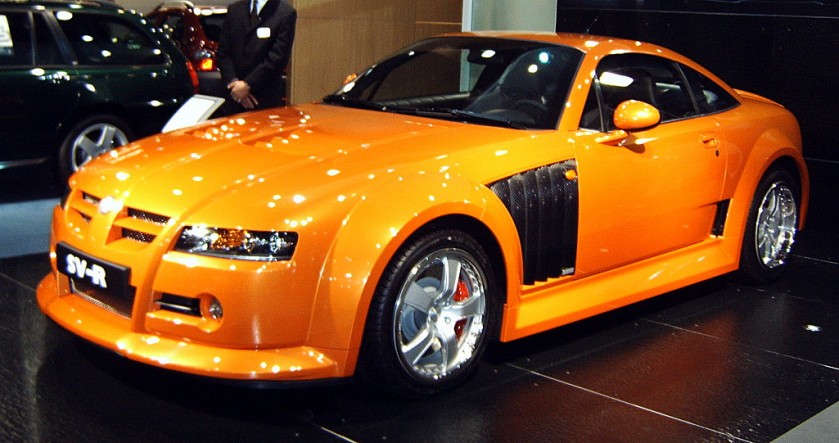
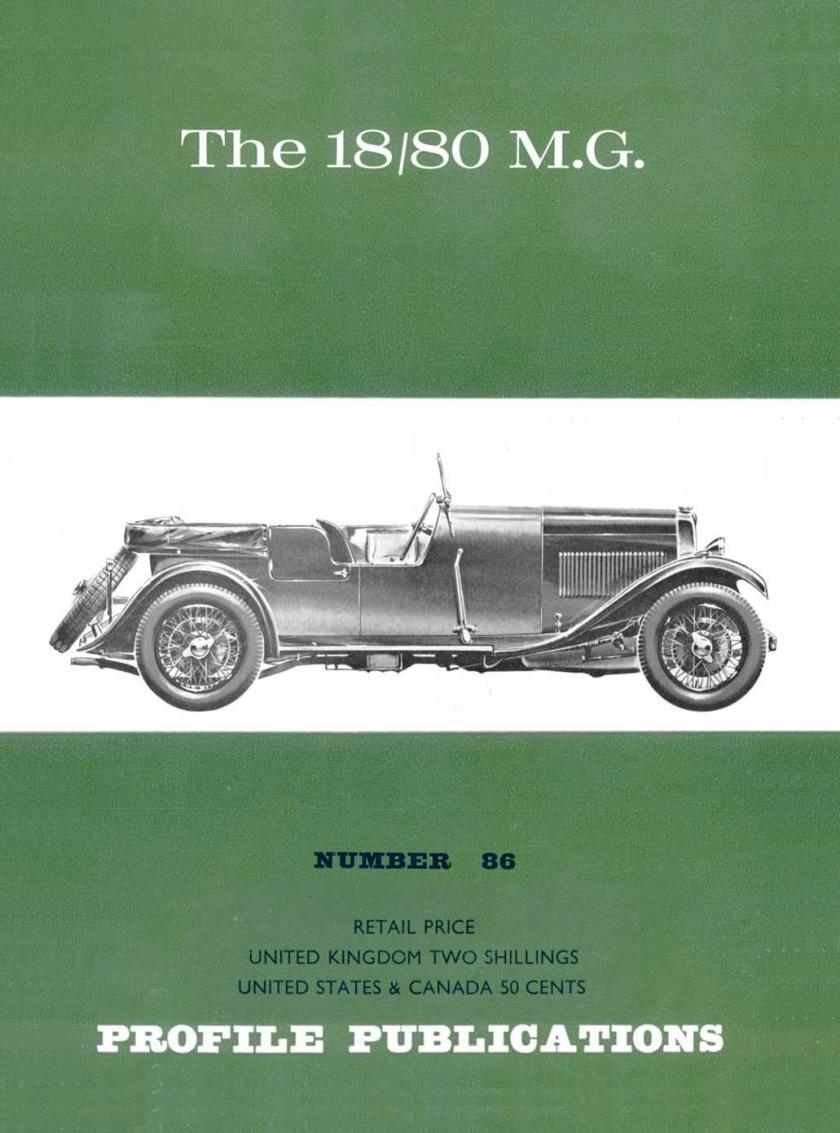
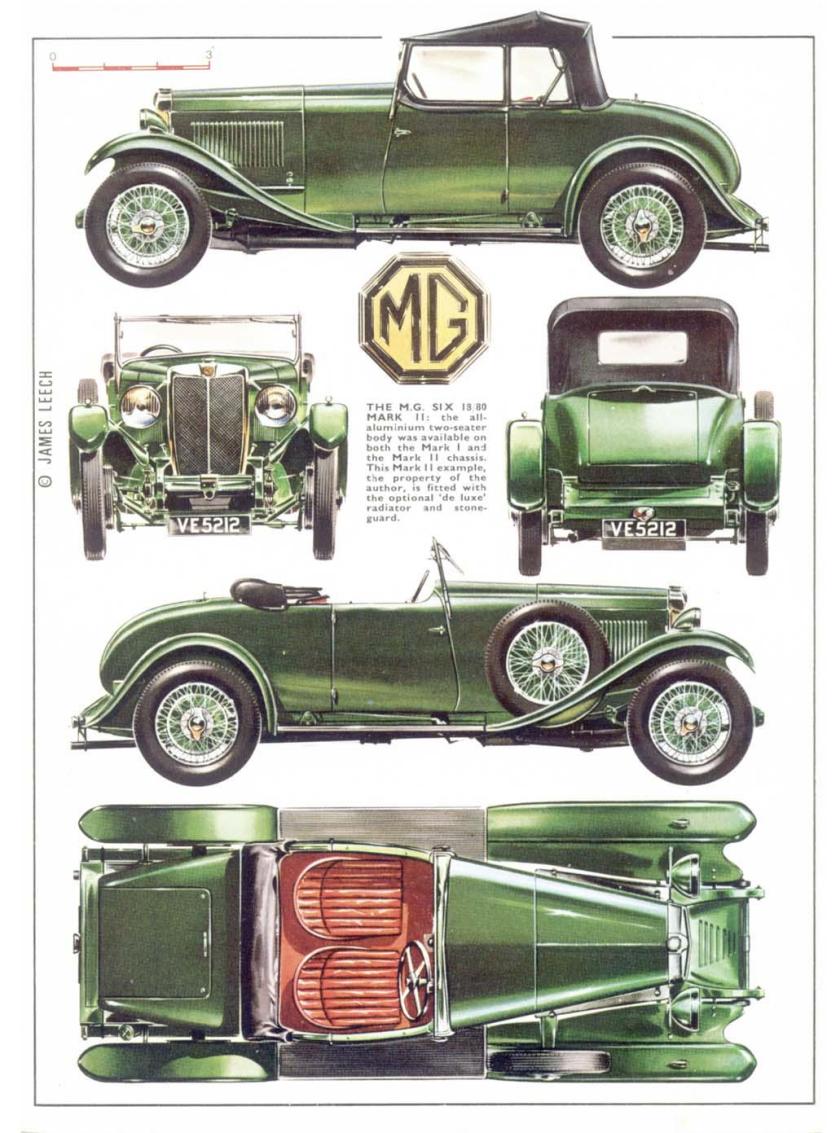
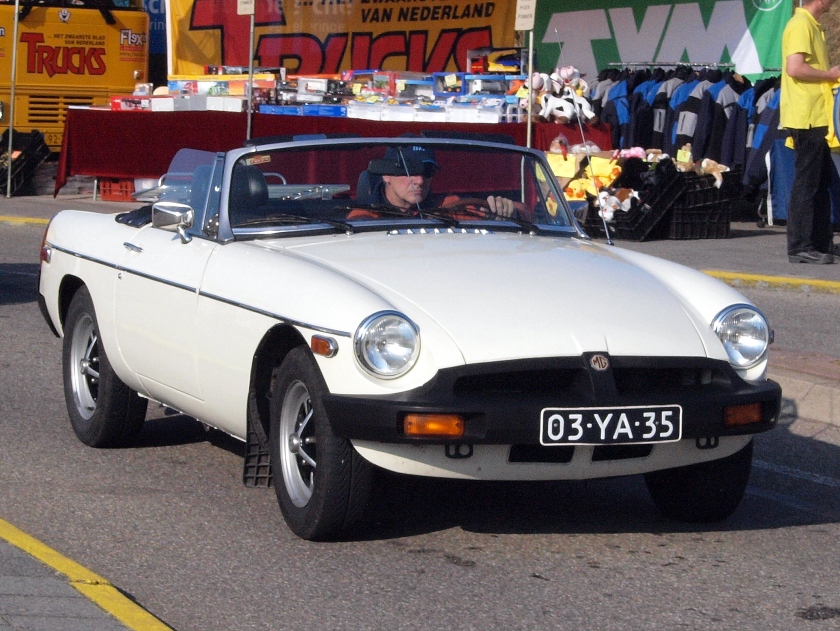
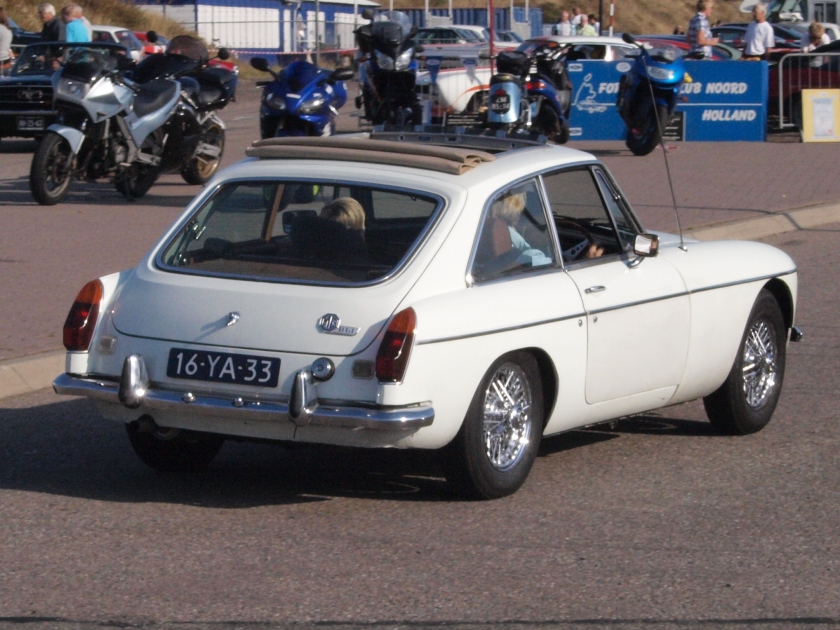
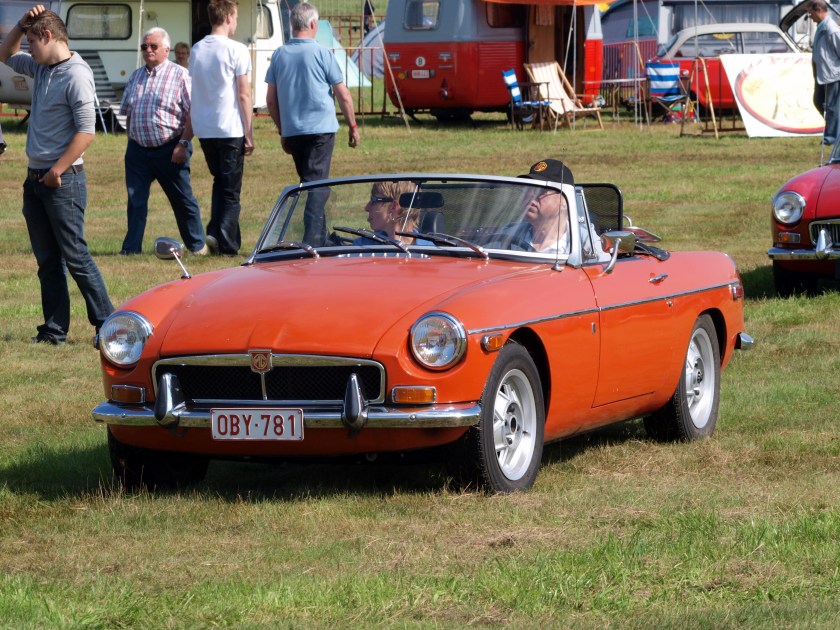
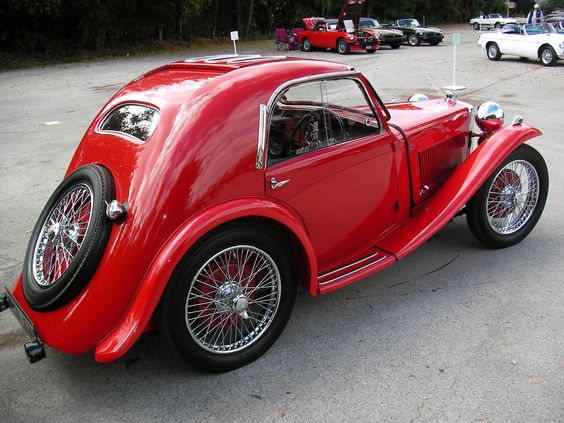
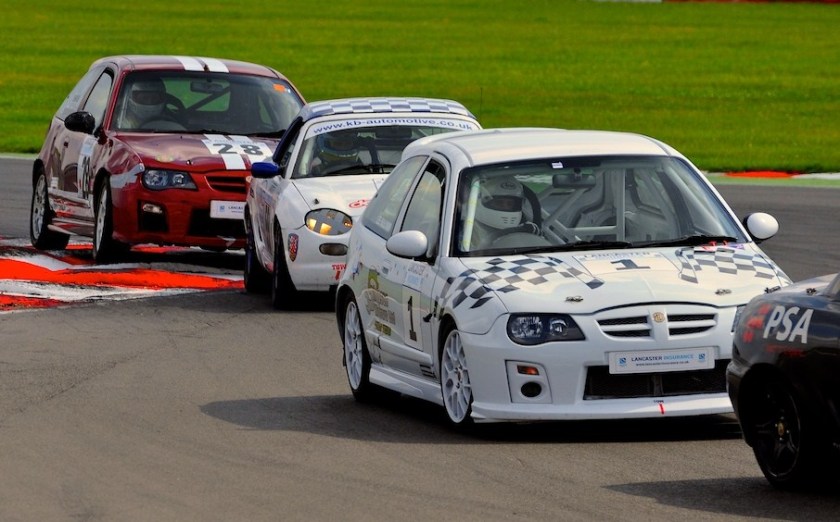
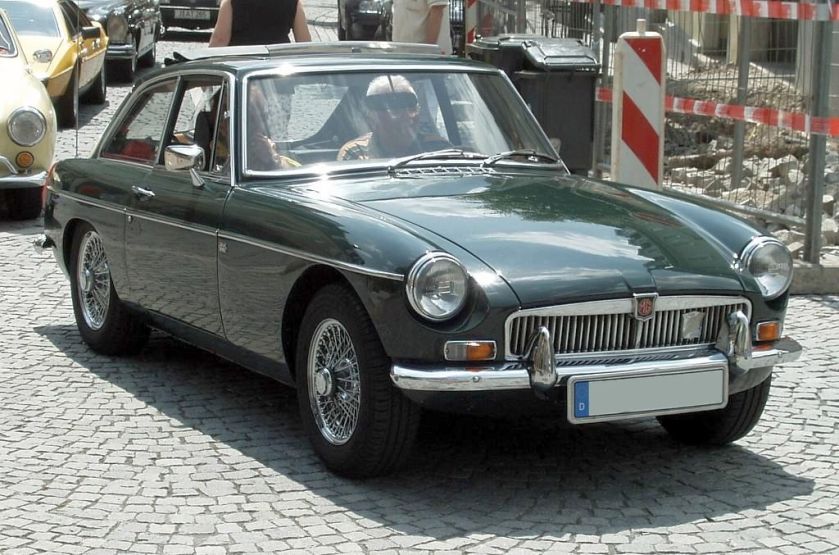














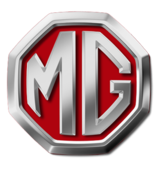 |
|
| Owner | MG Motor (since 2009) |
|---|---|
| Country | United Kingdom |
| Markets | Automotive |
| Previous owners | 1924–1935: William R Morris 1935–1952: Morris Motors Limited 1952–1967: British Motor Corporation 1967–1968: British Motor Holdings 1968–1986: British Leyland 1986–1988: Rover Group 1988–1994: British Aerospace 1994–2000: BMW 2000–2005: MG Rover Group 2006–2008: NAC MG |
| Website | www.mg.co.uk |
 |
|
| Industry | Automotive industry |
|---|---|
| Fate | Merged |
| Founded | 1924 |
| Founder | Cecil Kimber |
| Headquarters | Longbridge, Birmingham (Previously Abingdon, Oxfordshire) |
| Products | MG Automobiles |
| Website | mgcars.com |
MG is a British automotive marque registered by the now defunct MG Car Company Limited, a British sports car manufacturer begun in the 1920s as a sales promotion sideline within W R Morris’s Oxford city retail sales and service business by the business’s manager, Cecil Kimber. Best known for its two-seat open sports cars, MG also produced saloons and coupés. Kimber was an employee of William Morris; MG are the initials for Morris Garages.
The MG business was Morris’s personal property until 1 July 1935 when he sold MG to his holding company, Morris Motors Limited, restructuring his holdings before issuing (preference) shares in Morris Motors to the public in 1936. MG underwent many changes in ownership starting with Morris merging with Austin in The British Motor Corporation Limited in 1952. MG became the MG Division of BMC in 1967 and so a component of the 1968 merger that created British Leyland Motor Corporation. By the start of 2000 MG was part of the MG Rover Group which entered receivership in 2005 and the assets and the MG brand were purchased by Nanjing Automobile Group (which merged into SAIC in 2008) for GB£53 million. Production restarted in 2007 in China, and later at Longbridge plant in the UK under the current manufacturer MG Motor. The first all-new model from MG in the UK for 16 years, the MG 6, was officially launched on 26 June 2011.
The original MG marque was in continuous use, except for the duration of the Second World War, for 56 years following its inception in 1923. The production of predominantly two-seater sports cars was concentrated at a factory in Abingdon, some 10 miles (16 km) south of Oxford. The British Motor Corporation (BMC) competition department was also based at the Abingdon plant, producing many winning rally and race cars, until the Abingdon factory closed and MGB production ceased in the Autumn of 1980.
Between 1982 and 1991, the MG marque used to badge-engineer sportier versions of Austin Rover’sMetro, Maestro, and Montego ranges. The MG marque was not revived in its own right until 1992, with the MG RV8 – an updated MGB Roadster with a Rover V8 engine, which was previewed at the 1992 Birmingham Motor Show, with low-volume production commencing in 1993.
A second revival came in the summer of 1995, when the high-volume MG F two-seater roadster was launched.
The MG marque, along with the Rover marque, went to the MG Rover group in May 2000, when BMW “broke up” the Rover Group. This arrangement had the return of MG badges on sportier Rover-based cars such as the MG ZT in 2001, along with a revised MG F model, known as the MG TF, launched in 2002; however, all production ceased in April 2005 when MG Rover went into administration.
The assets of MG Rover were bought by Chinese carmaker Nanjing Automobile in July 2005, subsequently bought by SAIC in December 2007, which now operate a UK subsidiary, MG Motor.
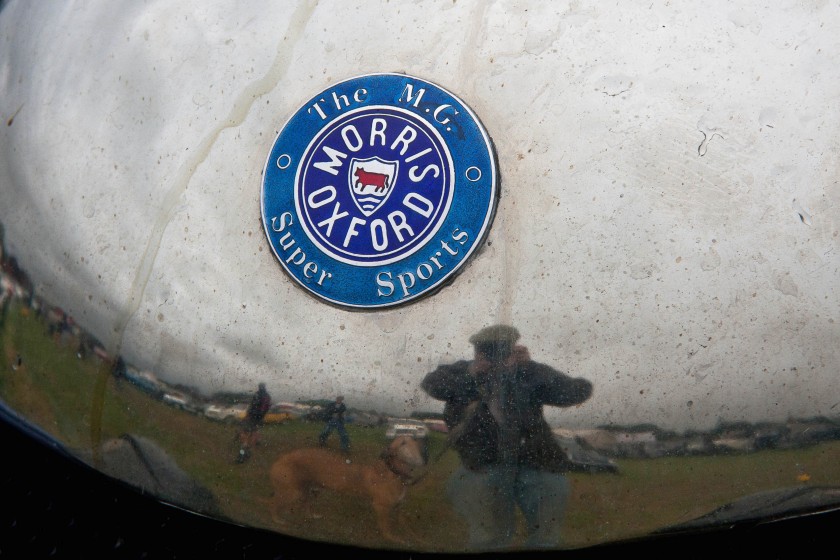 The company’s name supposedly originated from the initials of Morris Garages, W R Morris’s (Lord Nuffield’s) original retail sales and service business in Longwall Street, Oxford, when the business’s manager, Cecil Kimber, began promoting sales by producing his own versions. Kimber had joined the company as its sales manager in 1921. He was promoted to general manager in 1922, a position he held until 1941, when he fell out with Lord Nuffield over procuring wartime work. Kimber died in 1945 in a railway accident. The site of the garages was redeveloped in 1980, retaining the original frontage, and is now used as student accommodation by New College.
The company’s name supposedly originated from the initials of Morris Garages, W R Morris’s (Lord Nuffield’s) original retail sales and service business in Longwall Street, Oxford, when the business’s manager, Cecil Kimber, began promoting sales by producing his own versions. Kimber had joined the company as its sales manager in 1921. He was promoted to general manager in 1922, a position he held until 1941, when he fell out with Lord Nuffield over procuring wartime work. Kimber died in 1945 in a railway accident. The site of the garages was redeveloped in 1980, retaining the original frontage, and is now used as student accommodation by New College.
Debate remains as to when the MG Car Company started, although the first cars bore both Morris and MG badges, in addition to reference to MG with the octagon badge appears in an Oxford newspaper from November 1923, the MG Octagon was registered as a trademark by Morris Garages on the 1 May 1924, with its 90th anniversary being widely celebrated in 2014. Others dispute this and believe that MG only properly began trading in 1925. The explanation may lie in the distinction between the MG business and the company of that name which may have come to own it later.
The first cars which were rebodied Morris models used coachwork from Carbodies of Coventry and were built in premises in Alfred Lane, Oxford. Demand soon caused a move to larger premises in Bainton Road in September 1925, sharing space with the Morris radiator works. Continuing expansion meant another move in 1927 to a separate factory in Edmund Road, Cowley, Oxford, near the main Morris factory and for the first time it was possible to include a production line. In 1928, the company had become large enough to warrant an identity separate from the original Morris Garages and the M.G. Car Company Limited was established in March of that year, and in October for the first time a stand was taken at the London Motor Show. Space again soon ran out and a search for a permanent home led to the lease of part an old leather factory in Abingdon, Oxfordshire in 1929, gradually taking over more space until production ended there in 1980. The MG Car Club was founded in 1930 for owners and enthusiasts of MG cars.
Originally owned personally by William Morris, MG was sold in 1935 to Morris Motors (itself a member of the Morris Organizations later called the Nuffield Organisation), a change that was to have serious consequences for MG, particularly its motor-sport activities.
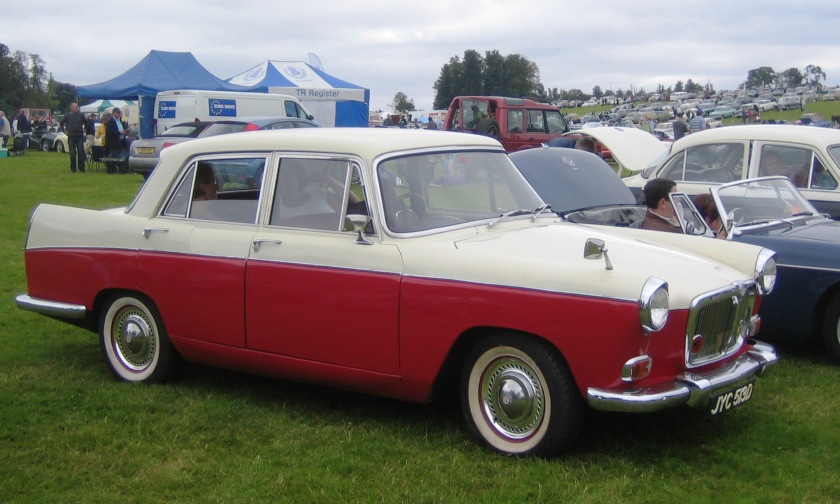 1966 MG Magnette Mark IV, a typical badge-engineered BMC saloon car
1966 MG Magnette Mark IV, a typical badge-engineered BMC saloon car
MG was absorbed with Morris into The British Motor Corporation Limited, created in 1952 to merge Morris Motors Limited and The Austin Motor Company Limited. Long-time service manager John Thornley took over as general manager, guiding the company through its best years until his retirement in 1969. Under BMC, several MG models were no more than badge-engineered versions of other marques, with the main exception being the small MG sports cars. BMC took over Jaguar Cars in September 1966 and that December BMC changed its name to British Motor Holdings. BMH joined with Leyland Motor Corporation in 1968 to form British Leyland Motor Corporation (BLMC).
Following partial nationalisation in 1975, BLMC became British Leyland (later just BL). British Leyland’s management and engineering staff were predominantly from the former Leyland organization, which included MG’s historical close rival Triumph. Triumph was grouped into BL’s Specialist Division, alongside Rover and Jaguar, while MG was retained with the other former BMC marques in the Austin-Morris Division which otherwise made mass-production family cars. While new Triumph models such as the TR7 and the Dolomite were launched during the ‘Seventies no new MG models were introduced apart from the limited-production V8 version of the MGB. While the MG operations was profitable these profits were entirely offset by the huge losses accrued by the rest of the Austin-Morris division and any funding to the Division within BL was allocated to urgently required mass market models, leaving MG with limited resources to develop and maintain its existing model range, which became increasingly outdated. Amidst a mix of economic, internal and external politics, the Abingdon factory was shut down on 24 October 1980 as part of the drastic programme of cutbacks necessary to turn BL around after the turbulent times of the 1970s. The last car to be built there was the MGB, and after the closure of the Abingdon plant, the MG marque was temporarily abandoned.
Though many plants were closed, none created such an uproar among workers, dealers, clubs, and customers as this closure did. Years later, Sir Michael Edwardes expressed regret about his decision.
In 1982, the marque was revived and the Austin Rover Group built high-performance versions of their saloon and hatchback models built at Longbridge (Metro) or Cowley (Maestro and Montego). The MG Metro continued until 1990, with the Maestro and Montego versions being suspended a year later.
After BL became the Rover Group in 1986, ownership of the MG marque passed to British Aerospace in 1988 and then in 1994 to BMW. The MG name was revived in 1993 with the launch of the MG RV8, followed by the mid-engined MG F in 1995.
BMW sold the business in 2000 and the MG marque passed to the MG Rover Group based in Longbridge, Birmingham. The practice of selling unique MG sports cars alongside badge-engineered models (by now Rovers) continued. The Group went into receivership in 2005 and car production was suspended on 7 April 2005. As of 2003, the site of the former Abingdon factory was host to McDonald’s and the Thames Valley Police with only the former office block still standing. The headquarters of the MG Car Club (established 1930) is situated next door.
In 2006, it was reported that an initiative called Project Kimber, led by David James, had entered talks with Nanjing to buy the MG brand to produce a range of sports cars based on the discontinued Smart Roadster design by DaimlerChrysler. No agreement was reached, which resulted in the AC Cars marque being adopted for the new model, instead. As of 2009, the project appears to be dormant.
On 22 July 2005, the Nanjing Automobile Group purchased the rights to the MG brand and the assets of the MG Rover Group (except the production line for the ZS model) for £53 million, creating a new company called NAC MG UK. This was later renamed MG Motor, after the merge of Nanjing Automobile with Shanghai Automobile Industry Corporation (SAIC). In 2011, MG launched a new model, the MG 6 in GT (hatchback) and Magnette (saloon) versions which became the first new-generation MG available in the UK since the MG TF. The MG range is now sold in China, Chile, Colombia, Brazil, Costa Rica, South Africa and the United Kingdom, availability of models depending on market.
The first all-new model from MG for 16 years, the MG 6, was officially launched on 26 June 2011 during a visit to MG Motor’s Longbridge plant by Chinese Premier Wen Jiabao.
By March 2012, SAIC had invested a total of £450 million in MG Motor. Sales in the UK totalled 782 vehicles in 2012. The new MG 3 went on sale in the United Kingdom in September 2013.
MG Motor was voted third place for the ‘Best Manufacturer’ category in the Auto Express 2014 Driver Power survey. MG celebrated its 90th birthday in 2014, and enjoyed further celebrations with a record-breaking year that had the company lead UK car-industry growth in 2014. The MG brand’s sales rose by 361% during 2014 thanks in part to the introduction of the MG 3 to the product range.
The earliest model, the 1924 MG 14/28 consisted of a new sporting body on a Morris Oxford chassis. This car model continued through several versions following the updates to the Morris. The first car which can be described as a new MG, rather than a modified Morris was the MG 18/80 of 1928 which had a purpose designed chassis and the first appearance of the traditional vertical MG grille. A smaller car was launched in 1929 with the first of a long line of Midgets starting with the M-Type based on a 1928 Morris Minor chassis. MG established a name for itself in the early days of the sport of international automobile racing. Beginning before and continuing after World War II, MG produced a line of cars known as the T-Series Midgets which, post-war, were exported worldwide, achieving greater success than expected. These included the MG TC, MG TD, and MG TF, all of which were based on the pre-war MG TB, and updated with each successive model.
MG departed from its earlier line of Y-Type saloons and pre-war designs and released the MGA in 1955. The MGB was released in 1962 to satisfy demand for a more modern and comfortable sports car. In 1965 the fixed head coupé (FHC) followed: the MGB GT. With continual updates, mostly to comply with increasingly stringent United States emissions and safety standards, the MGB was produced until 1980. Between 1967 and 1969 a short-lived model called the MGC was released. The MGC was based on the MGB body, but with a larger (and, unfortunately, heavier) six-cylinder engine, and somewhat worse handling. MG also began producing the MG Midget in 1961. The Midget was a re-badged and slightly restyled second-generation Austin-Healey Sprite. To the dismay of many enthusiasts, the 1974 MGB was the last model made with chrome bumpers due to new United States safety regulations; the 1974½ bore thick black rubber bumpers that some claimed ruined the lines of the car. In 1973, the MGB GT V8 was launched with the ex-BuickRover V8 engine and was built until 1976. As with the MGB, the Midget design was frequently modified until the Abingdon factory closed in October 1980 and the last of the range was made. The badge was also applied to versions of BMC saloons including the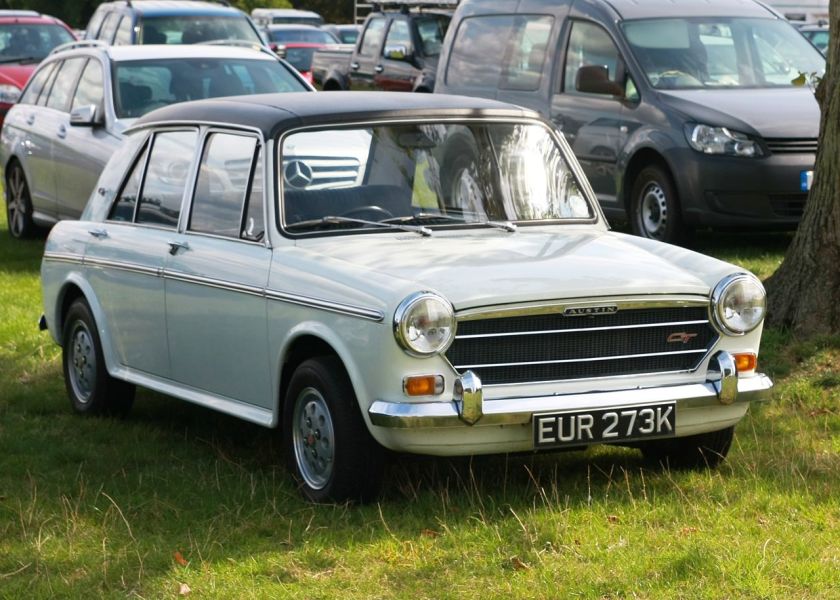 BMC ADO16, which was also available as a Riley, but with the MG pitched as slightly more “sporty”.
BMC ADO16, which was also available as a Riley, but with the MG pitched as slightly more “sporty”.
The marque lived on after 1980 under BL, being used on a number of Austin saloons including the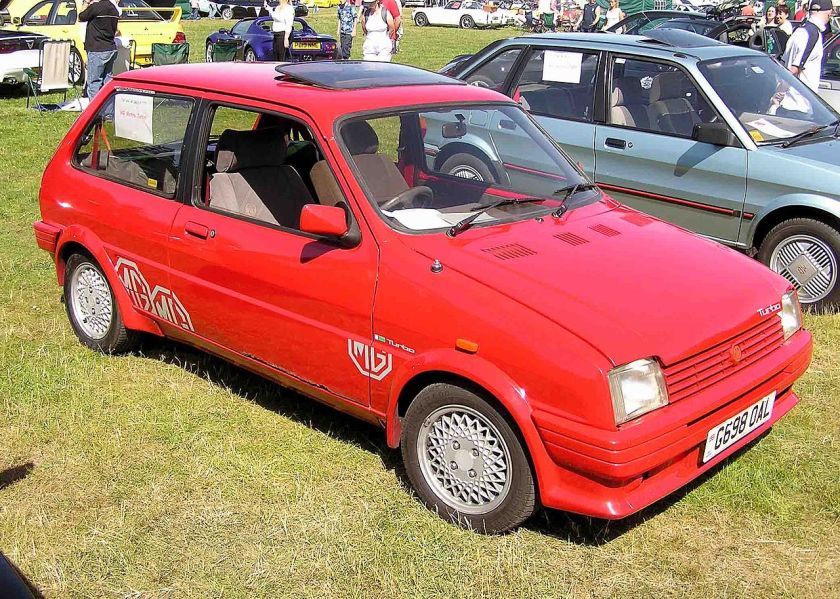 Metro,
Metro,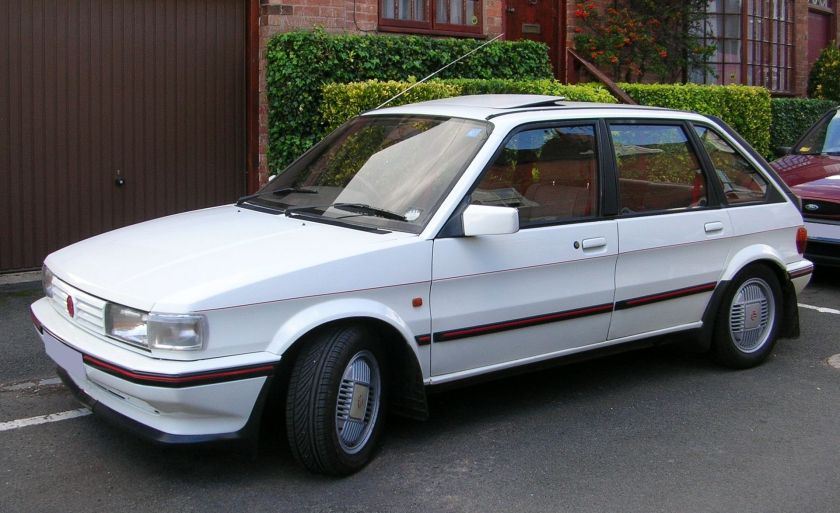 Maestro, and
Maestro, and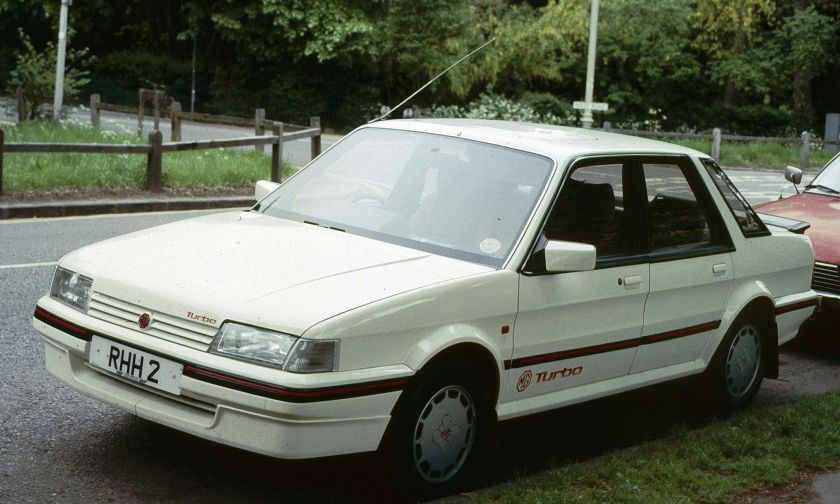 Montego. In New Zealand, the MG badge even appeared on the late 1980s Montego estate, called the MG 2.0 Si Wagon. There was a brief competitive history with a mid-engined, six-cylinder version of the Metro. The MG Metro finished production in 1990 on the launch of a Rover-only model. The MG Maestro and MG Montego remained on sale until 1991, when production of these models was pruned back in order for Rover to concentrate on the more modern 200 Series and 400 Series. High performance Rover Metro, 200 and 400 GTi models had gone on sale in late 1989 and throughout 1990 as the MG version of the Metro was discontinued in 1990 and the versions of the Maestro and Montego were axed in 1991.
Montego. In New Zealand, the MG badge even appeared on the late 1980s Montego estate, called the MG 2.0 Si Wagon. There was a brief competitive history with a mid-engined, six-cylinder version of the Metro. The MG Metro finished production in 1990 on the launch of a Rover-only model. The MG Maestro and MG Montego remained on sale until 1991, when production of these models was pruned back in order for Rover to concentrate on the more modern 200 Series and 400 Series. High performance Rover Metro, 200 and 400 GTi models had gone on sale in late 1989 and throughout 1990 as the MG version of the Metro was discontinued in 1990 and the versions of the Maestro and Montego were axed in 1991.
The Rover Group revived the two-seater with the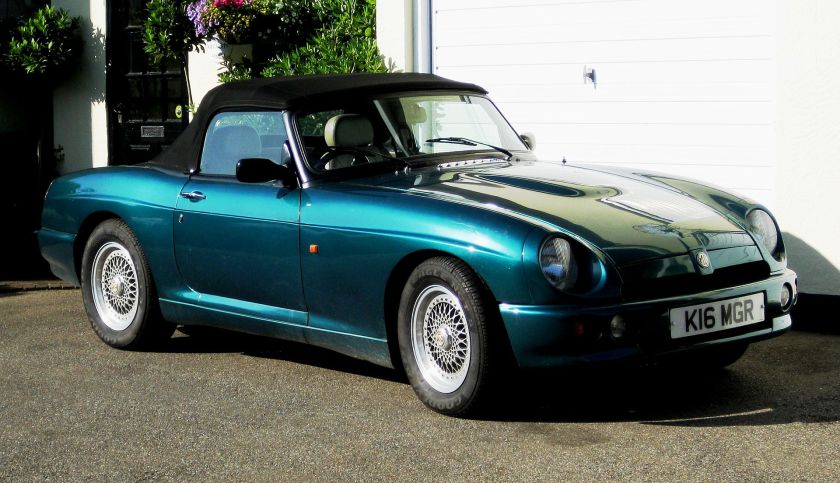 MG RV8 in 1992. The all-new MGF went on sale in 1995, becoming the first mass-produced “real” MG sports car since the MGB ceased production in 1980.
MG RV8 in 1992. The all-new MGF went on sale in 1995, becoming the first mass-produced “real” MG sports car since the MGB ceased production in 1980.
Following the May 2000 purchase of the MG and Rover brands by the Phoenix Consortium and the forming of the new MG Rover Group, the MG range was expanded in the summer of 2001 with the introduction of three sports models based on the contemporary range of Rover cars. The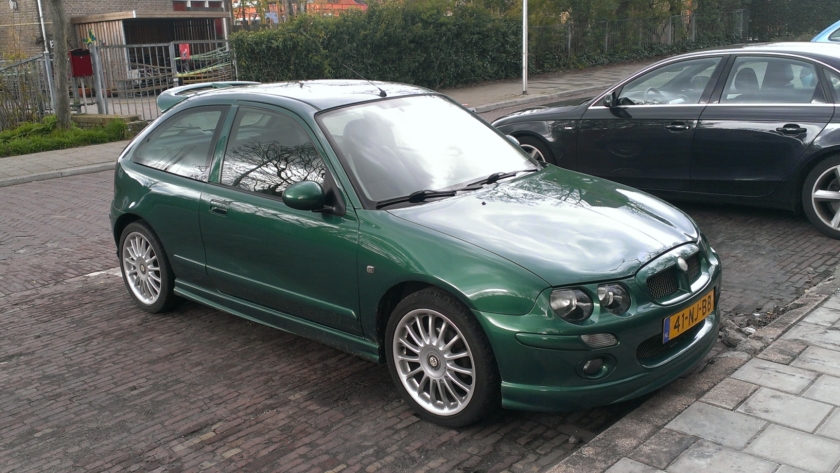 MG ZR was based on the Rover 25, the MG ZS on the Rover 45, and the MG ZT/ZT-T on the Rover 75.
MG ZR was based on the Rover 25, the MG ZS on the Rover 45, and the MG ZT/ZT-T on the Rover 75.
The MG Rover Group purchased Qvale, which had taken over development of the De Tomaso Bigua. This car, renamed the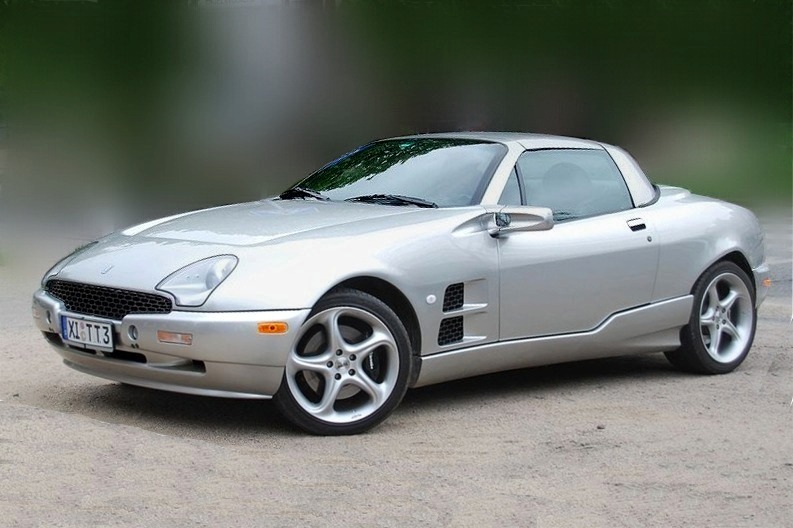 Qvale Mangusta and already approved for sale in the United States, formed the basis of the MG XPower SV, an “extreme” V8-engined sports car. It was revealed in 2002 and went on sale in 2004.
Qvale Mangusta and already approved for sale in the United States, formed the basis of the MG XPower SV, an “extreme” V8-engined sports car. It was revealed in 2002 and went on sale in 2004.
From its earliest days MGs have been used in competition and from the early 1930s a series of dedicated racing cars such as the 1931 C-Type and 1934 Q-type were made and sold to enthusiasts who received considerable company assistance. This stopped in 1935 when MG was formally merged with Morris Motors and the Competition Department closed down. A series of experimental cars had also been made allowing Captain George Eyston to take several world speed records. In spite of the formal racing ban, speed record attempts continued with Goldie Gardner exceeding 200 mph (320 km/h) in the 1100 cc EX135 in 1939.
After World War II record breaking attempts restarted with 500 cc and 750 cc records being taken in the late 1940s. A decision was also taken to return to racing and a team of MGAs was entered in the tragedy-laden 1955 24 Hours of Le Mans race, the best car achieving 12th place.
Prior to the use of the Toyota Tundra silhouette in the Craftsman Truck Series, MG was reported as the last foreign brand to be used in NASCAR. It was driven in 1963 by Smokey Cook.
In 2001 MG re-launched their motor sport campaign to cover the 24 Hours of Le Mans (MG-Lola EX257), British Touring Car Championship (BTCC) (MG ZS), British and World Rally Championships and MG Independent British Rally Championship (MG ZR). The Le Mans team failed to win the endurance race in 2001 and 2002 and quit in 2003. MG Sport+Racing raced in the British Touring Car Championships with the MG ZS between 2001 and 2003 as a factory team. In 2004 WSR raced the MG ZS as a privateer team. After three years without a major sponsor, WSR teamed up with RAC in 2006 and the team was called Team RAC. In 2007 an MG ZR driven by BRC Stars Champion Luke Pinder won class N1 on Britain’s round of the World Rally championship. Wales Rally GB. The MG British Rally Challenge still runs today despite the liquidation in 2005.
In 2004 plans to race in the Deutsche Tourenwagen Masters (DTM) with a heavily modified V8 powered ZT supertouring car were cancelled due to MG Rover’s liquidation in April 2005.
In January 2012, MG Motor announced that it would enter the 2012 British Touring Car Championship through the newly established MG KX Momentum Racing team. In its debut season the team ran two MG6s driven by Jason Plato and Andy Neate. Jason ended the season in third place, with the car yet to find its foot in wet conditions.
The team returned in 2013 with Sam Tordoff driving, who performed well in his debut year having joined through the KX Academy scheme. Plato once again came third, with Tordoff sixth.
MG won the 2014 Manufacturer’s Championship to break Honda’s four-year reign. After just three years of competition, the MG6 GT sealed the title by 95 points at the season finale at Brands Hatch. Drivers Plato and Tordoff racked up seven wins and 20 podiums in the 30-race calendar. Plato finished the Driver’s Championship in second place, behind Colin Turkington, while Tordoff finished seventh. The 2014 season also saw a third MG6 GT was on the grid, driven by Marc Hynes. Also maintained by Triple Eight but in a new livery which didn’t resemble the other two MG cars. MG came second in the Constructors Championship in 2015, with Andrew Jordan leading the MG team by finishing the season fifth.
The MG Rover owners club was set up to preserve the Marque (www.mgr-forums.com)
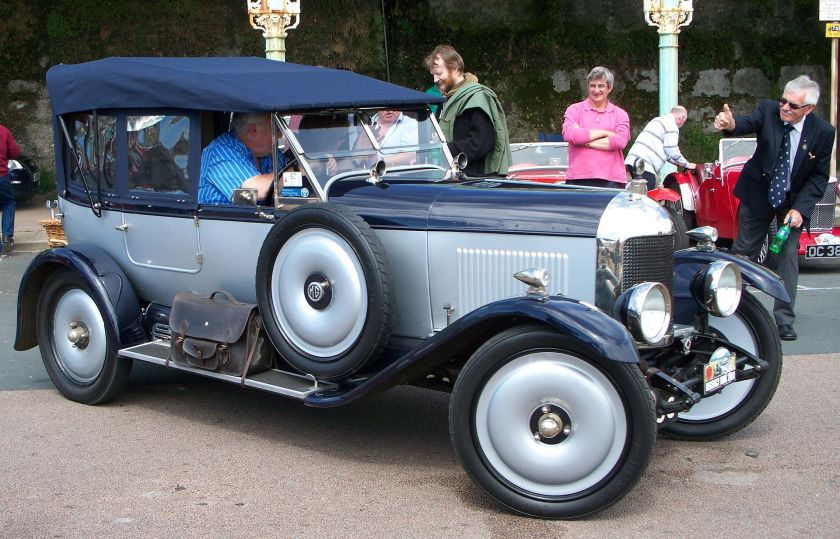 1924–1927: MG 14/28
1924–1927: MG 14/28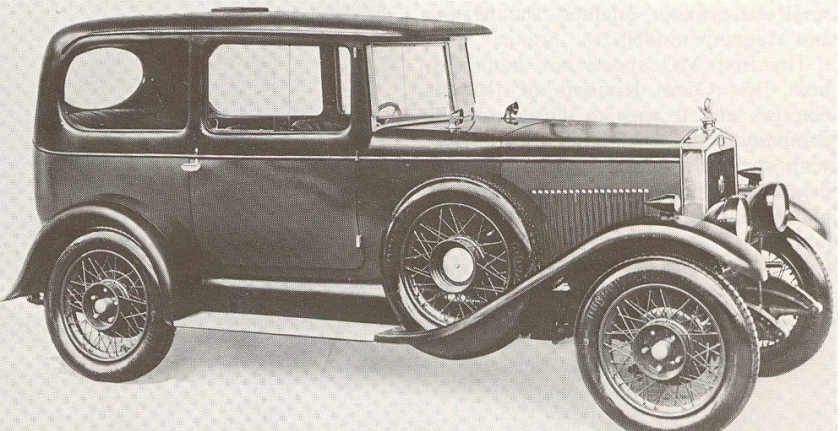 1927–1929: MG 14/40
1927–1929: MG 14/40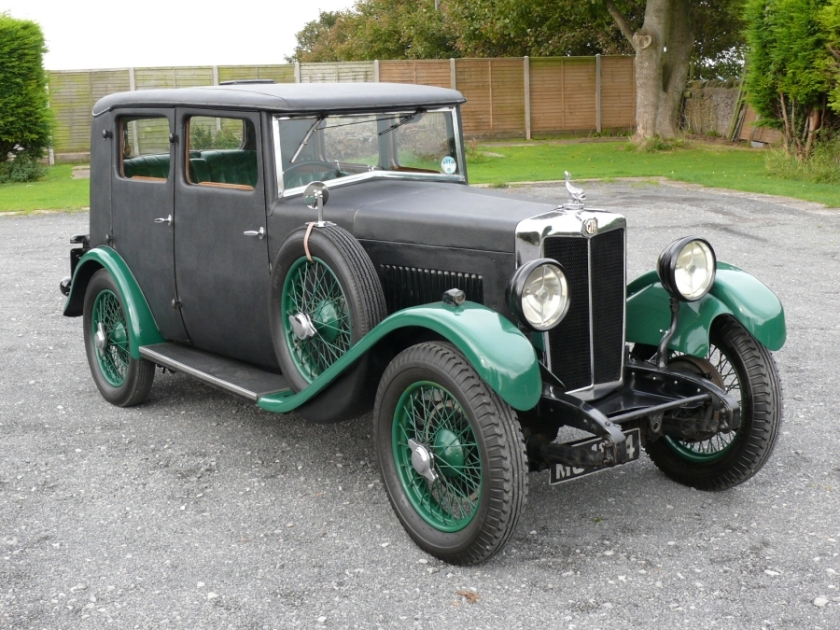
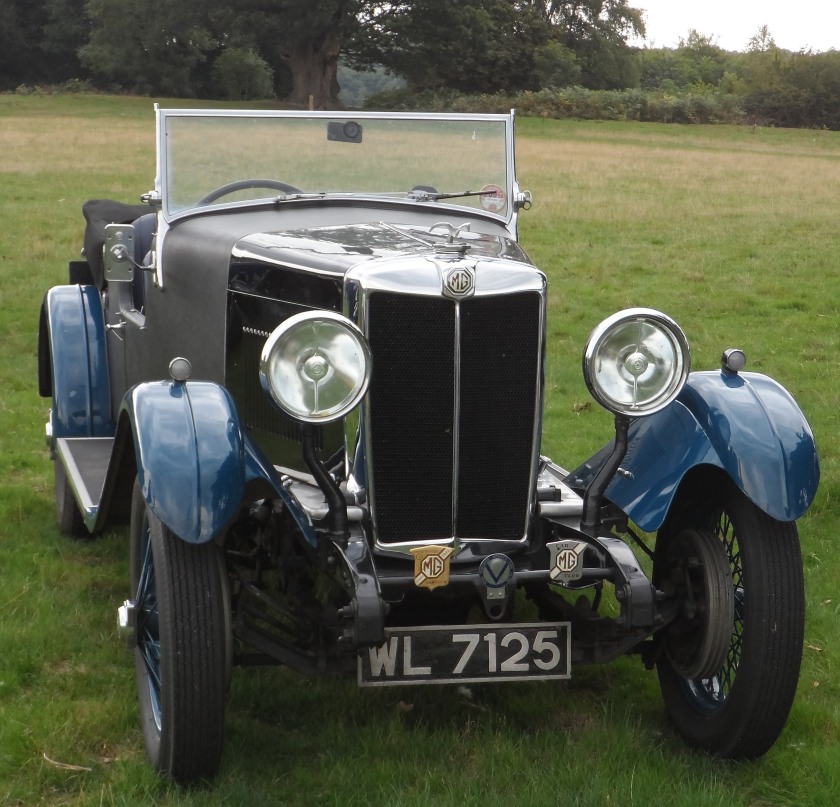
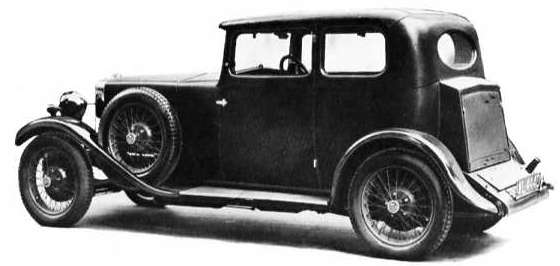
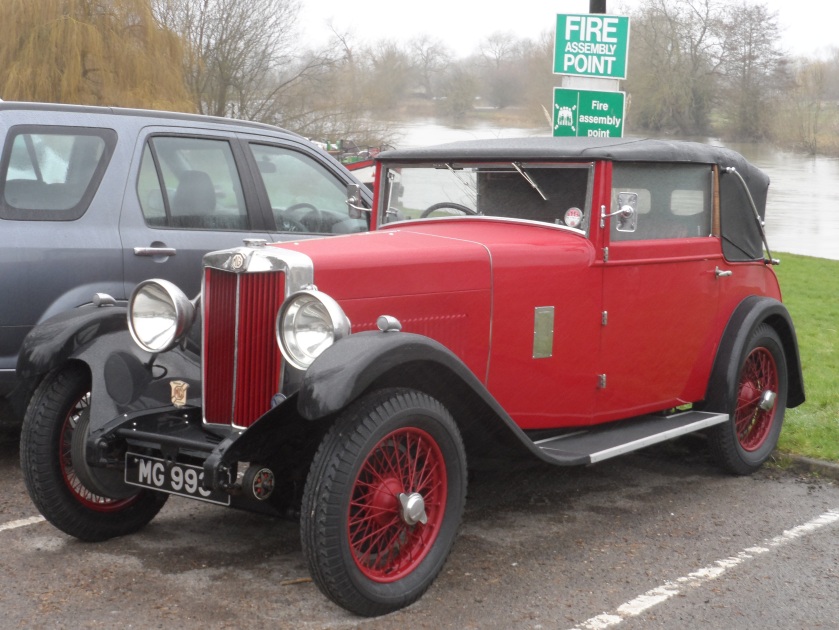
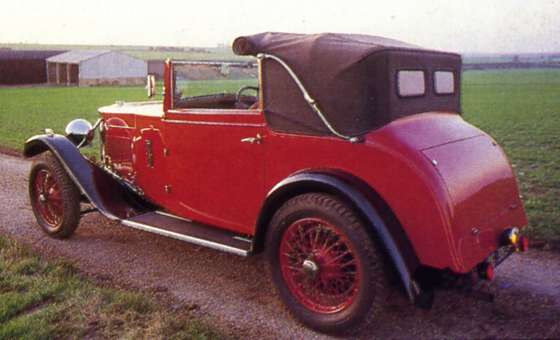 1928–1933: MG 18/80
1928–1933: MG 18/80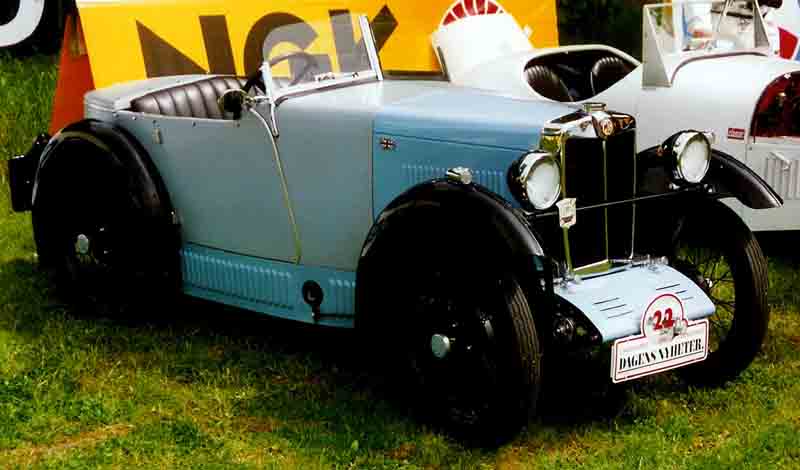
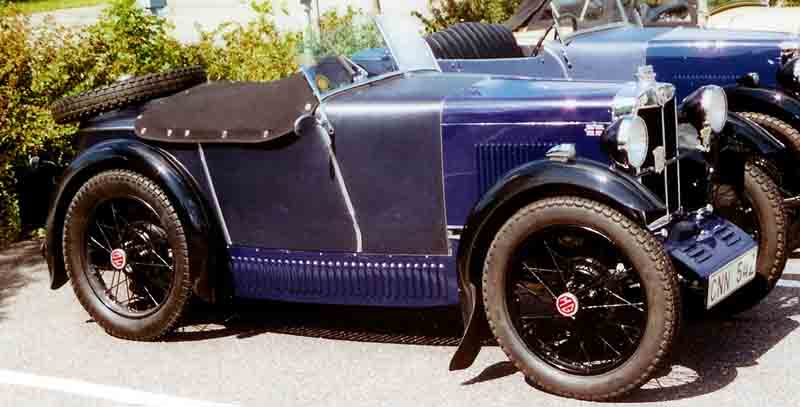 1929–1932: MG M-type Midget
1929–1932: MG M-type Midget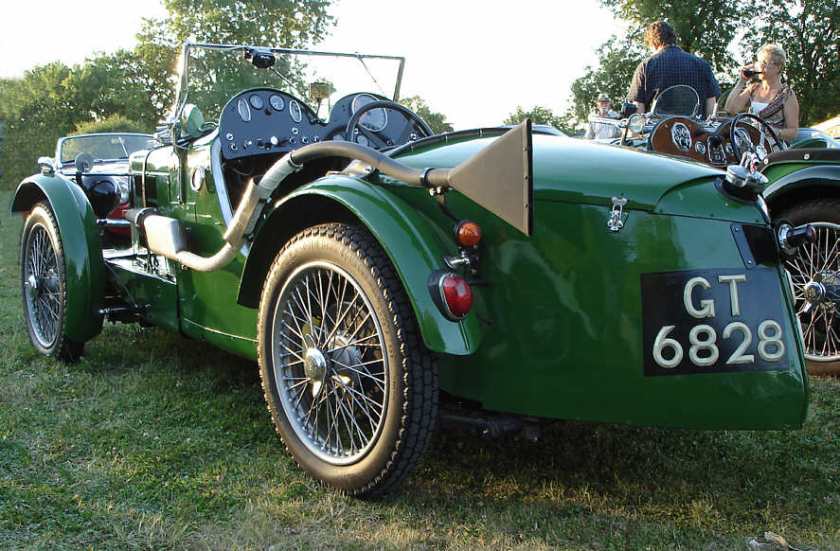
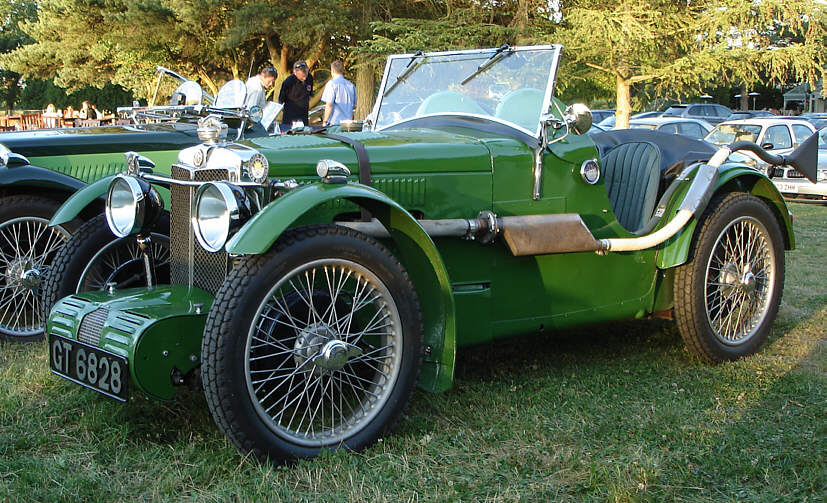 1931–1932: MG C-type Midget
1931–1932: MG C-type Midget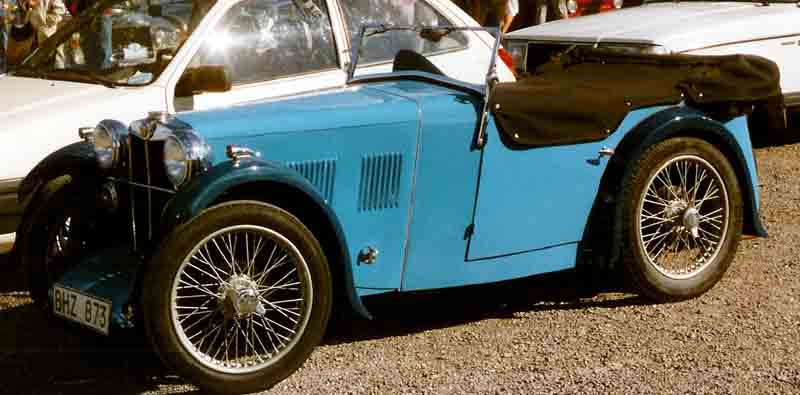
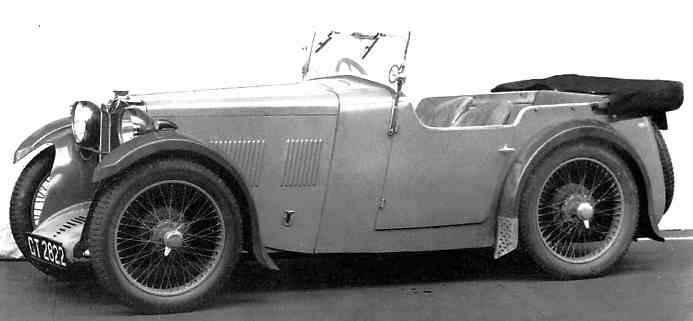
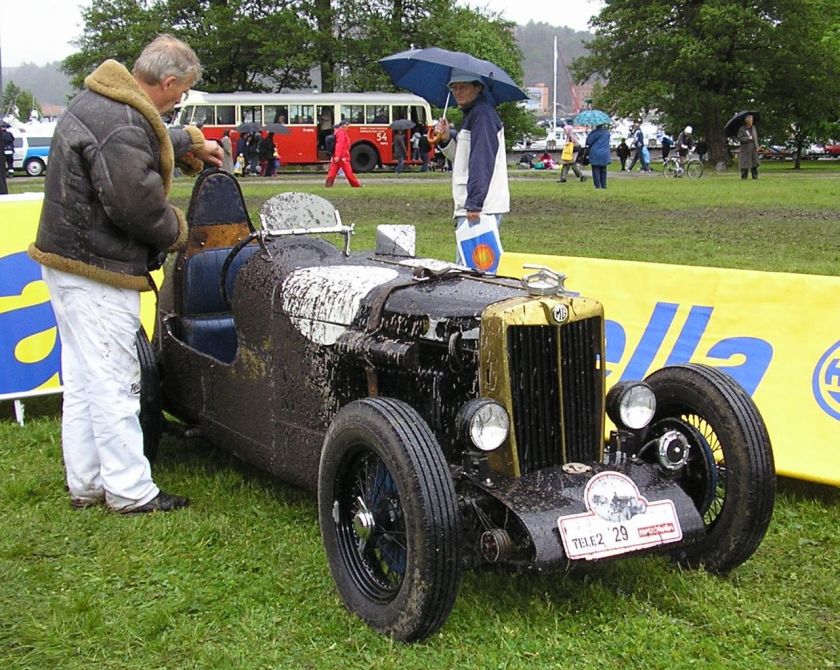
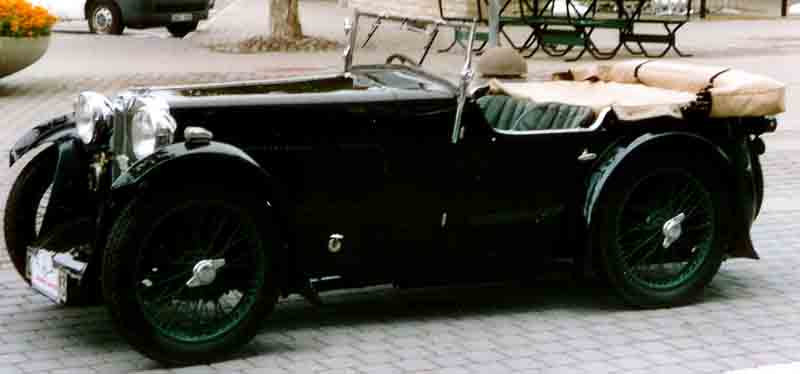
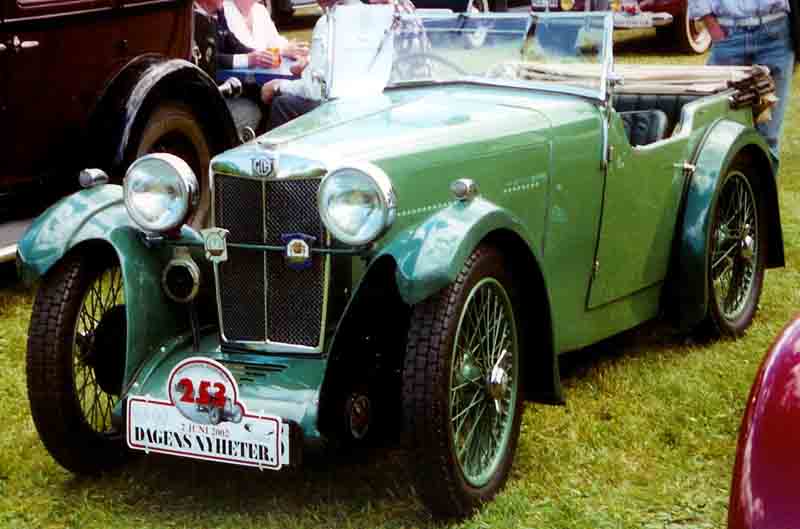
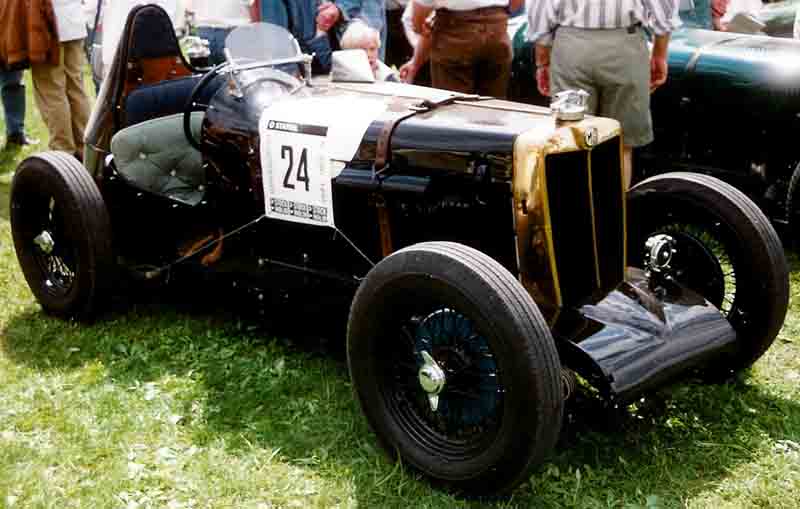 1931–1932: MG D-type Midget
1931–1932: MG D-type Midget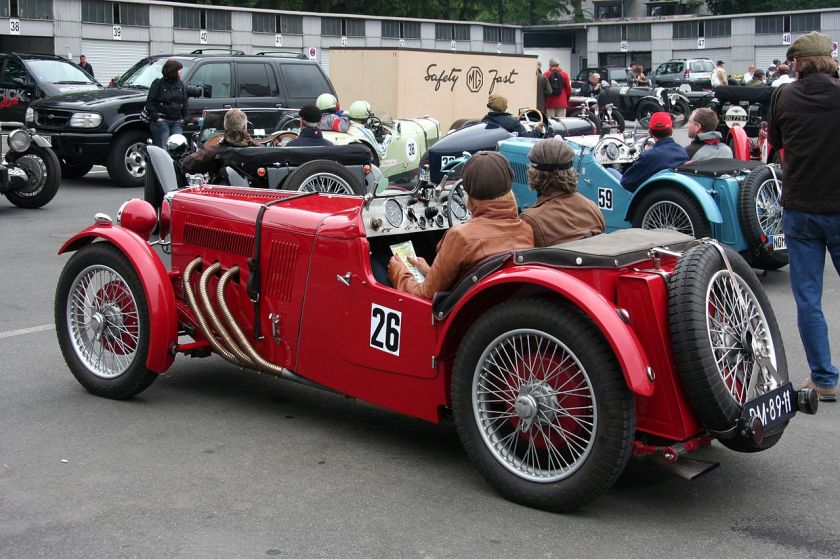 1931–1932: MG F-type Magna
1931–1932: MG F-type Magna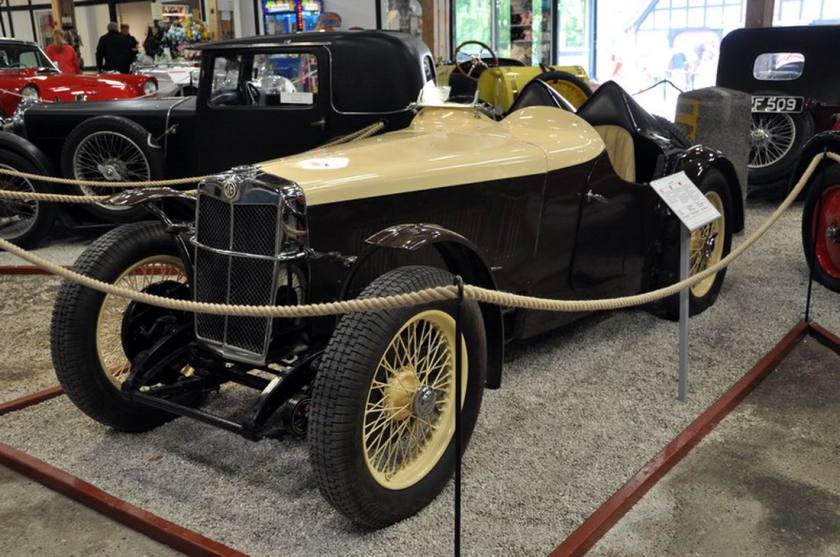 1935 MG F Magna. Dit is een originele racewagen die destijds al 230 km-h
1935 MG F Magna. Dit is een originele racewagen die destijds al 230 km-h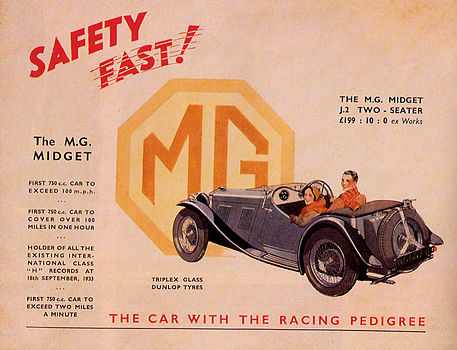 1932–1934: MG J-type Midget advertisement
1932–1934: MG J-type Midget advertisement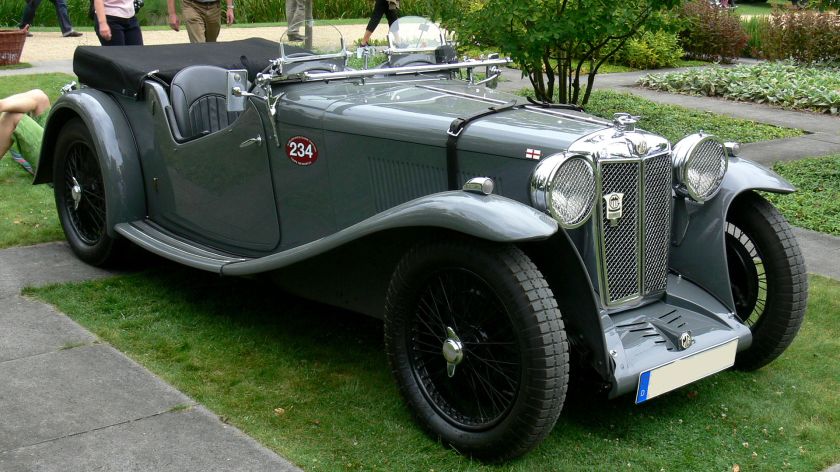
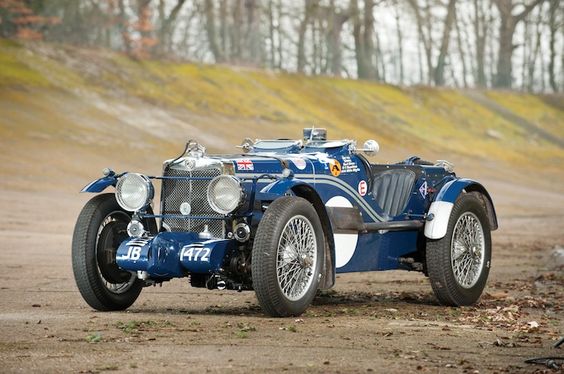
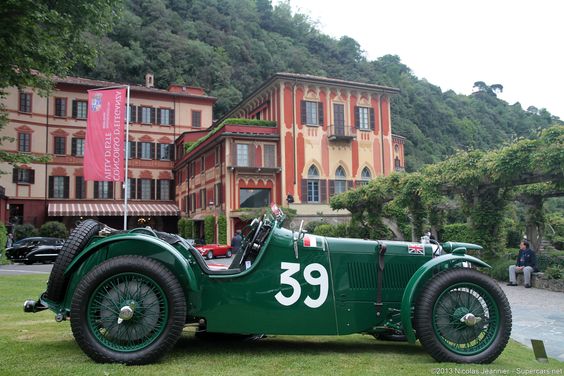
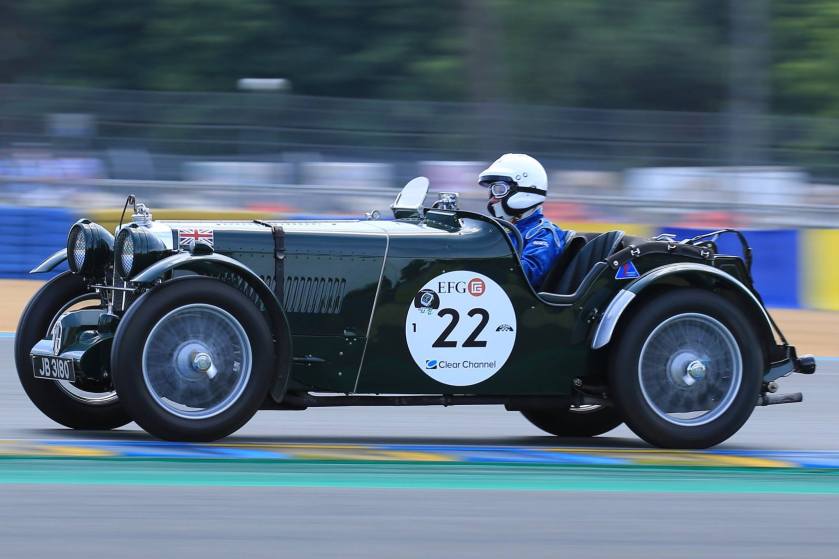
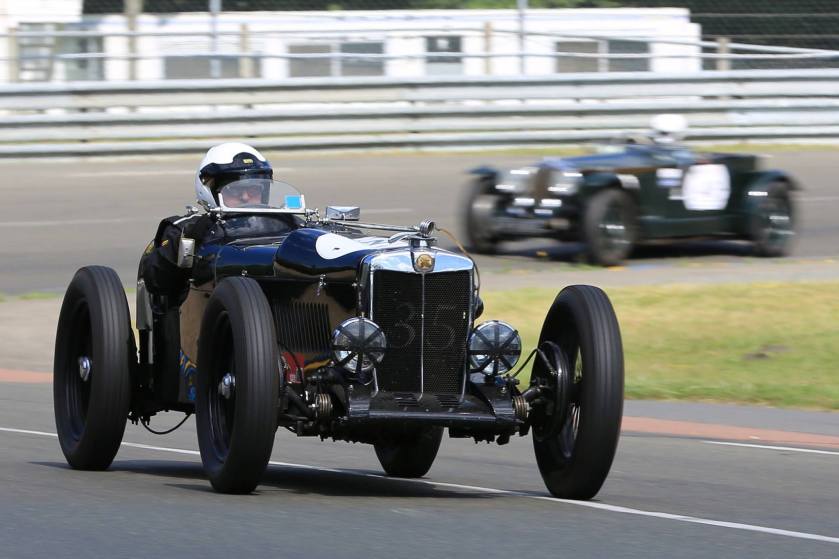
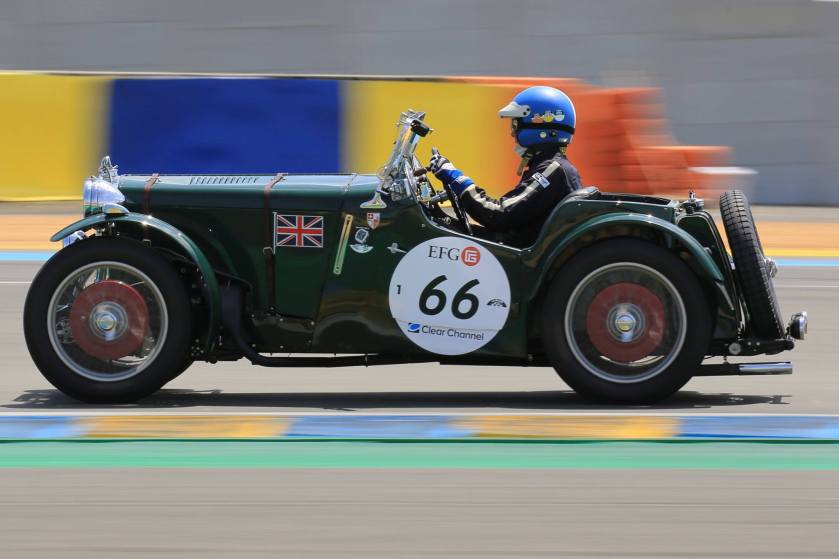
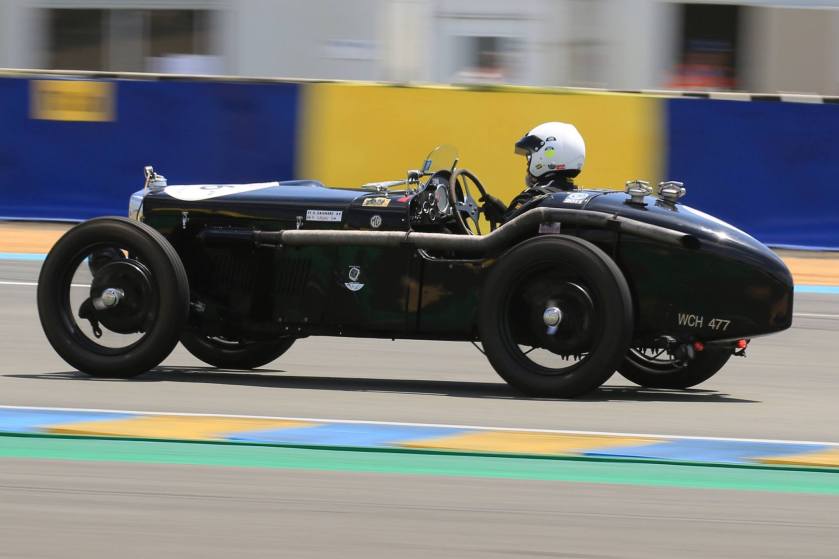 1932–1934: MG K-type Magnette
1932–1934: MG K-type Magnette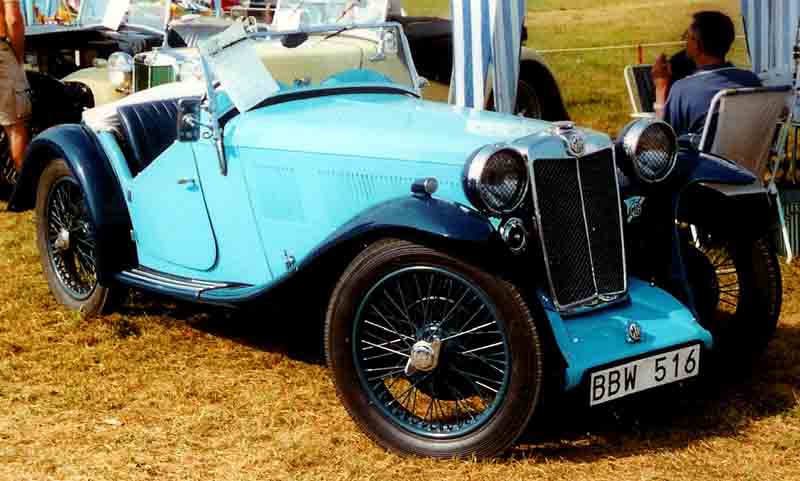
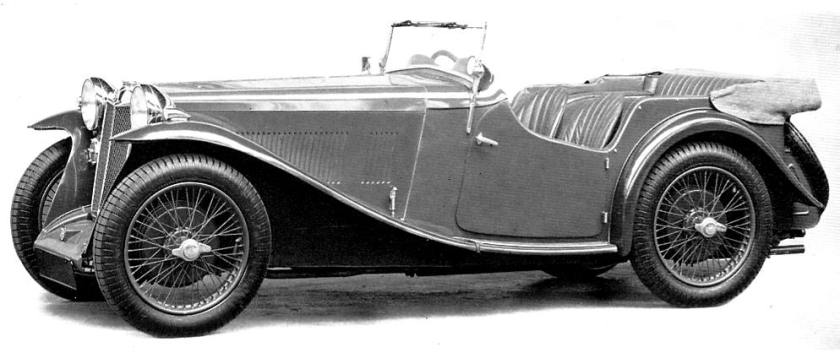
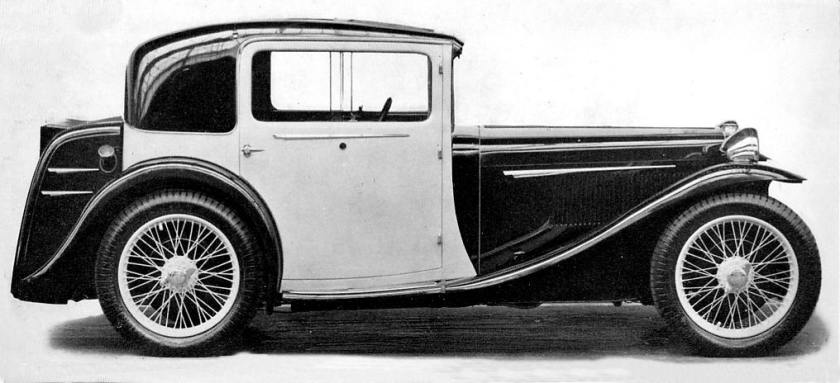 1933–1934: MG L-type Magna
1933–1934: MG L-type Magna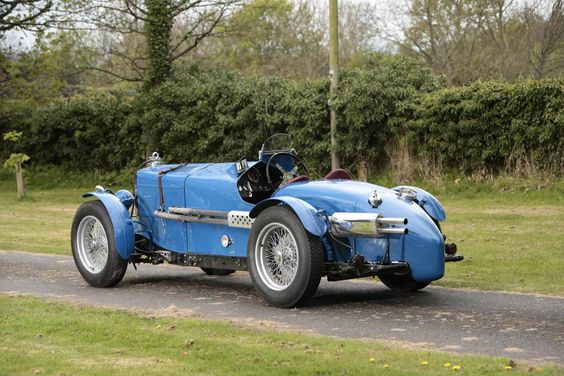
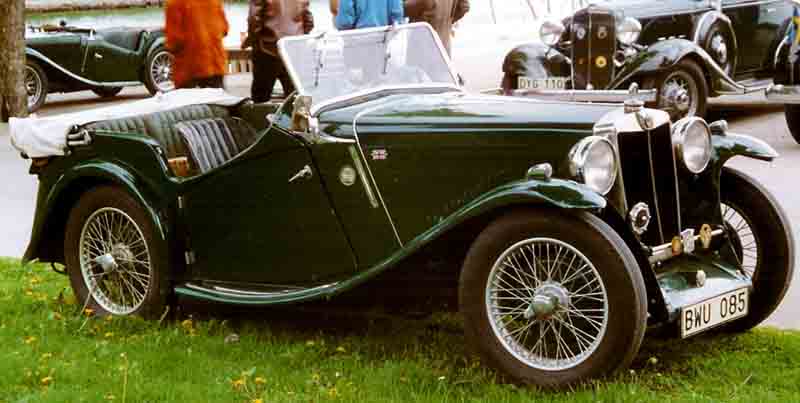
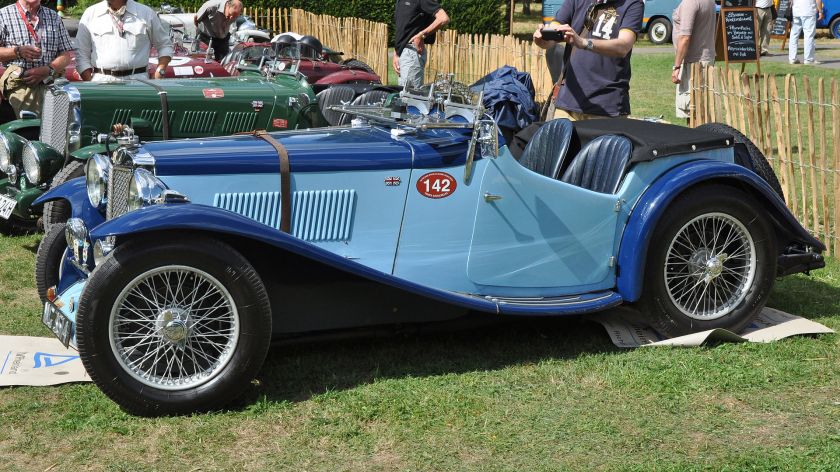
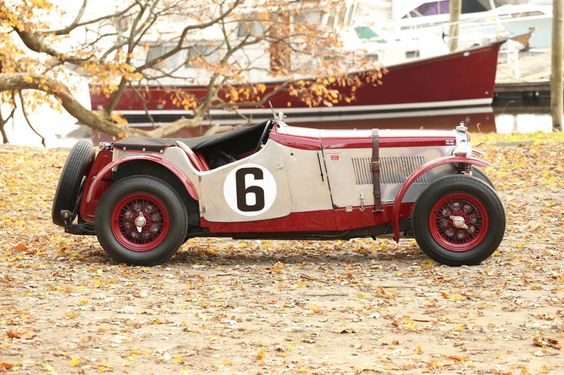
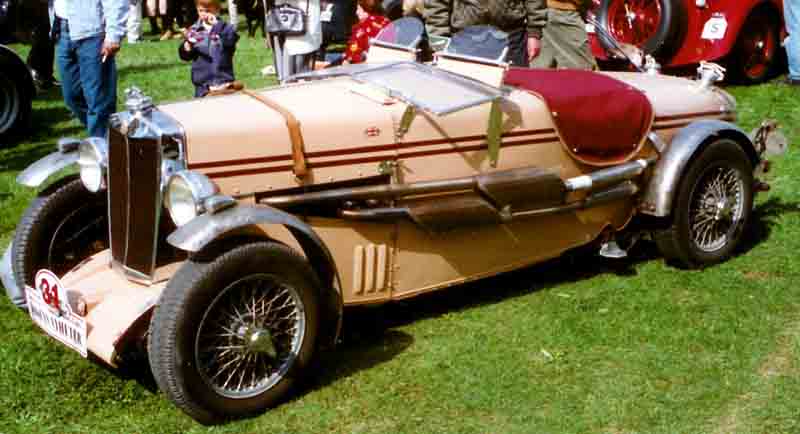
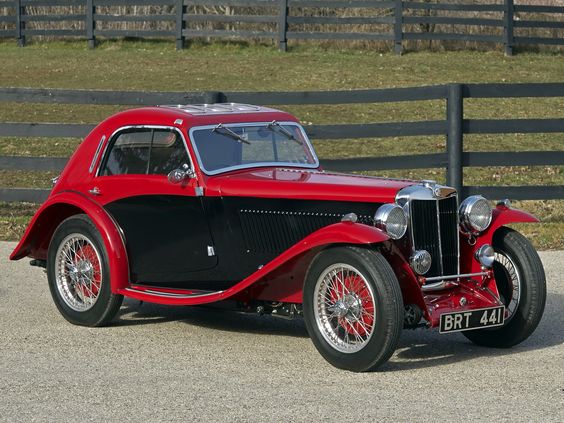
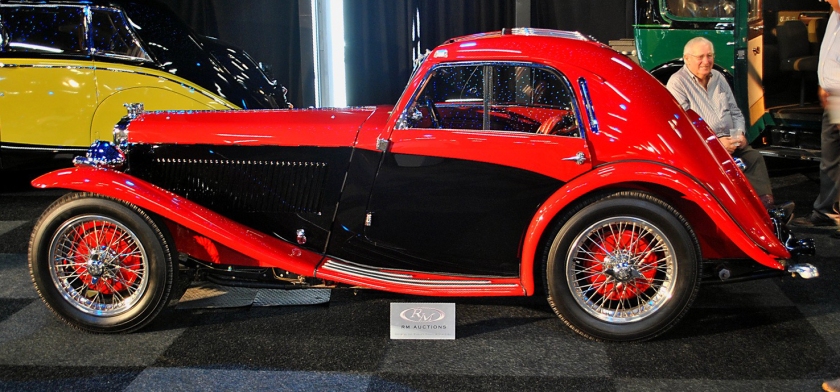
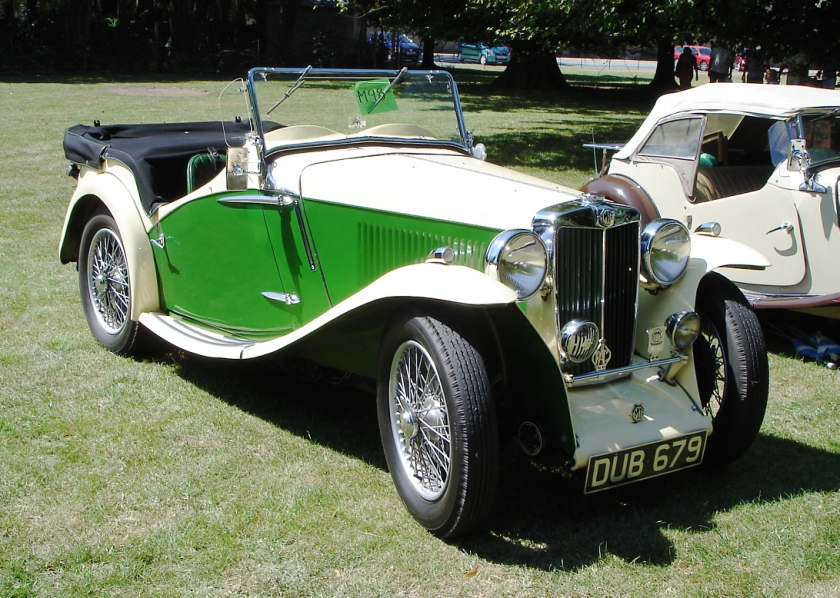 1934–1936: MG N-type Magnette
1934–1936: MG N-type Magnette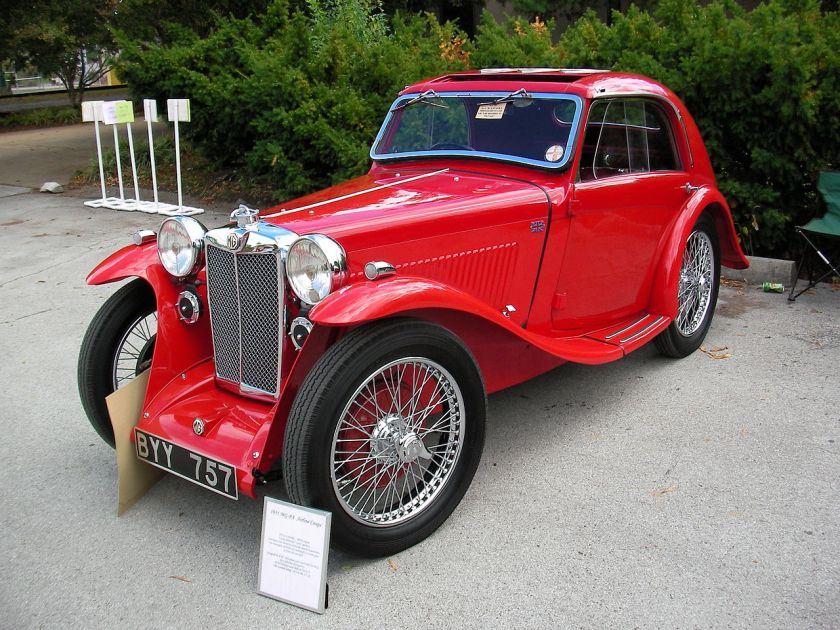
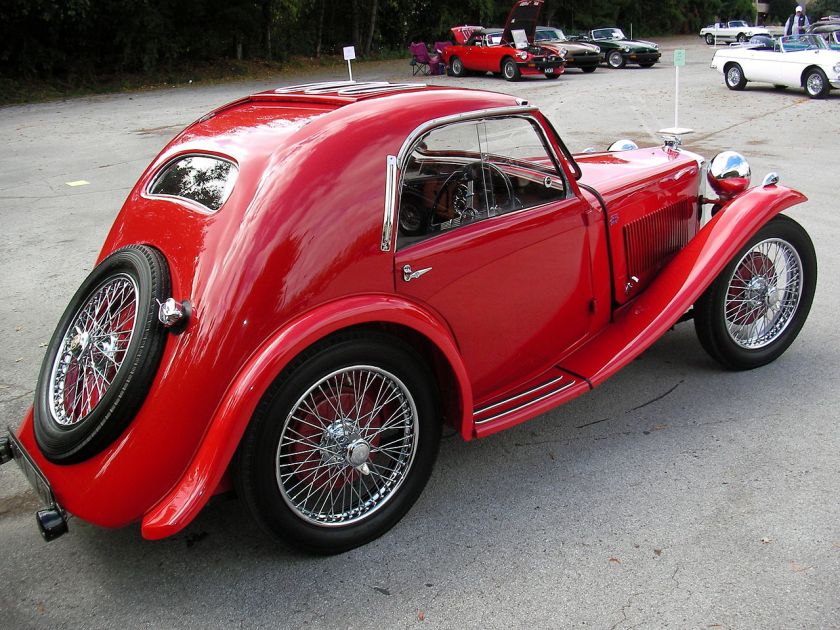
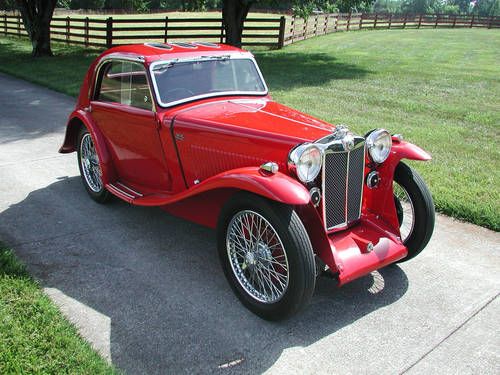
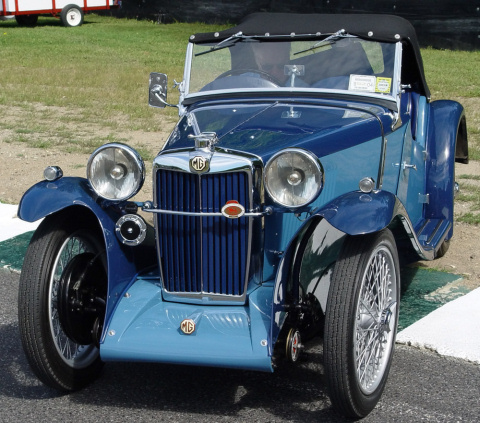
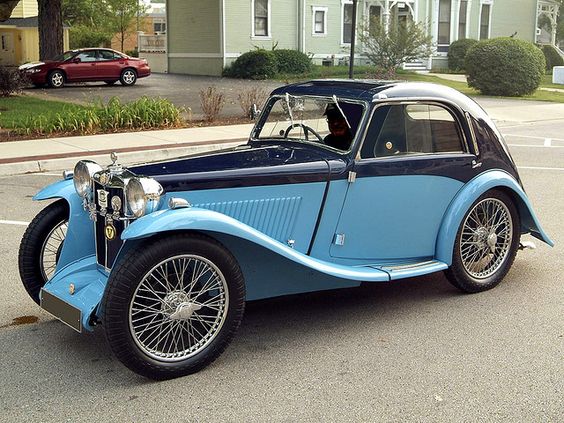
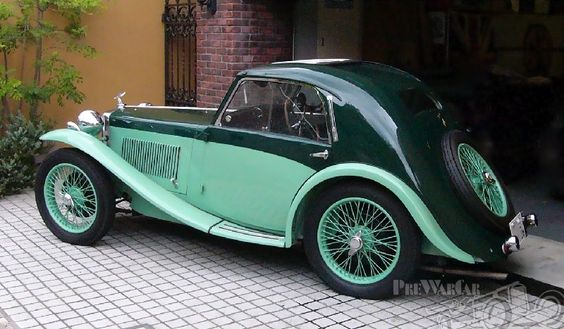
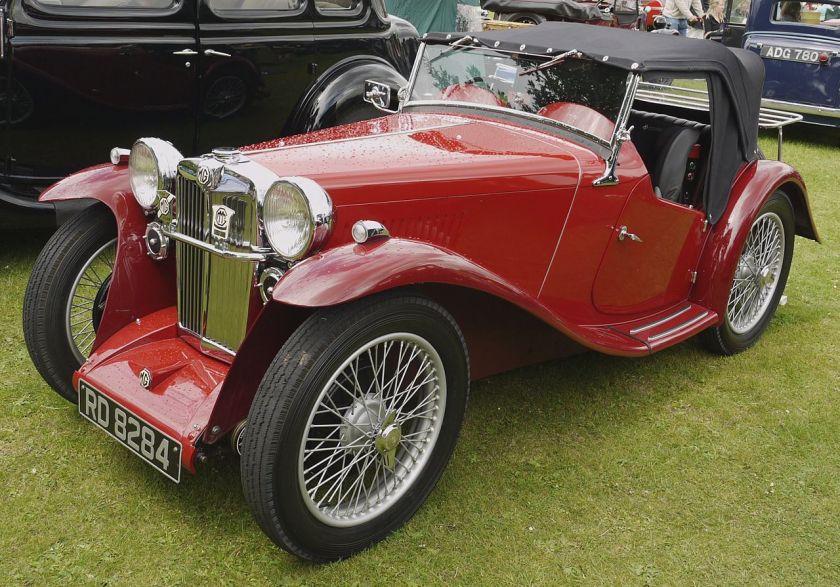
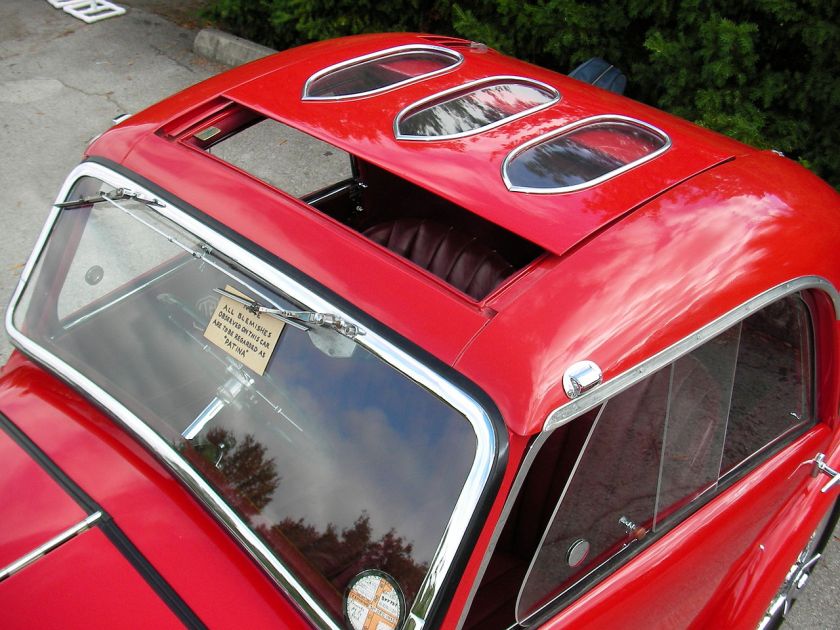 1934–1936: MG P-type Midget
1934–1936: MG P-type Midget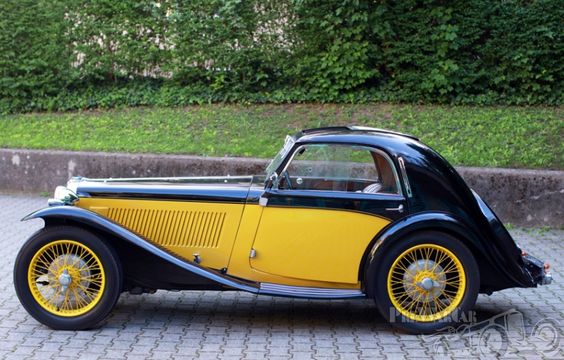
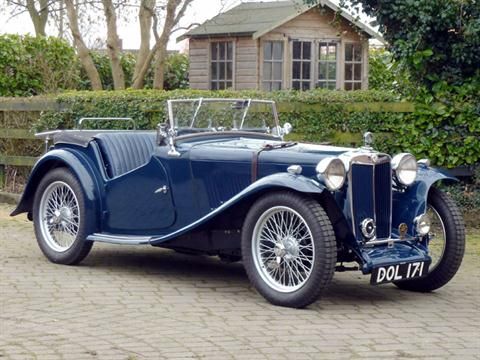
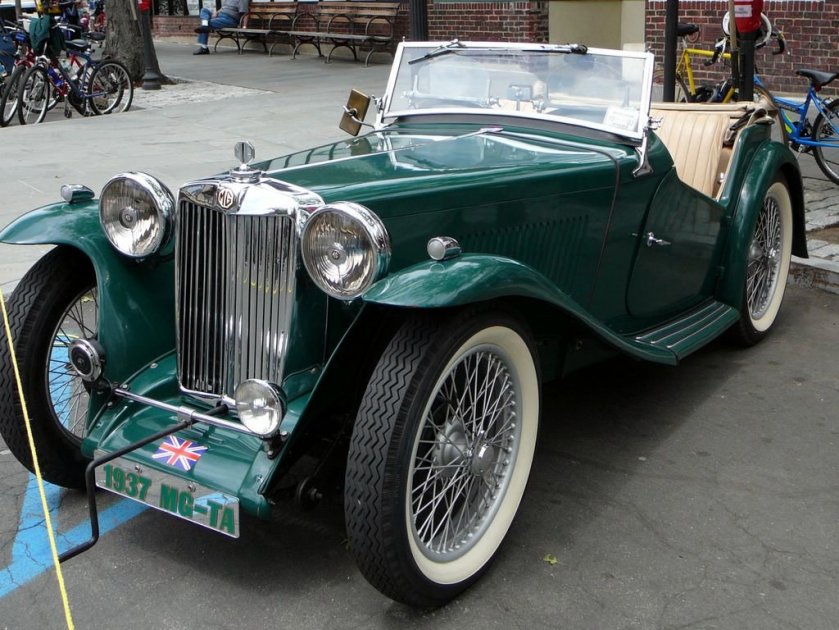
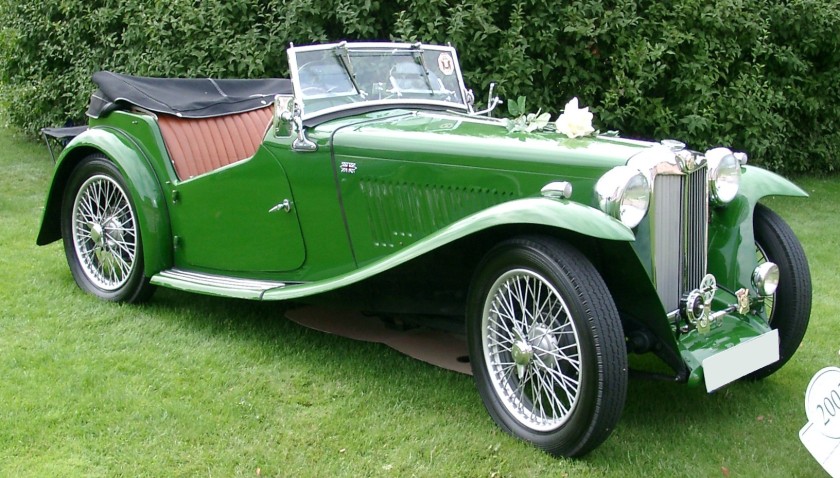
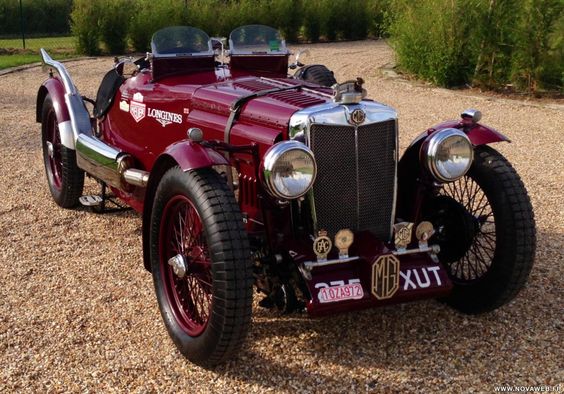
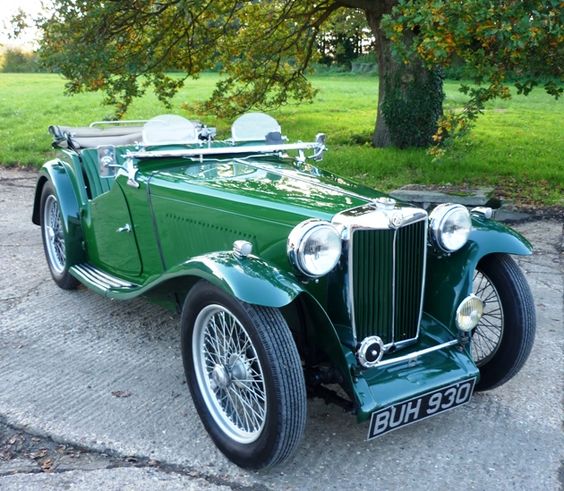 1936–1939: MG TA Midget
1936–1939: MG TA Midget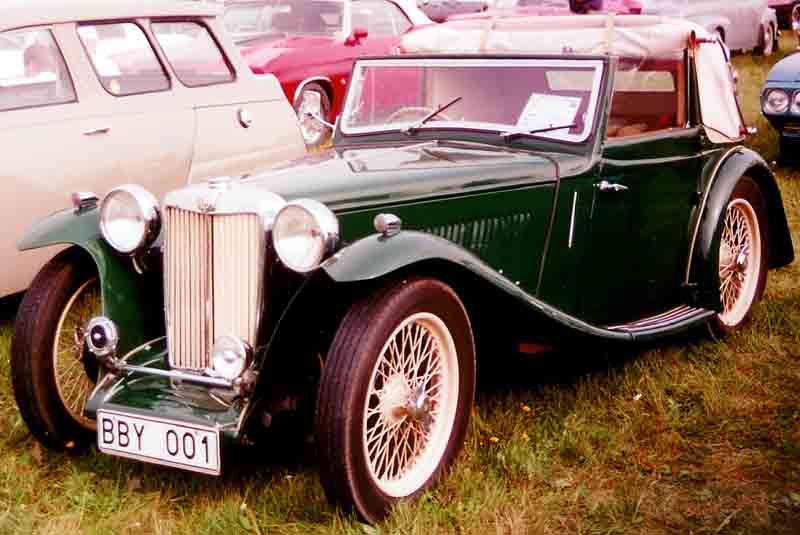 1939–1940: MG TB Midget
1939–1940: MG TB Midget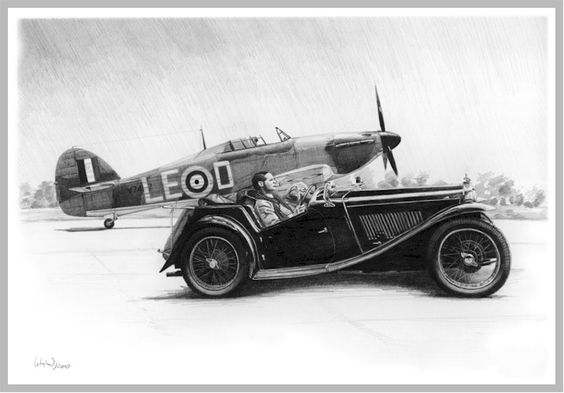
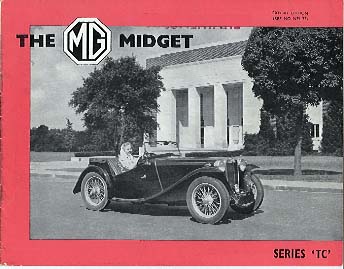
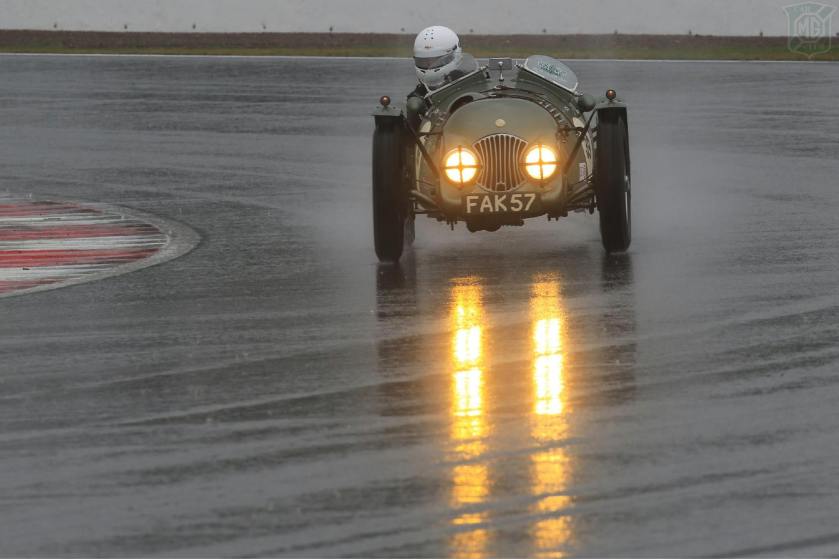
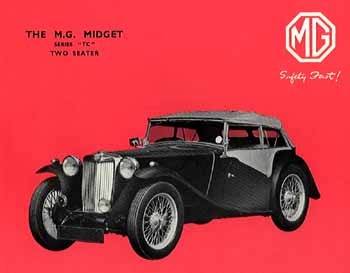
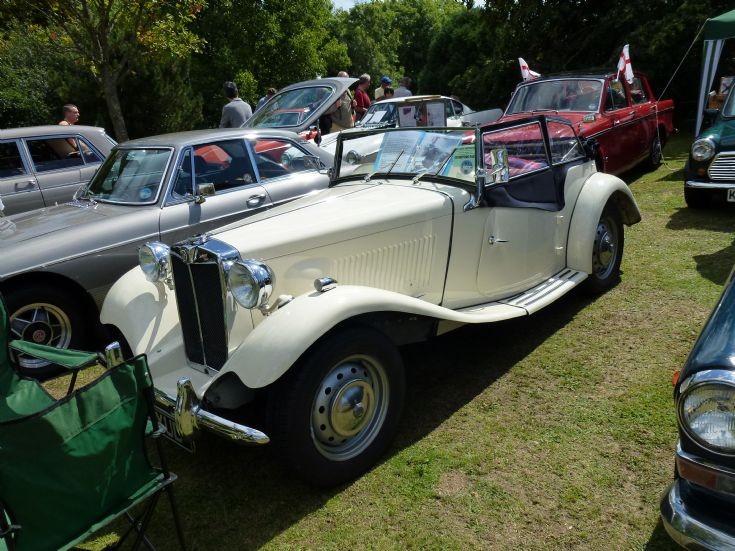
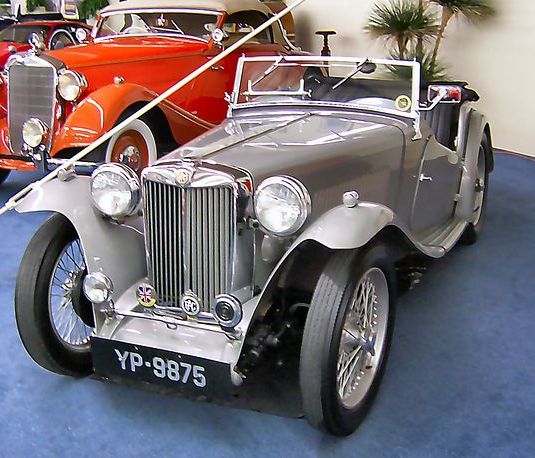 1945–1950: MG TC Midget
1945–1950: MG TC Midget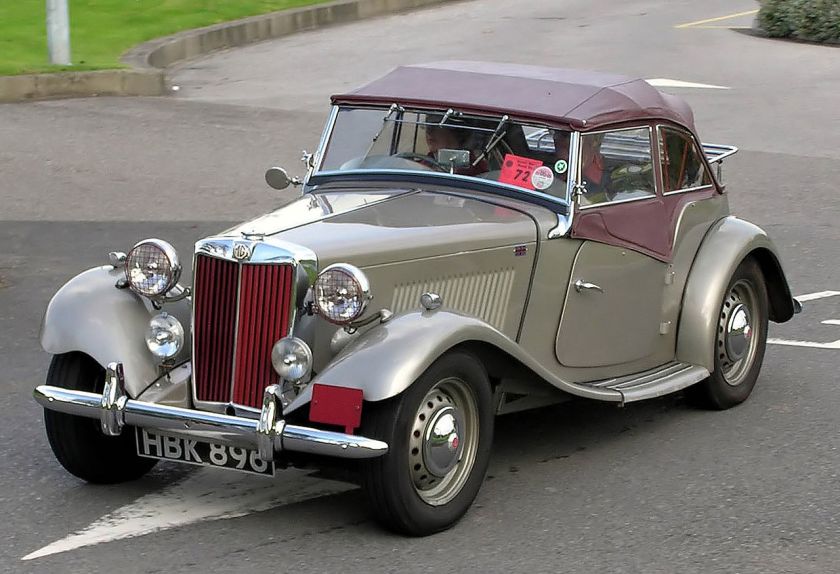
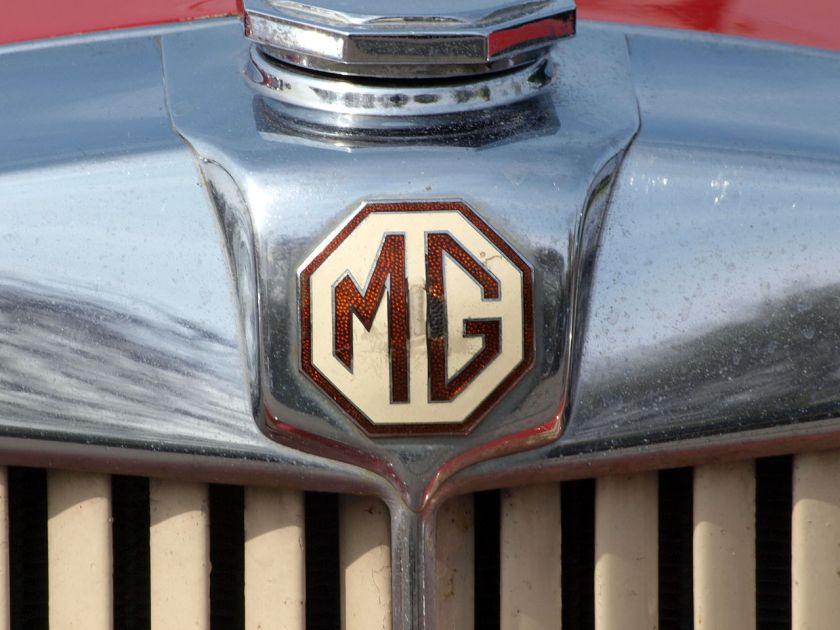
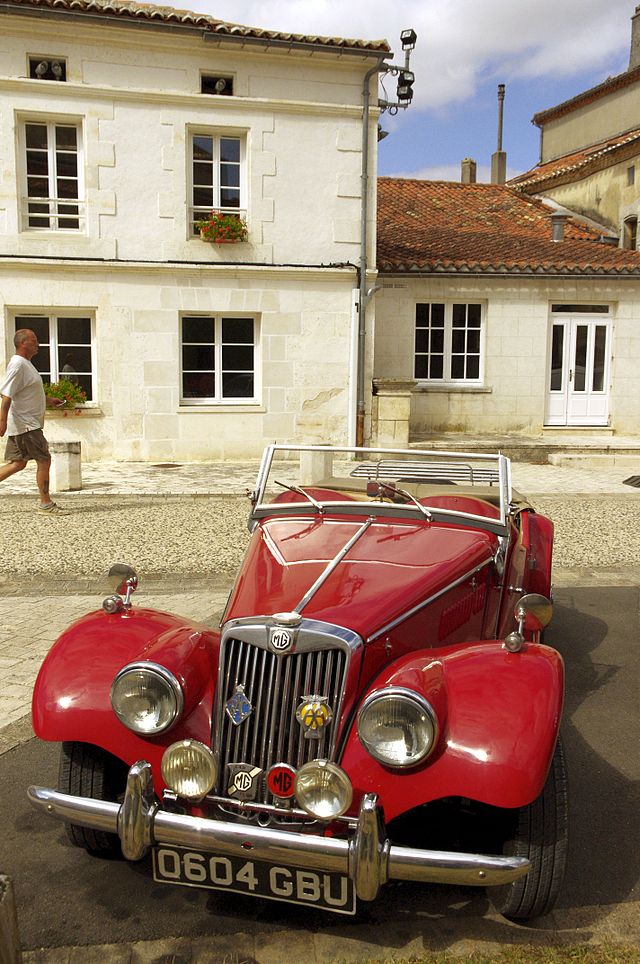 1950–1953: MG TD Midget
1950–1953: MG TD Midget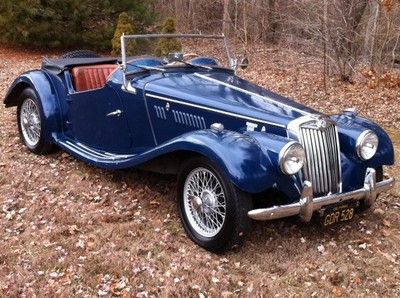
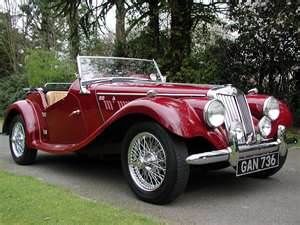
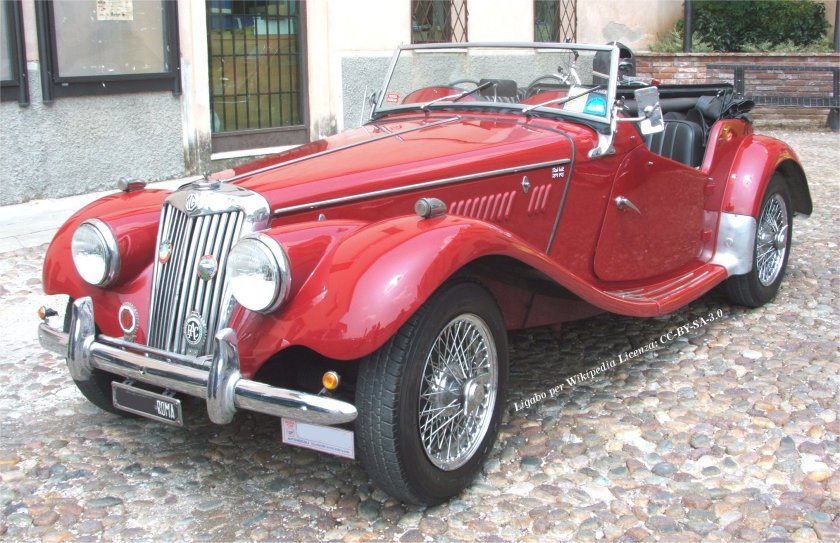
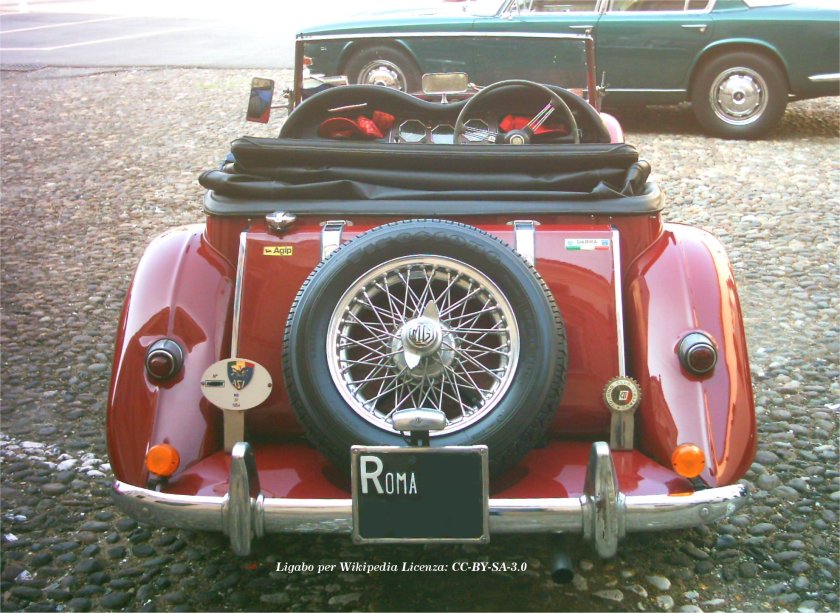
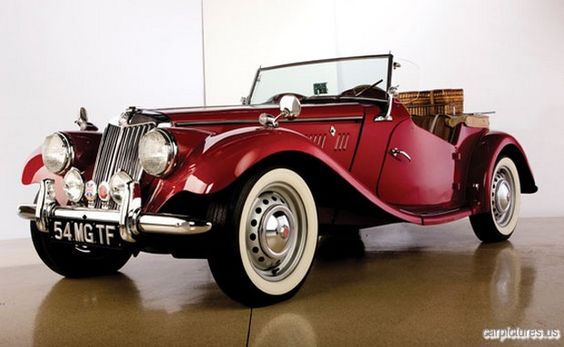
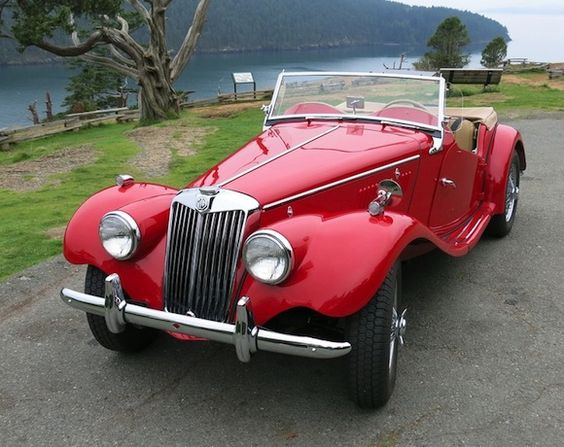
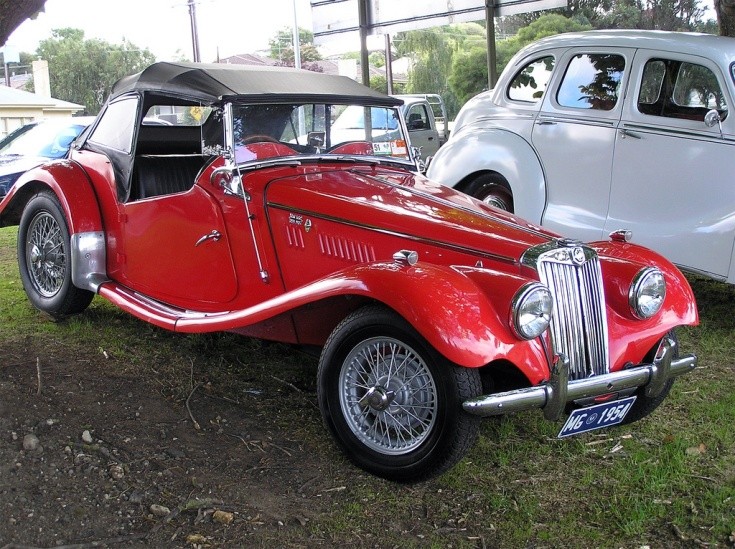
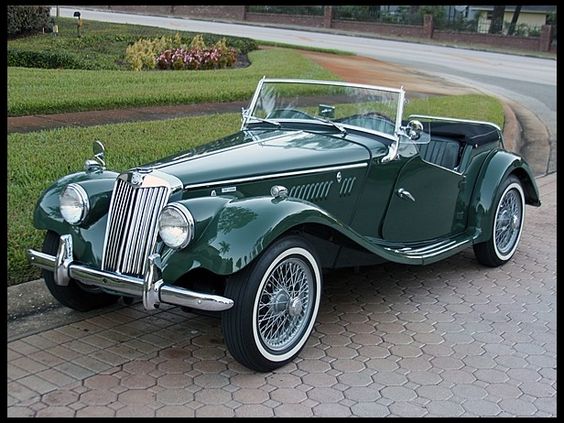 1953–1955: MG TF Midget
1953–1955: MG TF Midget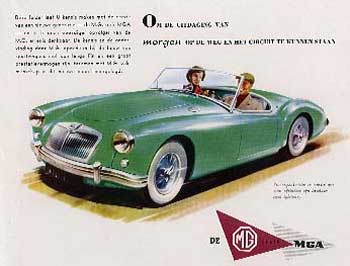
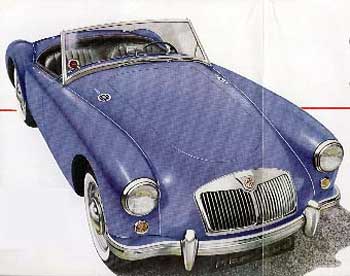
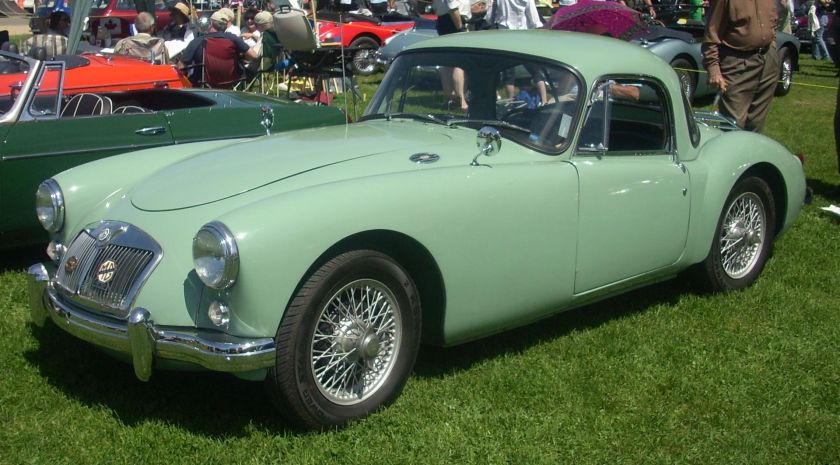
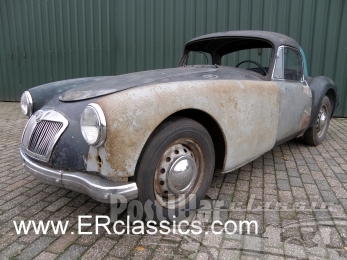
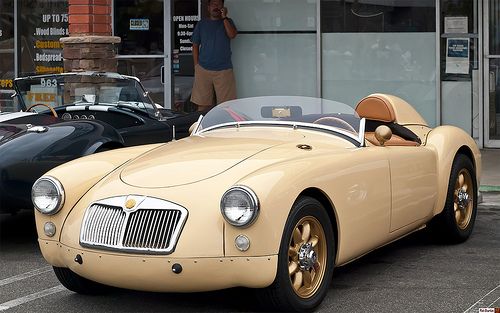
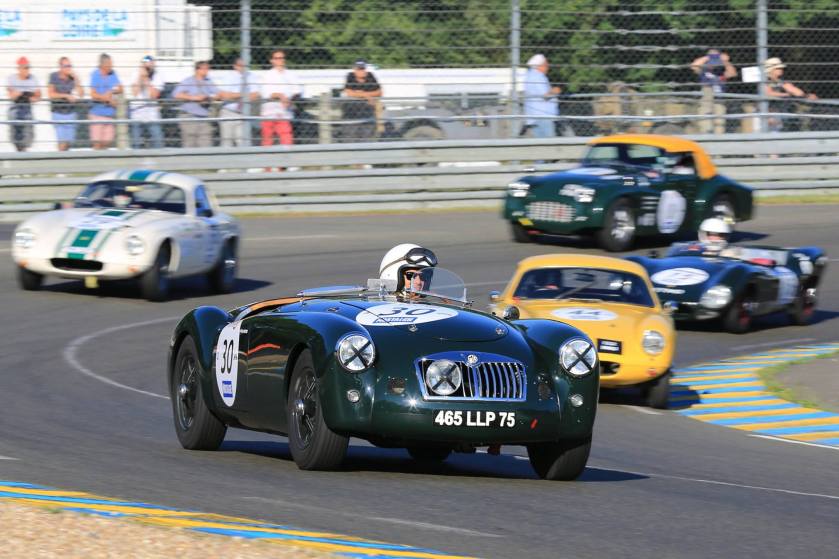

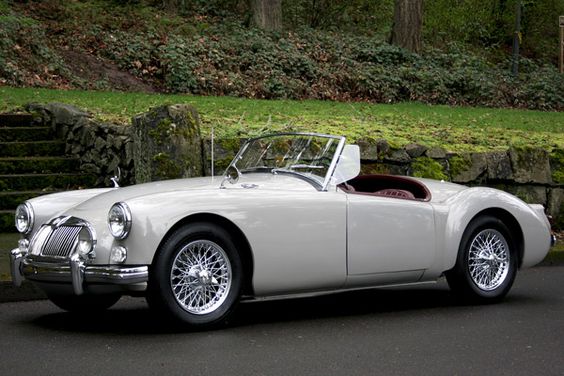
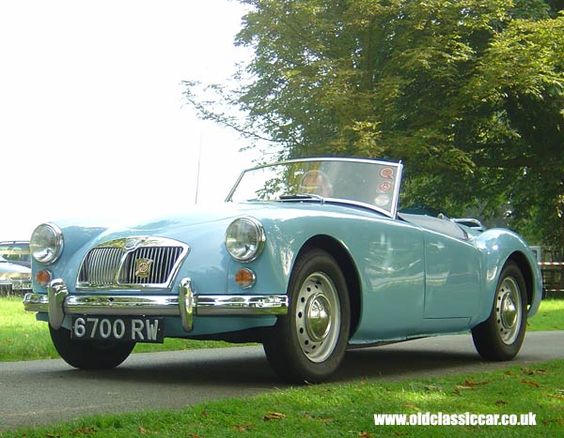
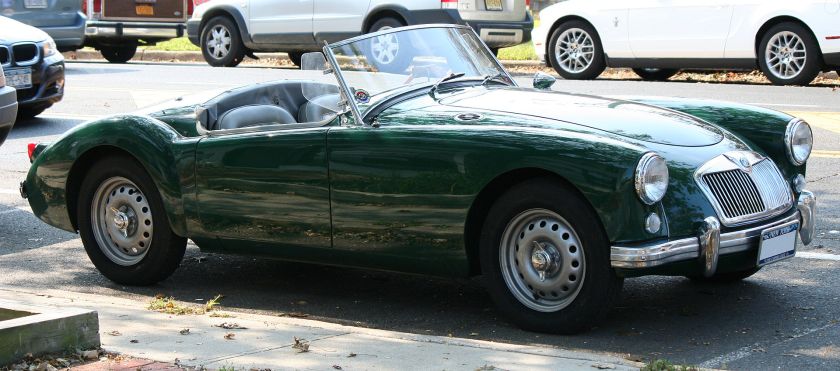

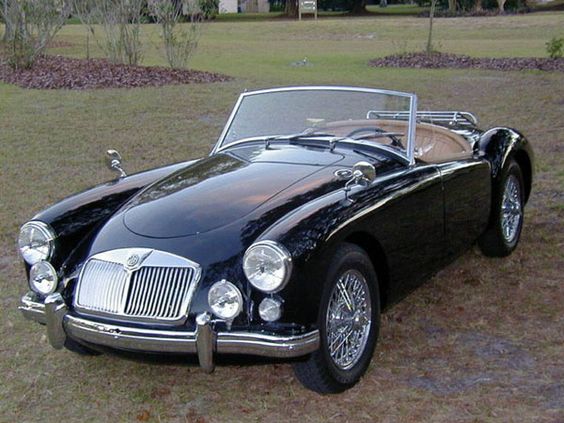
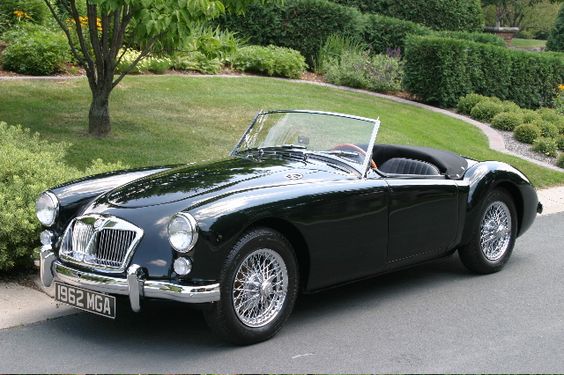
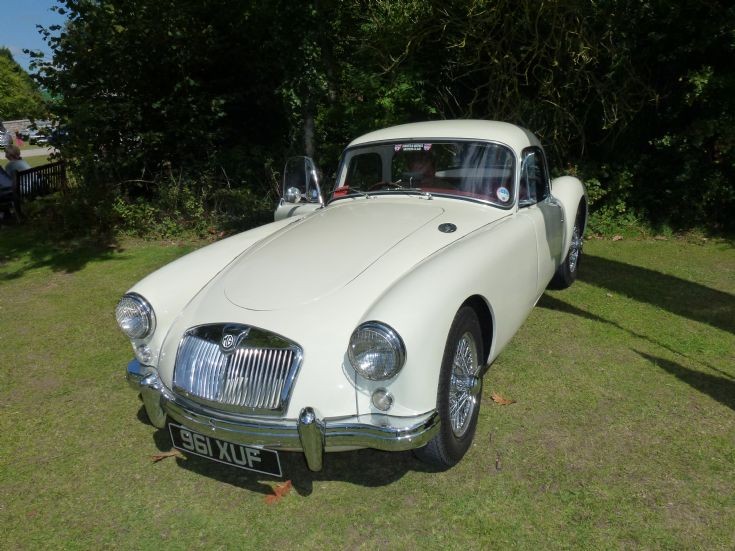
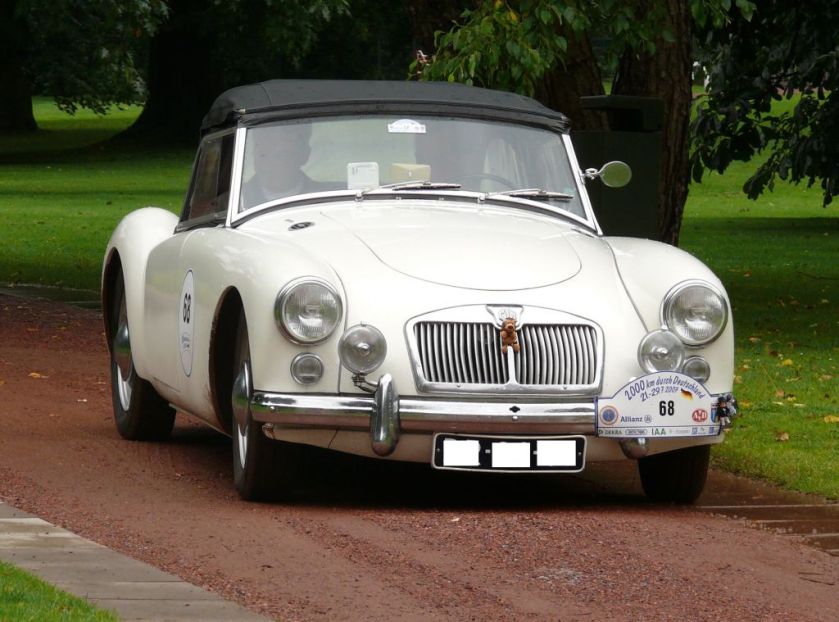
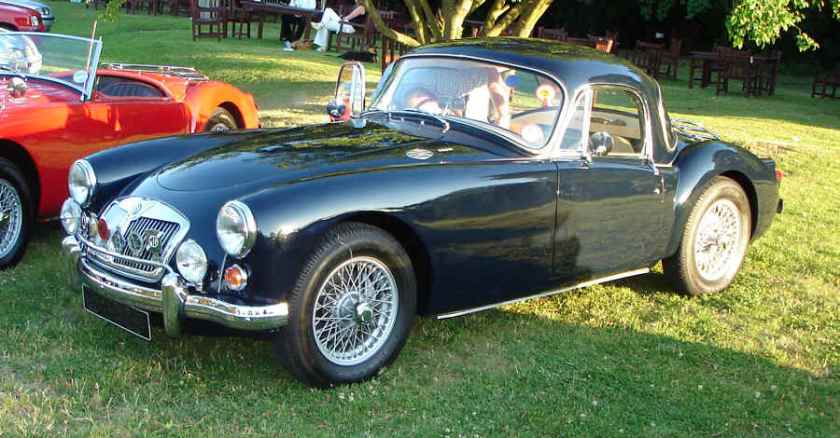
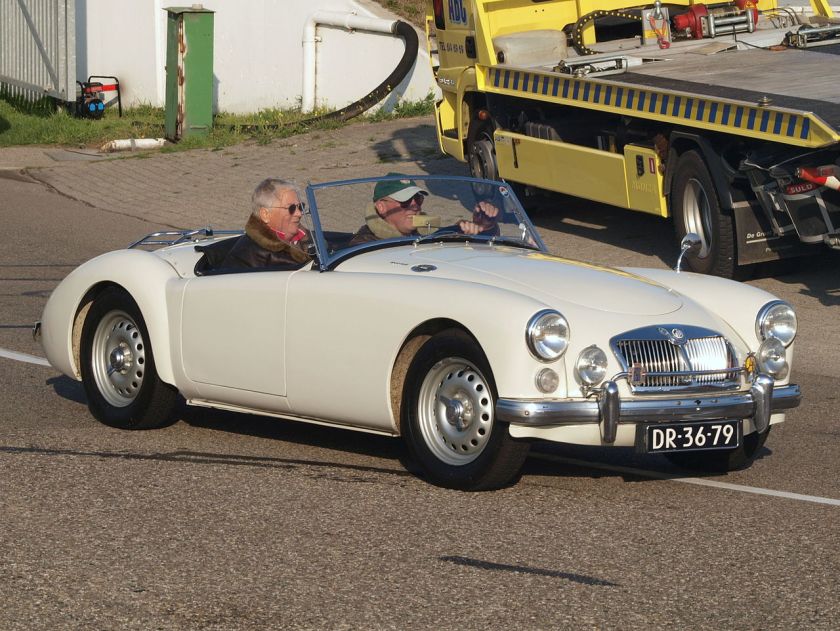
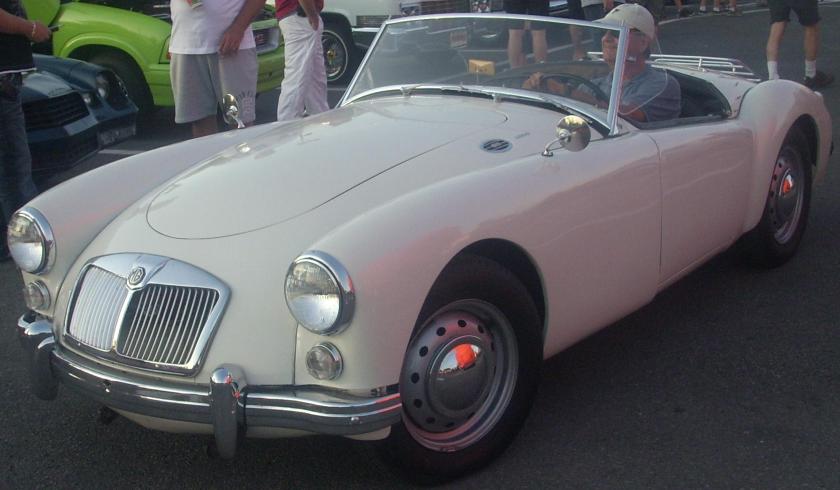
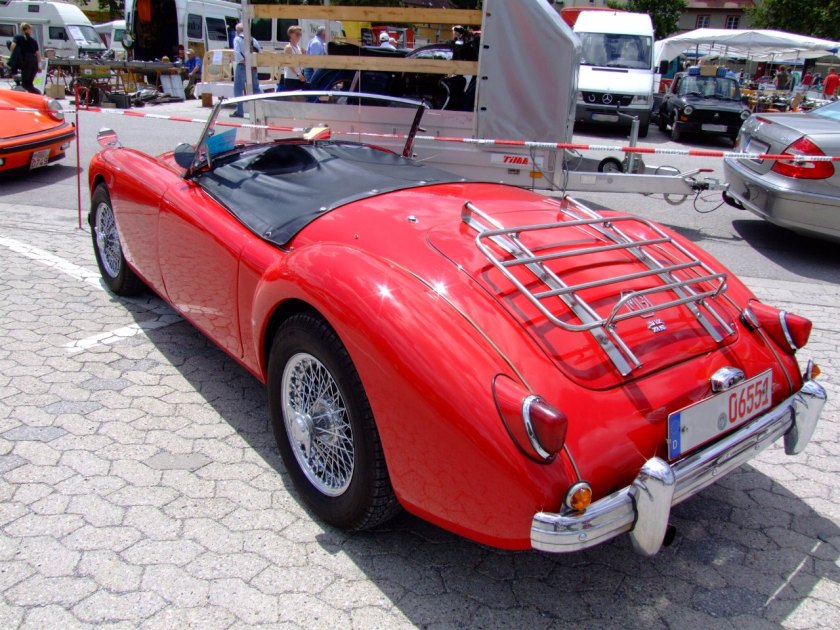
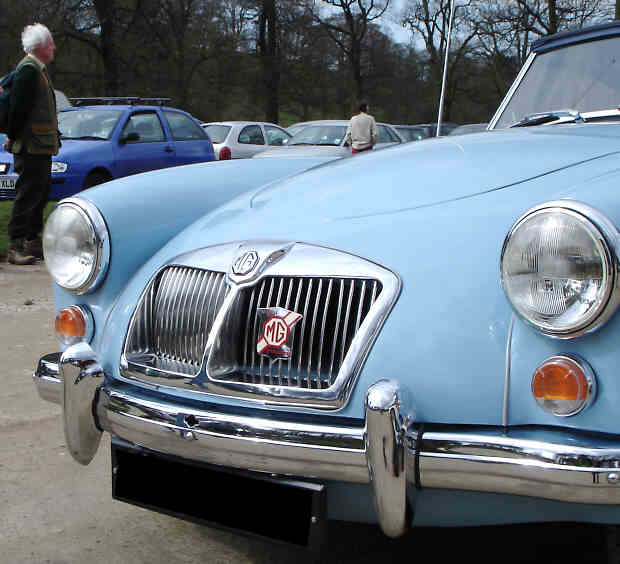 1955–1962: MG MGA
1955–1962: MG MGA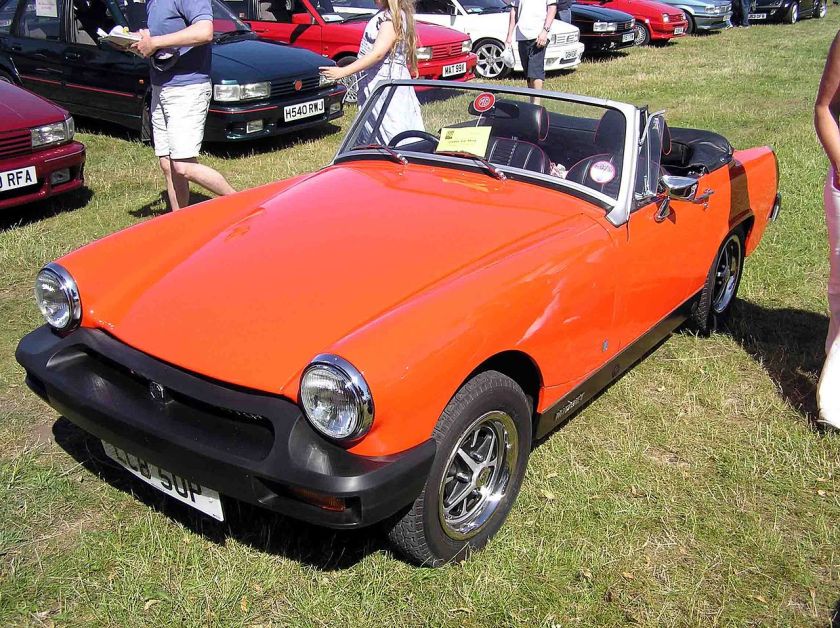
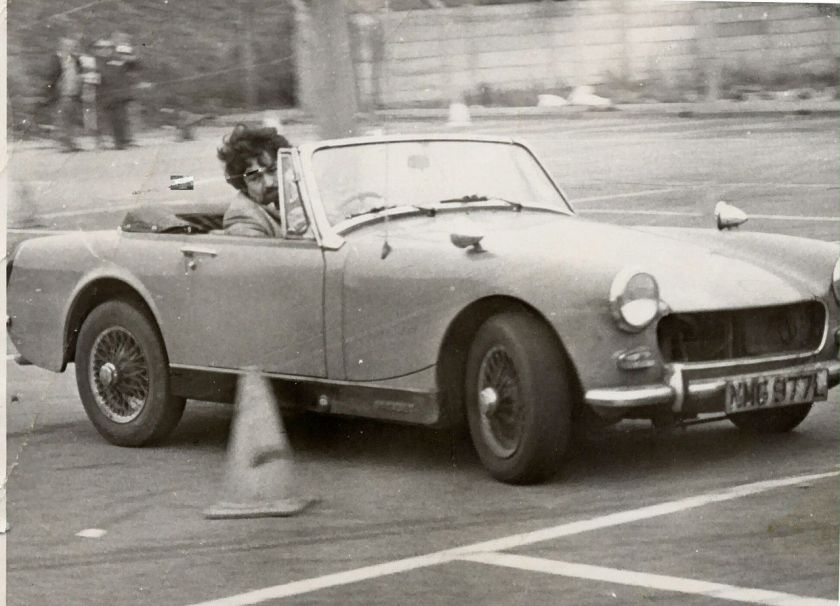
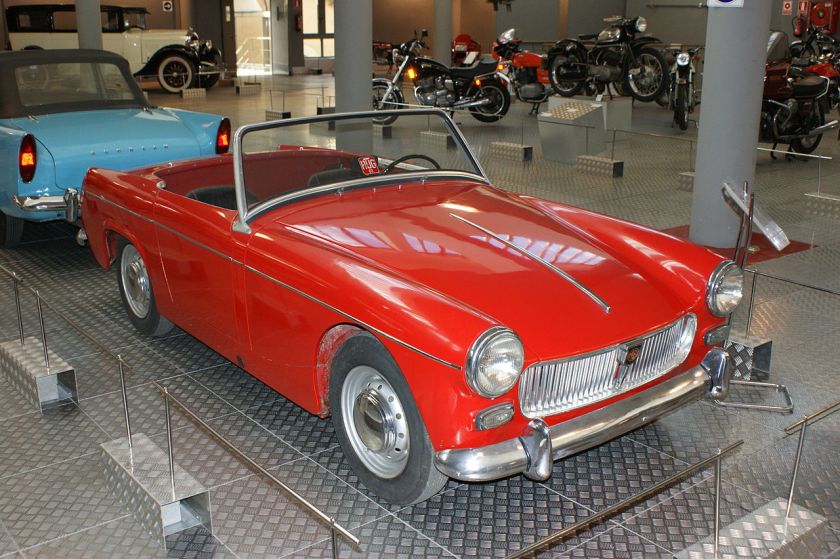
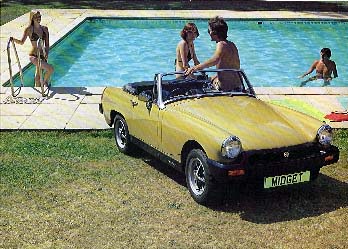
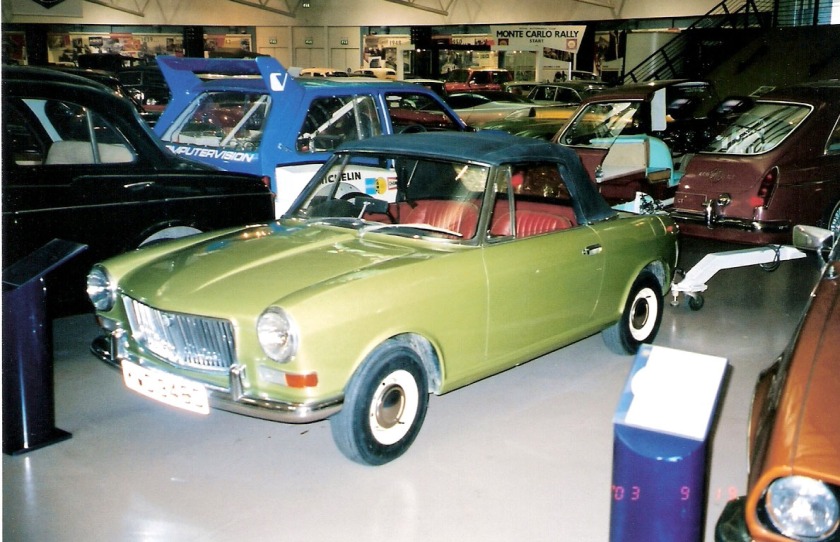 1961–1979: MG Midget
1961–1979: MG Midget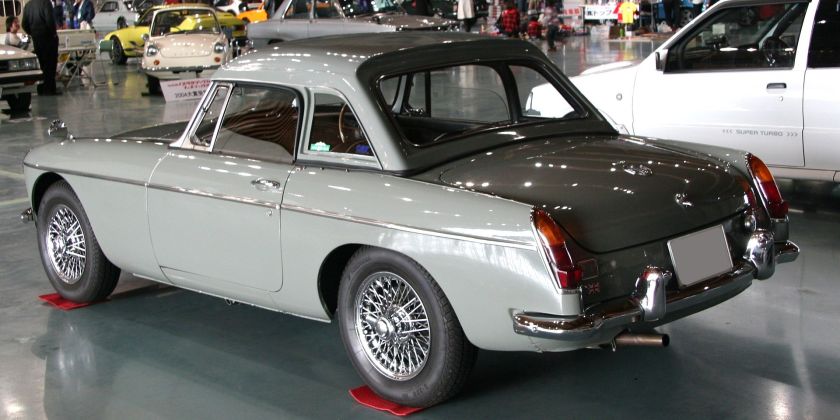
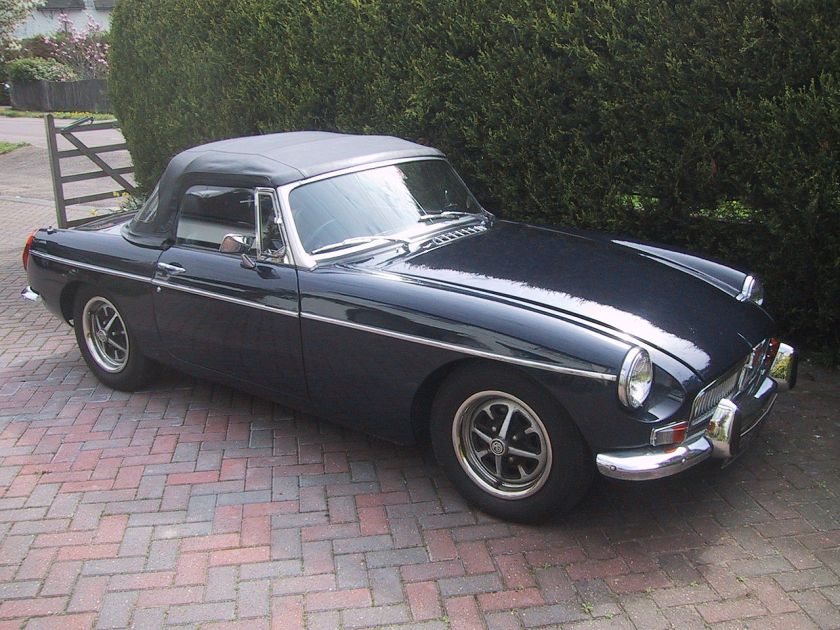
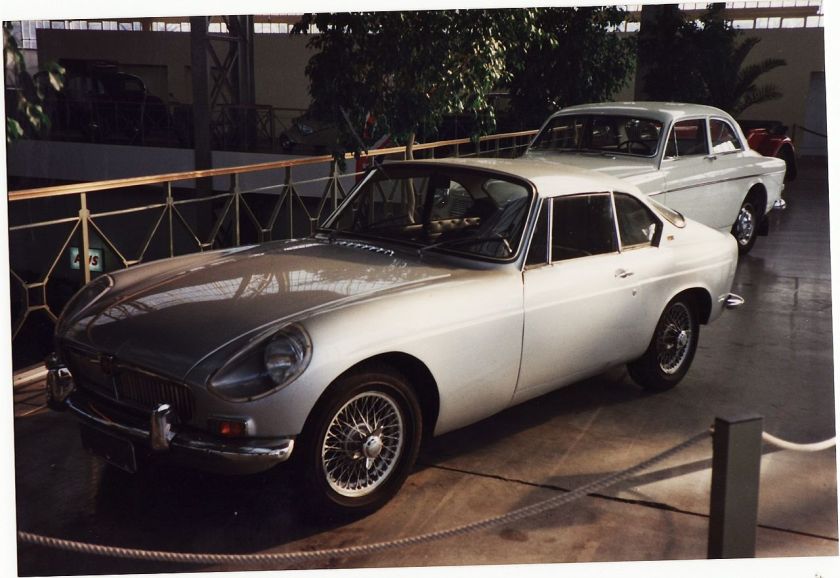
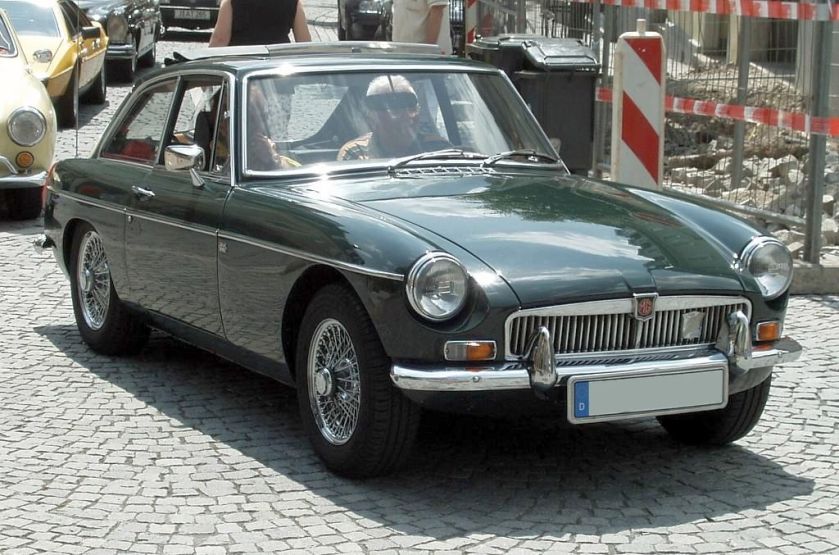
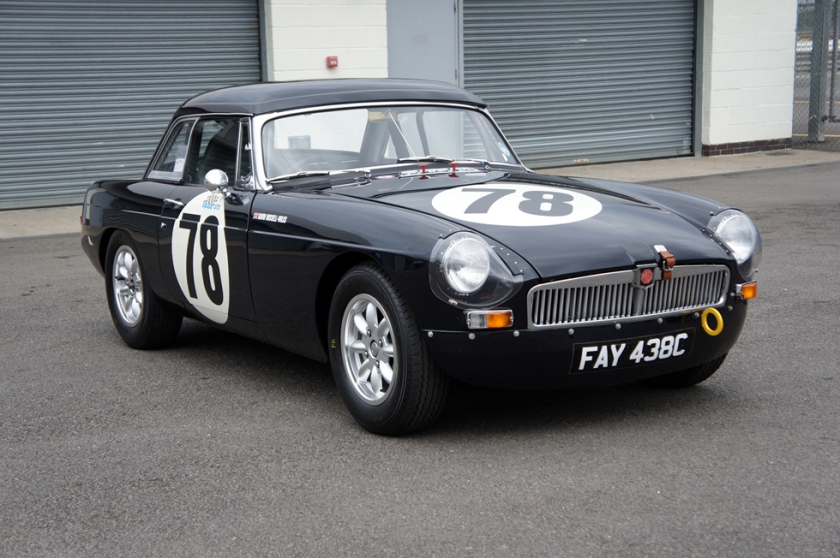
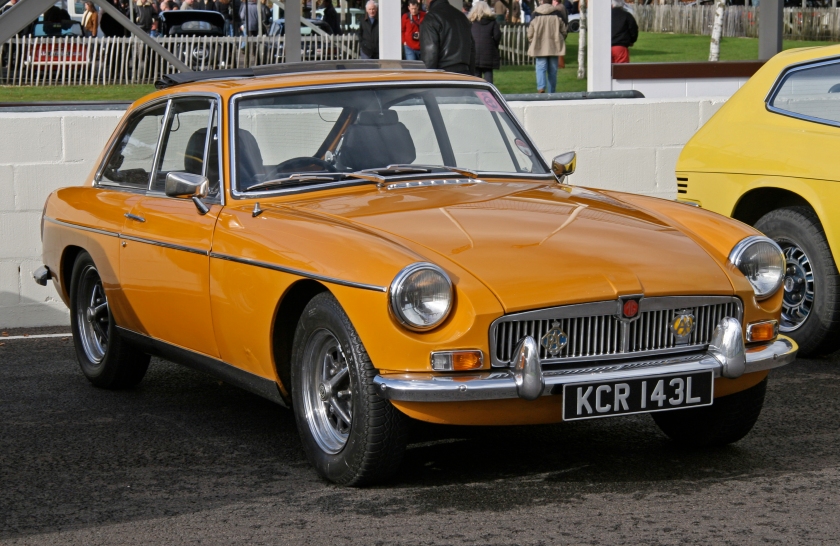
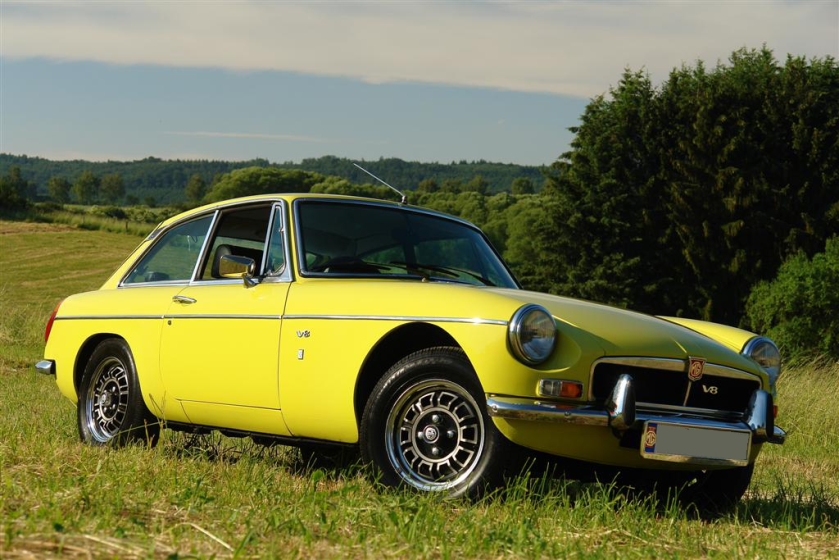
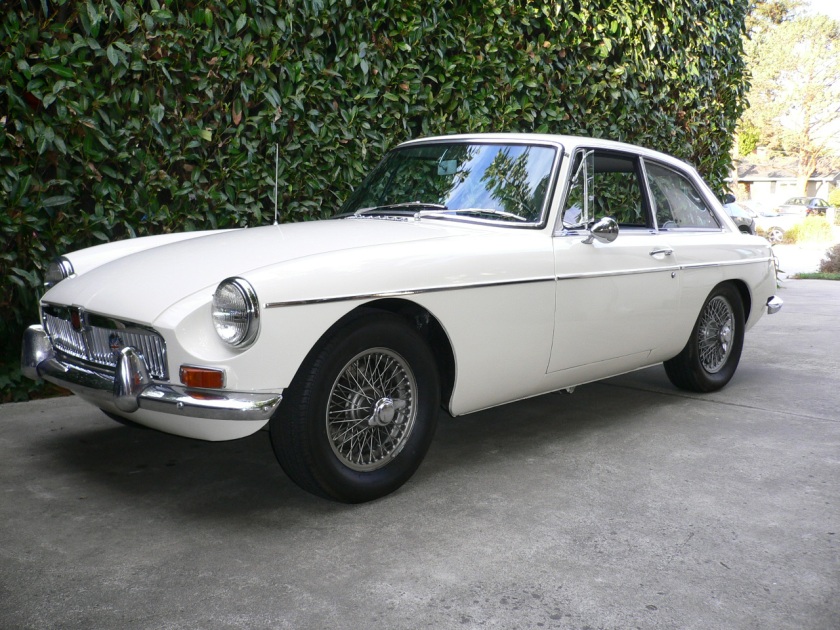
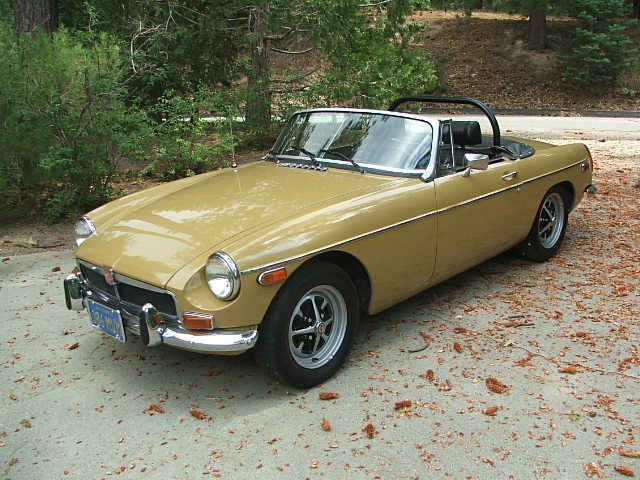
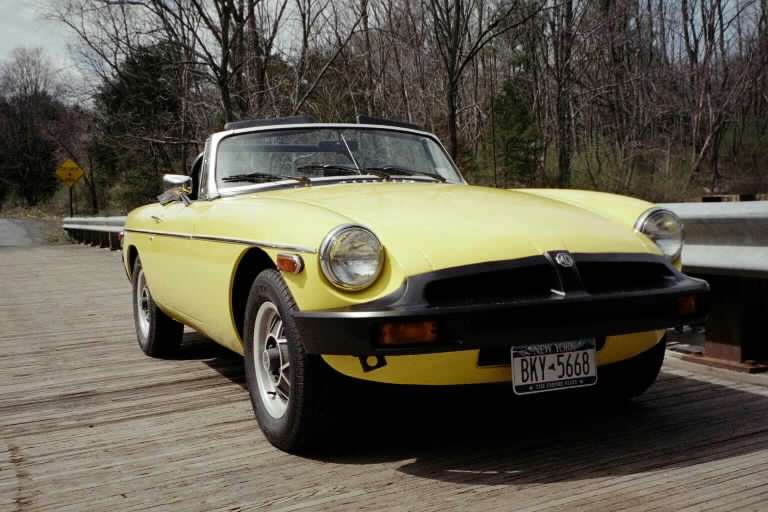 1962–1980: MG MGB
1962–1980: MG MGB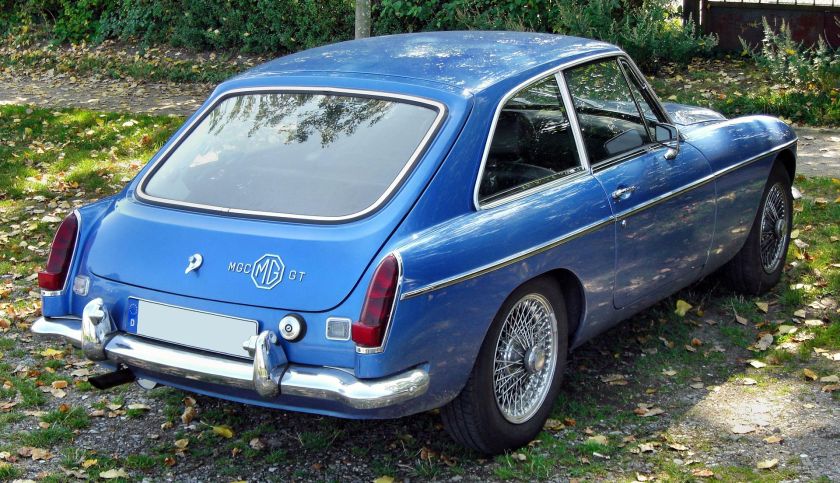
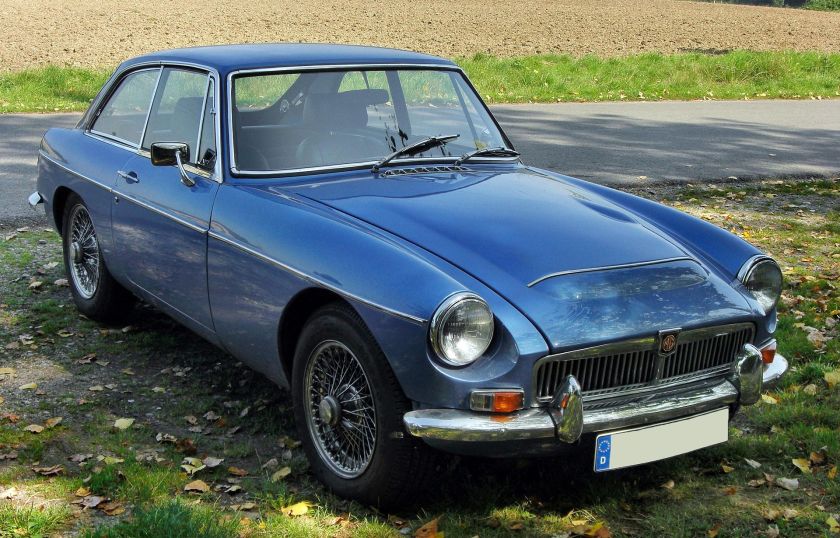 1967–1969: MG MGC
1967–1969: MG MGC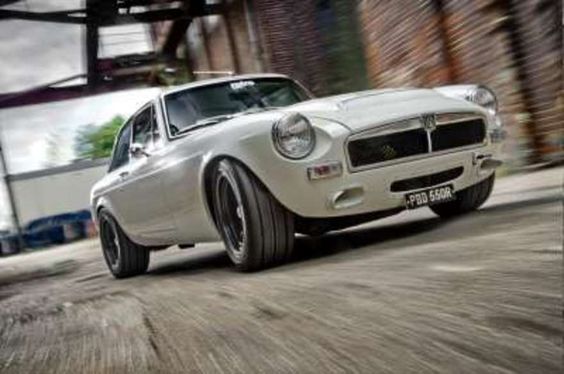
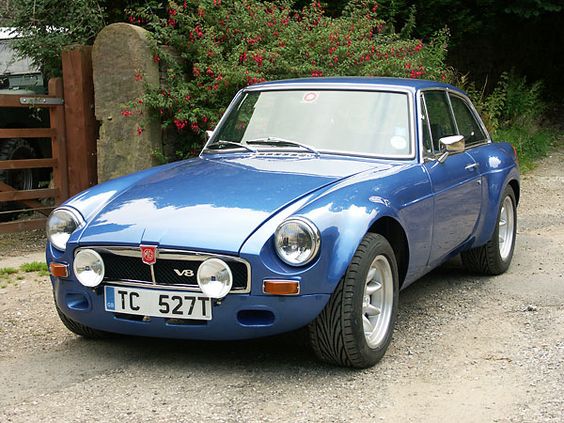
 1973–1976: MGB GT V8
1973–1976: MGB GT V8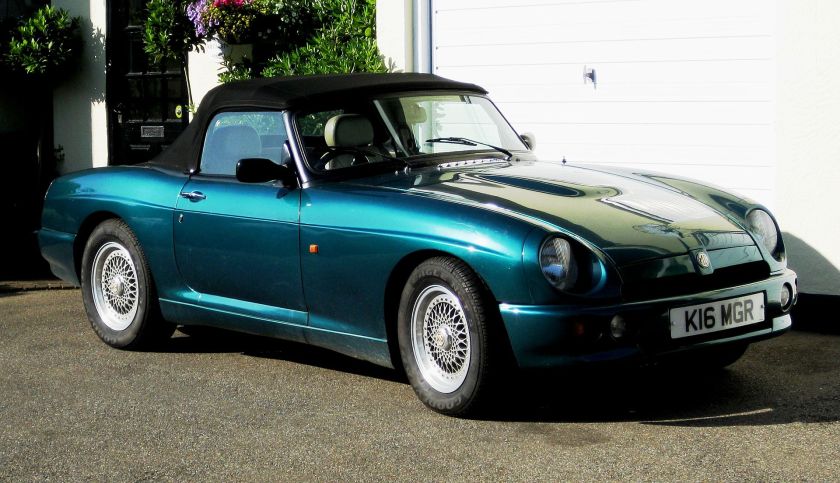 1992–1995: MG RV8
1992–1995: MG RV8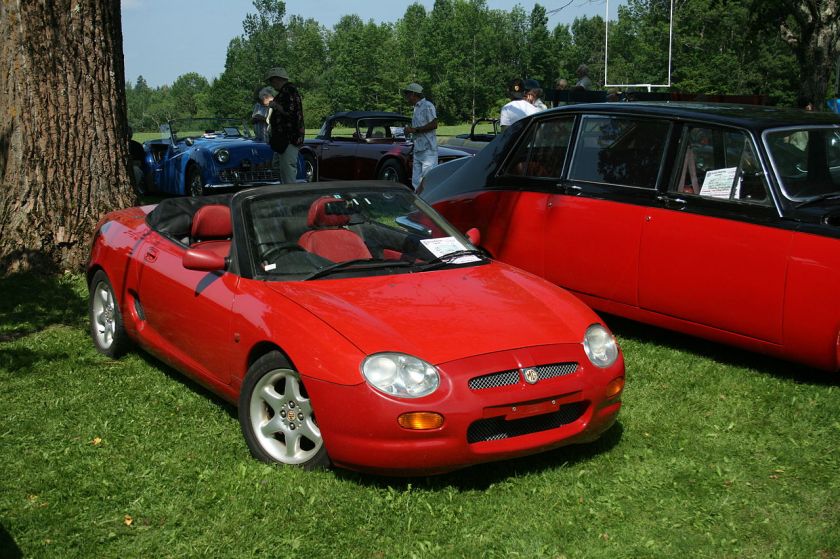
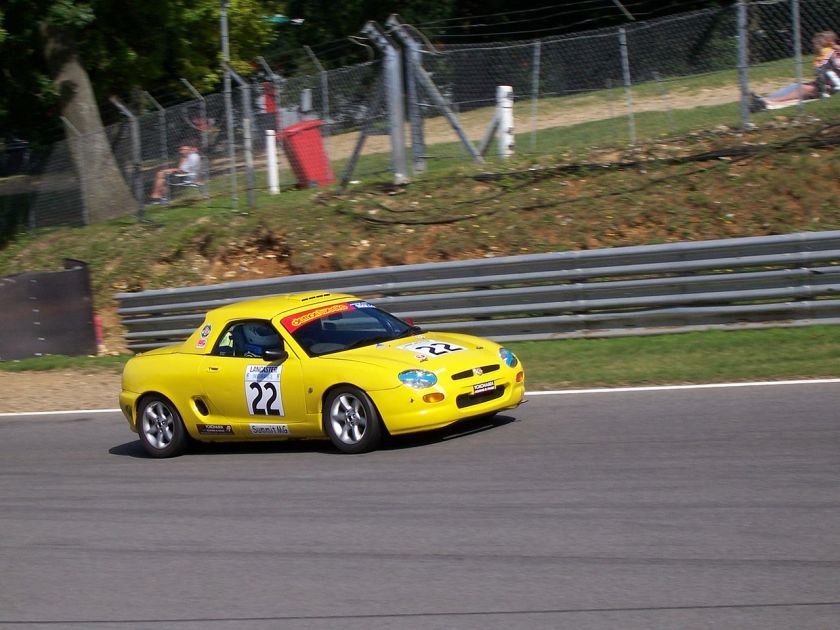 1995–2002: MG F
1995–2002: MG F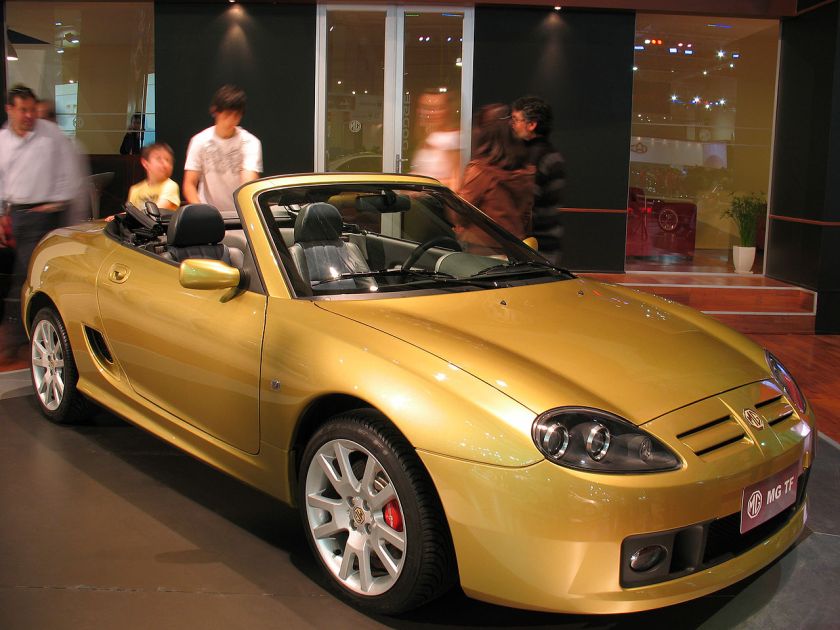
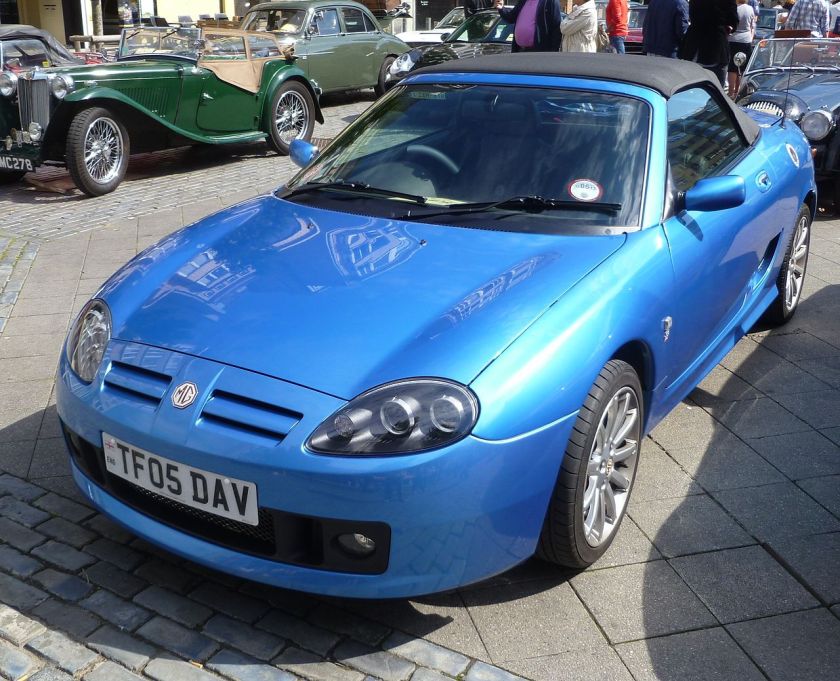
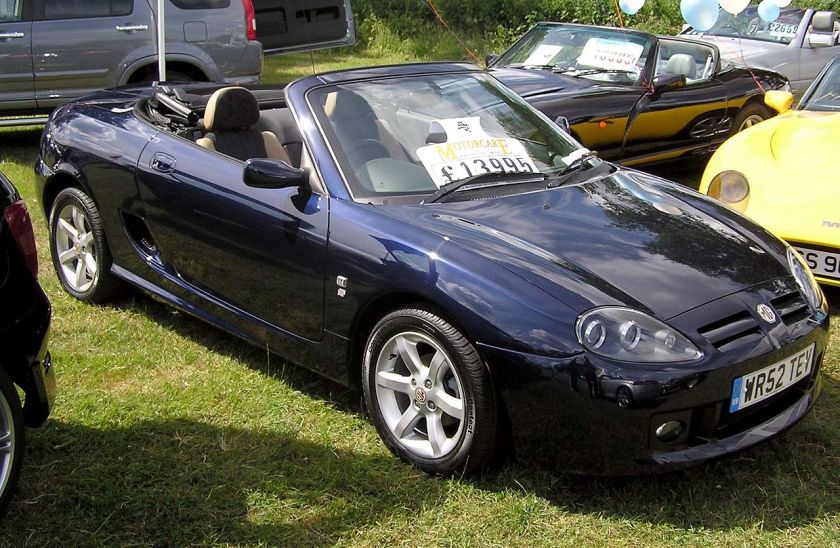
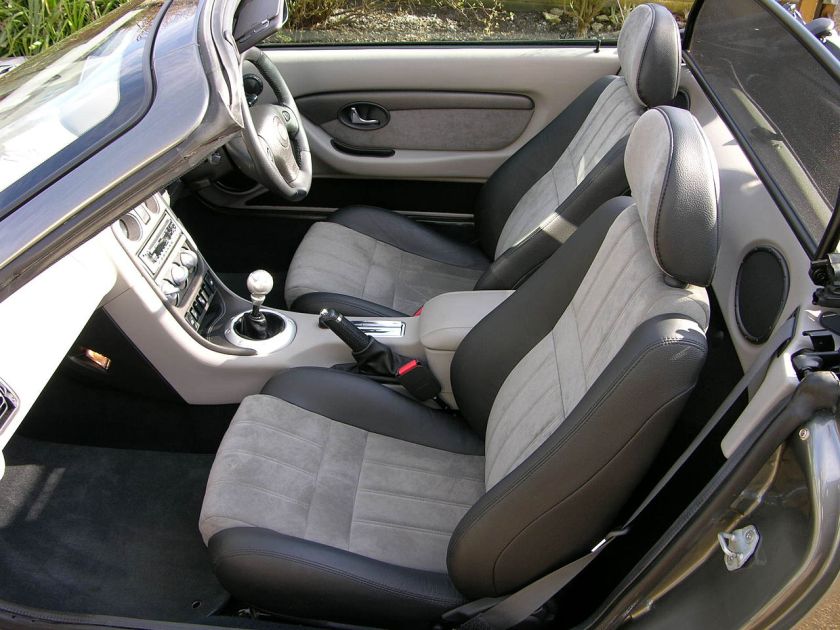
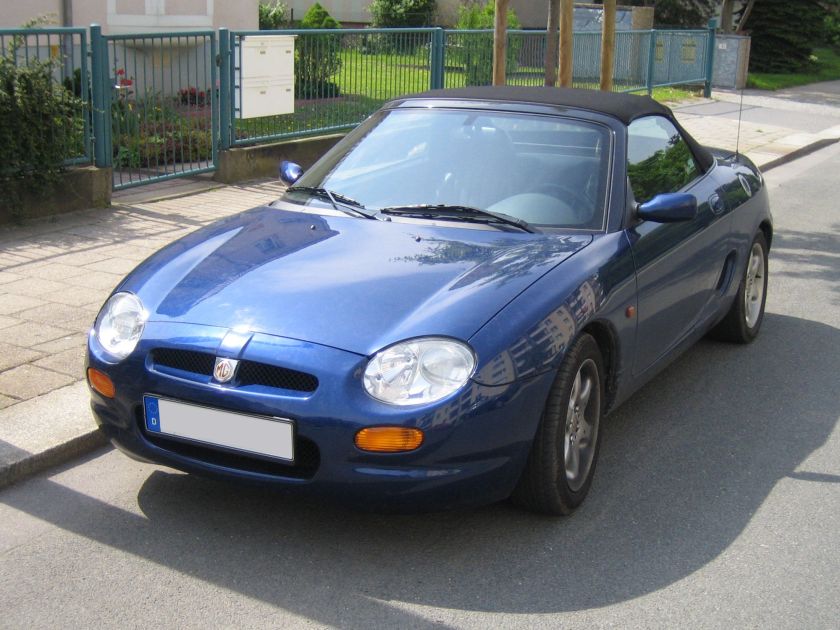 2002–2005 and 2007–2009: MG TF
2002–2005 and 2007–2009: MG TF
Subcompact cars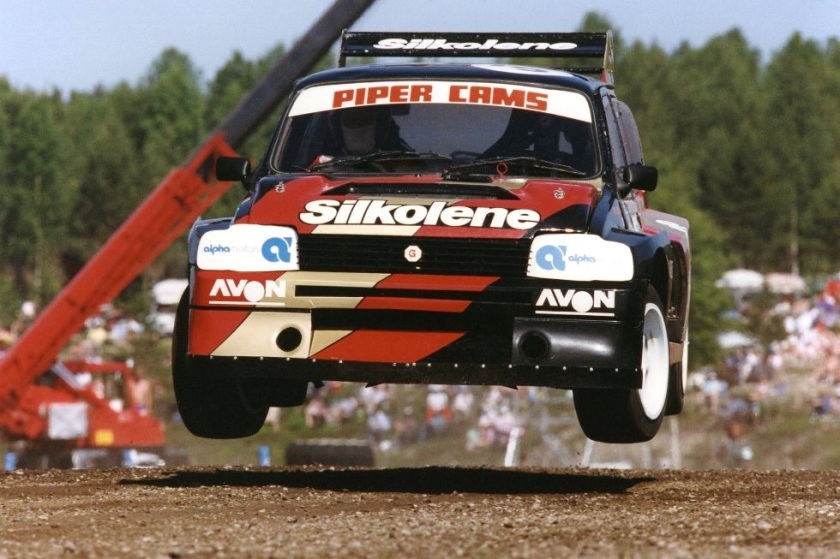
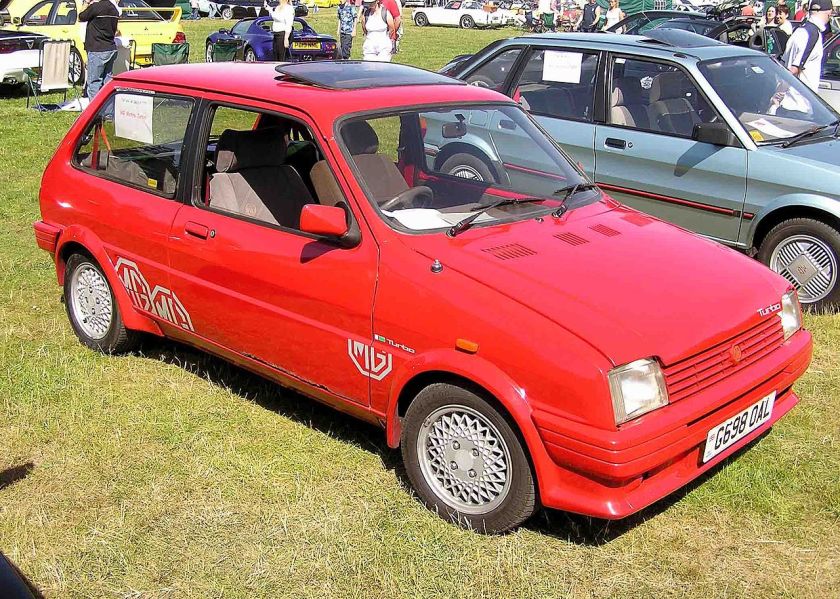
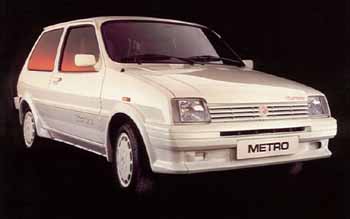
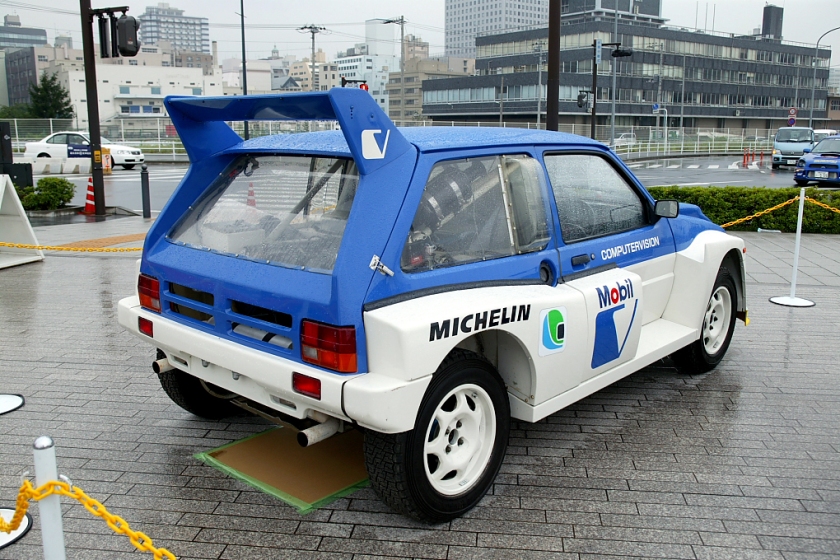
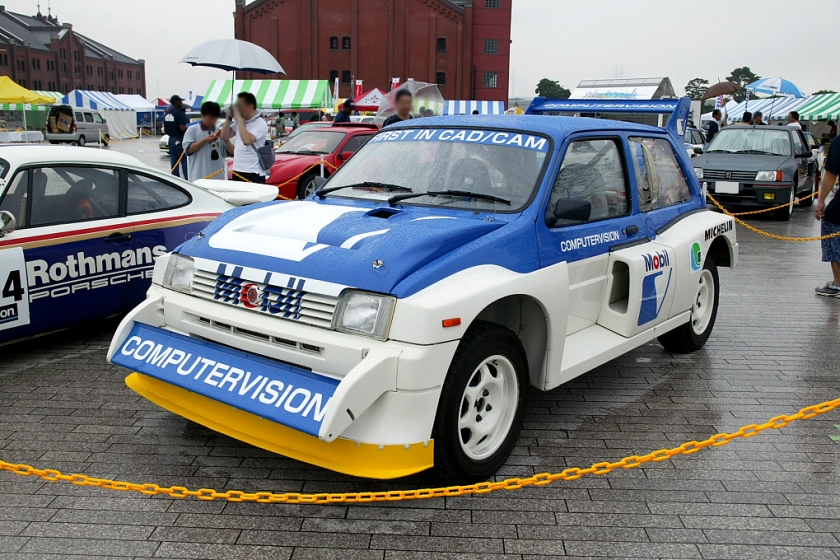 1982–1990: MG Metro
1982–1990: MG Metro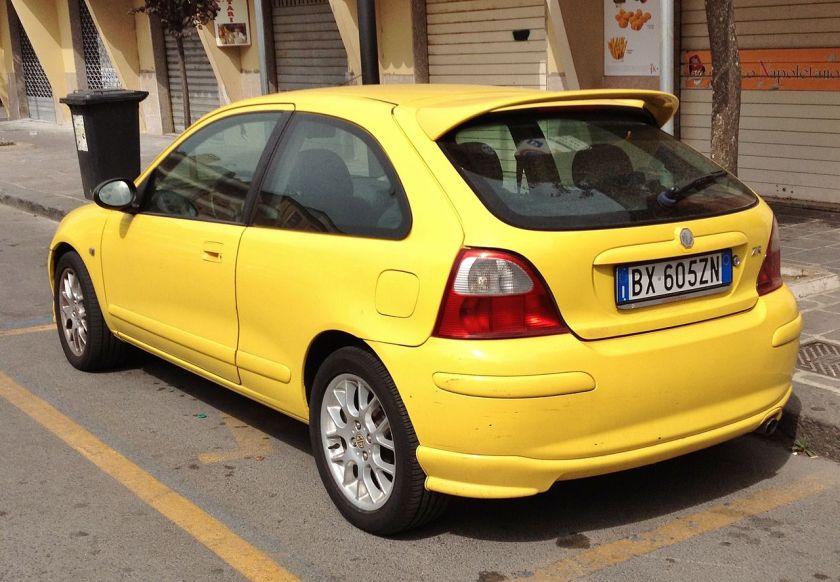
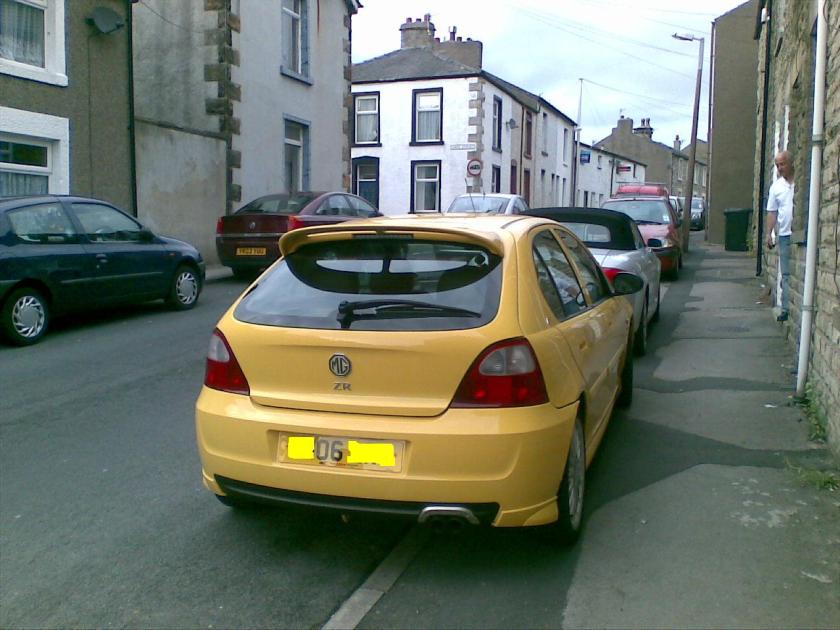
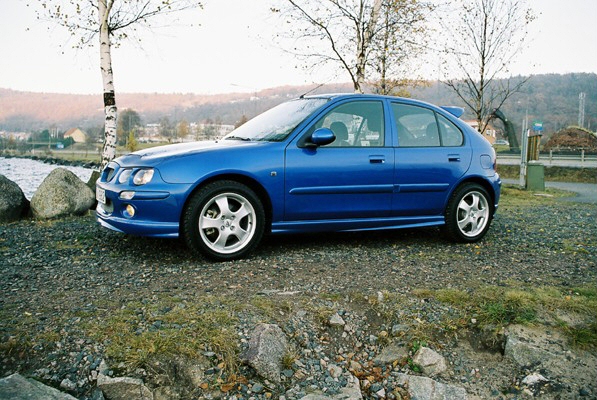
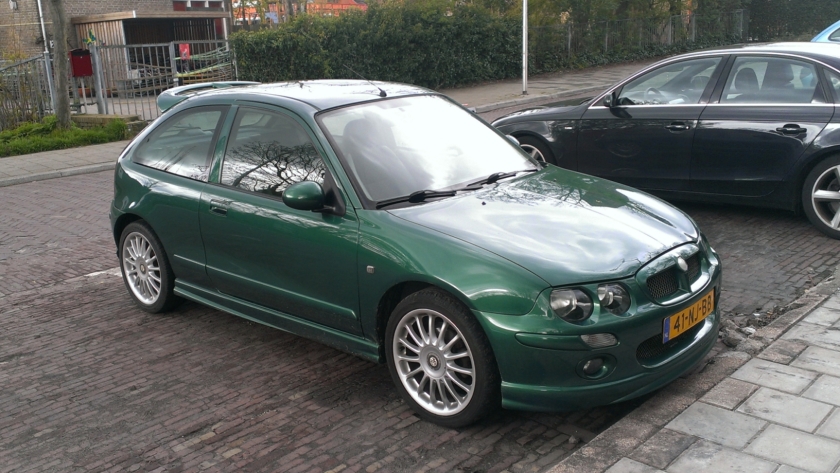
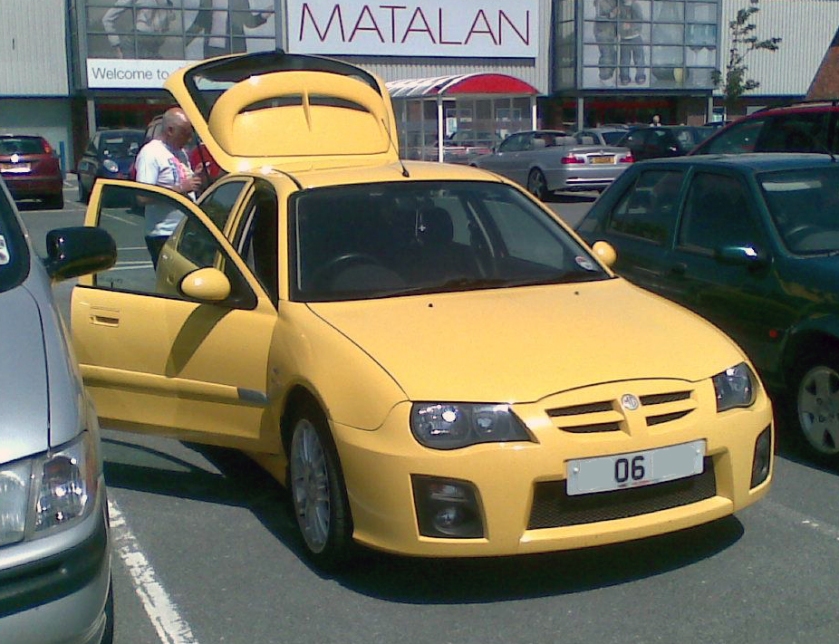
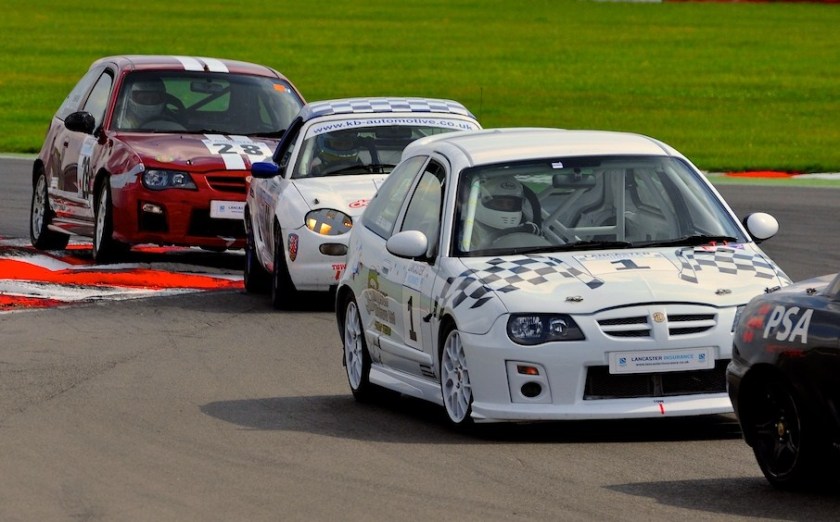
MG 3
Compact cars (Small saloons)
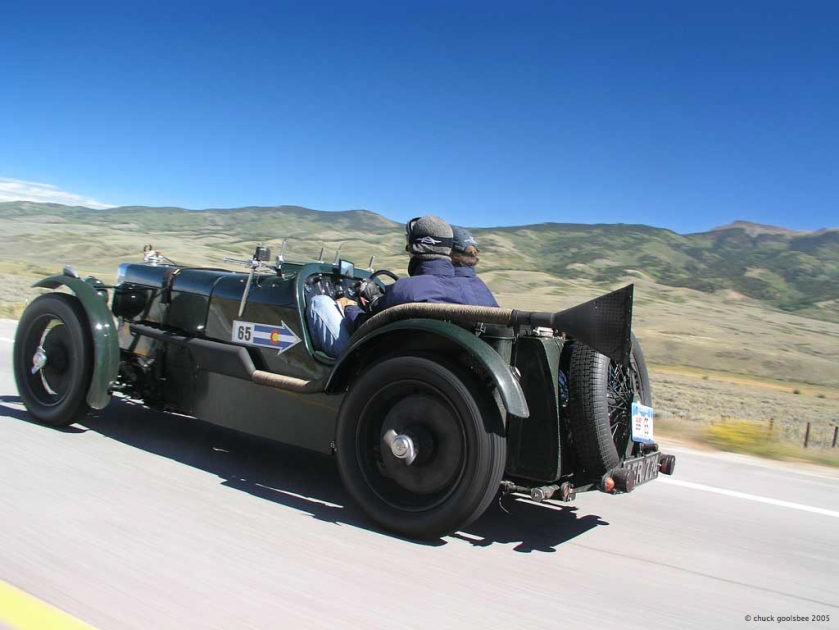
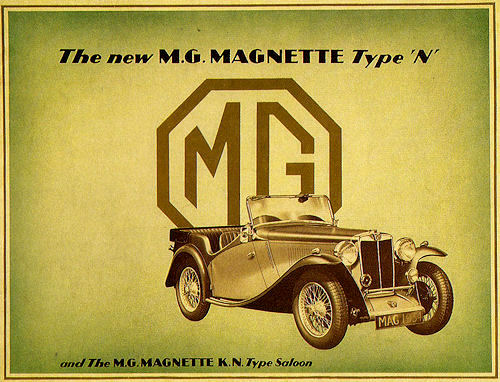
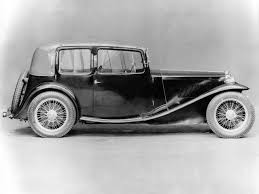
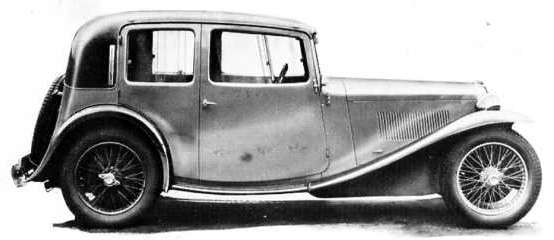
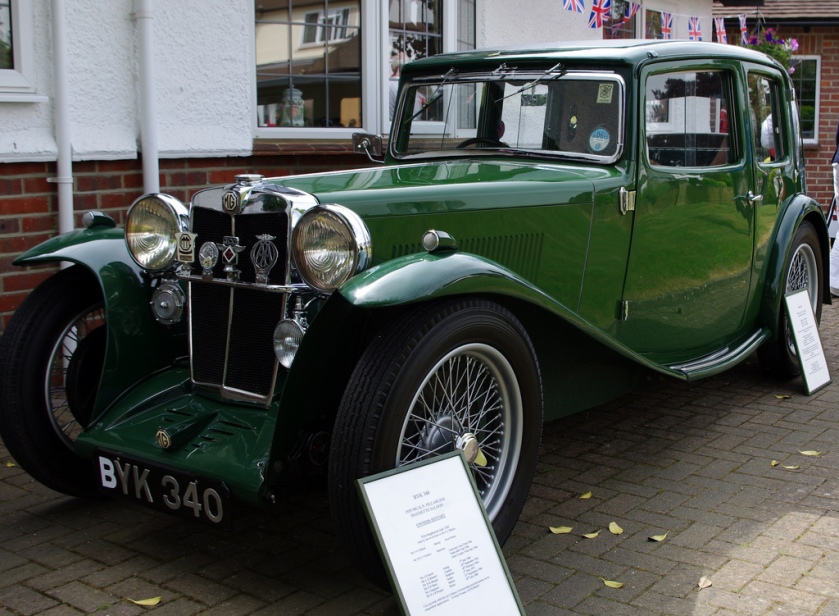
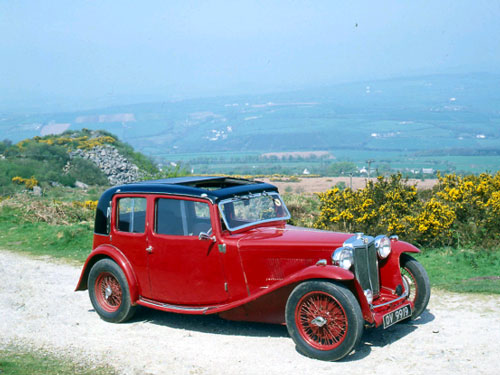
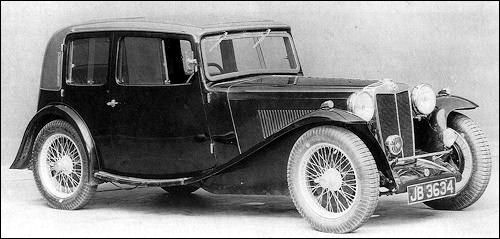
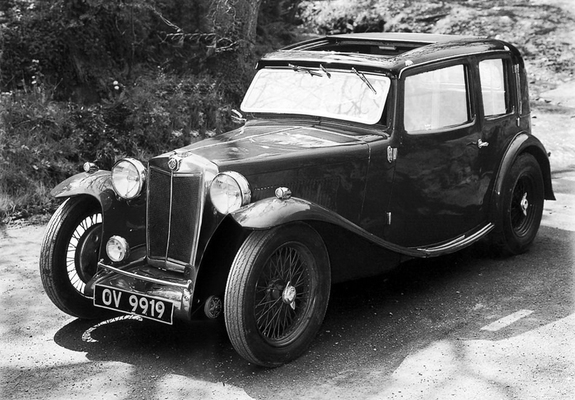
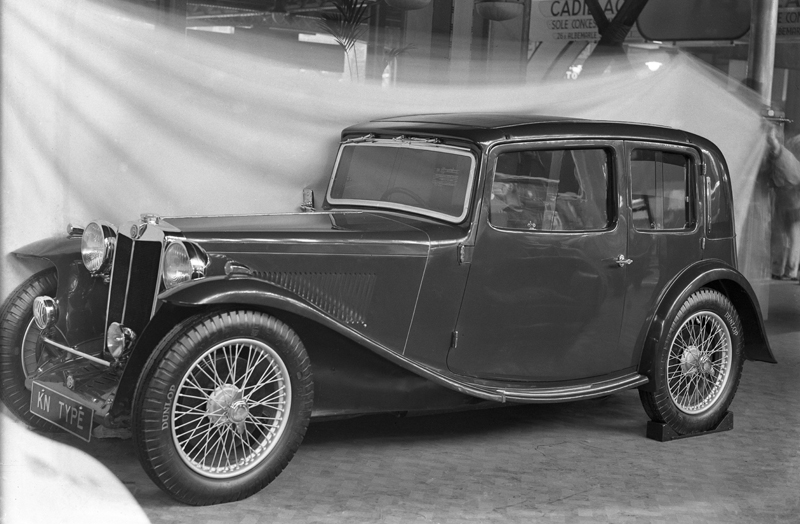
 1933–1934: MG KN
1933–1934: MG KN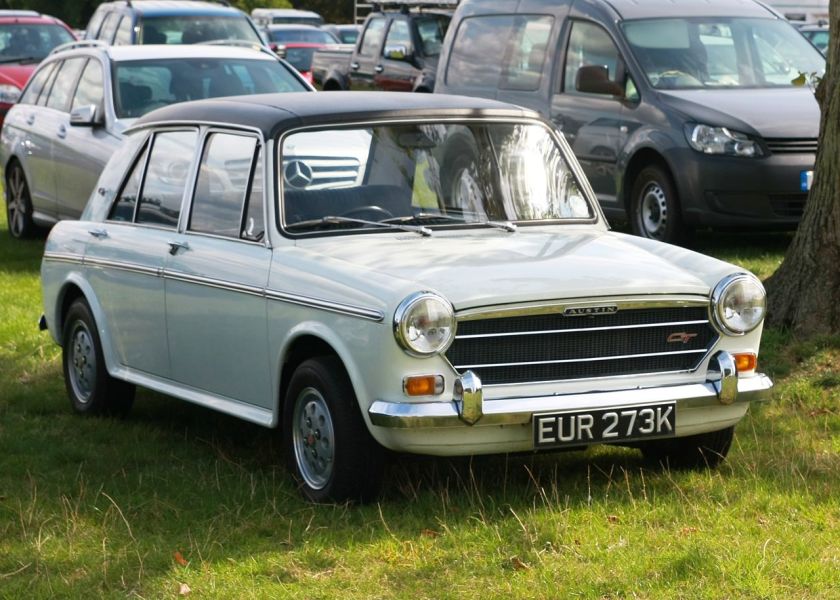 1972 BMC ADO16 Amalgamated Drawing Office project number 16
1972 BMC ADO16 Amalgamated Drawing Office project number 16
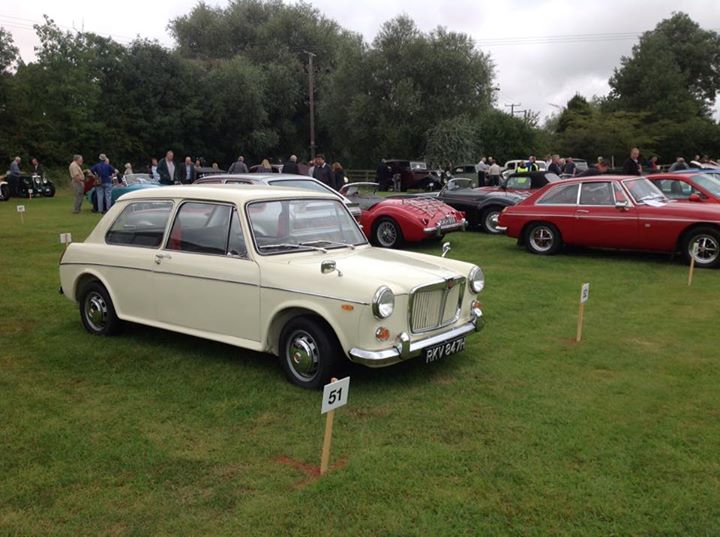
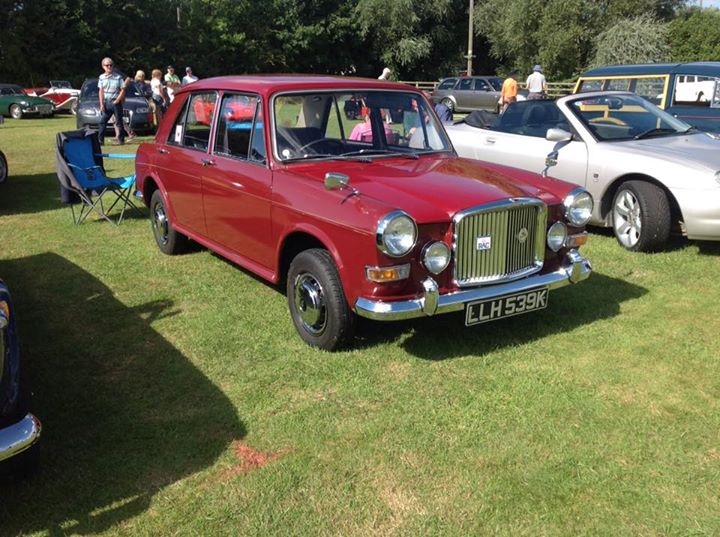
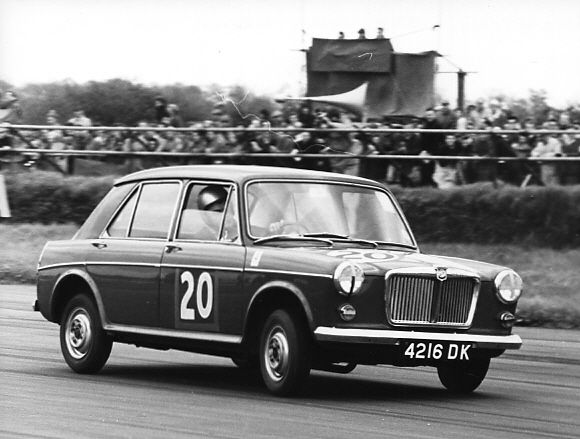 1962–1968: MG 1100
1962–1968: MG 1100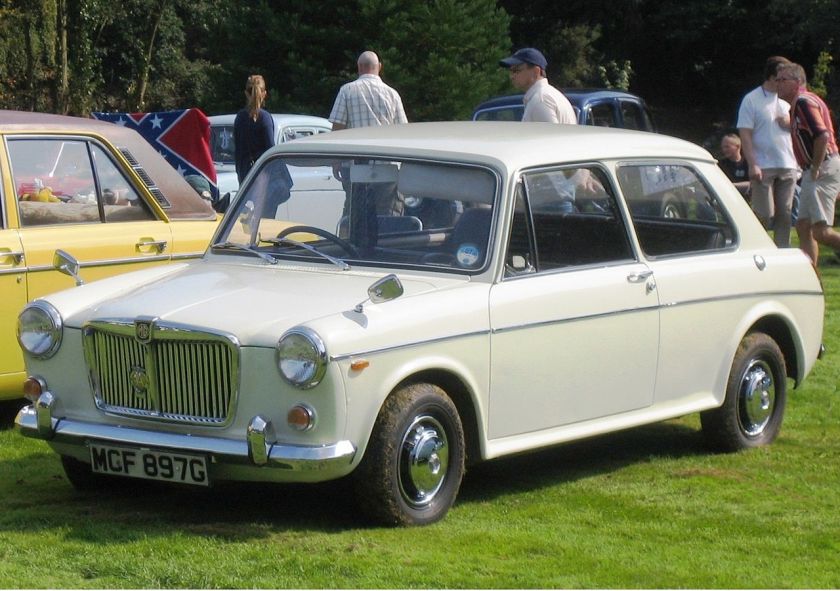 1967–1973: MG 1300
1967–1973: MG 1300
Midsize cars (Medium saloons)
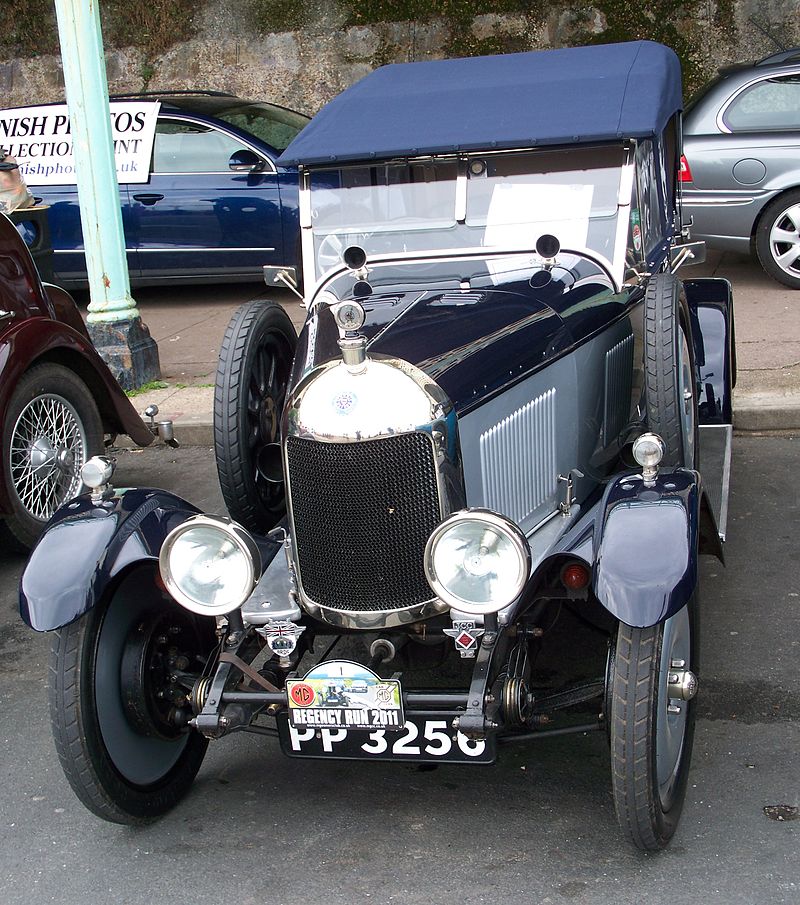
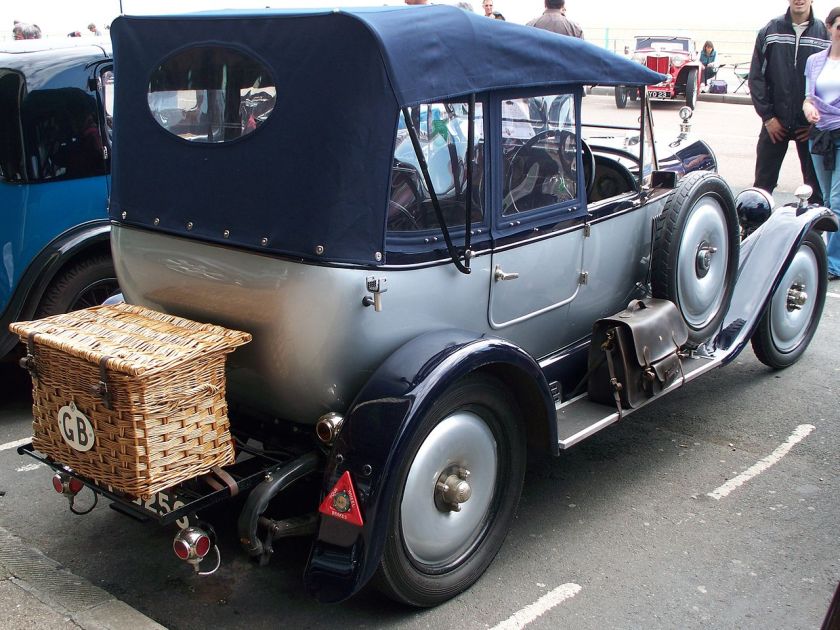
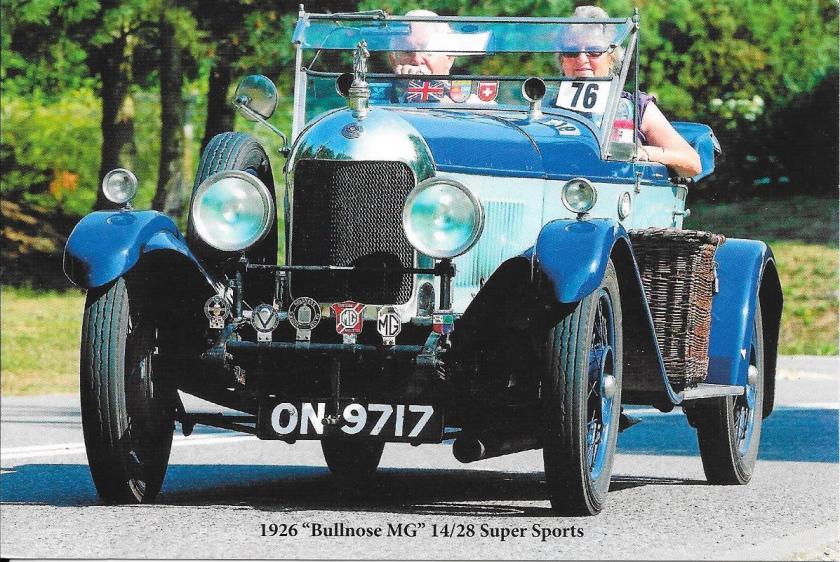
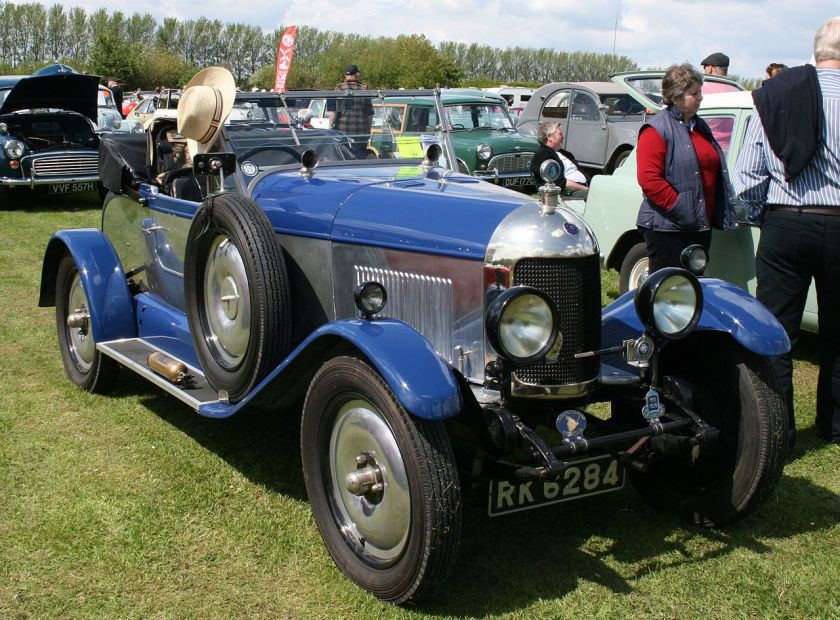
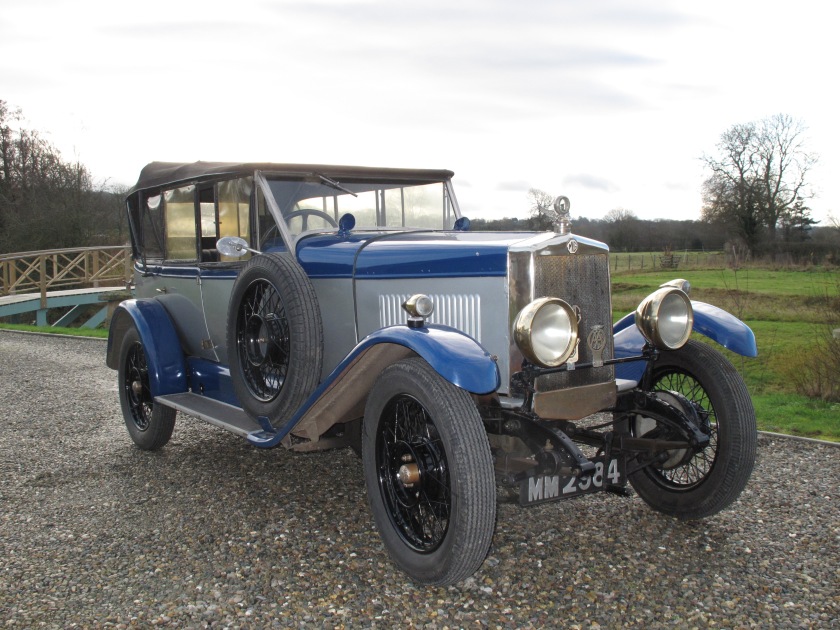 1924–1927: MG 14/28
1924–1927: MG 14/28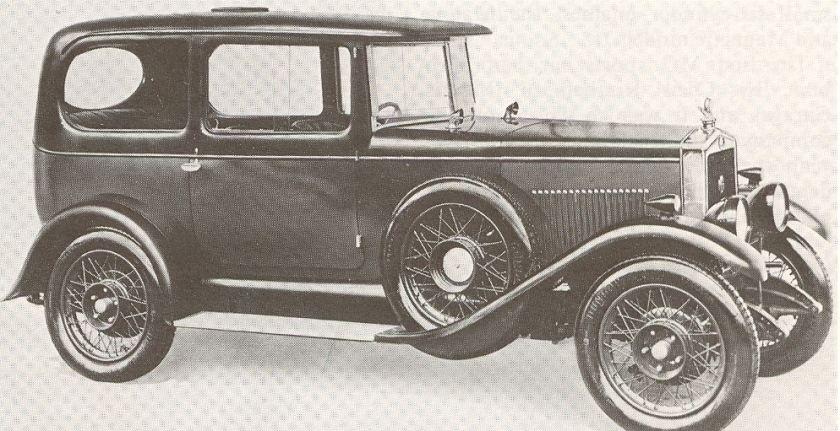
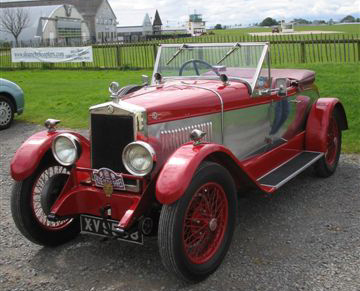
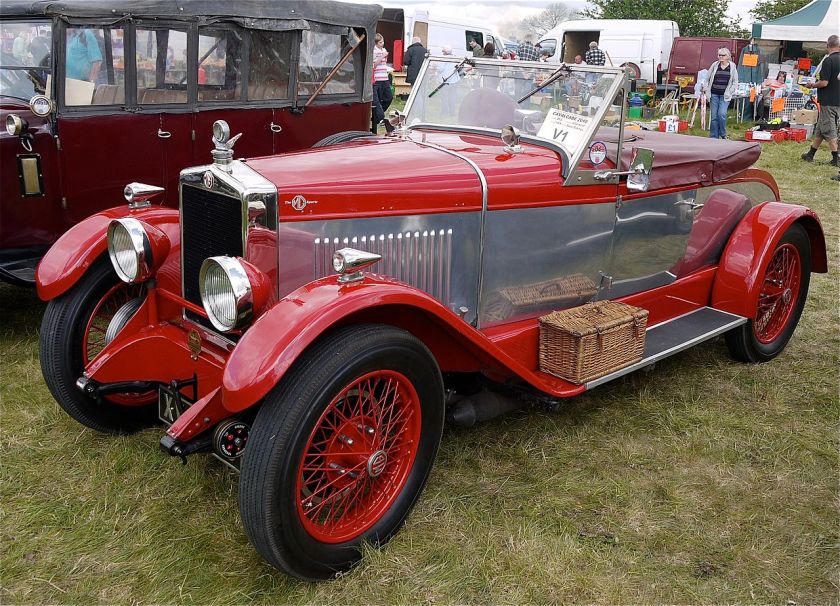
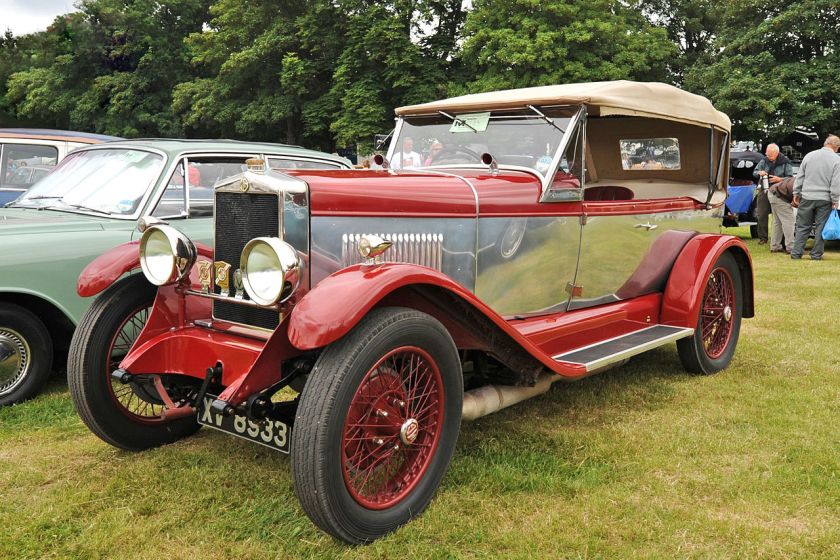 1927–1929: MG 14/40
1927–1929: MG 14/40
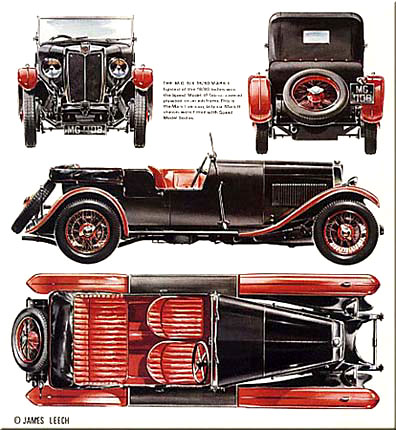
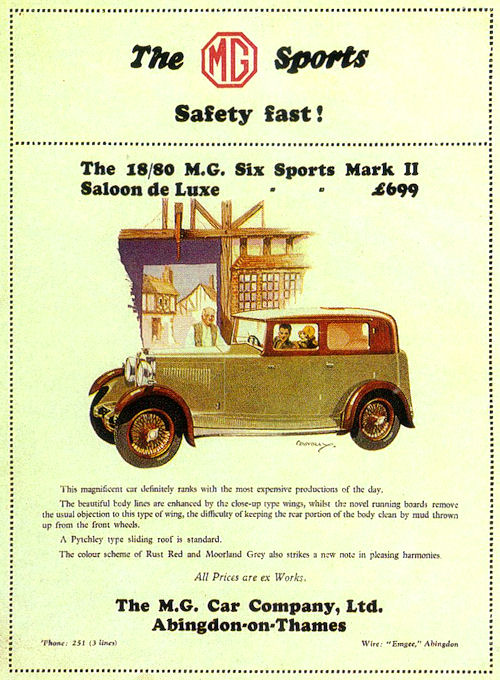
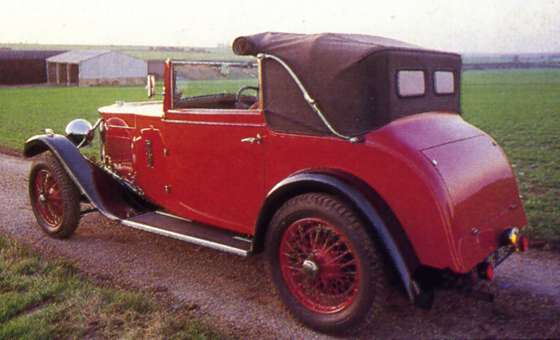
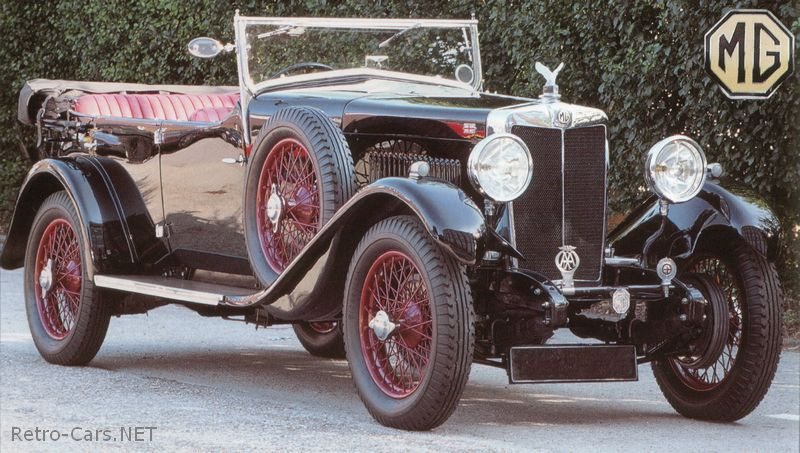
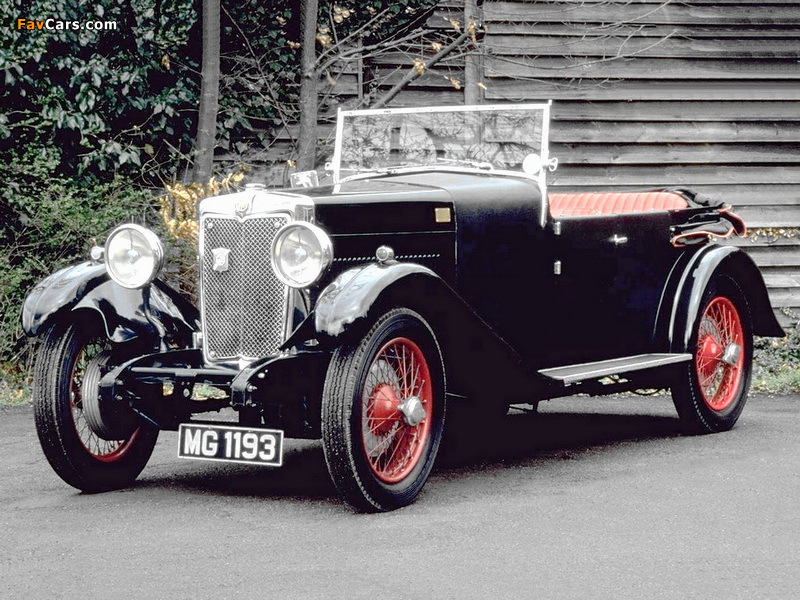
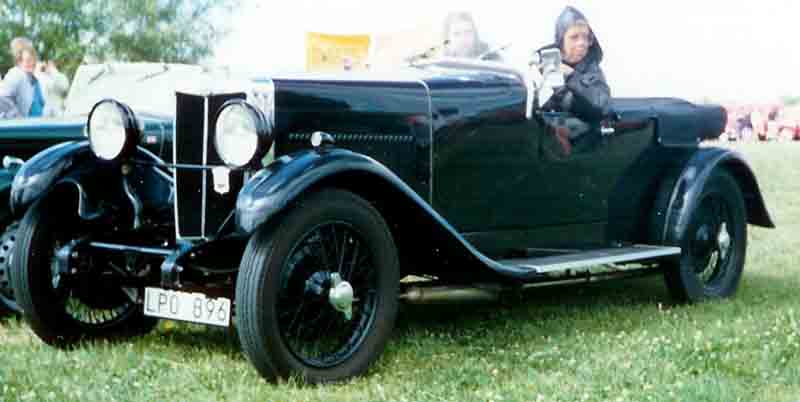
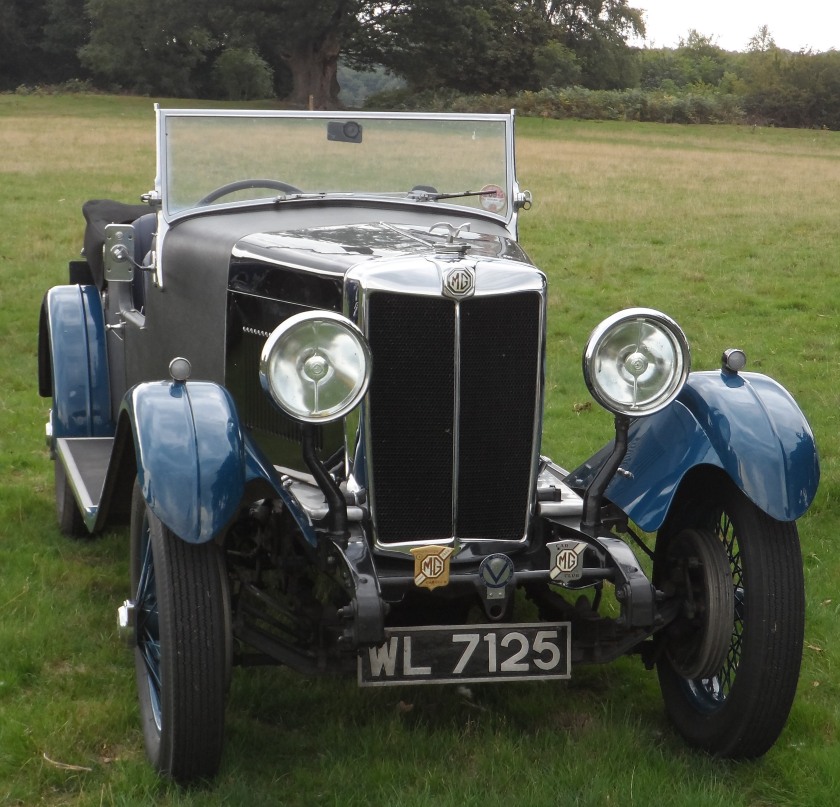
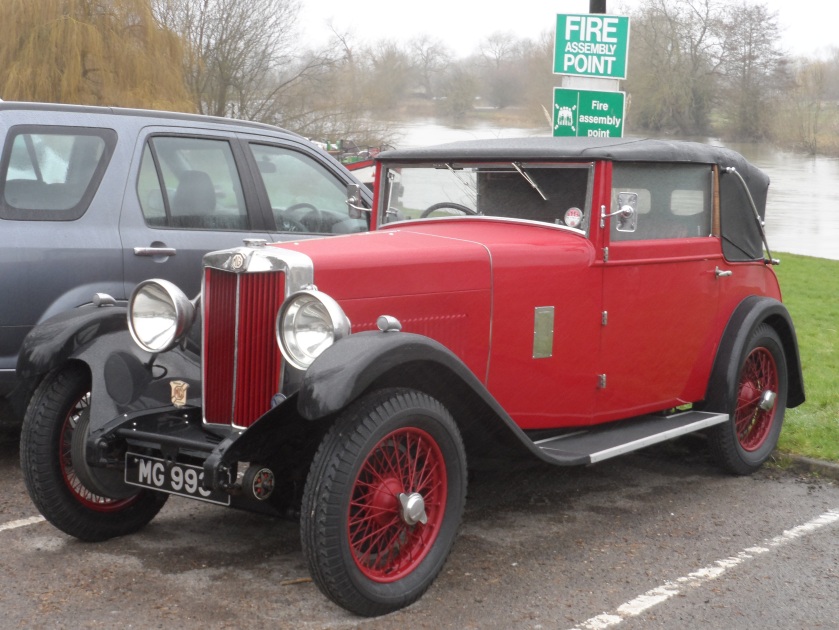
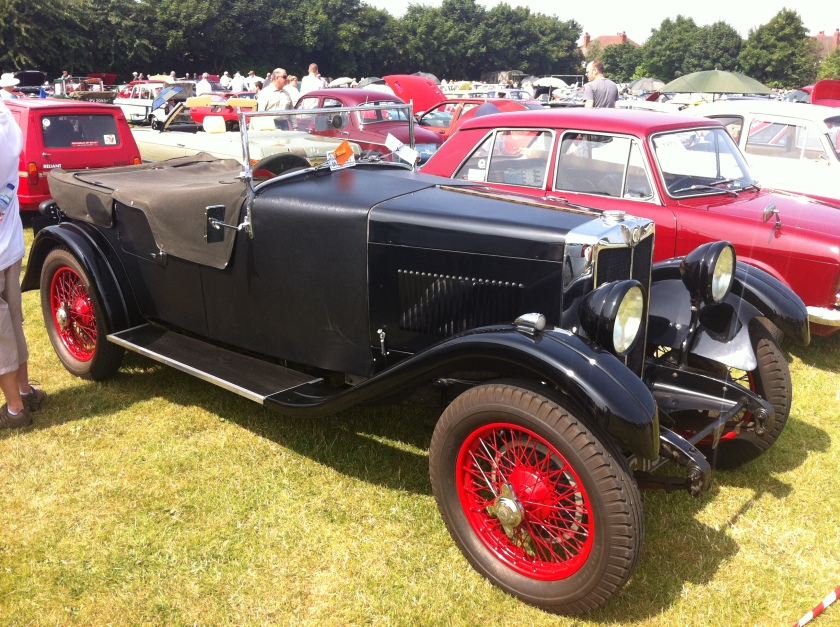
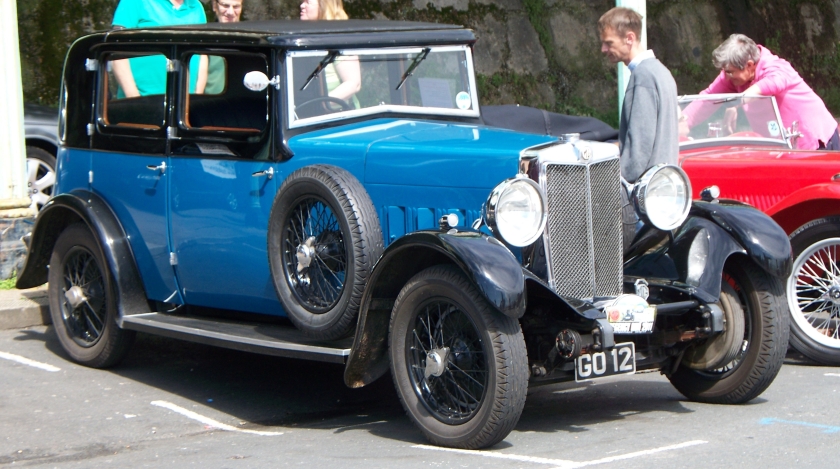 1928–1933: MG 18/80
1928–1933: MG 18/80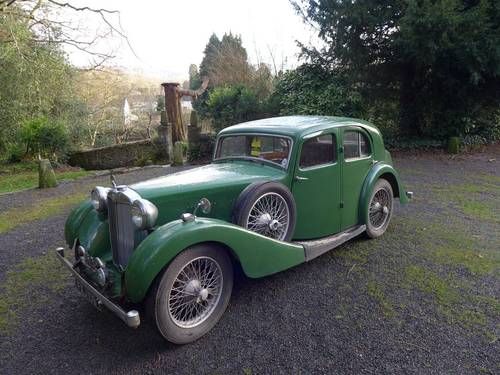
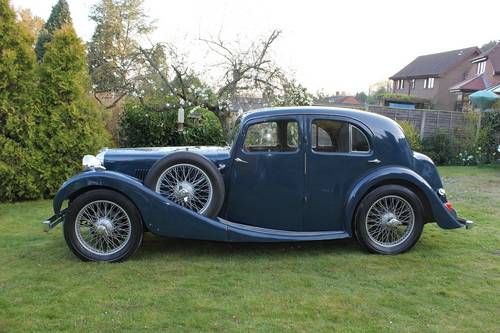
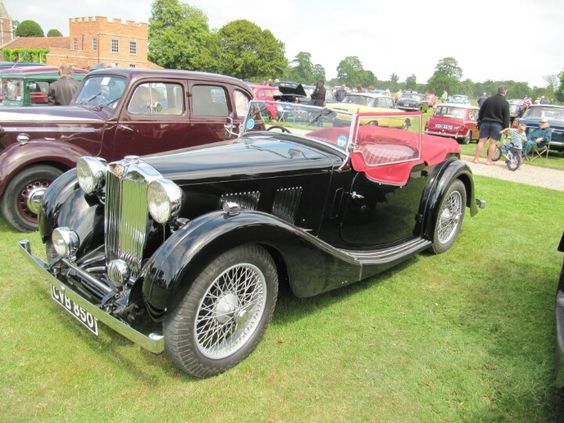
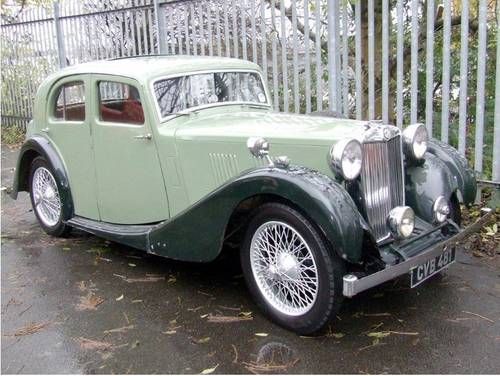 1937–1939: MG VA
1937–1939: MG VA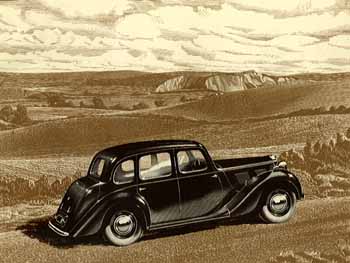
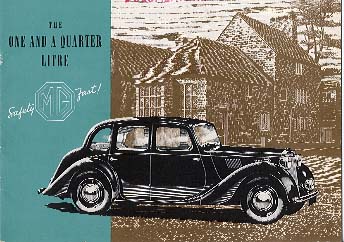
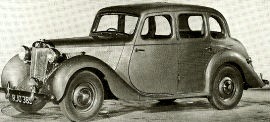
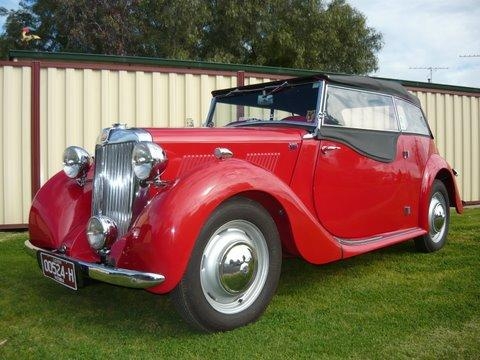
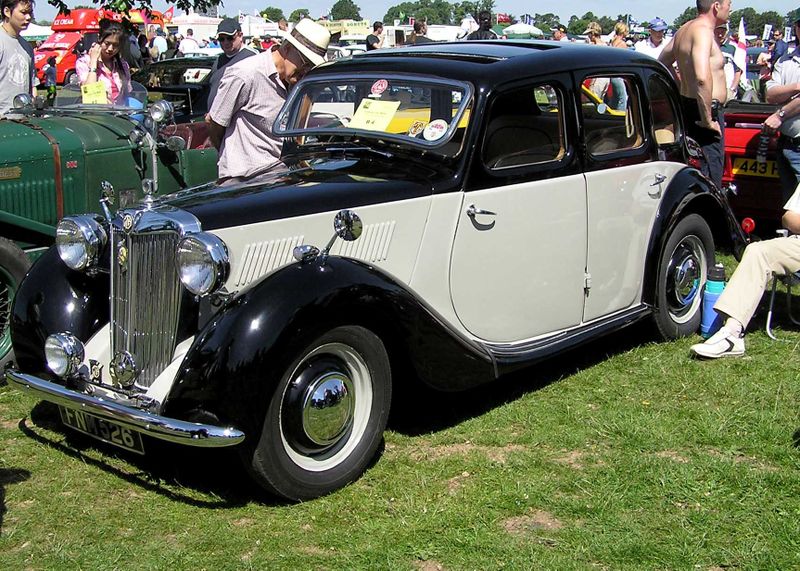
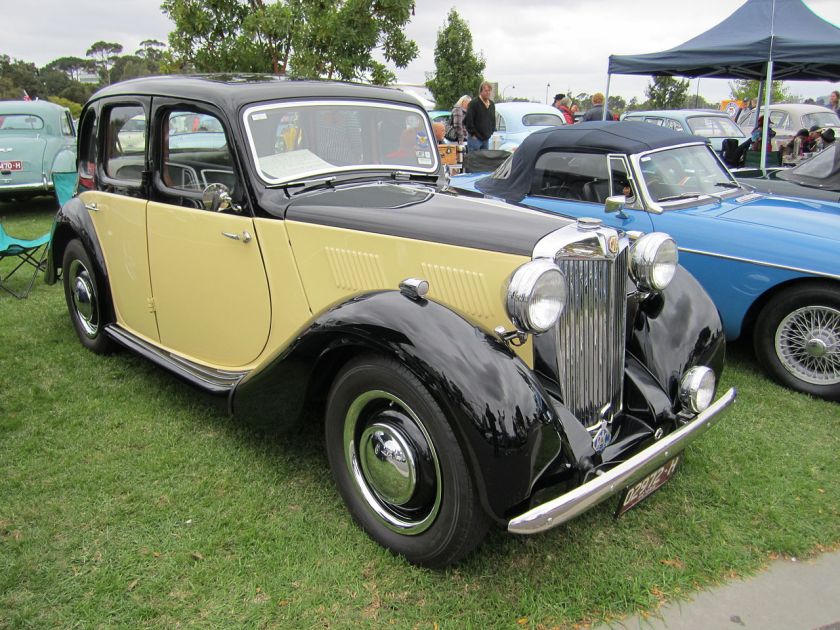
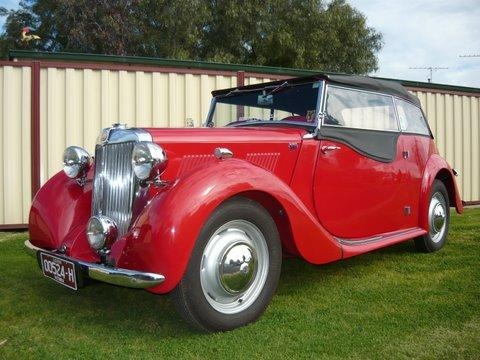
 1947–1953: MG Y-type
1947–1953: MG Y-type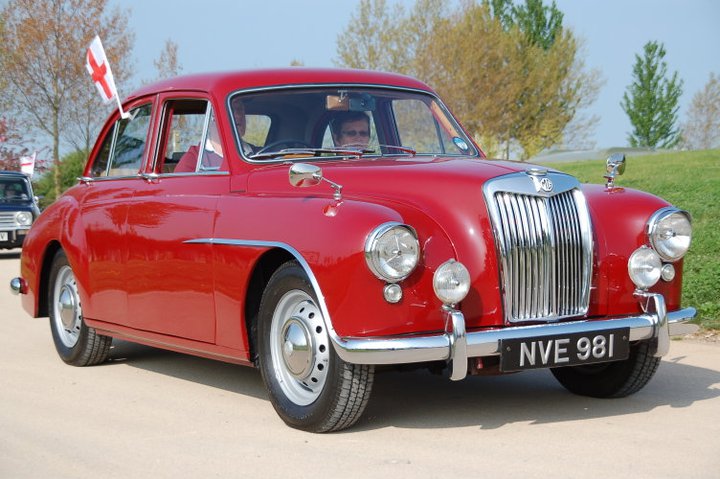
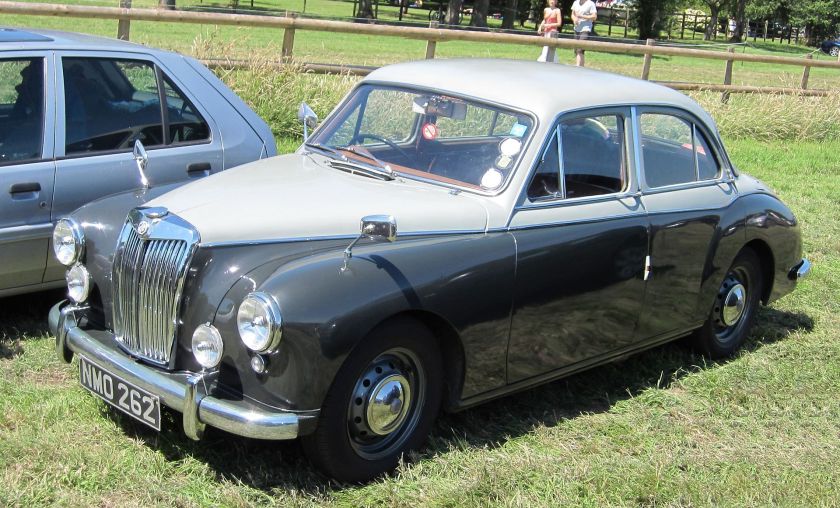
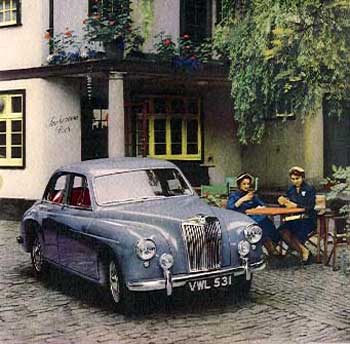
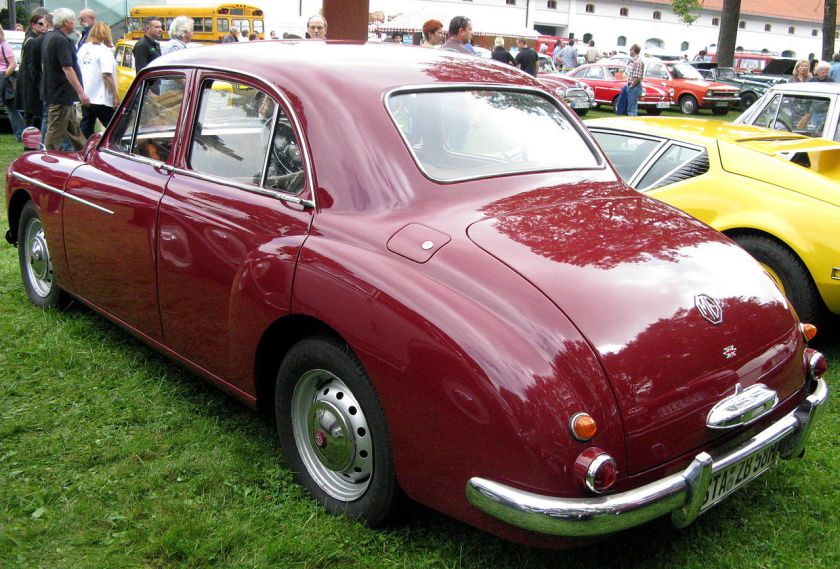
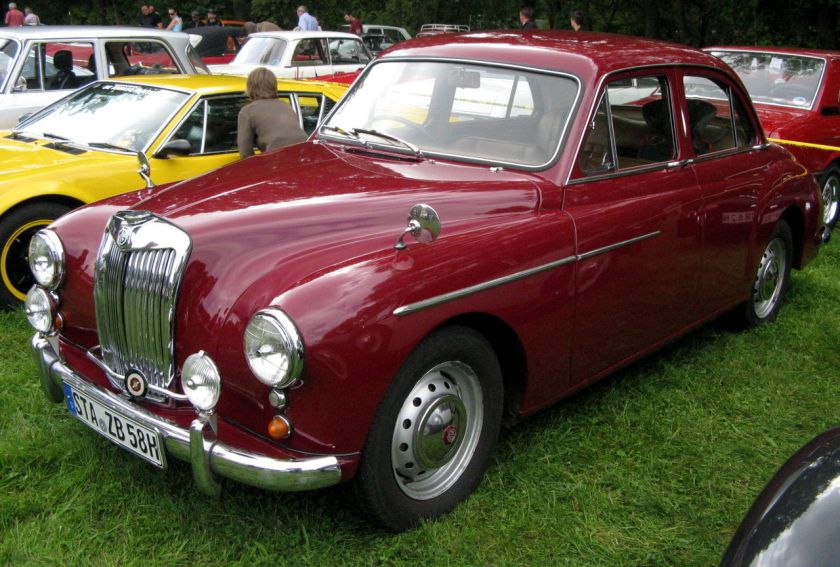
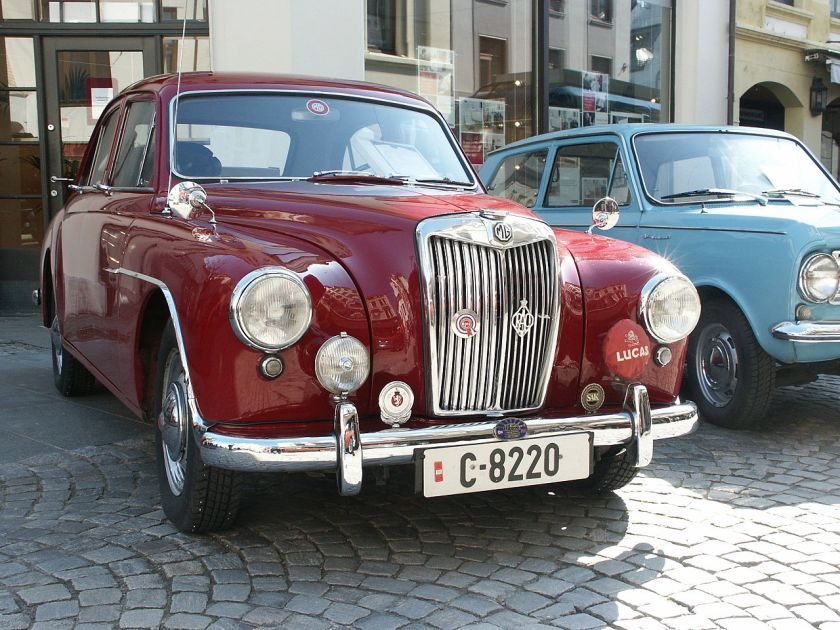 1953–1956: MG Magnette ZA + 1956–1958: MG Magnette ZB
1953–1956: MG Magnette ZA + 1956–1958: MG Magnette ZB
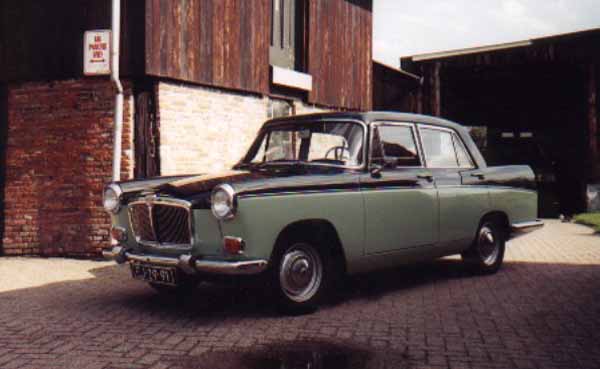
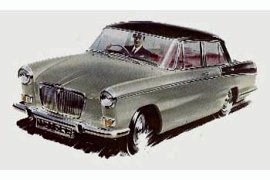
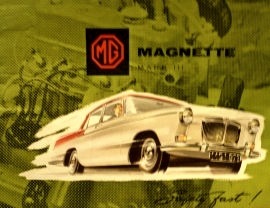 1959–1961: MG Magnette Mk. III
1959–1961: MG Magnette Mk. III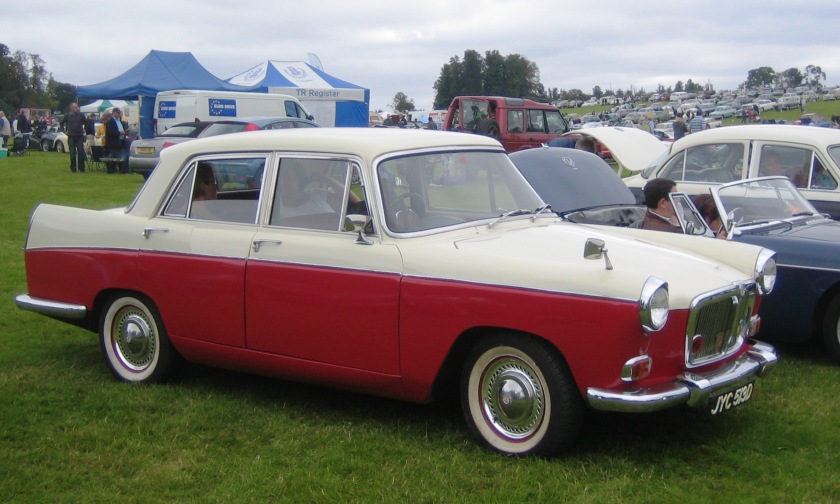 1961–1968: MG Magnette Mk. IV
1961–1968: MG Magnette Mk. IV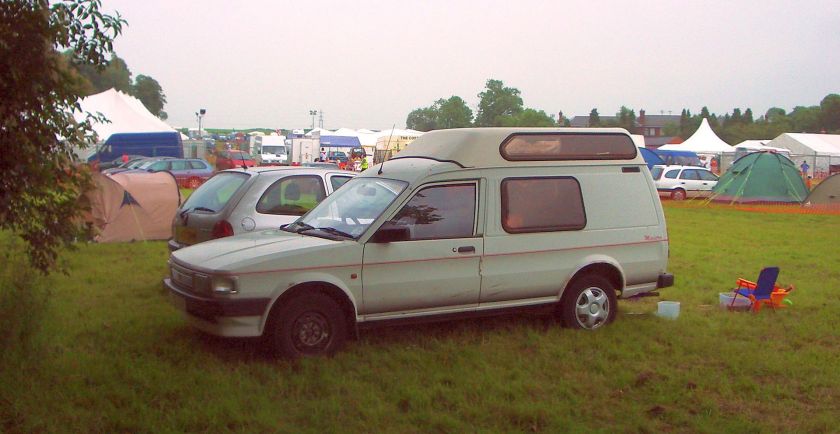
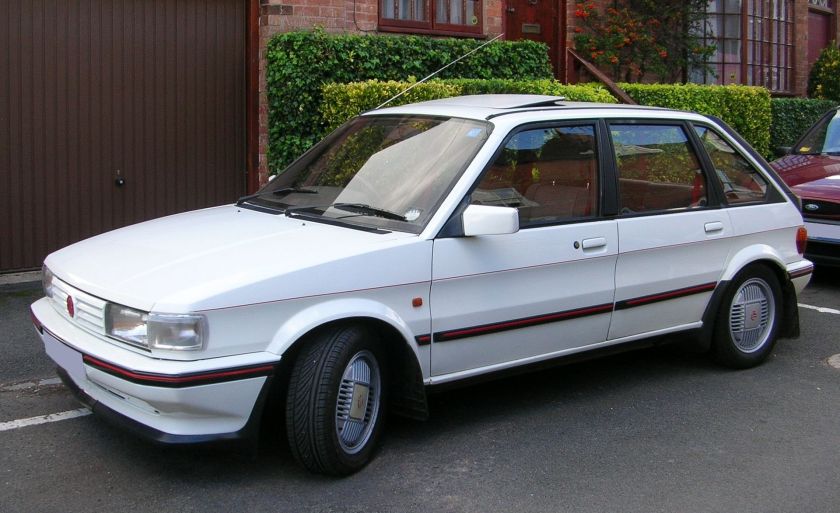

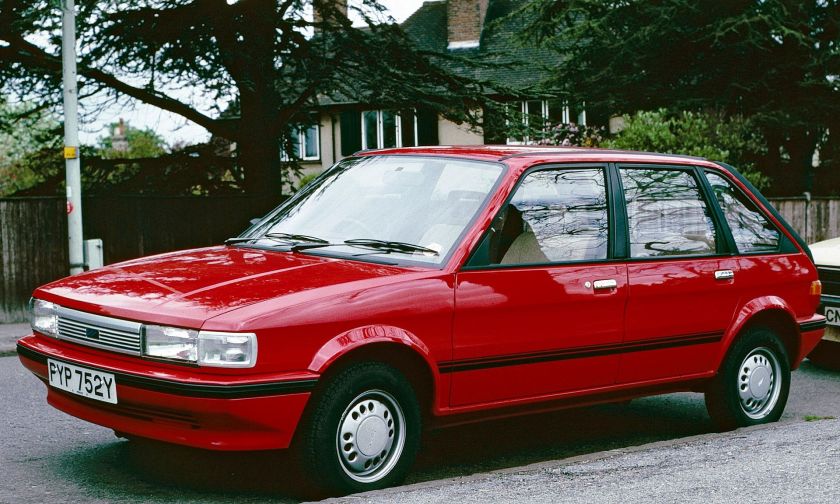
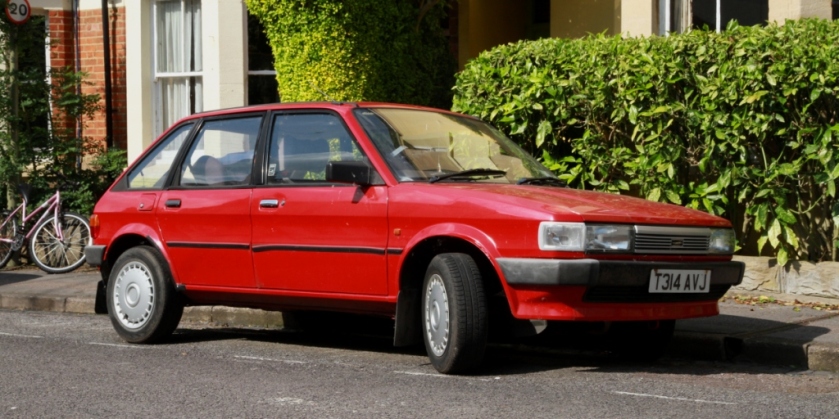
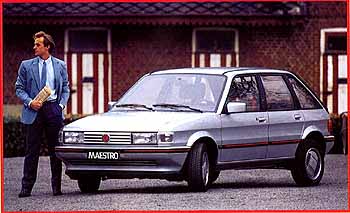
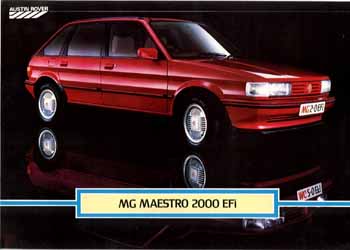 1983–1991: MG Maestro
1983–1991: MG Maestro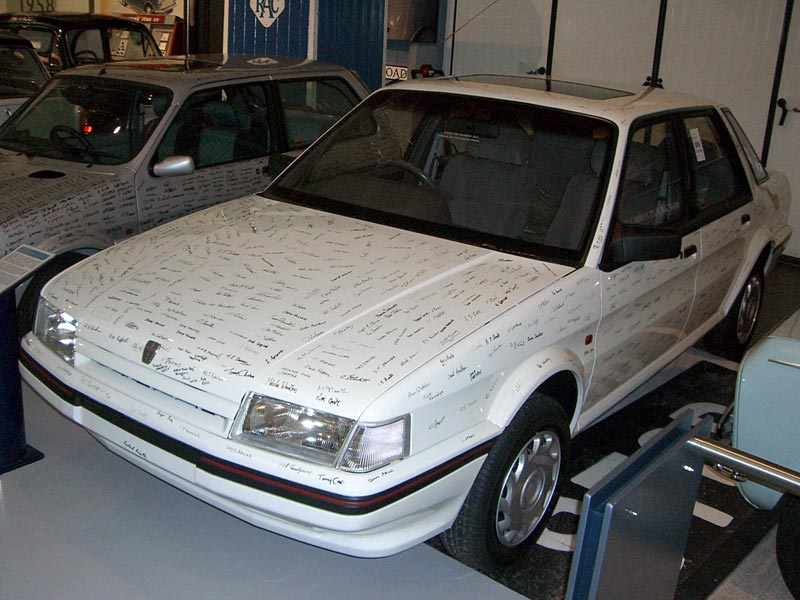
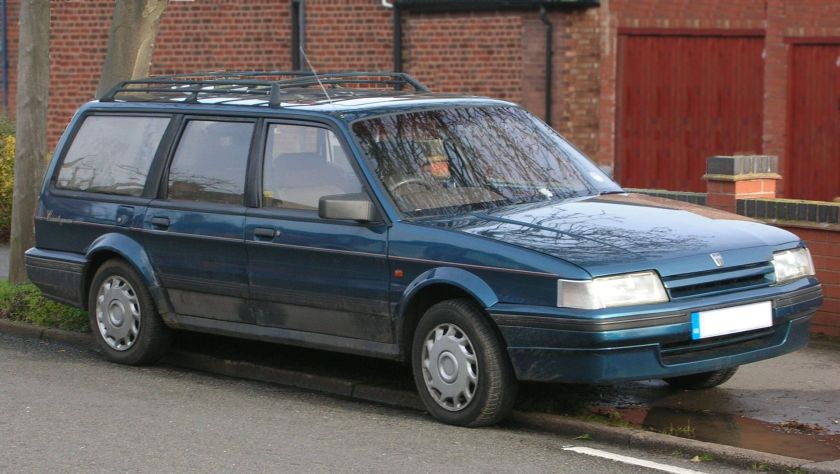
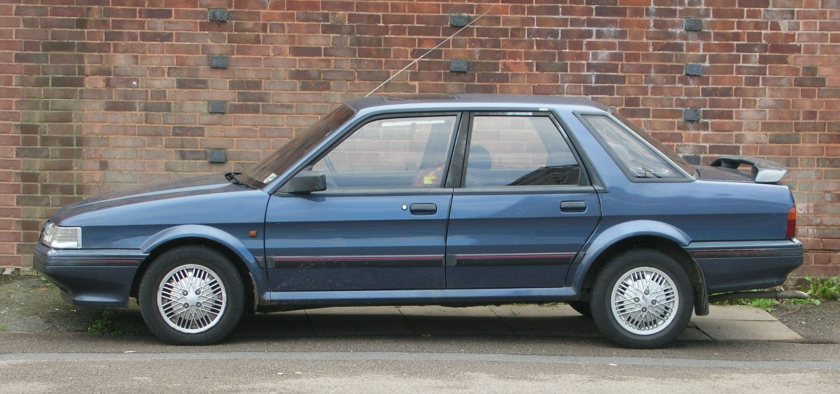
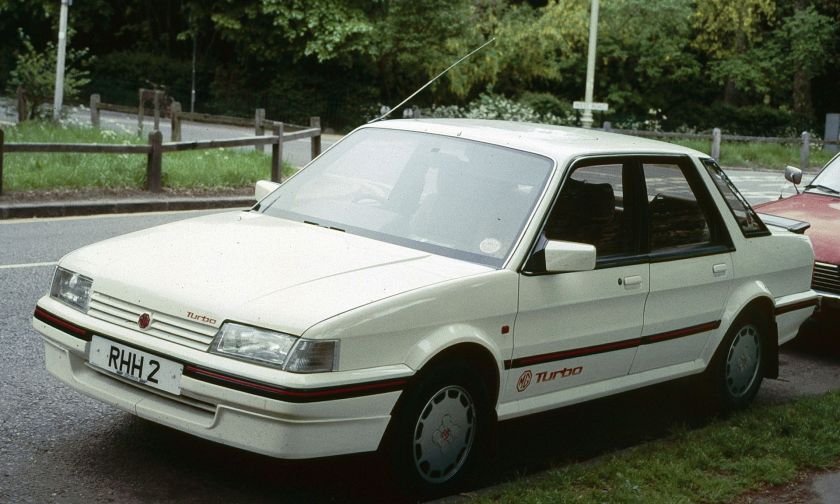
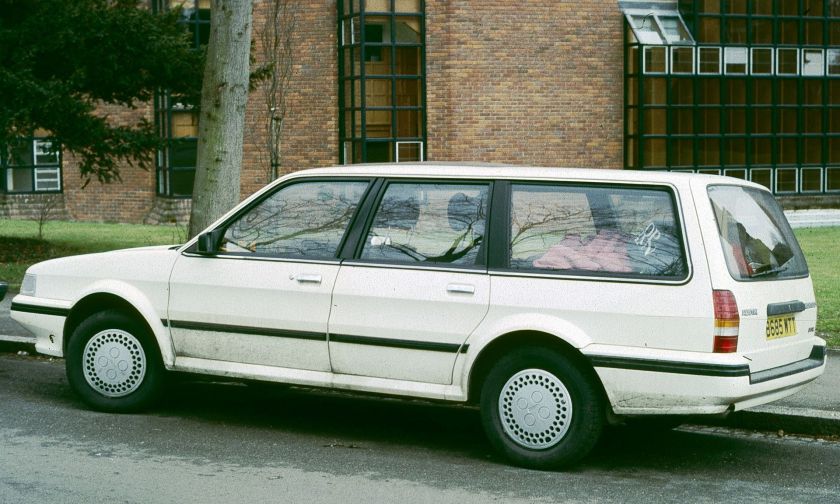
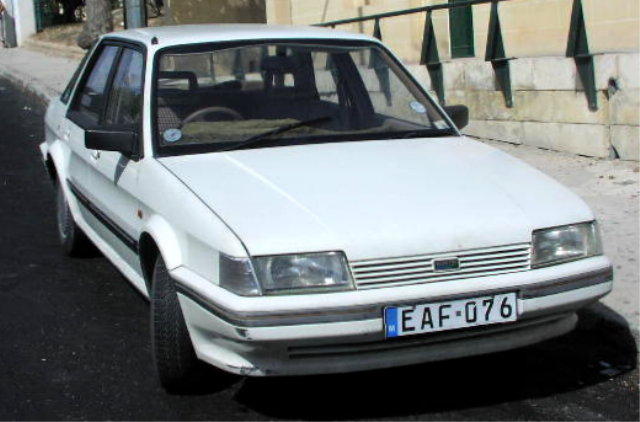
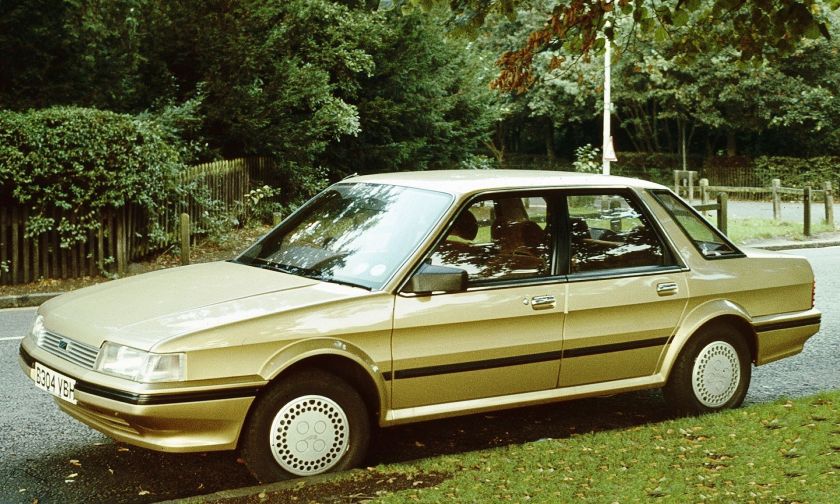
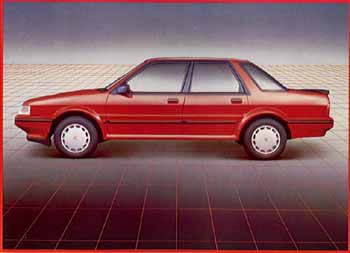
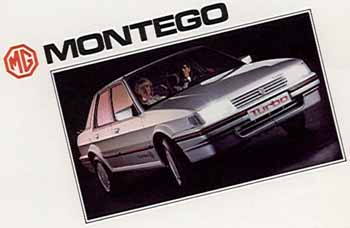 1985–1991: MG Montego
1985–1991: MG Montego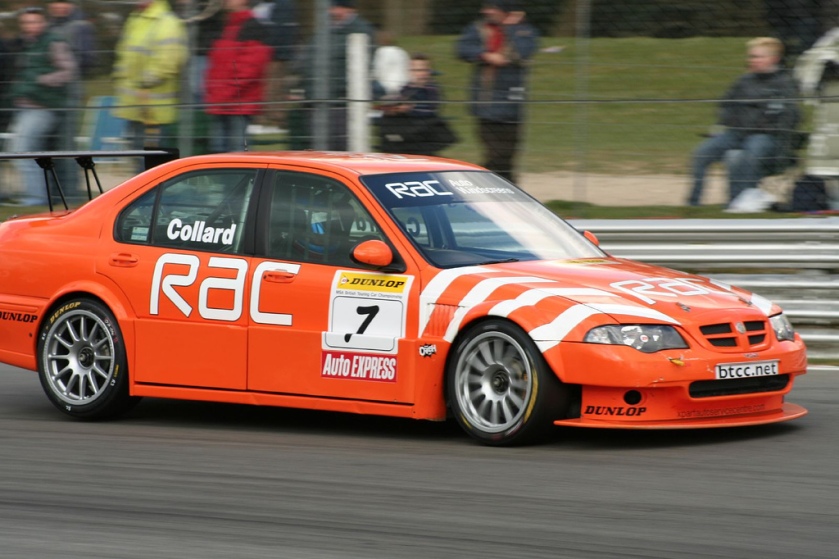
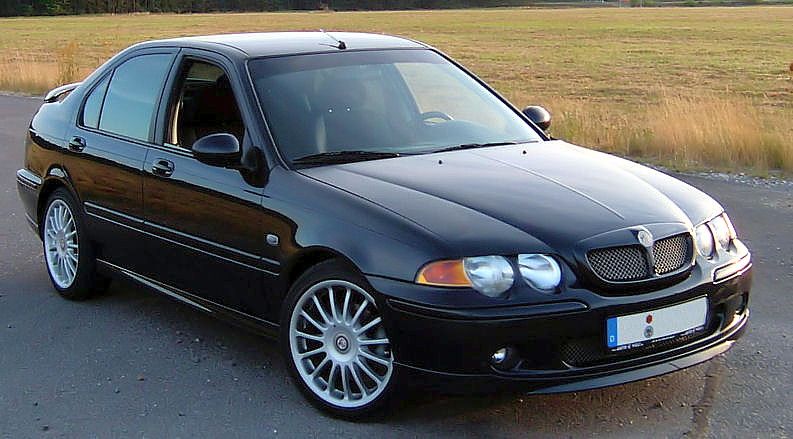
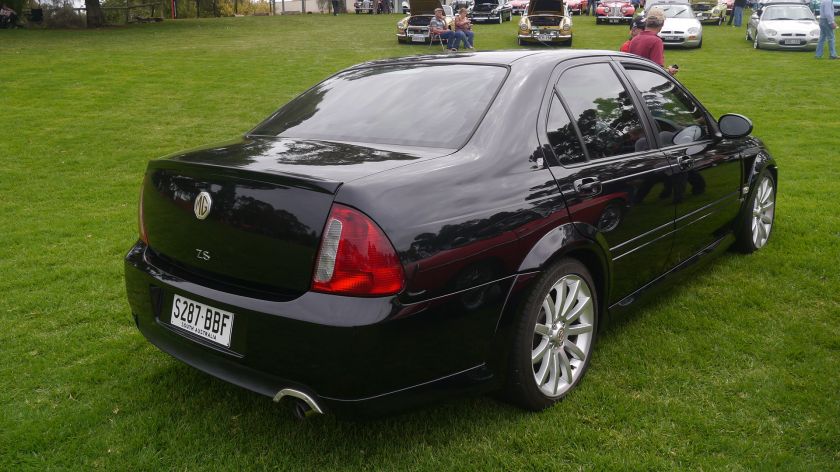
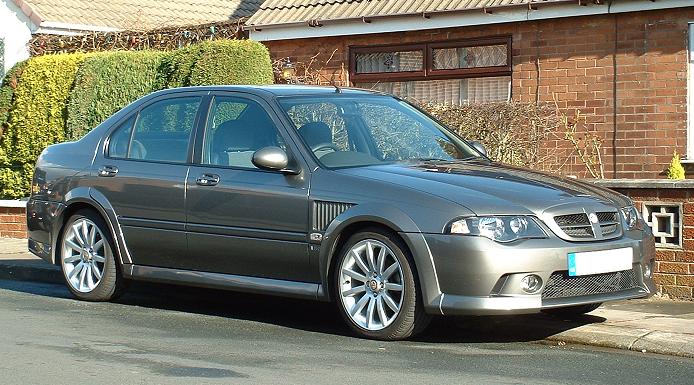
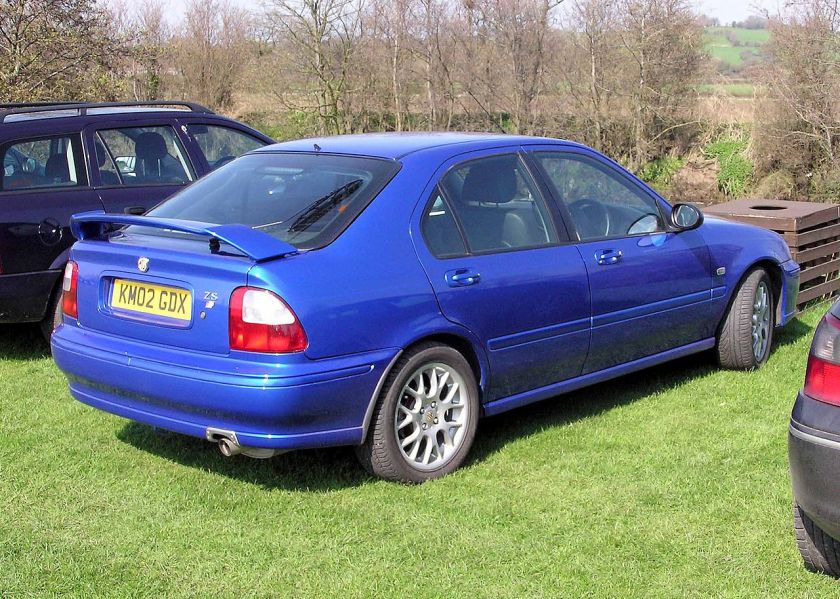
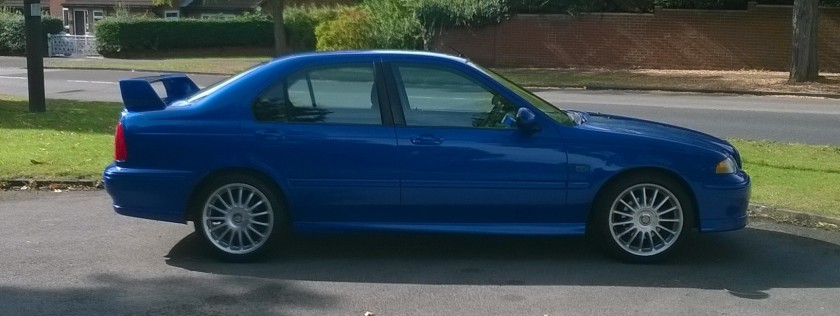
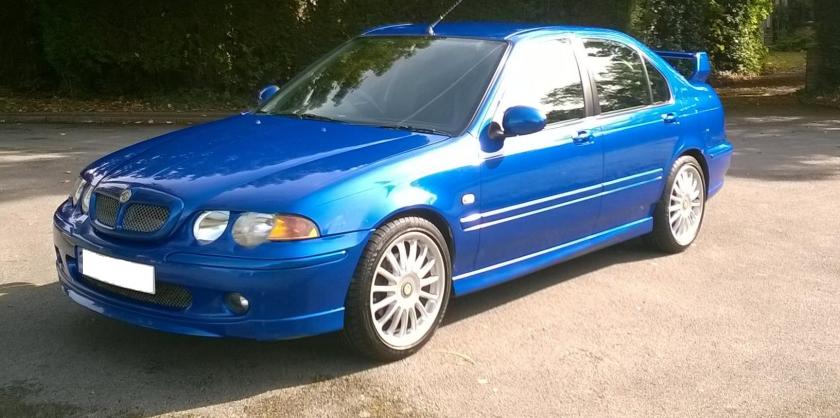
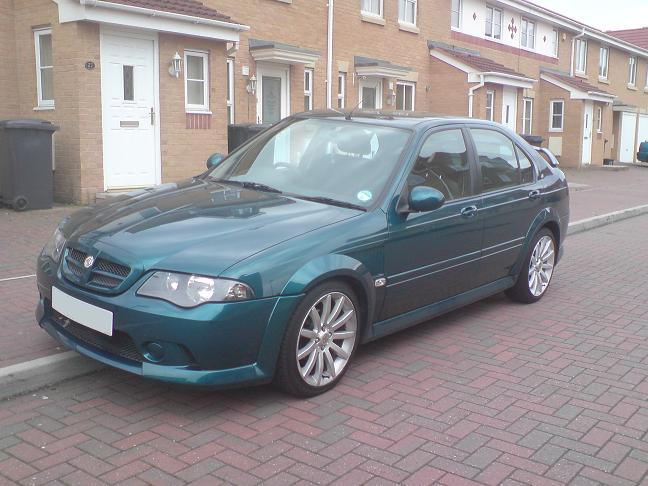 2001–2005: MG ZS
2001–2005: MG ZS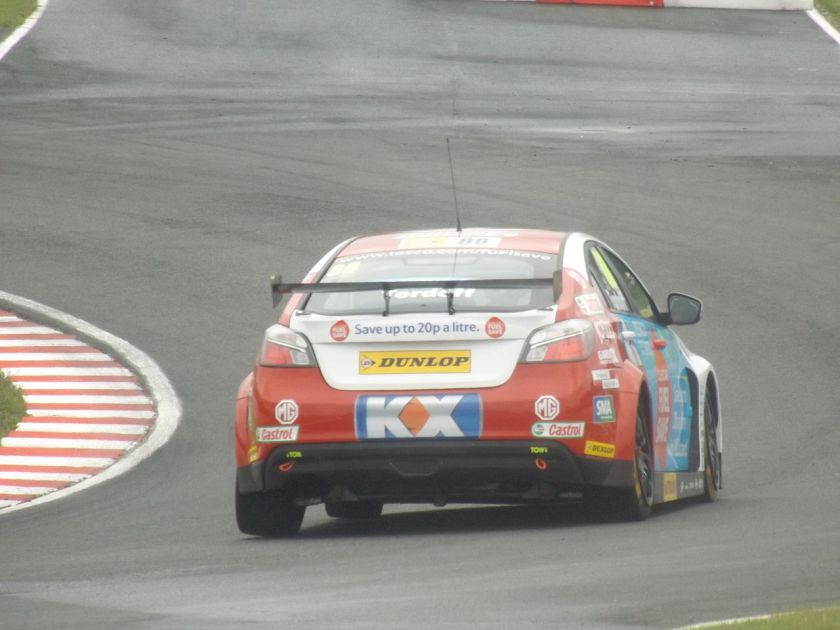
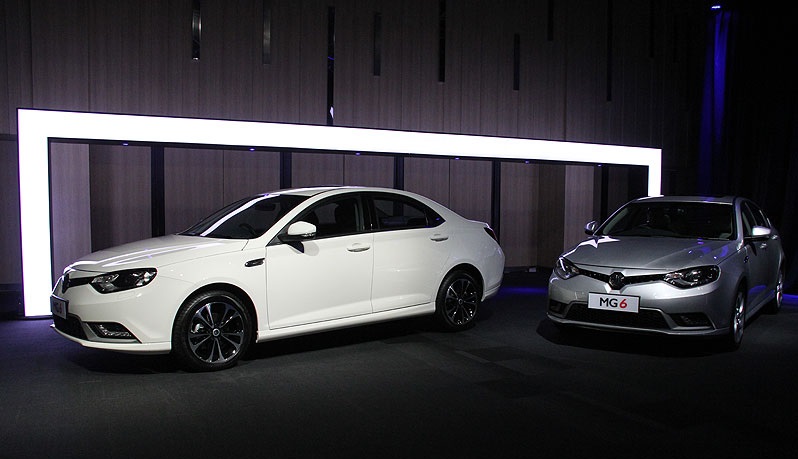
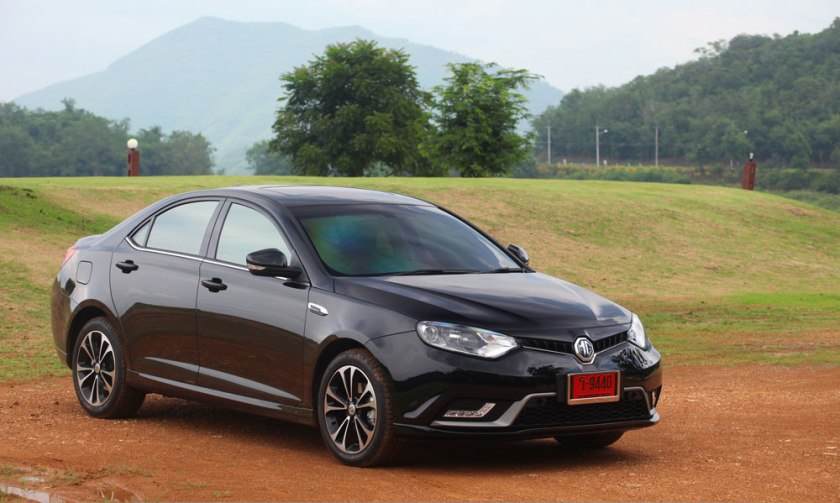
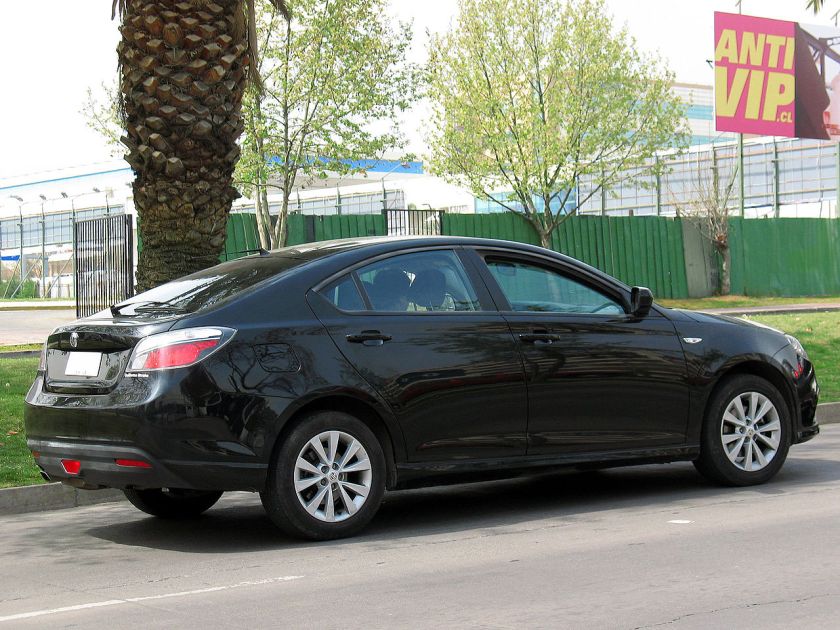
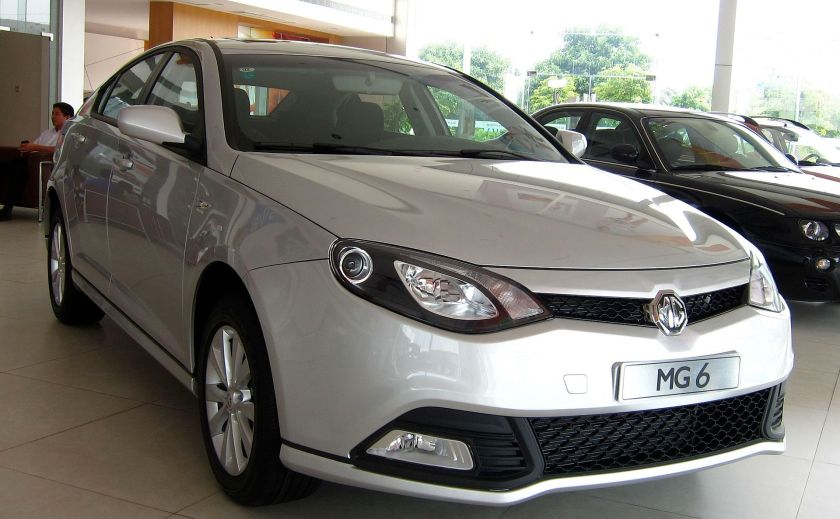
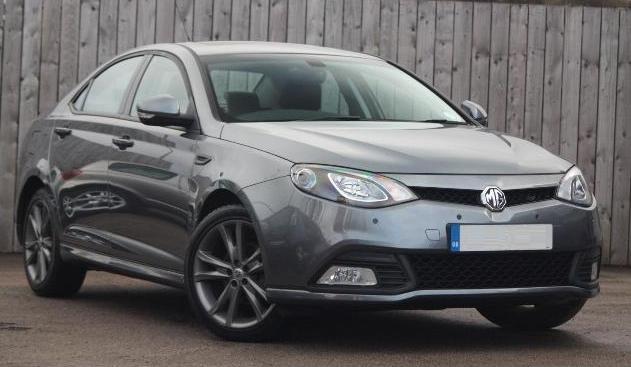 2011–Present: MG 6
2011–Present: MG 6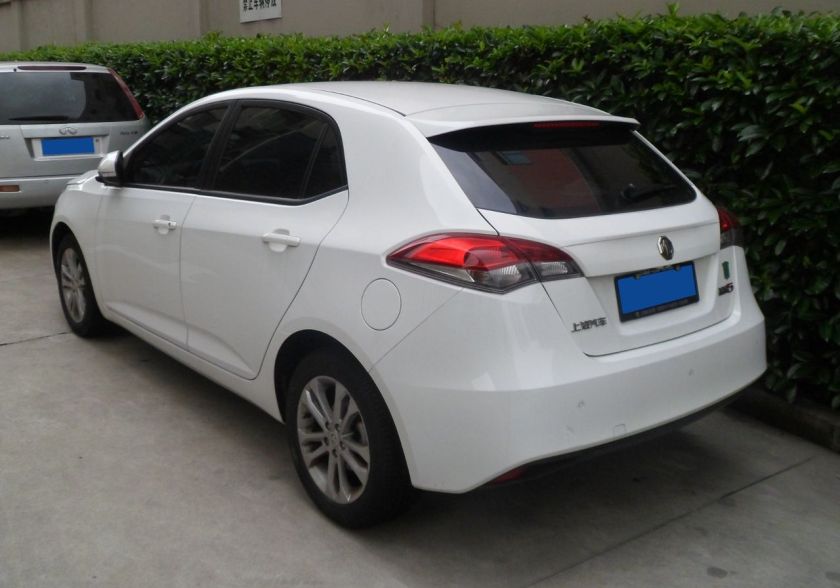
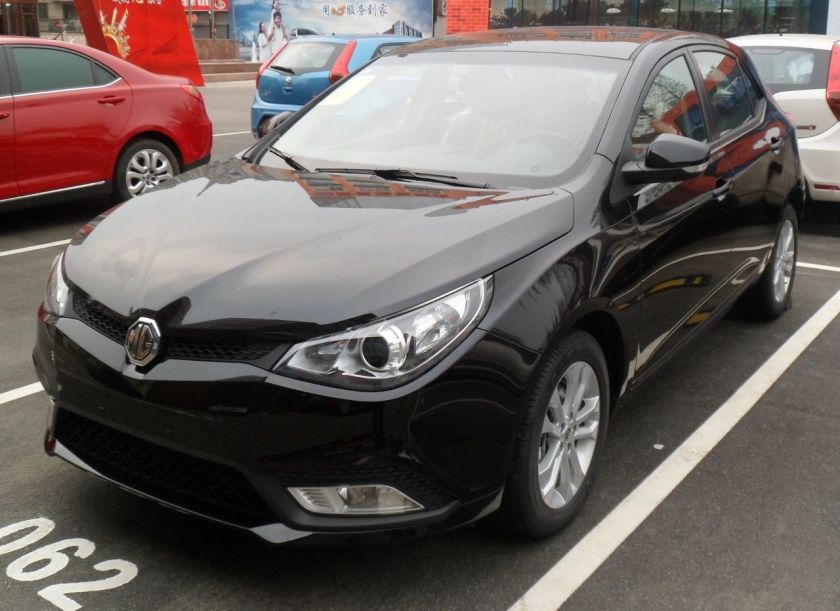 2012–Present: MG 5
2012–Present: MG 5
Full-size cars (Large saloons)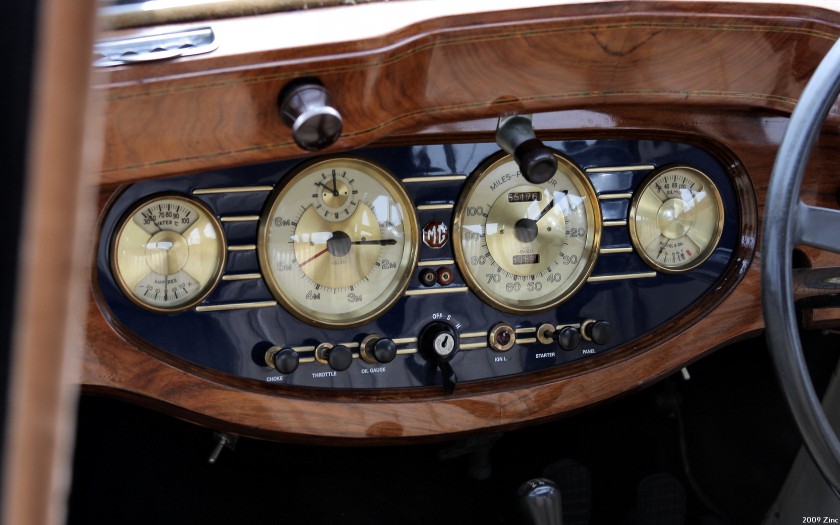
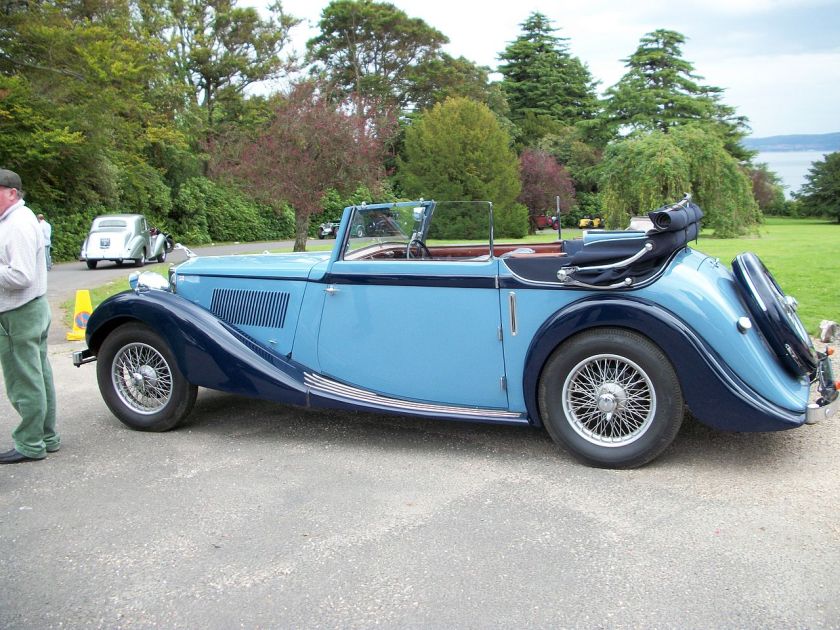
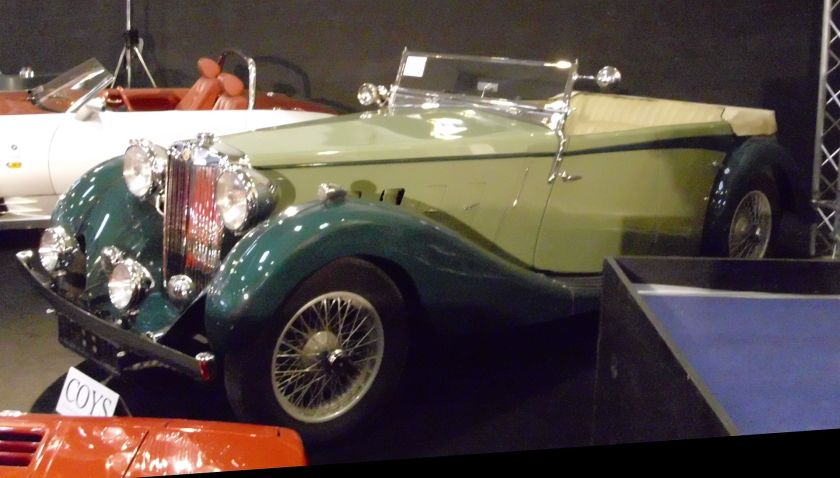
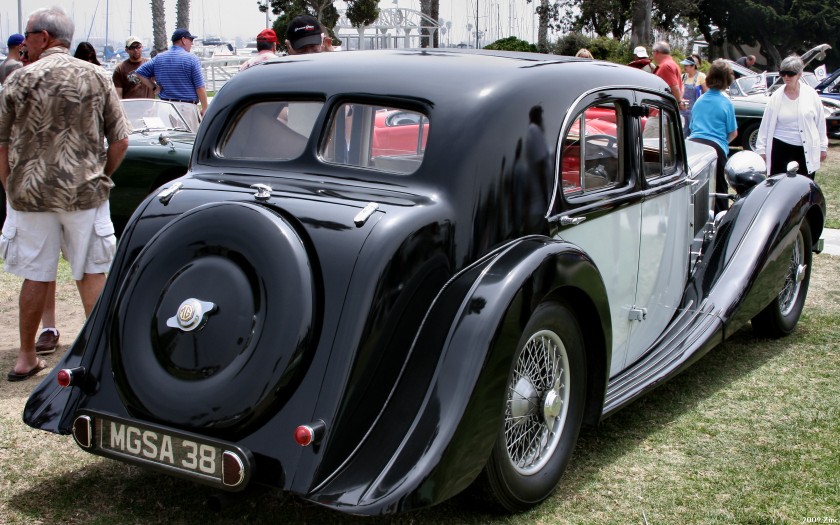
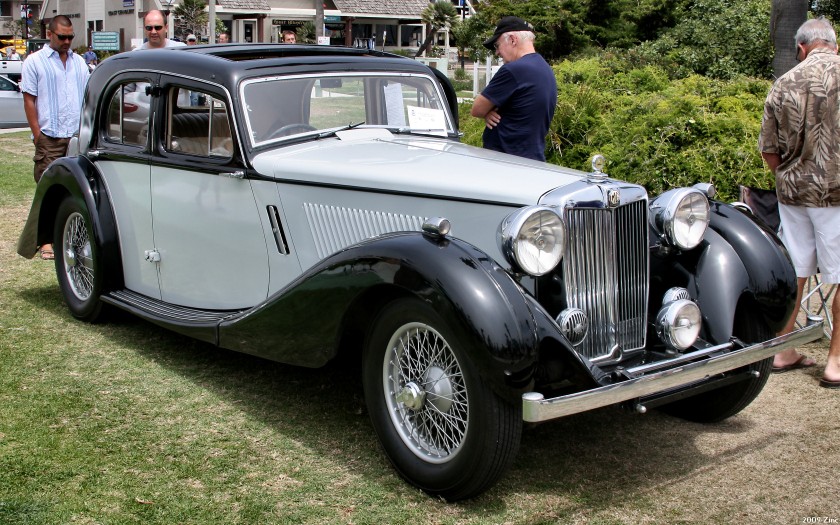
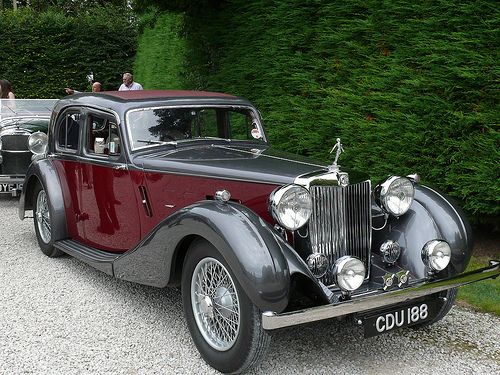
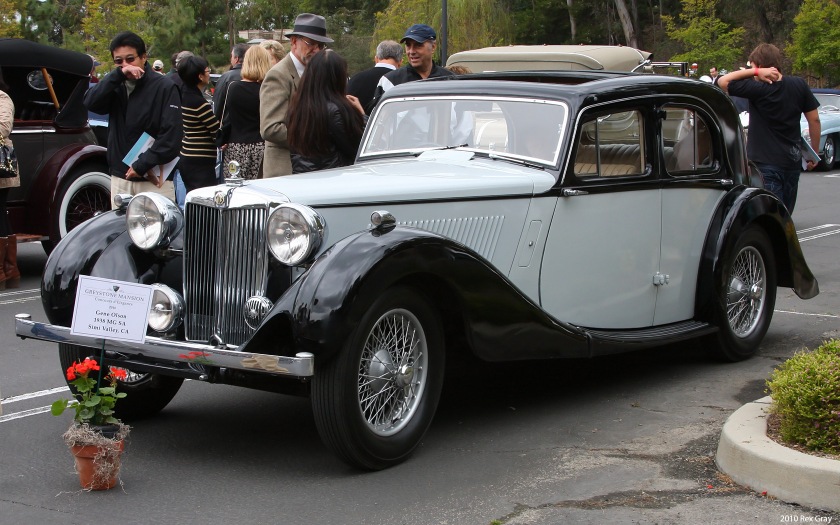 1936–1939: MG SA
1936–1939: MG SA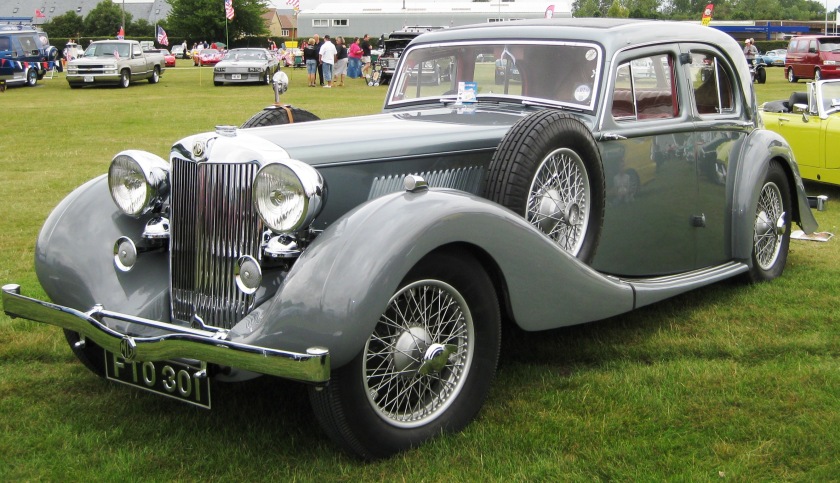
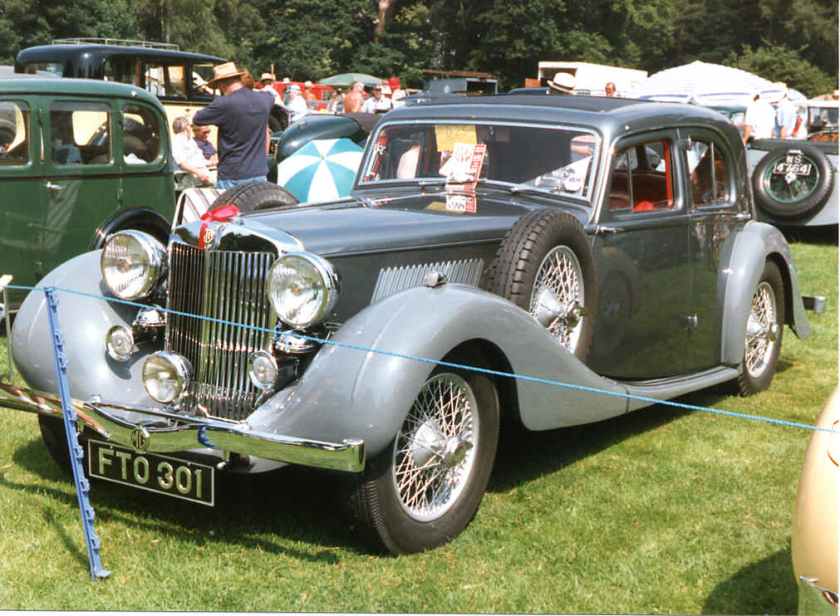
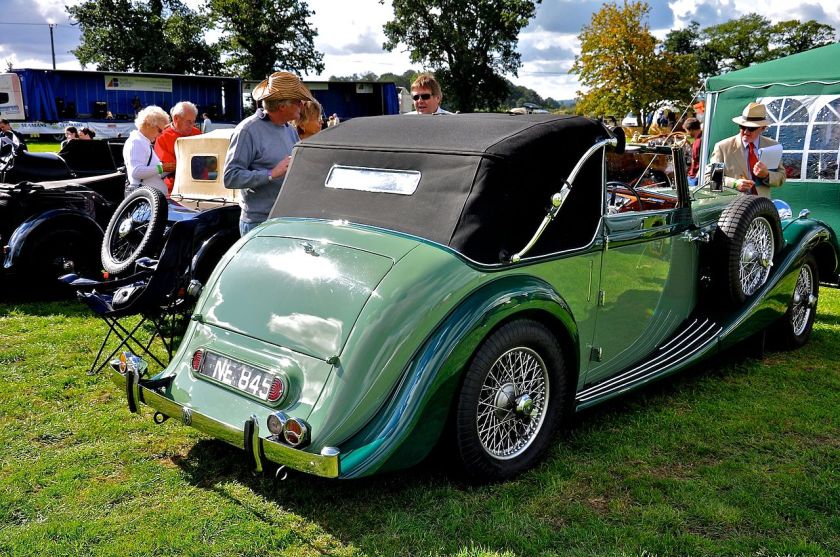
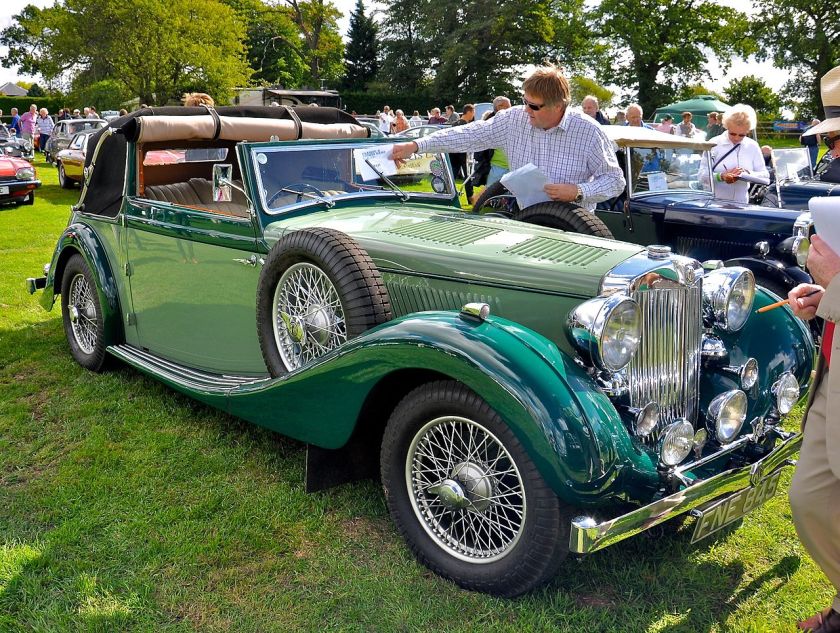
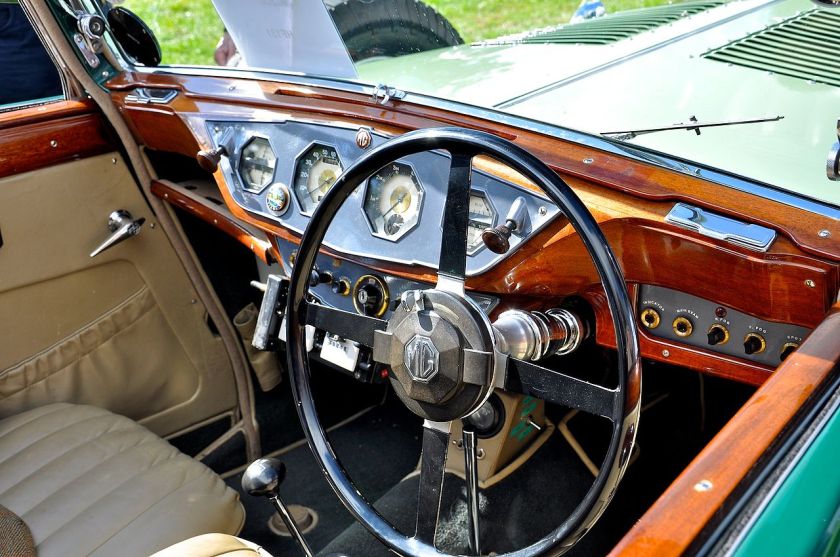 1938–1939: MG WA
1938–1939: MG WA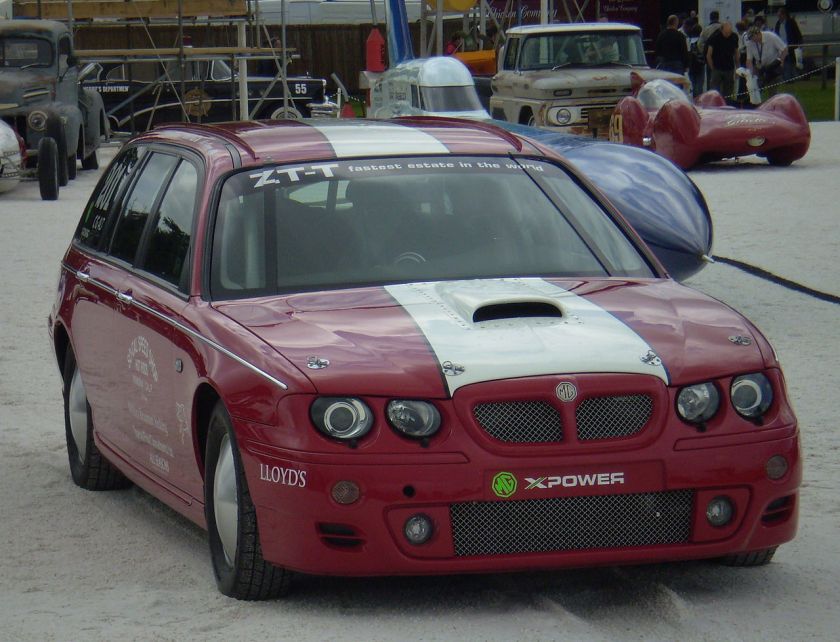
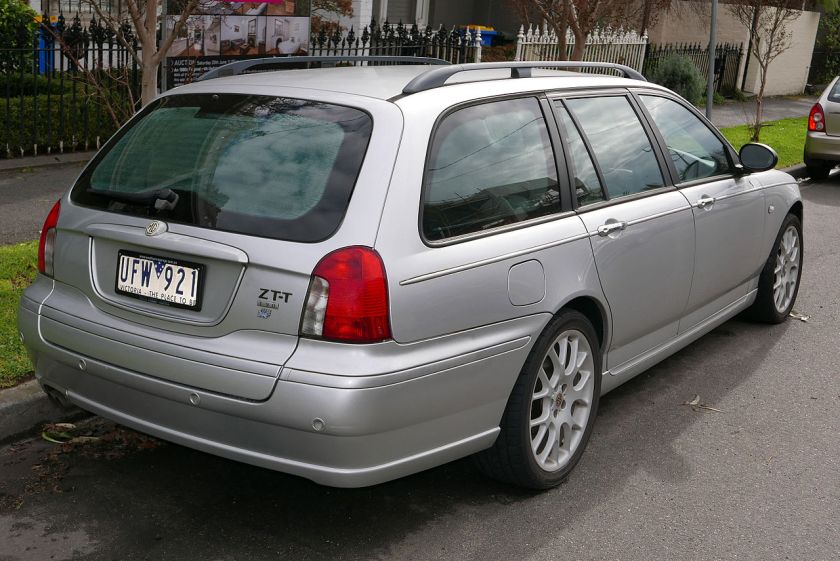
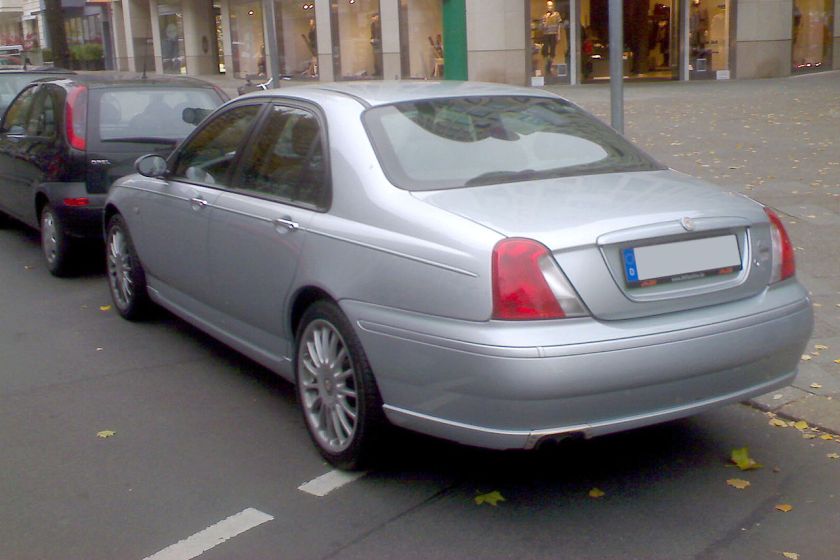
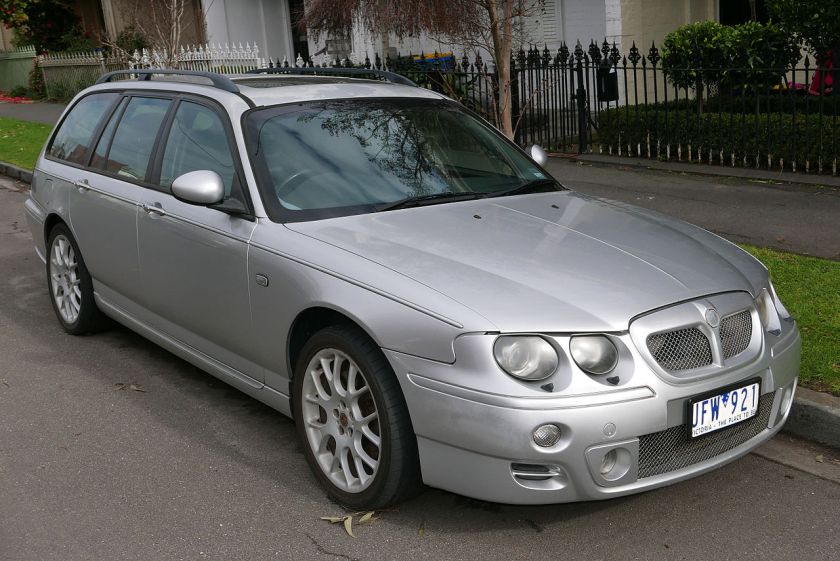 2001–2005: MG ZT
2001–2005: MG ZT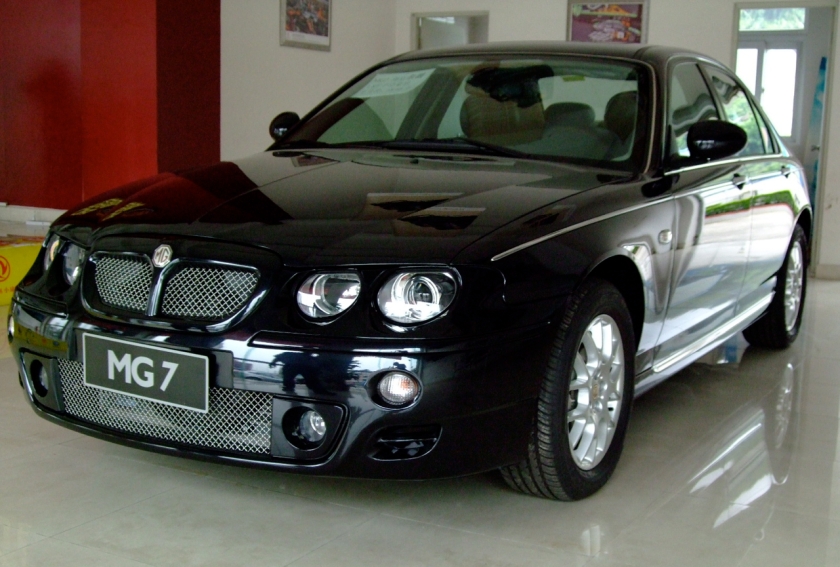 2007–2013: MG 7
2007–2013: MG 7
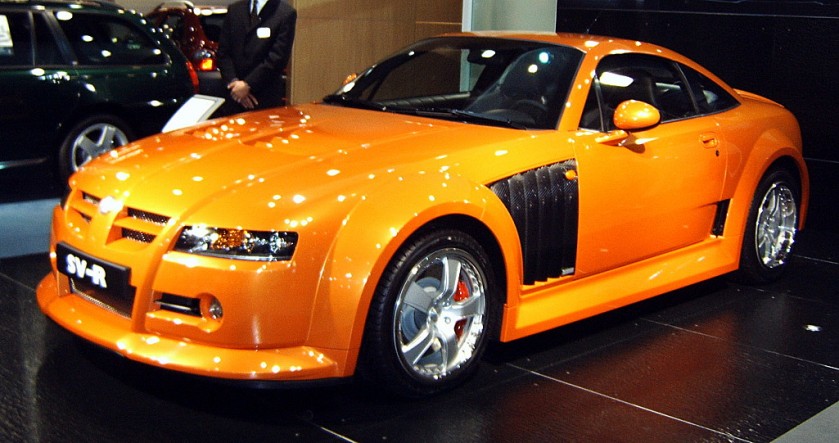
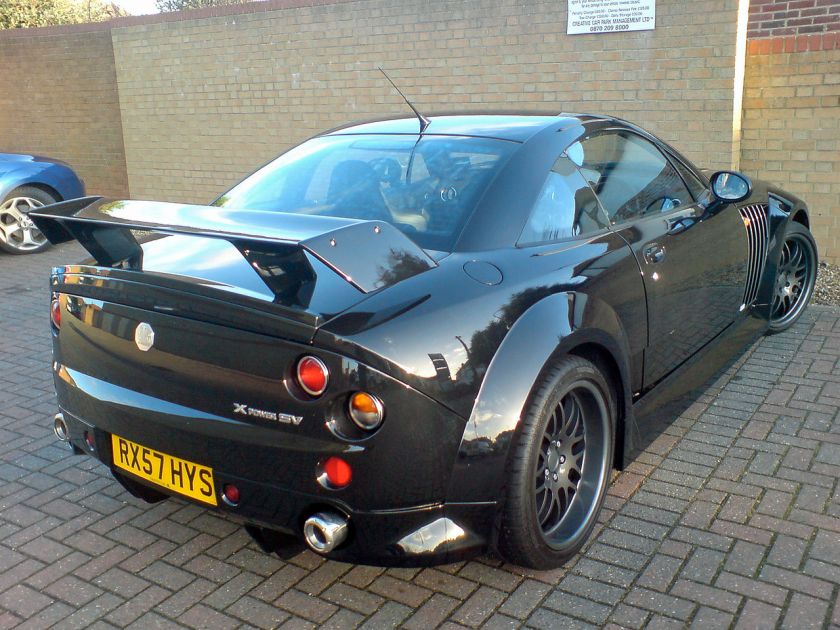 2002–2005: MG XPower SV
2002–2005: MG XPower SV
Racing cars
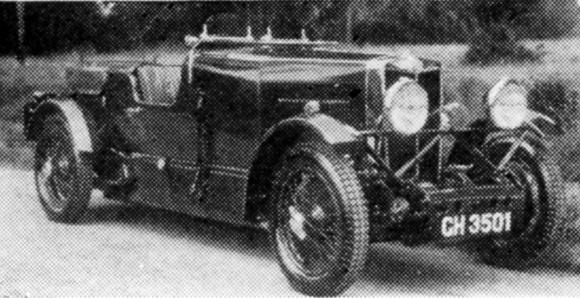
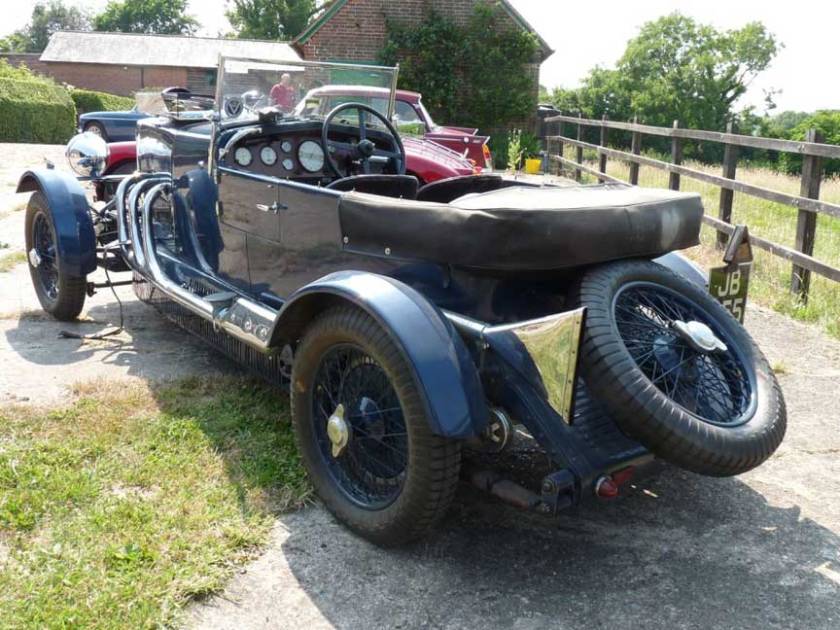
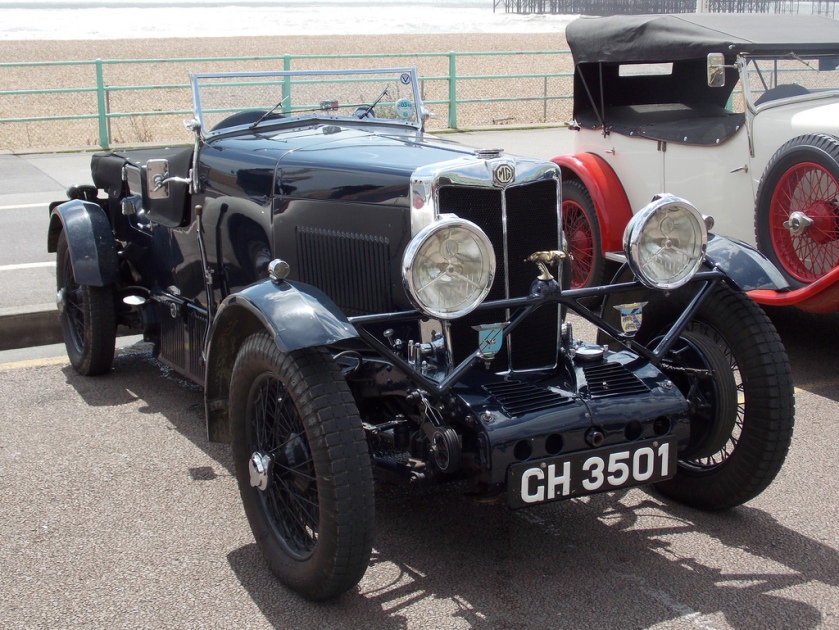
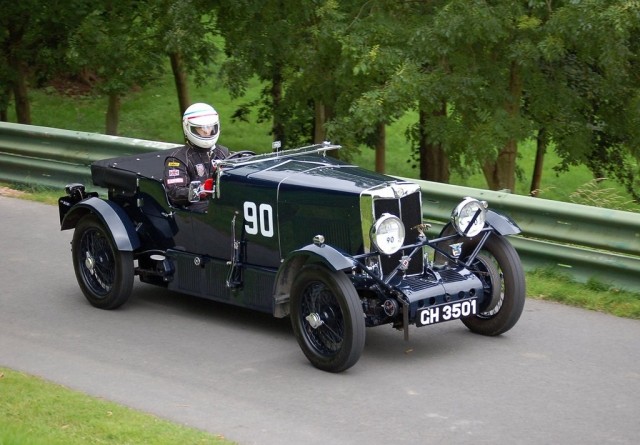
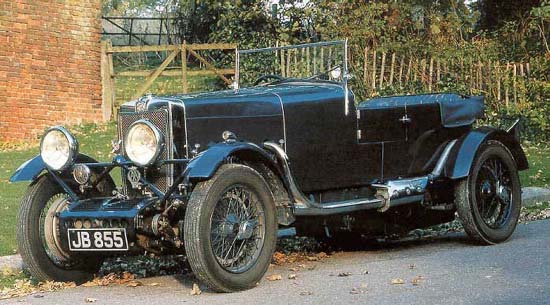
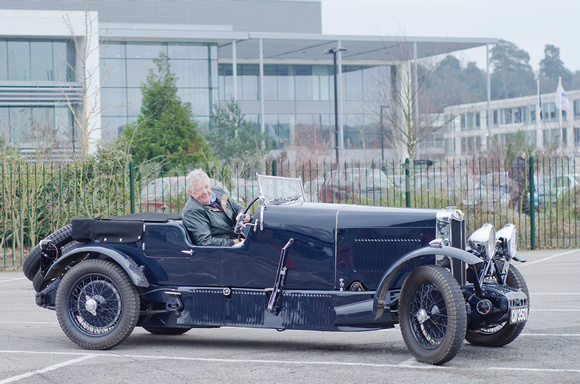
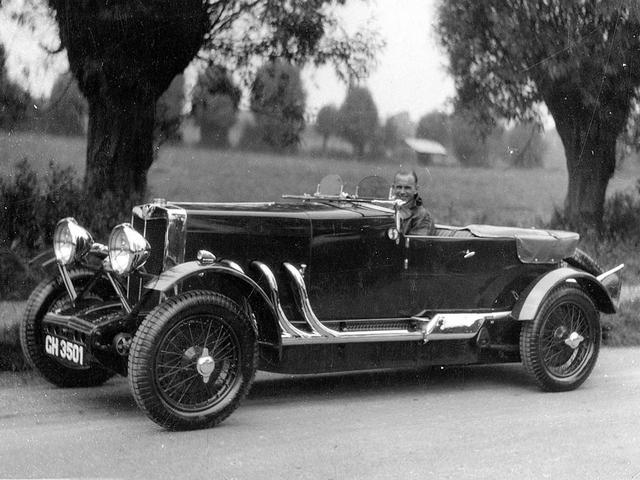 1930–1931: MG 18/100 “Tigress”
1930–1931: MG 18/100 “Tigress”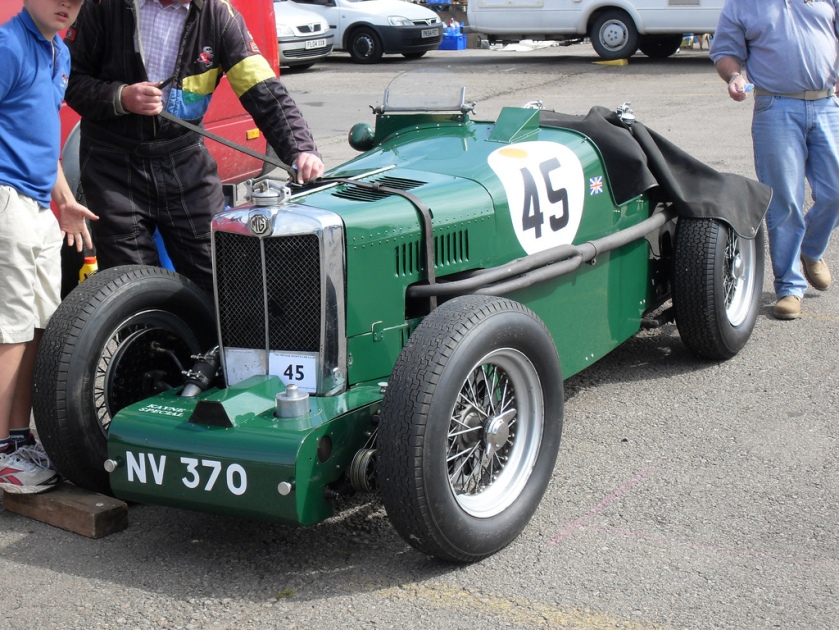 1934: MG Q-type
1934: MG Q-type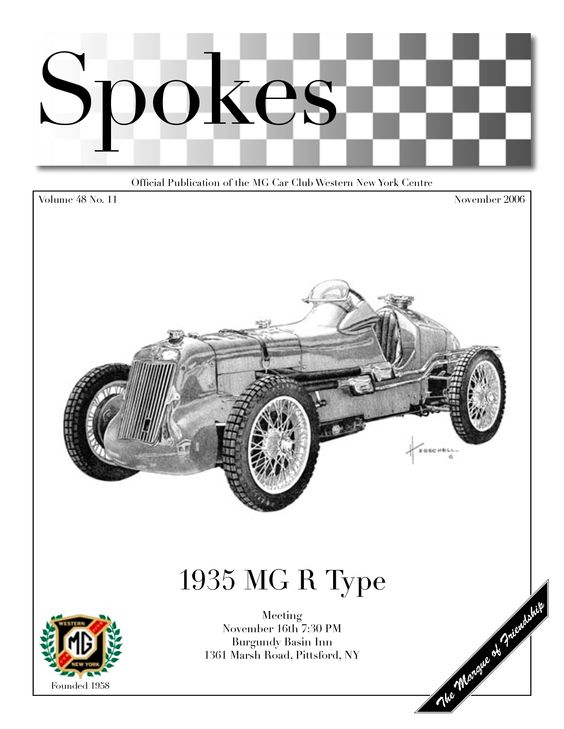
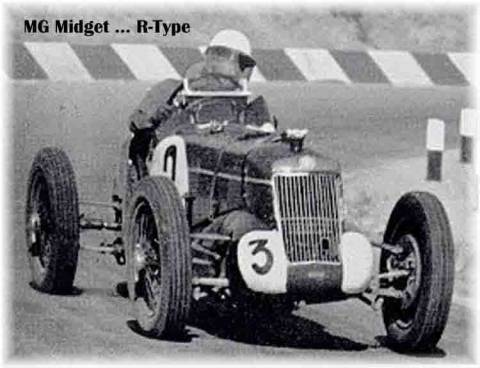
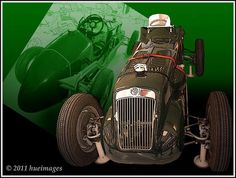
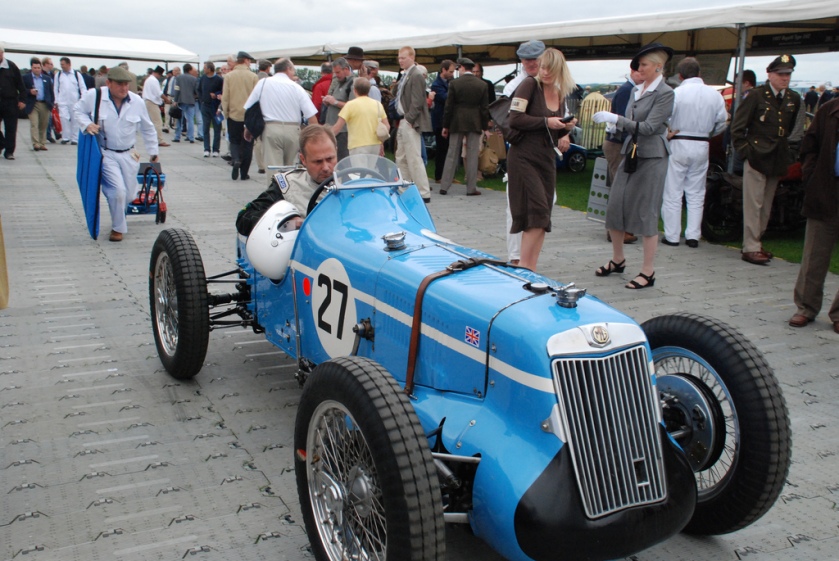
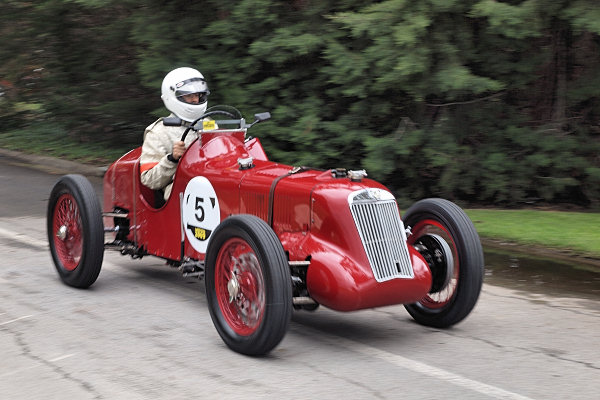
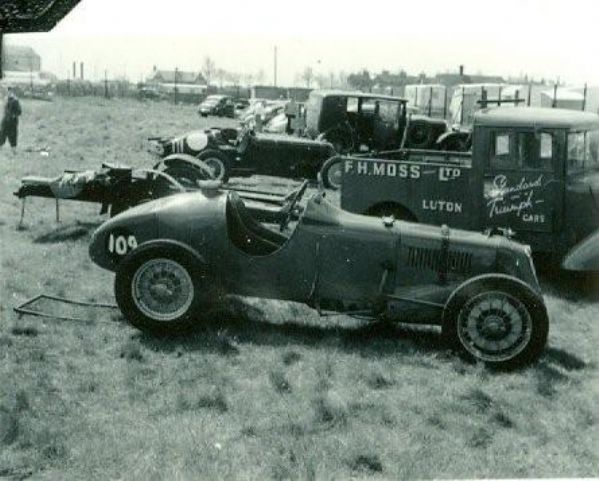
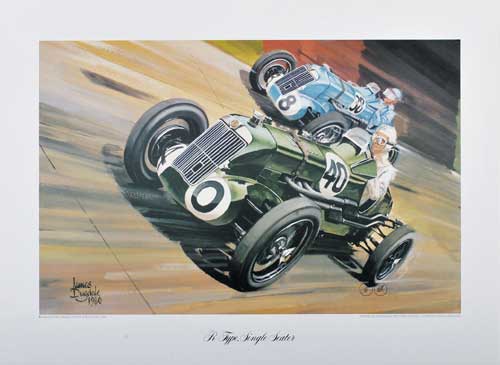
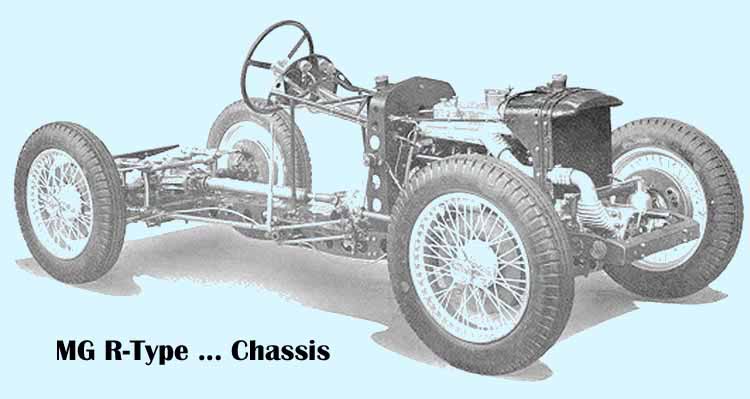 1935: MG R-type
1935: MG R-type
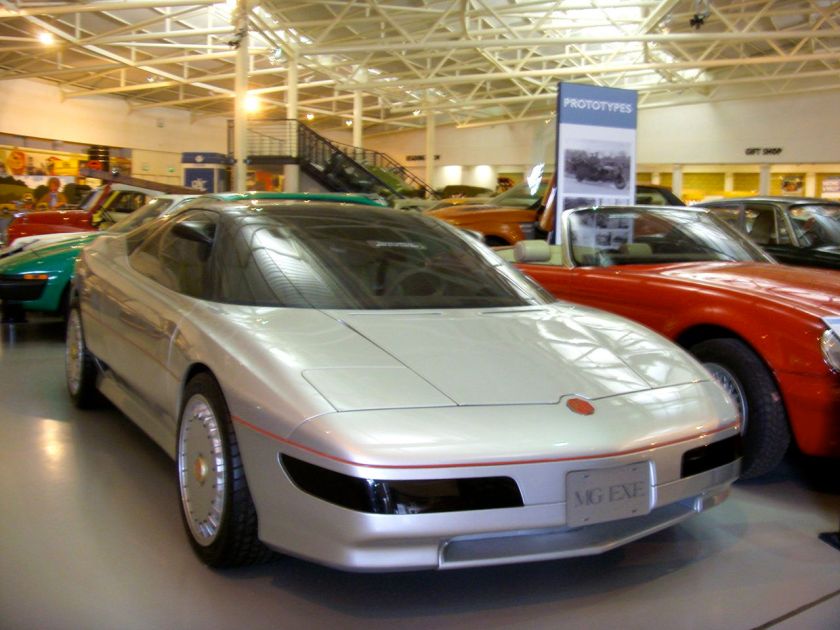
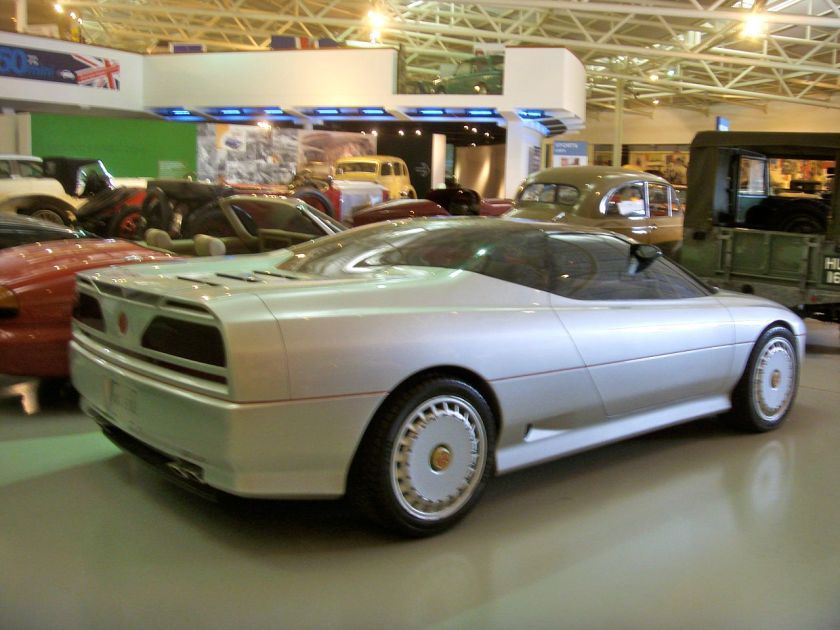 1985: MG EX-E
1985: MG EX-E
Vans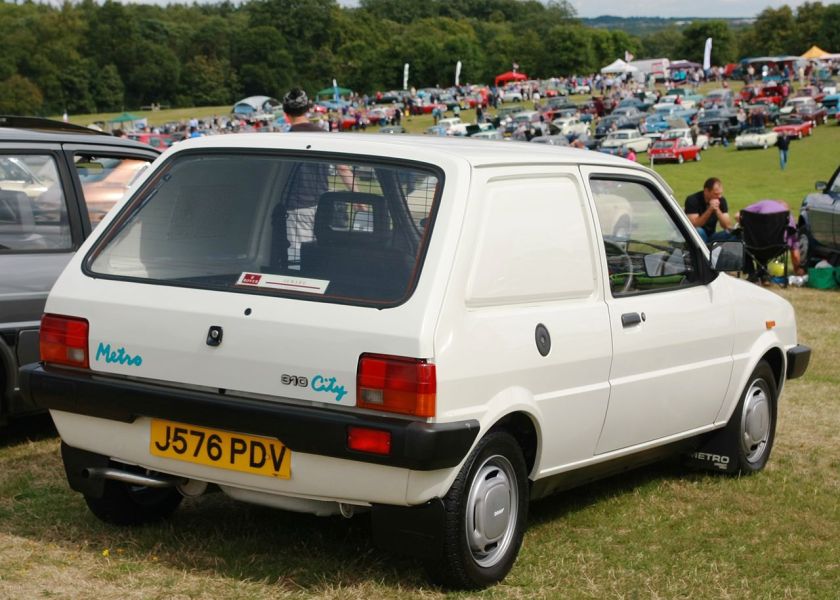 1980s: MG Metro van
1980s: MG Metro van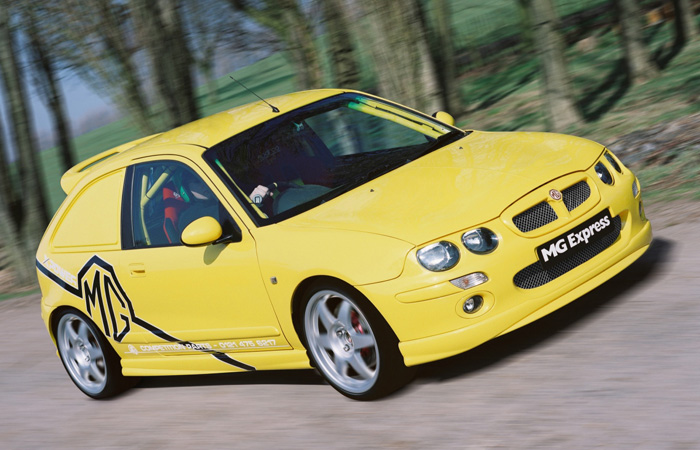
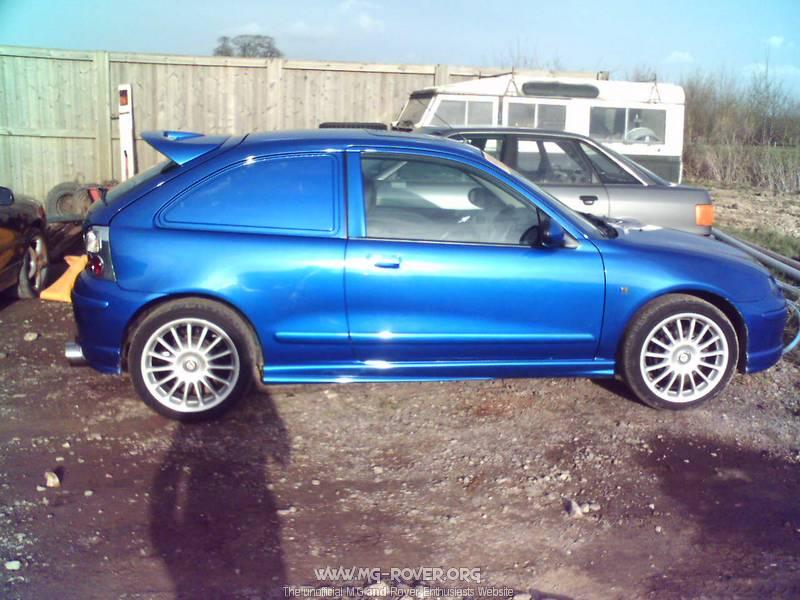 2003–2005: MG Express
2003–2005: MG Express
The TC Midget was … announced in 1945, and its successor, the TD of 1950, though at first received with horror by enthusiasts on account of its specification, which actually included independent front suspension and even bumpers, is now … revered and sought after…. The last of the traditionally-styled MGs, the TF, came in 1953 and was built in both 1 1⁄4– and 1 1⁄2– litre form.
 |
|
| Subsidiary | |
| Industry | Automotive |
| Founded | 2006 |
| Headquarters | Longbridge, Birmingham,United Kingdom |
|
Key people
|
William Wang (Managing Director) |
| Products | Automobiles |
| Brands | MG (Introduced 1923) |
| £15.7 million (2012) | |
| -£4 million (2012) | |
| Owner | SAIC Motor |
|
Number of employees
|
Approx 540 |
| Parent | SAIC Motor UK |
| Website | mg.co.uk |
MG Motor UK Limited (MG Motor) is a Chinese car manufacturing company headquartered in Birmingham, United Kingdom, and a subsidiary of SAIC Motor UK, which in turn is owned by the Shanghai-based SAIC Motor. It designs, develops, assembles and markets cars sold under the MG marque. The marque returned to competitive motorsport in 2012, and won the 2014 British Touring Car Manufacturers Championship.
Following the collapse of MG Rover in 2005, the Chinese automaker Nanjing Automobile acquired the Longbridge plant and the MG marque for GB£53 million (US$97 million). Nanjing Automobile formally established NAC MG UK Limited as a holding company for the plant and marque on 12 April 2006. In March 2007, Nanjing Automobile unveiled the first MG vehicles manufactured in China, the MG TF, MG 3 and MG 7.
Assembly of cars restarted at Longbridge in August 2007, with production of the MG TF LE500.
In 2007, Nanjing Automobile was acquired by SAIC Motor, and in early 2009 NAC MG UK Limited was renamed MG Motor UK Limited.
The first all-new model from MG for 16 years, the MG6, was officially launched on 26 June 2011 during a visit to MG Motor’s Longbridge plant by Chinese premier Wen Jiabao. This car was imported briefly into the UK, but it was not a sales success and was withdrawn from sale in 2016.
By March 2012, SAIC had invested a total of £450 million in MG Motor. Sales in the UK totalled 782 vehicles in 2012.
The MG3 went on sale in the United Kingdom in September 2013.
MG Motor was voted third place for the ‘Best Manufacturer’ category in the Auto Express 2014 Driver Power survey. 2014 also saw MG celebrated its 90th birthday. MG enjoyed further celebrations with a record-breaking year that saw the company lead UK car industry growth in 2014. The brand’s sales rose by 361% during 2014 part thanks to the introduction of the MG3 to the product range, with a total of 2,326 cars sold in the UK.
MG Motor operates the historic Longbridge plant. Currently the majority of MG vehicles sold in Europe are principally manufactured in China before being shipped to Longbridge as semi-knock-down kits for final assembly. There is also a major research and development facility at the Longbridge site which employs around 500 people.
MG announced in 2015 that it will open a GB£30million flagship dealership in the heart of London’s Piccadilly. MG Piccadilly opened in July 2015. Its location is 47-48 Piccadilly, London(opposite Fortnum & Mason).
Currently the majority of MG vehicles are principally manufactured in China. For the UK market, vehicles are shipped to Longbridge for final assembly. Since the merger of NAC with SAIC, some MG models have Roewe-badged equivalents.
The MG GS is MG’s first production SUV launched in 2015, with sales in the UK commencing June 2016. The MG GS starts at £14995, with a 1.5 liter turbo petrol engine delivering 166 PS and 250NM Torque. The top of the range model also comes with the option of a 7 speed automatic transmission.
The MG 6 hatchback was announced in April 2009. It is based on the Roewe 550.
The MG6 went on sale in Europe in May 2011. The model is assembled at Longbridge using complete knock-down kits produced in China.
The MG6 GT received mixed reviews, although the initial one engine choice (1.8 litre petrol) received some criticism. A 1.9 diesel engine was added in December 2012. It has also had mixed reviews from some in the media as regards the quality of the lower dash plastics though reviewers say the drive and handling make up for it.
A saloon version of the MG6, the MG6 Magnette, went on sale in July 2011 after making its debut in June 2011.
The MG6 won the What Car? 2012 Security Award. In the Auto Express Driver Power survey in 2014 it won the ‘Best Handling Award’ and came 6th overall in the ‘Best Car to Own’ category. In 2016 the MG6 won 3 awards: Auto Express Driver Power Best Family Car Bronze Winner, Auto Express Driver Power Road Handling Silver Winner and The Caravan Club Tow Car of the year class winner under £17500.
The MG6 Facelift was launched in 2015, with an updated look, improved interior design including EPB. Enhancements were also made including a 75 kg (165 lb) reduction in weight to assist in reducing the emissions and improving fuel economy.
The MG6 was withdrawn from sale in the UK in 2016.
The MG 5 was originally unveiled at the 2011 Shanghai Auto Show as a concept model. It is a FordFocus sized hatchback using the same base as the Roewe 350. It was released for sale in China in 2012 but has never been exported to the UK.
In 2010, MG unveiled the all new MG 3, which was shown in concept car form as the MG Zero. The car was initially launched in China with a choice of 1.3L or 1.5L petrol engines, and underwent a facelift in 2013, with sales in the UK following in September 2013.
During 2014 MG Motor UK was the fastest growing brand in Britain as shown by official figures issued by the Society of Motor Manufacturers and Traders. Currently MG has the fastest growing network of dealers in the UK.
The MG3 was voted the 10th ‘Best Car To Own’ in the Auto Express Driver Power survey 2015.
MG unveiled the MG Icon concept car at the Beijing Auto Show in 2012.
The MG CS is a SUV concept that was unveiled at the Shanghai Motor Show 2013. The CS previews MG’s first production SUV. The design team was led by MG’s Global Design Director, Anthony Williams-Kenny.
The MG EV concept car was unveiled in 2014 based on the Roewe E50 to celebrate the marque’s 90th anniversary. The EV has a claimed acceleration 0-50 kph – 5.3 seconds and 0–100 km/h – 14.6 seconds with a top speed – 130 km/h. The LFP battery generates 52 kW and working in conjunction with the regenerative braking system enables a range of over 100 km. The battery retains more than 80% capacity after 2,000 charging cycles, equivalent to approximately ten years of typical use. The battery takes six hours to fully charge on a standard charge (220–240V), while a fast charge (380–400V) takes just 30 minutes.
MG unveiled the MG3 Trophy Championship concept car at the MG90 event at Silverstone in June 2014.
The MG3 Trophy Championship concept, based on the current MG3 production vehicle platform and created to highlight in-house engineering, design and calibration capabilities by SMTC UK at Longbridge, continues the MG tradition of club racing.
The racing concept was created solely by a team of engineers, managed by Vehicle Engineering Specialist Adrian Guyll, and based at SAIC Motor’s European Design and Technical Centre (SMTC), located alongside MG Motor UK at the Longbridge site in Birmingham.
The MG TF brand was relaunched in Britain during 2007. An updated MG TF model produced in a limited edition of 500, called the TF LE500, was assembled at the Longbridge plant by NAC MG UK. This was followed by a TF 135 model and a further limited edition TF 85th Anniversary, of which only 50 were produced. Production of the TF at Longbridge was suspended again in October 2009 and finally ended in March 2011. MG have said that they will first concentrate on building passenger cars, and have not given a release date for the TF’s successor.
The MG3 SW, a car similar to that of the Rover Streetwise, was sold in China between 2008 and 2011.
| Calendar Year | UK sales |
|---|---|
| 2008 | 133 |
| 2009 | 374 |
| 2010 | 282 |
| 2011 | 363 |
| 2012 | 782 |
| 2013 | 504 |
| 2014 | 2326 |
| 2015 | 3152 |
In January 2012, MG Motor announced that it would enter the 2012 British Touring Car Championship through the newly established MG KX Momentum Racing team. In its debut season the team ran two MG6s driven byJason Plato and Andy Neate. Jason ended the season in third place, with the car yet to find its foot in wet conditions.
The team returned in 2013 with Sam Tordoff driving, who performed well in his debut year having joined through the KX Academy scheme. Plato once again came third, with Tordoff sixth.
In 2014, MG won the Manufacturer’s Championship to break Honda’s four-year reign. After just three years of competition, the MG6 GT sealed the title by 95 points at the season finale at Brands Hatch.
Drivers Plato and Tordoff racked up seven wins and 20 podiums in the 30-race calendar. Plato finished the Driver’s Championship in second place, behind Colin Turkington, while Tordoff finished seventh. The 2014 season also saw a third MG6 GT was on the grid, driven by Marc Hynes. Also maintained by Triple Eight but in a new livery which didn’t resemble the other two MG cars. Hynes finished his debut season in 18th.
For the 2015 campaign MG fought to regain the Manufacturers / Constructors title with a new driver line up. 2013 Champion Andrew Jordan and young gun Jack Goff pair up in the MG6 to fight against Honda, BMW and Infiniti for the title. MG finished 2nd in the Manufacturers / Constructors title challenge, with Andrew and Jack in 5th and 9th respectively in the drivers standings.
MG announce a new three-year contract extension with Triple Eight Racing for the 2016 BTCC campaign. The team plan was to bring in young and up-and-coming drivers with an intention to grow its own champion over the duration of the contract. Josh Cook, a former 2014 Renault UK Clio Cup Vice-Champion, and BTCC 2015 Jack Sears Trophy winner(award for the top rookie) and Ashley Sutton, graduating to BTCC after leaving the Renault Clio Cup as reigning 2015 champion, were announced as the new line up for MG.
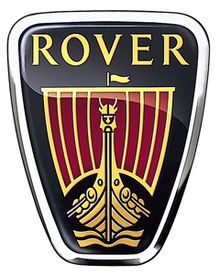
 |
|
| Industry | Automotive industry Motorcycle industry (until 1925) Bicycle industry (until 1925) |
|---|---|
| Fate | Merged into Leyland Motors(1967) Assets separated as Land Rover (1978) Rover brand defunct (2005) |
| Successor | SAIC MG Motor TATA Land Rover |
| Founded | 1878 |
| Founder | John Kemp Starley & William Sutton |
| Defunct | 2005 |
| Headquarters | England: Coventry, West Midlands (1904–47) Solihull, West Midlands (1947–1981) Gaydon, West Midlands (1981–2000) Longbridge, West Midlands (2000–2005) |
|
Key people
|
Spencer & Maurice Wilks (Management & Engineering, 1929–63) John Towers |
| Products | Rover Automobiles Motorcycles (until 1925) Bicycles (until 1925) Land Rover All terrain vehicles |
| Subsidiaries | Alvis Cars (1965–67) |
Rover is a former British car manufacturing company founded as Starley & Sutton Co. of Coventry in 1878. It is the direct ancestor of the present day Land Rover company, which is a subsidiary of Jaguar Land Rover, in turn owned by the Tata Group.
The company traded as Rover, manufacturing cars between 1904 and 1967, when it was sold to Leyland Motor Corporation, becoming the Rover marque. The Rover marque was used on cars produced by British Leyland (BL), who separated the assets of the original Rover Company as Land Rover in 1978 whilst the Rover trademark continued to be used on vehicles produced by its successor companies – the Austin Rover Group(1982–1986), the Rover Group (1986–2000), and then finally MG Rover (2000–2005). Following MG Rover’s collapse in 2005, the Rover marque became dormant, and was subsequently sold to Ford, by now the owners of Land Rover, a move which effectively reunited the Rover trademark with the original company.
After developing the template for the modern bicycle with its Rover Safety Bicycle of 1885, the company moved into the automotive industry. It started building motorcycles and Rover cars, using their established marque with the iconic Viking Longship, from 1904 onwards. Land Rover vehicles were added from 1948 onwards, with all production moving to the Solihull plant after World War II.
The Polish word now most commonly used for bicycle – rower originates from Rover bicycles which had both wheels of the same size (previous models usually had one bigger, one smaller – see Penny-farthing, and were called in Polish bicykl, from English bicycle).
The first Rover was a tricycle manufactured by Starley & Sutton Co. of Coventry, England, in 1883. The company was founded by John Kemp Starley and William Sutton in 1878. Starley had previously worked with his uncle, James Starley (father of the cycle trade), who began by manufacturing sewing machines and switched to bicycles in 1869.
In the early 1880s, the cycles available were the relatively dangerous penny-farthings and high-wheel tricycles. J.K. Starley made history in 1885 by producing the Rover Safety Bicycle—a rear-wheel-drive, chain-driven cycle with two similar-sized wheels, making it more stable than the previous high-wheel designs. Cycling Magazine said the Rover had “set the pattern to the world”; the phrase was used in their advertising for many years. Starley’s Rover is usually described by historians as the first recognisably modern bicycle.
The words for “bicycle” in Polish (Rower) and Belarusian (Rovar, Ро́вар) are derived from the name of the company. The word ровер is also used in many parts of Western Ukraine.
In 1889, the company became J.K. Starley & Co. Ltd., and in the late 1890s, the Rover Cycle Company Ltd.
In 1899 John Starley imported some of the early Peugeot motorcycles from France in for experimental development. His first project was to fit an engine to one of his Rover bicycles. Starley died early in October 1901 aged 46 and the business was taken over by entrepreneur H. J. Lawson.
The company developed and produced the Rover Imperial motorcycle in November 1902. This was a 3.5 hp diamond-framed motorcycle with the engine in the centre and ‘springer’ front forks which was ahead of its time. This first Rover motorcycle had innovative features such as a spray carburettor, bottom-bracket engine and mechanically operated valves. With a strong frame with double front down tubes and a good quality finish, over a thousand Rover motorcycles were sold in 1904. The following year, however, Rover stopped motorcycle production to concentrate on their ‘safety bicycle’ but in 1910 designer John Greenwood was commissioned to develop a new 3.5 hp 500 cc engine with spring-loaded tappets, a Bosch magneto and an innovative inverted tooth drive chain. It had a Brown and Barlow carburettor and Druid spring forks. This new model was launched at the 1910 Olympia show and over 500 were sold.
In 1913 a ‘TT’ model was launched with a shorter wheelbase and sports handlebars. The ‘works team’ of Dudley Noble and Chris Newsome had some success and won the works team award.
Rover supplied 499 cc single cylinder motorcycles to the Russian Army during the First World War. The company began to focus on car production at the end of the war, but Rover still produced motorcycles with 248 cc and 348 cc Rover overhead valve engines and with J.A.P. engines, including a 676 cc V-twin. In 1924 Rover introduced a new lightweight 250cc motorcycle with unit construction of engine and gearbox. This had lights front and rear as well as a new design of internal expanding brakes.
Poor sales of their motorcycles caused Rover to end motorcycle production and concentrate solely on the production of motor cars. Between 1903 and 1924 Rover had produced more than 10,000 motorcycles.
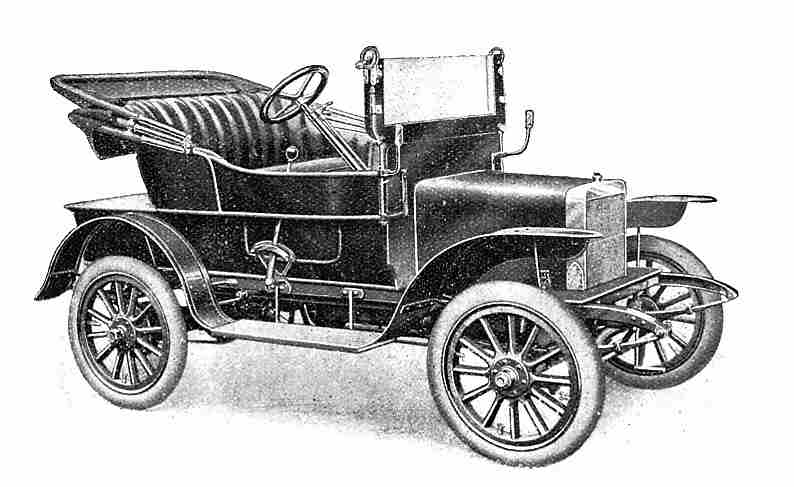
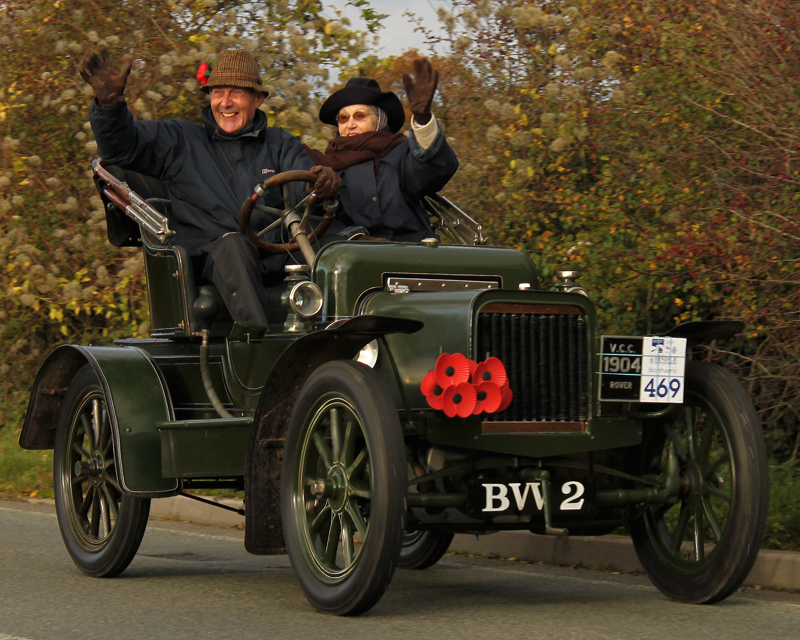
In 1888, Starley made an electric car, but it never was put into production.
Three years after Starley’s death in 1901, and H. J. Lawson’s subsequent takeover, the Rover company began producing automobiles with the two-seater Rover Eight to the designs of Edmund Lewis, who came from Lawson’s Daimler. Lewis left the company to join Deasy in late 1905. He was eventually replaced by Owen Clegg, who joined from Wolseley in 1910 and set about reforming the product range. Short-lived experiments with sleeve valve engines were abandoned, and the 12hp model was introduced in 1912. This car was so successful that all other cars were dropped, and for a while, Rover pursued a “one model” policy. Clegg left to join the French company Darracq in 1912.
During the First World War, they made motorcycles, lorries to Maudslay designs, and, not having a suitable one of their own, cars to a Sunbeam design.
The business was not very successful during the 1920s and did not pay a dividend from 1923 until the mid-1930s. In December 1928 the chairman of Rover advised shareholders that the accumulation of the substantial losses of the 1923–1928 years together with the costs of that year’s reorganisation must be recognised by a reduction of 60 per cent in the value of capital of the company.
During 1928 Frank Searle was appointed managing director to supervise recovery. Searle was by training a locomotive engineer with motor industry experience at Daimler and, most recently, had been managing director of Imperial Airways. On his recommendation Spencer Wilks was brought in from Hillman as general manager and appointed to the board in 1929. That year, Searle split Midland Light Car Bodies from Rover in an effort to save money and instructed Robert Boyle and Maurice Wilks to design a new small car.
This was the Rover Scarab with a rear-mounted V-twin-cylinder air-cooled engine announced in 1931, a van version was shown at Olympia, but it did not go into production. During this time the Rover 10/25 was introduced, with bodies made by the Pressed Steel Company. This was the same body as used on the Hillman Minx. Prior to this time Rover had been a great supporter of the very light Weymann bodies that went suddenly out of fashion with the demand for shiny coachwork and more curved body shapes. Weymann bodies remained in the factory catalogue until 1933.
Frank Searle and Spencer Wilks set about reorganising the company and moving it upmarket to cater for people who wanted something “superior” to Fords and Austins. In 1930 Spencer Wilks was joined by his brother, Maurice, who had also been at Hillman as chief engineer. Spencer Wilks was to stay with the company until 1962, and his brother until 1963.
The company showed profits in the 1929 and 1930 years but with the economic downturn in 1931 Rover reported a loss of £77,529. 1932 produced a loss of £103,000 but a turn around following yet more reorganization resulted in a profit of £46,000 in 1933. The new assembly operations in Australia and New Zealand were closed.
Frank Searle left the board near the end of the calendar year 1931, his work done.
Building on successes such as beating the Blue Train for the first time in 1930 in the Blue Train Races, the Wilks Brothers established Rover as a company with several European royal, aristocratic, and governmental warrants, and upper-middle-class and star clients.
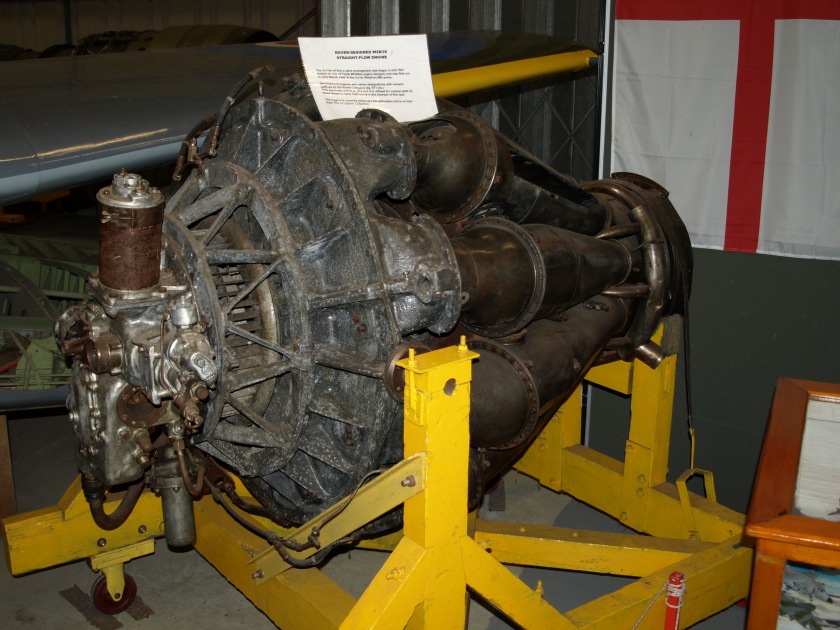 Rover W2B-26 jet engine Welland
Rover W2B-26 jet engine Welland
A Rover W.2B/26 on display at the Midland Air Museum This design was later to become the Rolls-Royce Derwent
In the late 1930s, in anticipation of the potential hostilities that would become the Second World War, the British government started a rearmament programme, and as part of this, “shadow factories” were built. These were paid for by the government but staffed and run by private companies. Two were run by Rover: one, at Acocks Green, Birmingham, started operation in 1937, and a second, larger one, at Solihull, started in 1940. Both were employed making aero engines and airframes. The original main works at Helen Street, Coventry, was severely damaged by bombing in 1940 and 1941 and never regained full production.
In early 1940, Rover was approached by Frank Whittle to do work for Whittle’s company, Power Jets. This led to a proposal from Power Jets in which Rover would put forward £50,000 of capital in exchange for shares in Power Jets. Rover contacted the Air Ministry (AM) regarding the proposal, which ultimately led to an arrangement between Rover and former Power Jets contractor British Thomson-Houston (BTH) to develop and produce Whittle’s jet engine. The Air Ministry had left Whittle and Power Jets out of these negotiations. Rover chief engineer Maurice Wilks led the team to develop the engine, improving the performance over the original Whittle design. The first test engines to the W.2B design were built in a former cotton mill in Barnoldswick, Lancashire which Rover moved into in June 1941 (along with Waterloo Mill in Clitheroe). Testing commenced towards the end of October 1941.
A need for greater expertise within the project, along with difficult relations between Rover management and Frank Whittle (not least because Rover under AM approval had secretly designed a different engine layout, known within Rover as the B.26, which they thought was superior), led to Rover handing over their part in the jet engine project and the Barnoldswick factory to Rolls-Royce in exchange for the latter’s Meteor tank engine factory at Ascot Road, Nottingham, the result of a handshake deal between Rover’s Spencer Wilks and Rolls-Royce’s Ernest Hives made in a local inn in Clitheroe. The official hand-over date was 1 April 1943, though there was a considerable overlap, and several key Rover staff such as Adrian Lombard and John Herriot, the latter being at Rover on secondment from the Air Inspection Department (AID) of the AM, moved to Rolls-Royce. In exchange for the jet engine project and its facilities, Rover was given the contract and production equipment to make Meteor tank engines, which continued until 1964. Although Rolls-Royce under Stanley Hooker were soon to be able to start producing the Whittle-designed W.2B/23 engine (known within Rover as the B.23, later named by Rolls-Royce the Welland), they evaluated the 4 Lombard/Herriot re-designed Rover W.2B/B.26 engines under test at the time of the takeover, and selected the Rover design for their own jet engine development (it became the Rolls-Royce Derwent engine).
After the Second World War, the company abandoned Helen Street and bought the two shadow factories. Acocks Green carried on for a while, making Meteor engines for tanks such as the Centurion and Conqueror, and Solihull became the new centre for vehicles, with production resuming in 1947. This was the year Rover produced the Rover 12 Sports Tourer. 200 cars were built for the export market but all had RHD so many cars stayed in the UK. Solihull would become the home of the Land Rover.
Despite the difficulties experienced with the jet engine project, Rover was interested in the development of the gas turbine engine to power vehicles. In 1945, Rover hired engineers Frank Bell and Spen King away from Rolls-Royce to assist Maurice Wilks in the development of automotive gas turbines. By 1949, the team developed a turbine that ran at 55,000 rpm, produced more than 100 horsepower (75 kW), and could run on petrol,paraffin, or diesel oil. Rover’s early turbine engines consumed fuel at a rate much greater than piston engines, equivalent to 6 miles per imperial gallon (5.0 mpg-US; 47 L/100 km). Although fuel consumption was later reduced by using a heat exchanger, it was never as low as that of contemporary piston engines.
In March 1950, Rover showed the JET1 prototype, the first car powered with a gas turbine engine, to the public. JET1, an open two-seat tourer, had the engine positioned behind the seats, air intake grilles on either side of the car, and exhaust outlets on the top of the tail. During tests, the car reached a top speed of 88 mph (142 km/h). After being shown in the United Kingdom and the United States in 1950, JET1 was further developed, and was subjected to speed trials on the Jabbeke highway in Belgium in June 1952, where it exceeded 150 miles per hour (240 km/h). JET1 is currently on display at the London Science Museum.
Four further prototypes were built, the P4-based front-engined T2 and rear-engined T2A saloons, the rear-engined four-wheel-drive T3 coupé, and the front-engined front-wheel drive T4 saloon.
Rover and the BRM Formula One team joined forces to produce the Rover-BRM, a gas turbine-powered sports prototype that entered the 1963 24 hours of Le Mans, driven by Graham Hill and Richie Ginther. It averaged 107.8 mph (173 km/h) and had a top speed of 142 mph (229 km/h).
Rover also ran several experimental diesel engine projects in relation to the Land Rover. The 2-litre, 52 horsepower (39 kW) diesel unit designed and built by Rover for its 4×4 had entered production in 1956 and was one of Britain’s first modern high-speed automotive diesel engines. Experimental projects were undertaken to improve the engine’s power delivery, running qualities, and fuel tolerances. British Army requirements led to the development of a multifuel version of the 2.25-litre variant of the engine in 1962, which could run on petrol, diesel, Jet-A, or kerosene. However, the engine’s power output when running on low-grade fuel was too low for the Army’s uses. Rover developed a highly advanced (for the time) turbodiesel version of its engine in the mid-1960s to power its experimental ‘129-inch’ heavy duty Land Rover designs. This 2.5-litre engine used a turbocharger built by Rover’s gas turbine division as well as an intercooler. This was one of the first times these features had been incorporated on such a small-capacity diesel unit, but they were not adopted.
After the Leyland Motor Corporation takeover, the Rover Gas Turbine was used in a number of Leyland trucks, including one shown at the 1968 Commercial Motor Show. Rover gas turbines also powered the first Advanced Passenger Train.
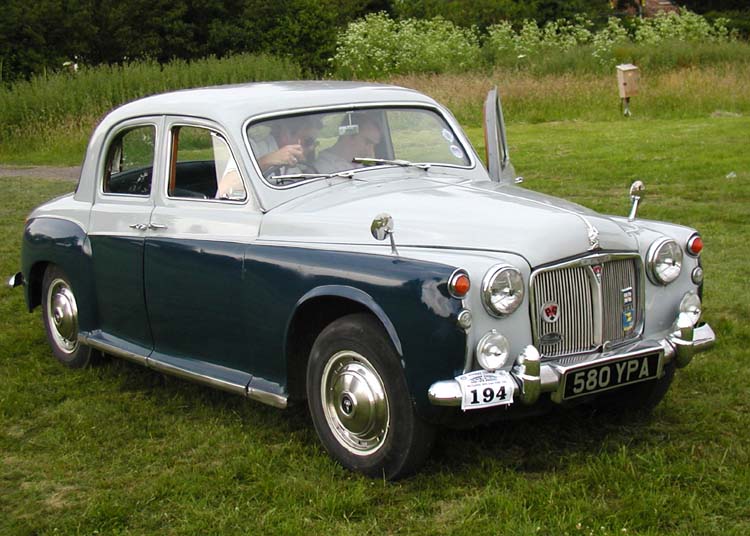
The 1950s and ’60s were fruitful years for the company. The Land Rover became a runaway success (despite Rover’s reputation for making upmarket saloons, the utilitarian Land Rover was actually the company’s biggest seller throughout the 1950s, ’60s, and ’70s), as well as the P5 and P6 saloons equipped with a 3.5L (215ci) aluminium V8 (the design and tooling of which was purchased from Buick) and pioneering research into gas turbine-fueled vehicles.
As the ’60s drew to a close Rover was working on a number of innovative projects. Having purchased the Alvis company in 1965 Rover was working on a V8-powered supercar to sell under the Alvis name. The prototype, called the P6BS, was completed and the finalised styling and engineering proposal, the P9, was drawn up. Rover was also working on the P8 project which aimed to replace the existing P5 large saloon with a modern design similar in concept to a scaled-up P6.
When Leyland Motors joined with British Motor Holdings and Rover and Jaguar became corporate partners these projects were cancelled to prevent internal competition with Jaguar products. The P8 in particular was cancelled in a very late stage of preparation- Rover had already ordered the dies and stamping equipment for making the car’s body panels at Pressed Steel when ordered to stop work.
Rover continued to develop its ‘100-inch Station Wagon’, which became the ground-breaking Range Rover, launched in 1970. This also used the ex-Buick V8 engine as well as the P6’s innovative safety-frame body structure design and features such as permanent four-wheel drive and all-round disc brakes. The Range Rover was initially designed as a utility vehicle which could offer the off-road capability of the Land Rover, but in a more refined and car-like package.
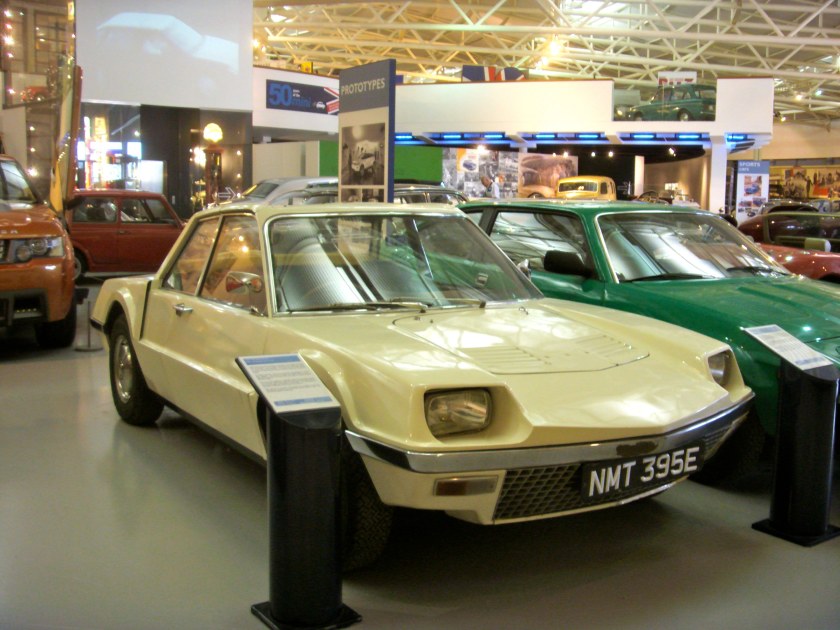
This Rover prototype for a midengined sports car was shown to the press in 1967, but politics in the wake of the BLMC merger got in the way, and the model never entered production.
In 1967, Rover became part of the Leyland Motor Corporation (LMC), which already owned Triumph. The next year, LMC merged with British Motor Holdings (BMH) to become the British Leyland Motor Corporation (BLMC). This was the beginning of the end for the independent Rover Company, as the Solihull-based company’s heritage drowned beneath the infamous industrial relations and managerial problems that beset the British motor industry throughout the 1970s. At various times, it was part of the Specialist Division (hence the factory designation SD1 for the first—and in the event, only—model produced under this arrangement), Leyland Cars, Rover-Triumph, and the short-lived Jaguar Rover Triumph. The Land Rover products however had flourished during the turbulent BLMC years, with the Range Rover in particular generating sizeable revenues for the company as it moved further upmarket. After the Ryder Report in 1975, Land Rover was split from Rover in 1978 as a separate operating company within British Leyland, and all Rover car production at Solihull ended and was switched to the Austin-Morris plants in Longbridge and Cowley for the rest of the marque’s existence. The Range Rover subsequently went on to become BL’s flagship product, after Jaguar was de-merged and privatised in 1984.
British Leyland entered into a collaborative venture with the Honda Motor Corporation of Japan, which resulted in a whole generation of Rover-badged vehicles which shared engineering with contemporary Honda models, which would sustain the beleaguered company and its successors until the mid-1990s.
In 1988 the business was sold by the British Government to British Aerospace (BAe), and shortly after shortened its name to just Rover Group. They subsequently sold the business in 1994 to BMW. Honda, which had owned a 20% share in partnership with BAe, exited the business when BAe sold its share to BMW.
BMW, after initially seeking to retain the whole, decided only to retain the Cowley operations for MINI production. Land Rover was sold by BMW to Ford. The Longbridge production facility, along with the Rover and Morris Garages marques, was taken on by former Rover executive John Towers in April 2000 for a derisory sum under the marque MG Rover. The Towers administration of MG was declared insolvent in April 2005 and the business was later refloated under the ownership of Nanjing Automobile, who moved production to China.
Legally the Rover marque is the property of Land Rover under the terms of Ford’s purchase of the name in 2006. The company is now known as Jaguar Land Rover Limited, Land Rover having been sold by Ford to Tata Motors in 2008. As part of the deal with Tata the Rover marque had to remain as property of Land Rover.
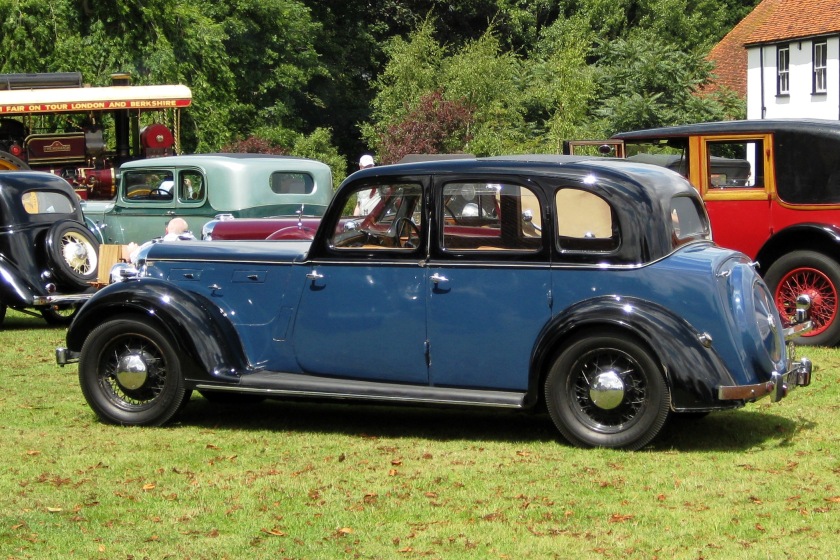
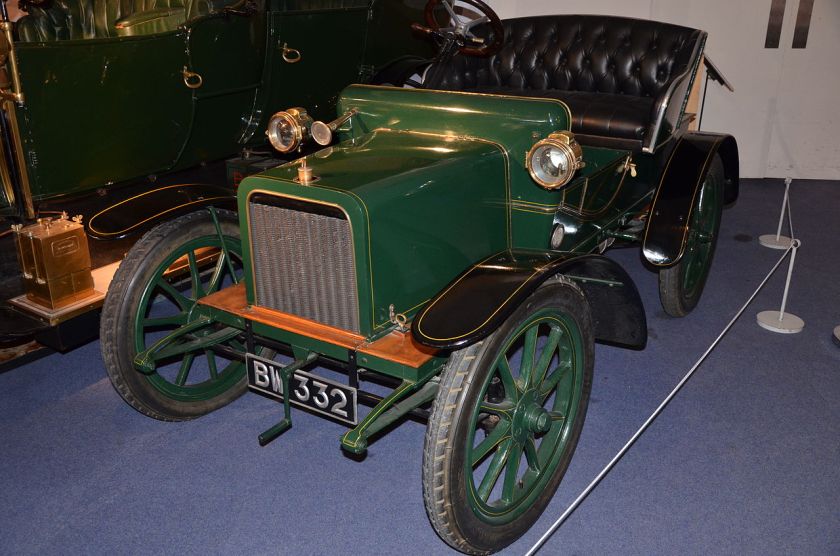
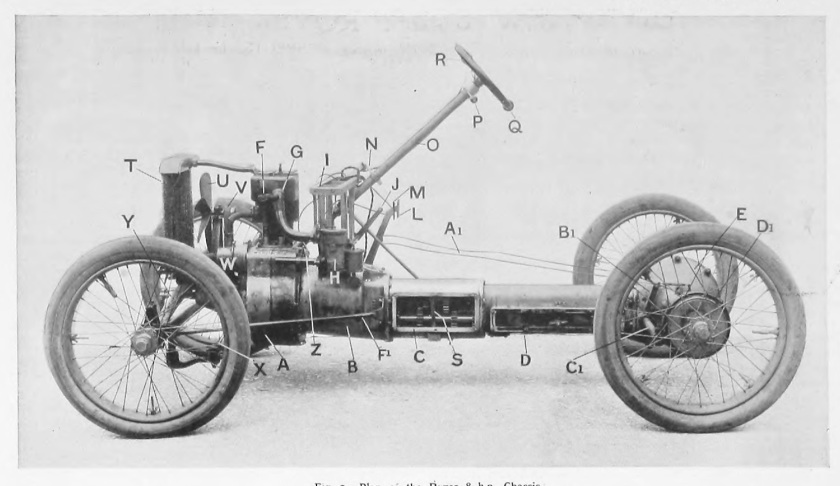
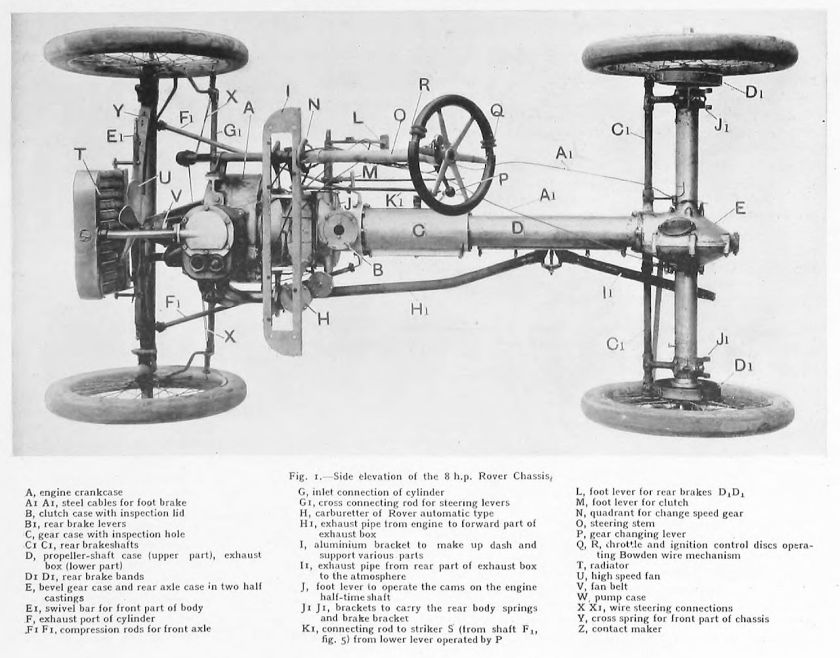
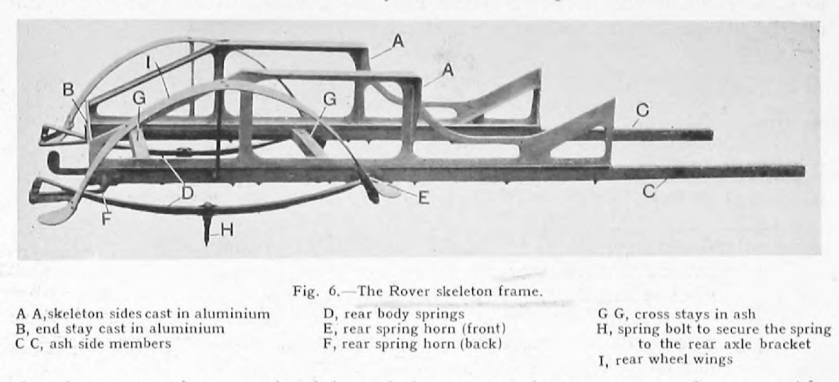
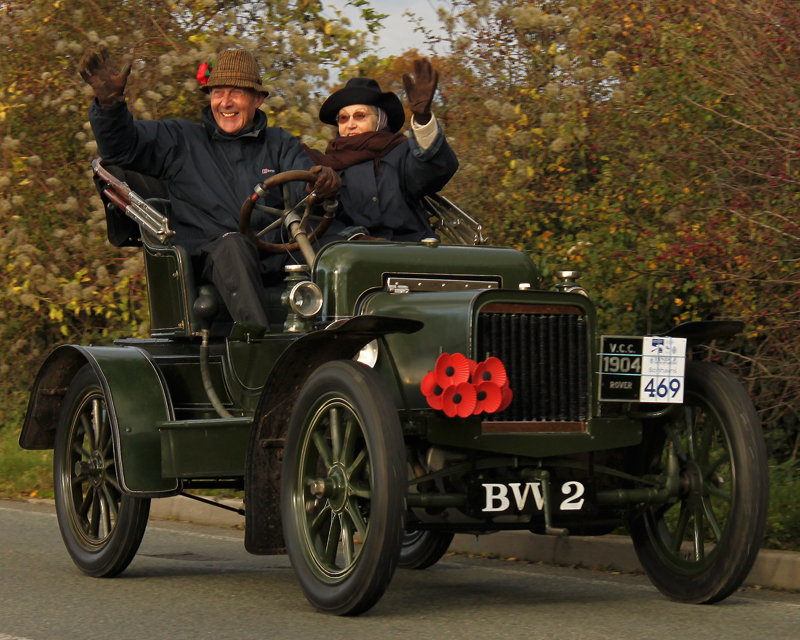

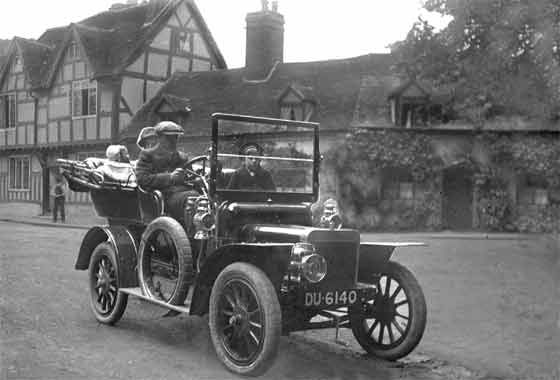
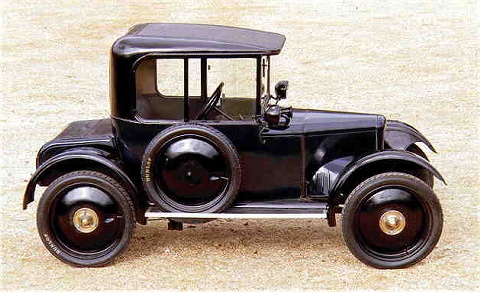
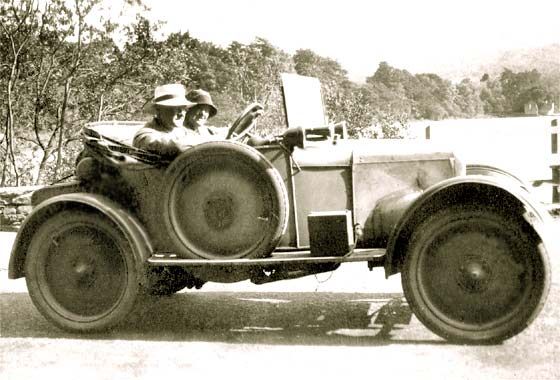
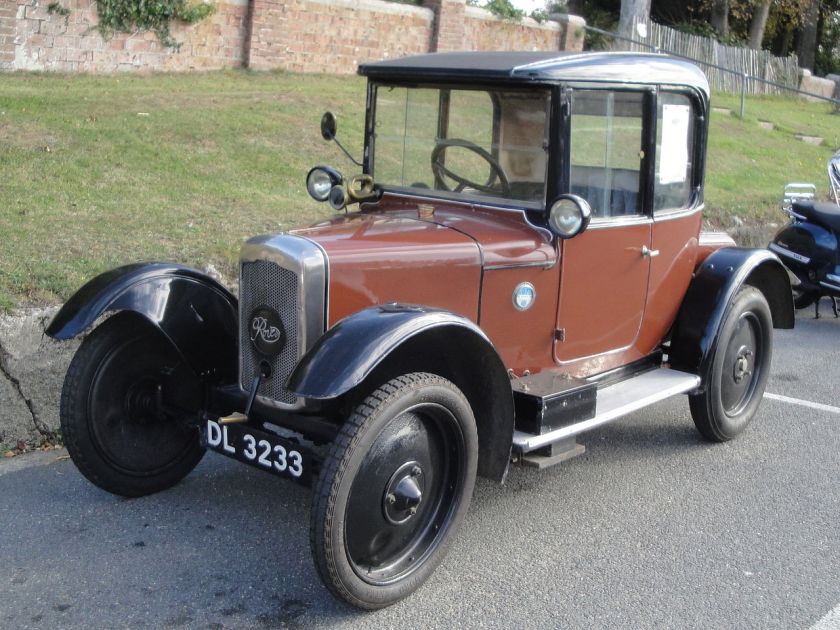 1904–12 Rover 8
1904–12 Rover 8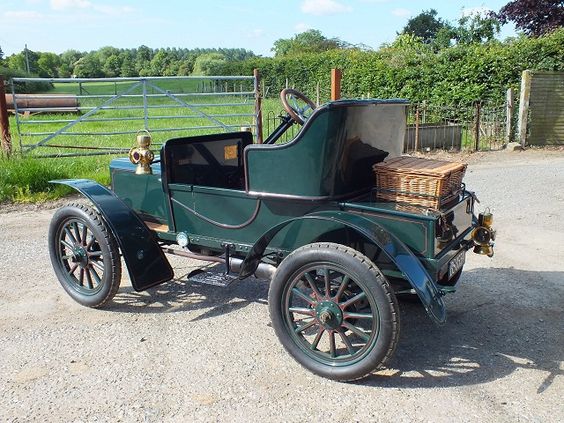
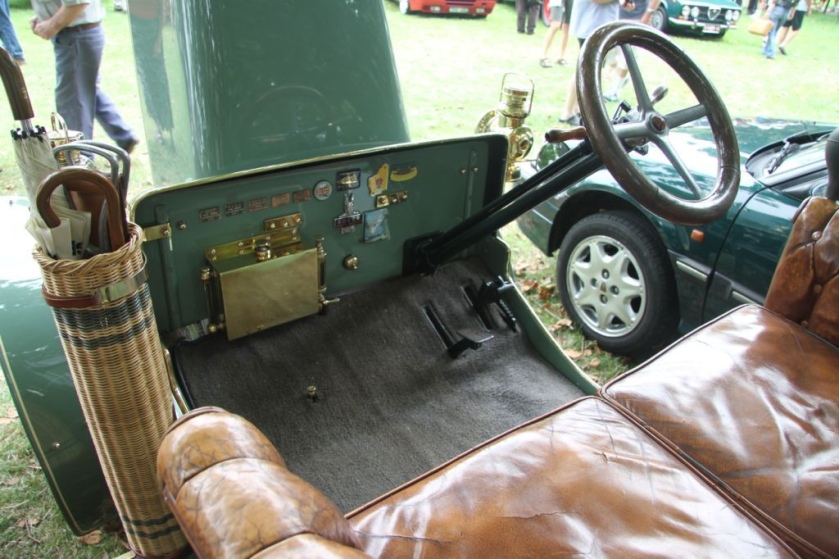
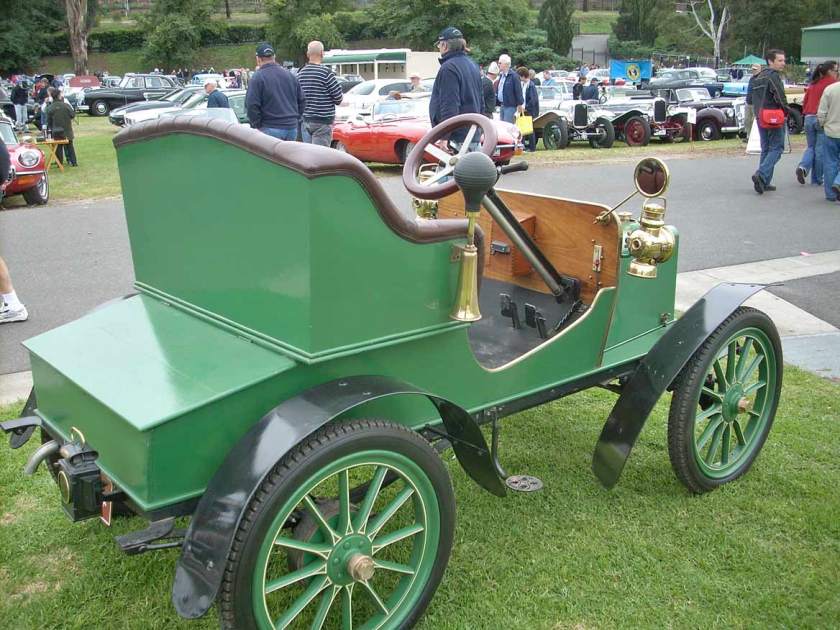

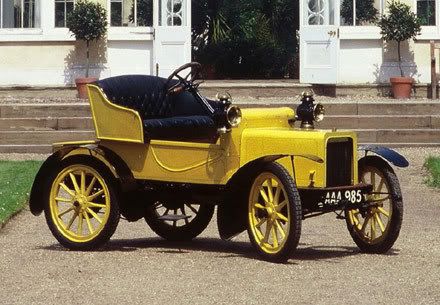
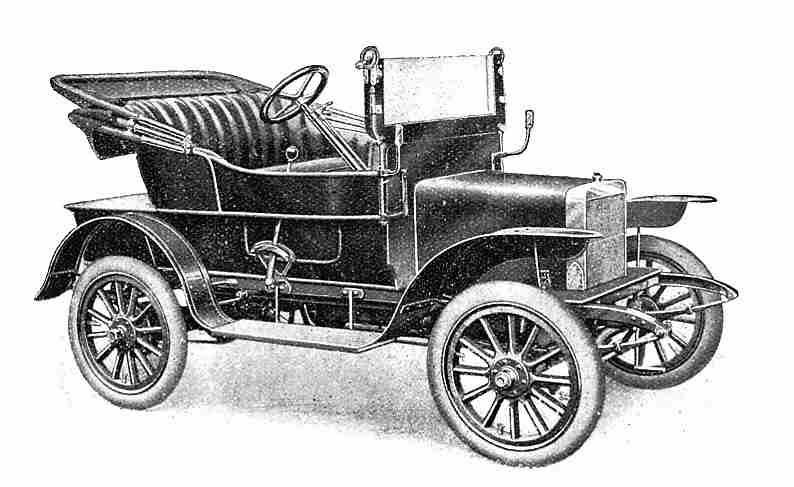 1906–10 Rover 6
1906–10 Rover 6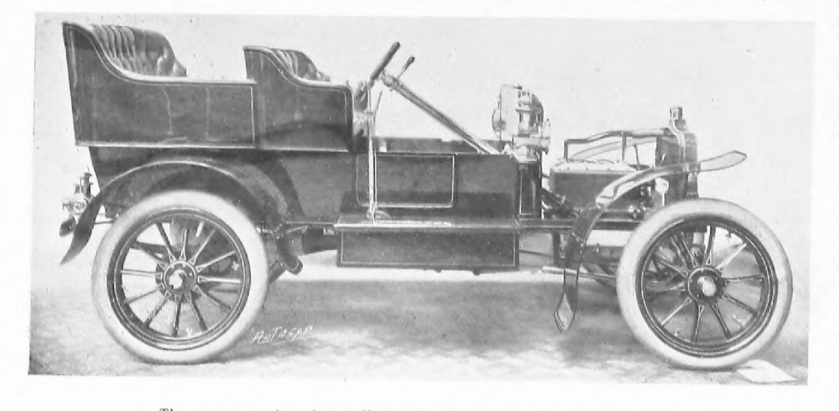
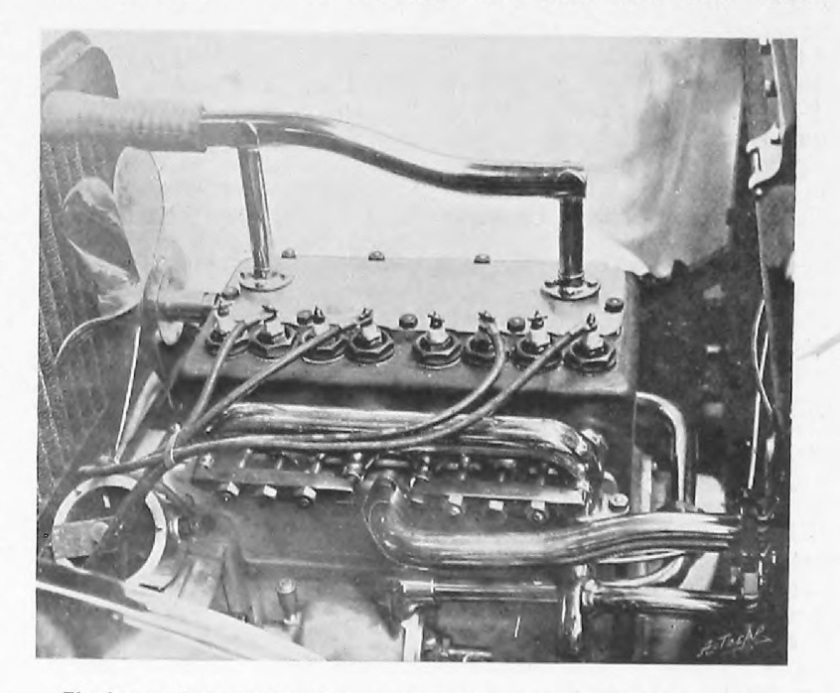 1906–07 Rover 10/12
1906–07 Rover 10/12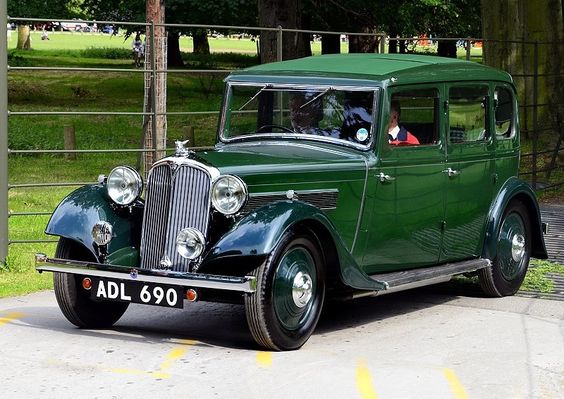 1906–10 Rover 16
1906–10 Rover 16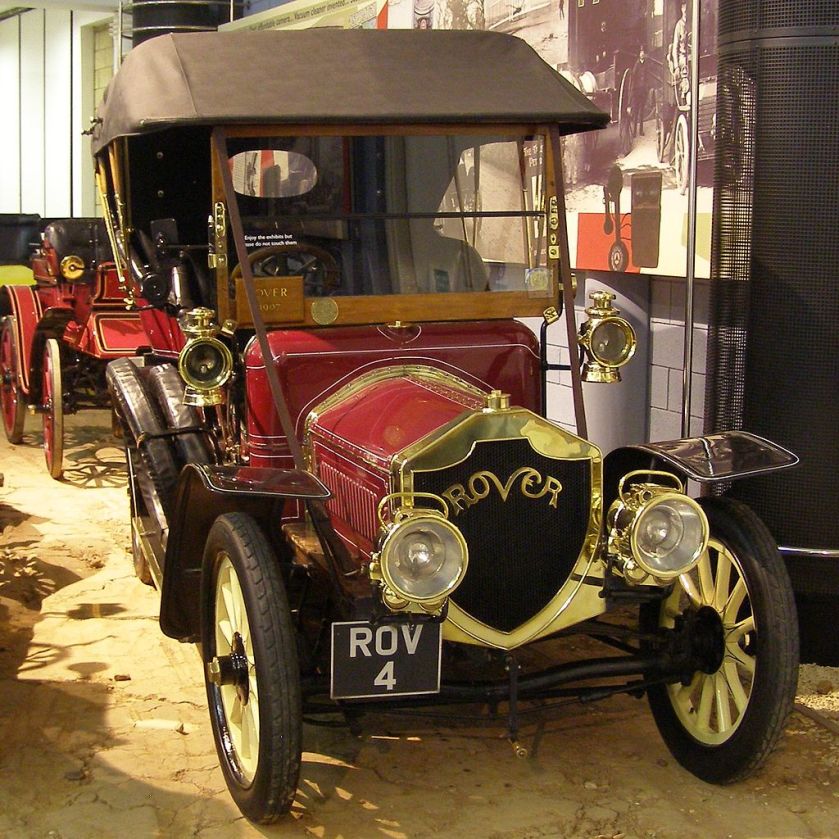 1906–10 Rover 20
1906–10 Rover 20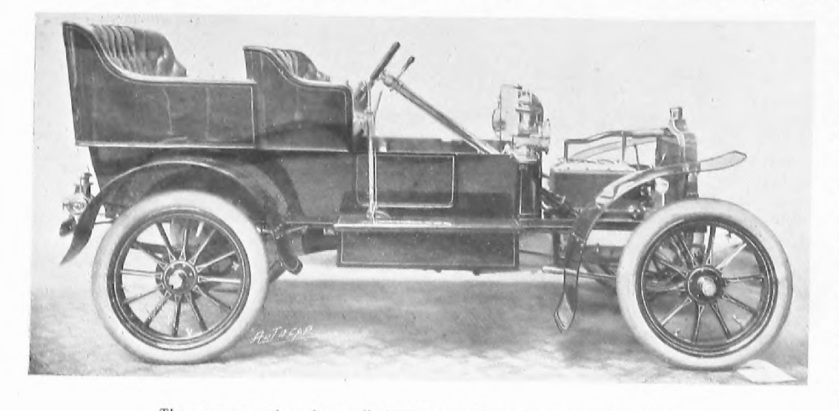 1909–12 Rover 12 2-cylinder
1909–12 Rover 12 2-cylinder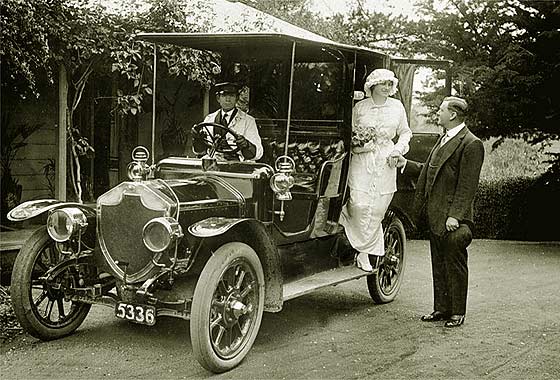 1908–11 Rover 15
1908–11 Rover 15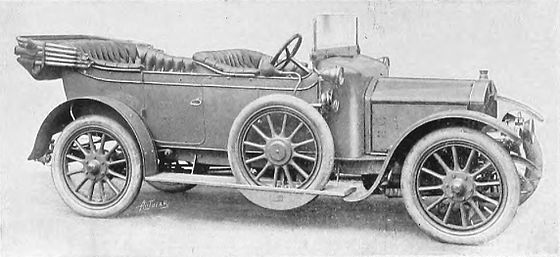
1911 Rover 12hp 4-seater torpedo sleeve-valve 1910-1912
1910–12 Rover 12 sleeve-valve
no info
1912–13 Rover 18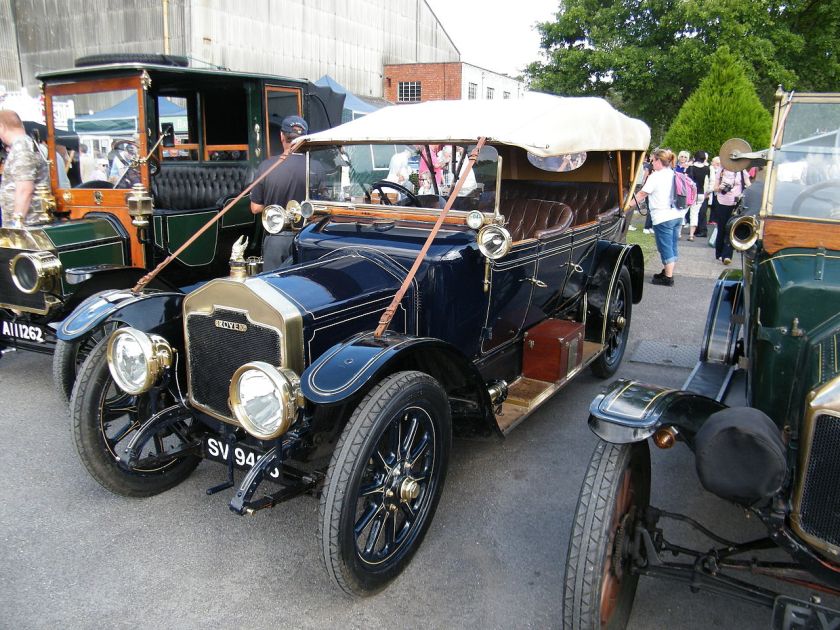
1914 Rover 12 Glegg tourer SV9486 (DVLA) first registered 24 January 1921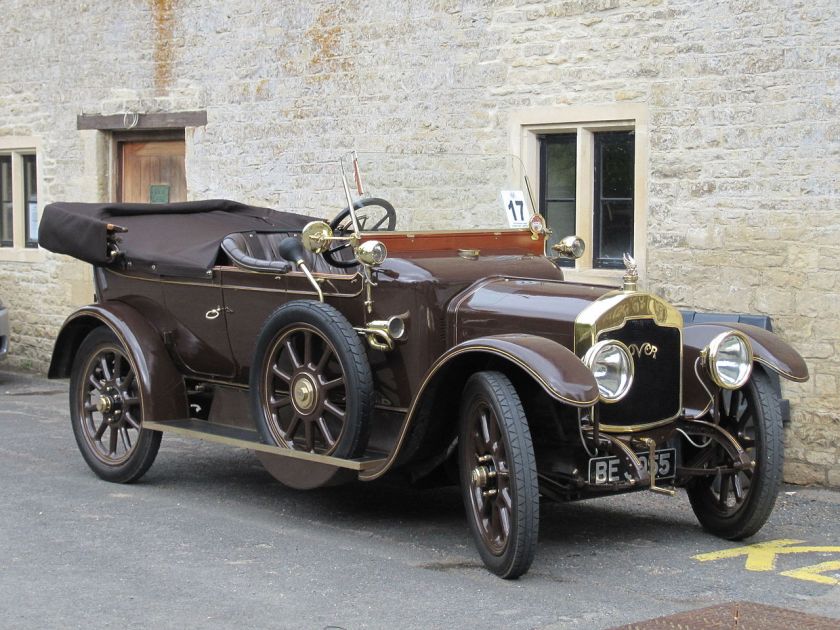
1914 Rover 12 glegg tourer (5870911466) 1912–23 Rover 12 Clegg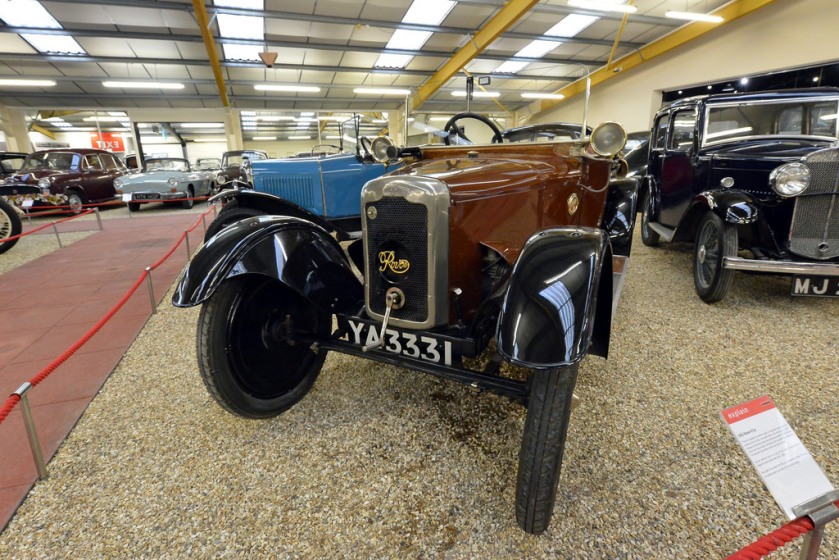
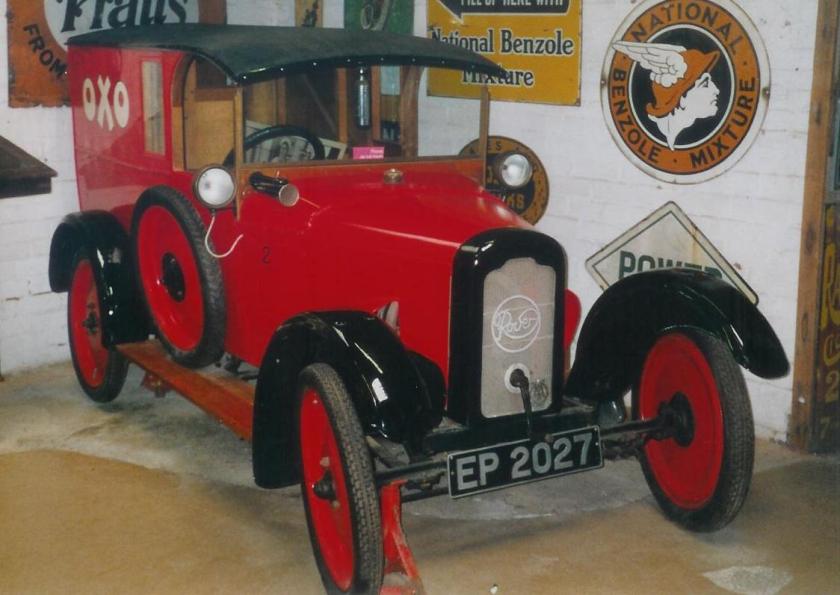
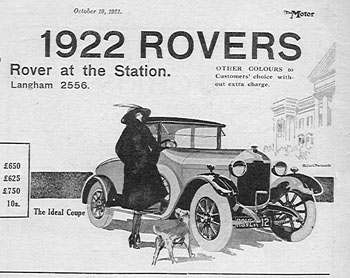
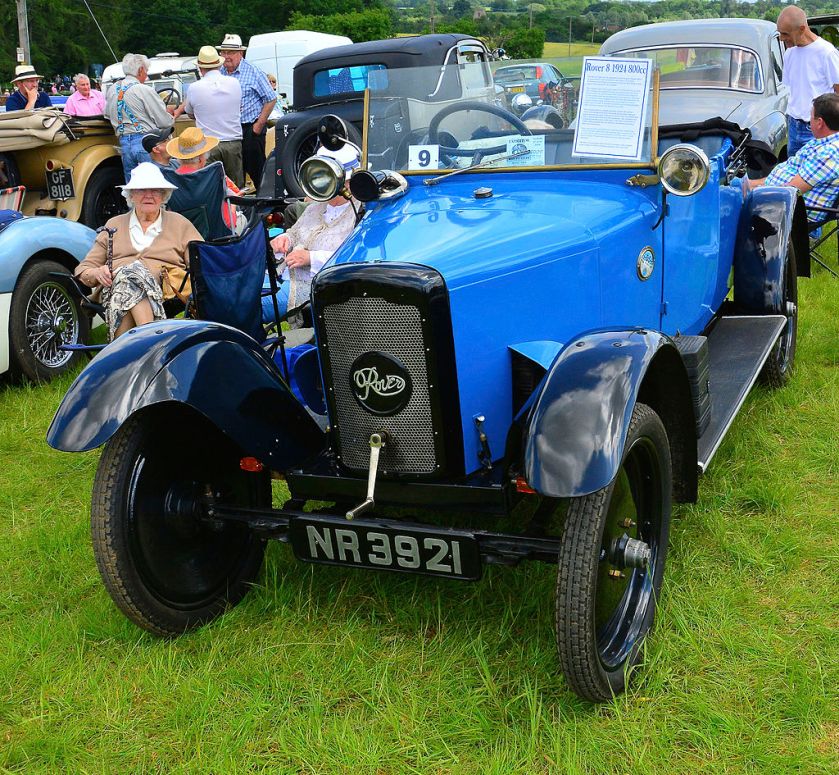
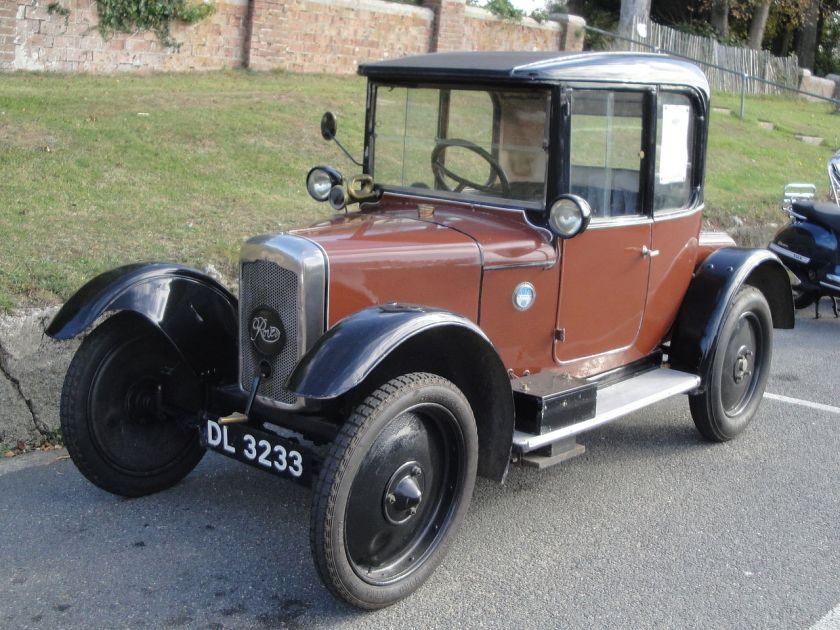 1919–25 Rover 8
1919–25 Rover 8
1922–23 Rover 6/21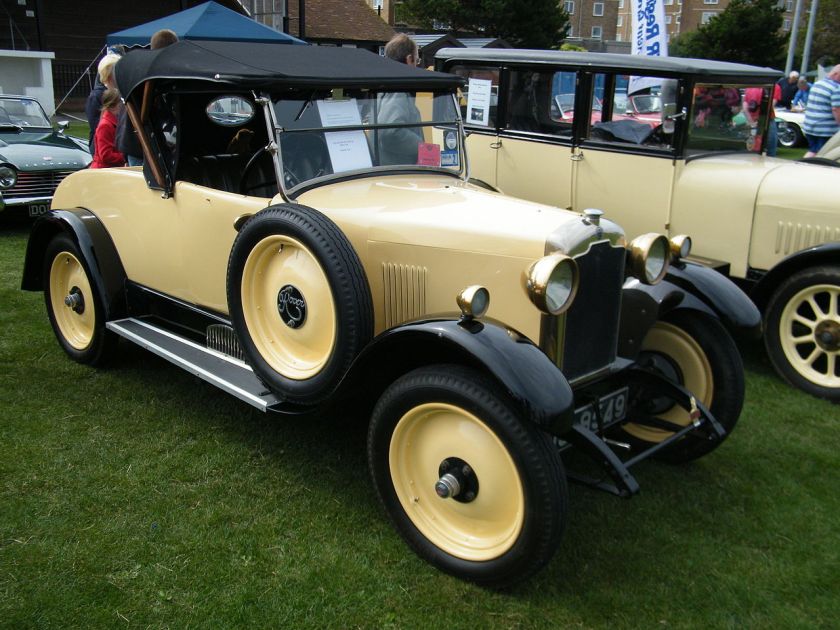
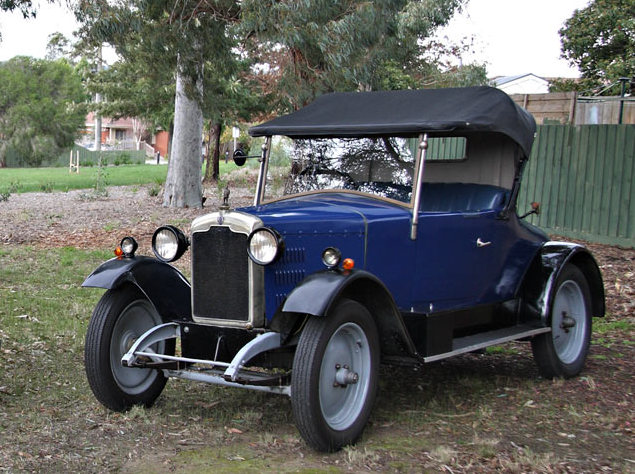
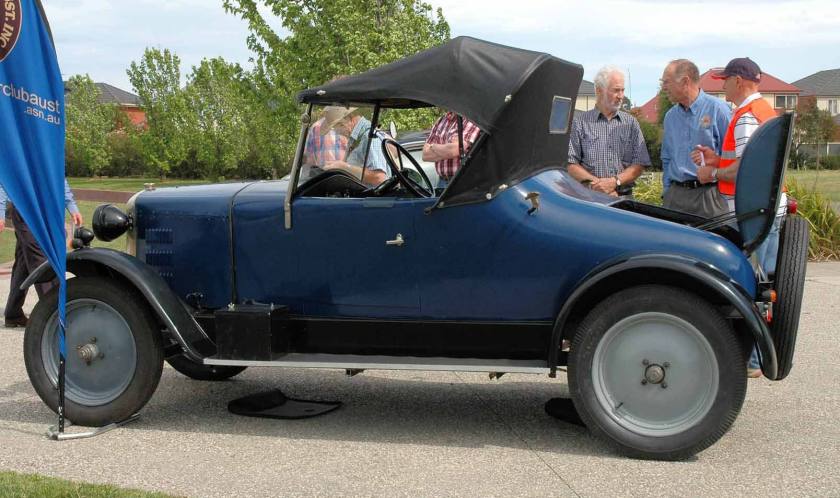
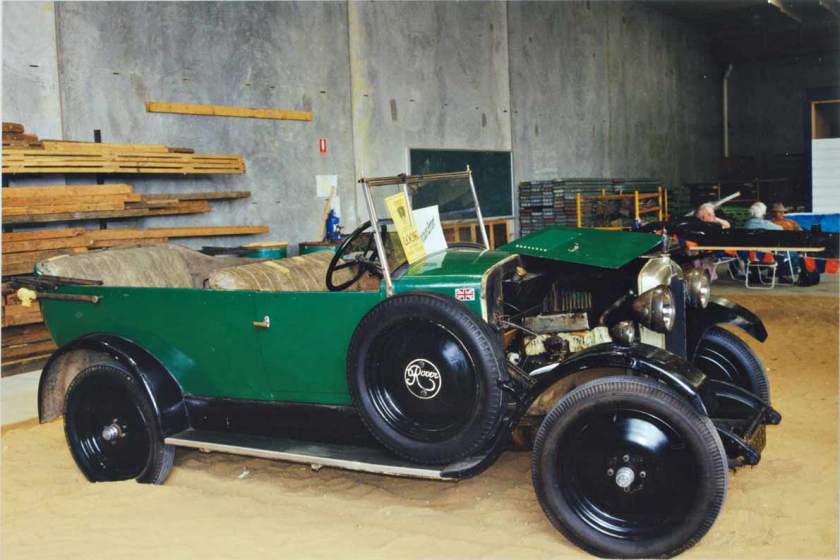 1924–27 Rover 9/20
1924–27 Rover 9/20
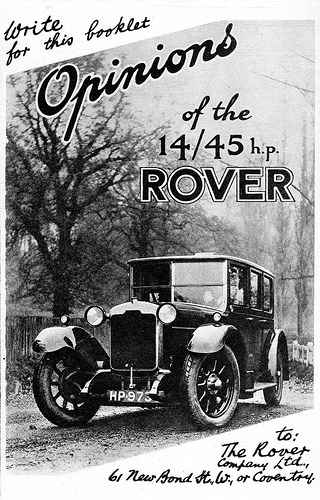
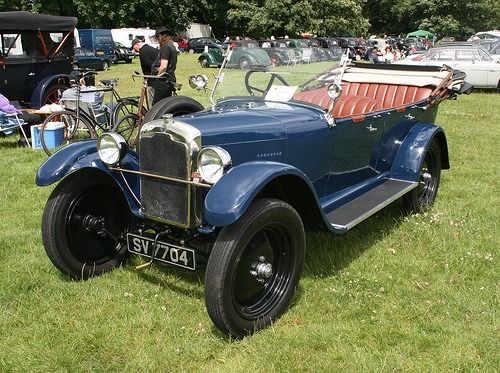
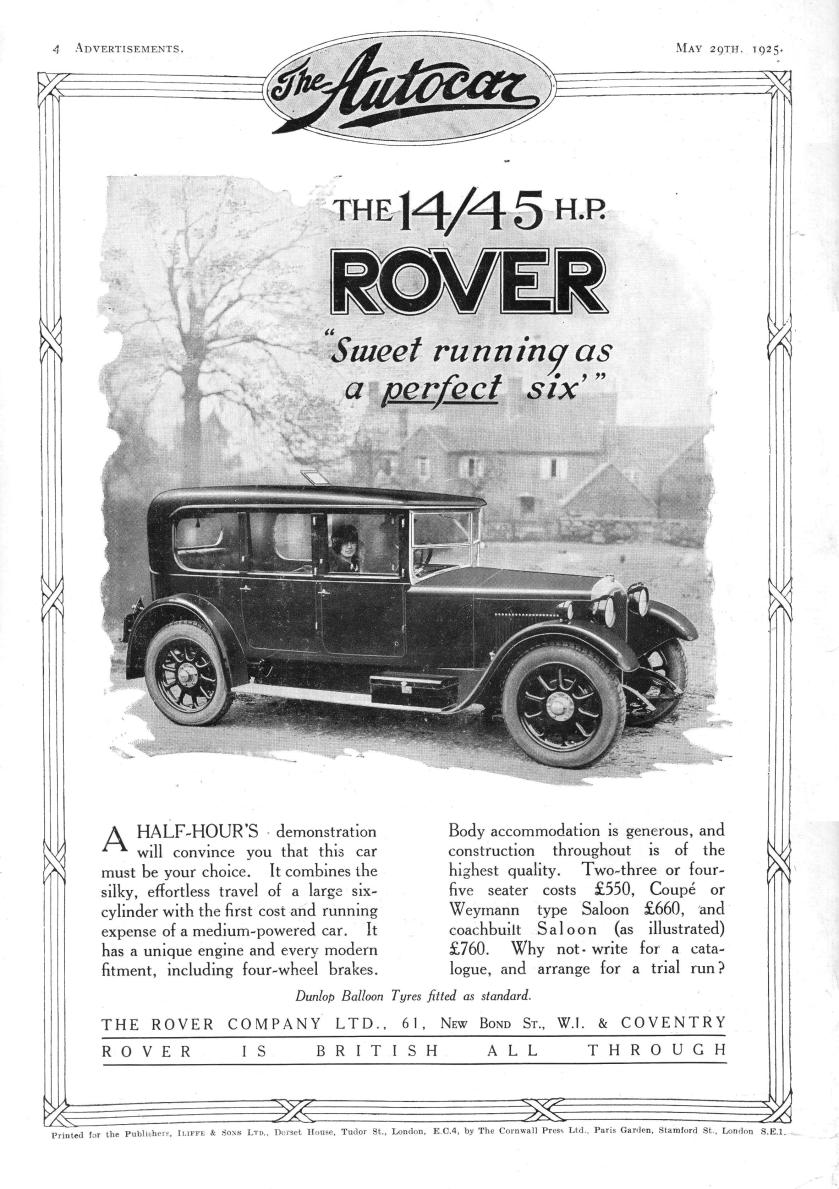
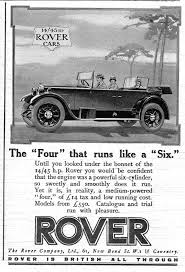
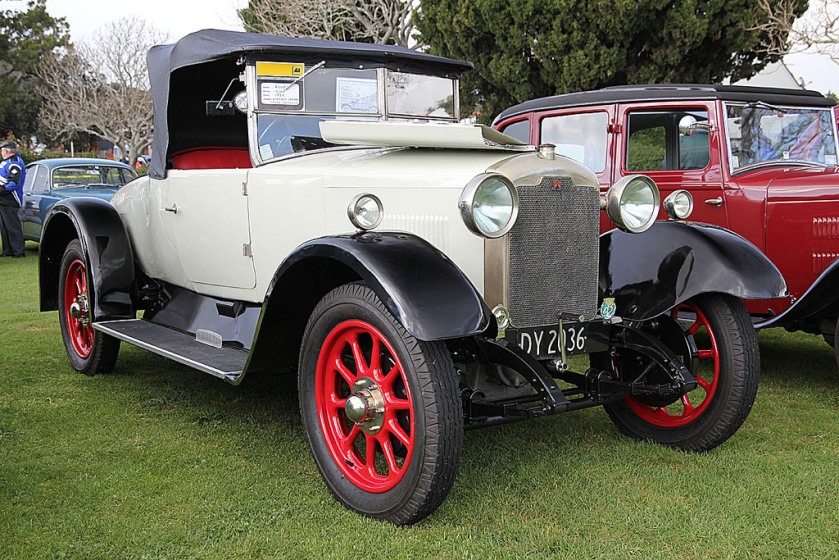
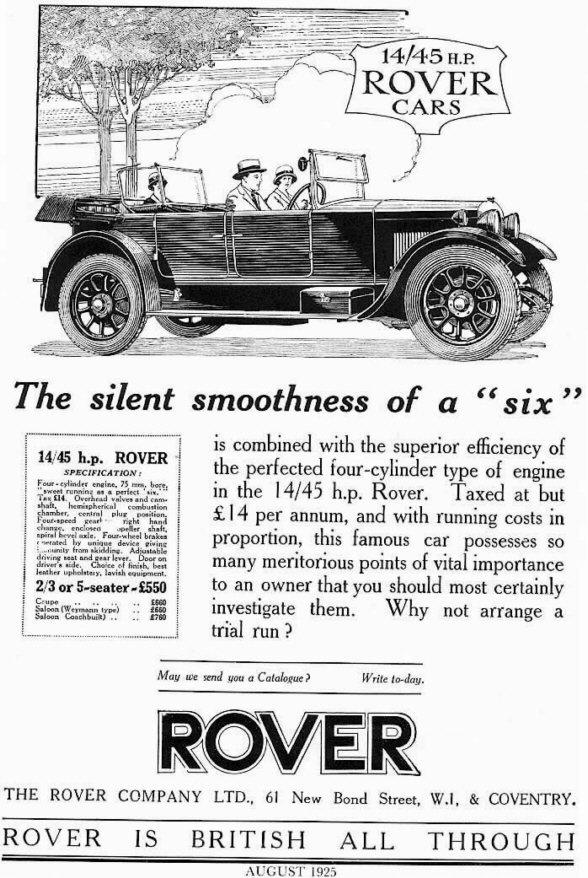
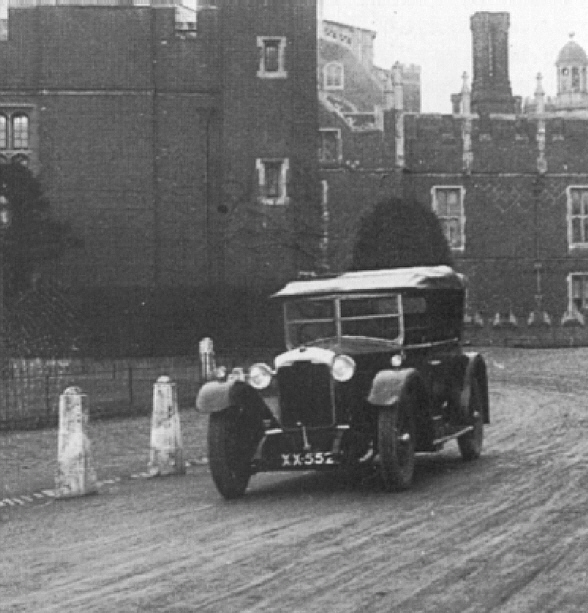 1925–27 Rover 14/45
1925–27 Rover 14/45
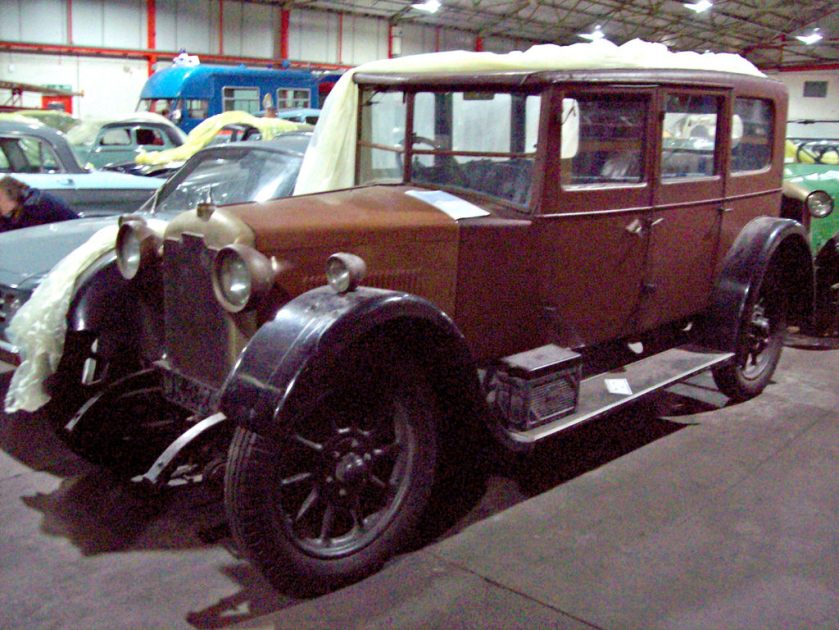
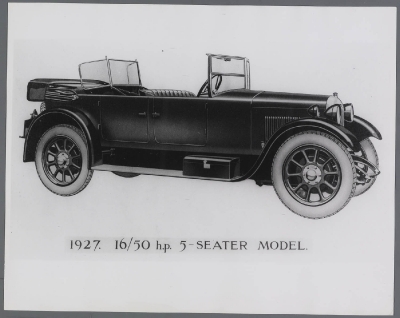
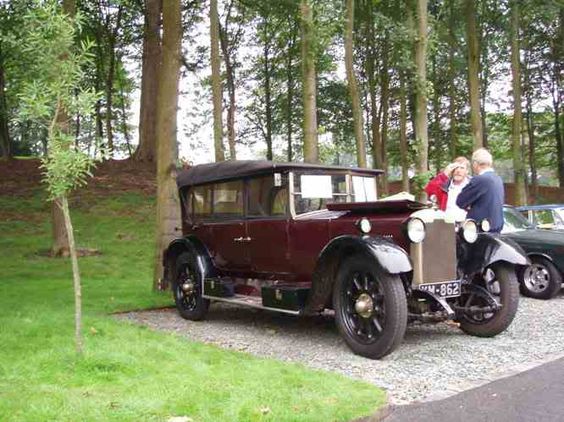 1926–29 Rover 16/50
1926–29 Rover 16/50
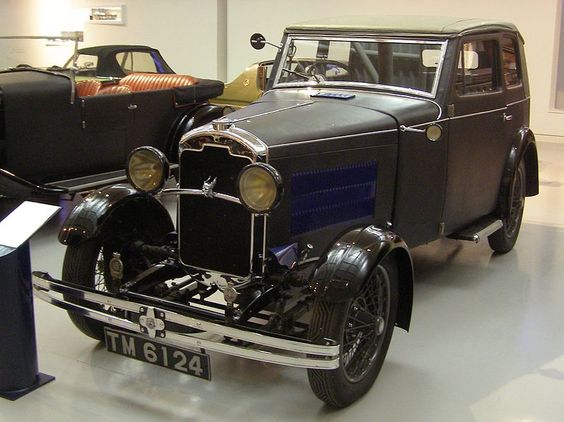
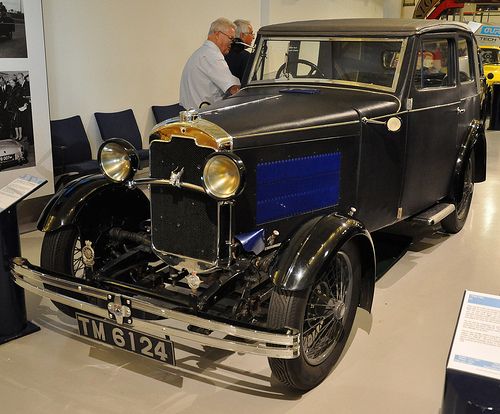
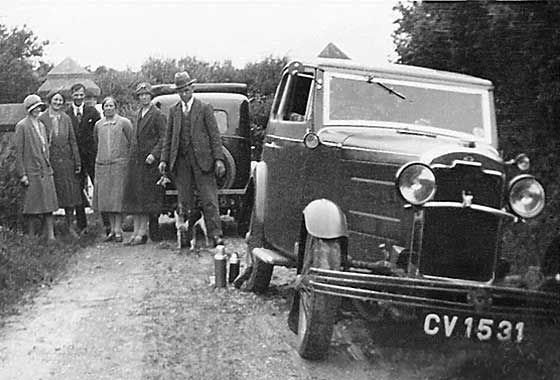
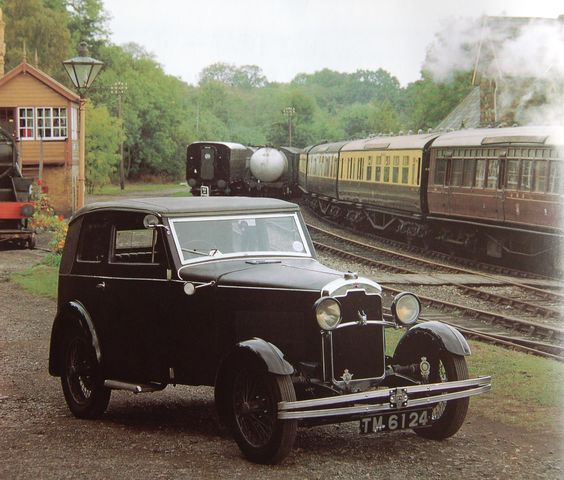
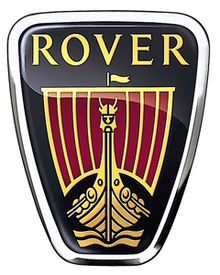
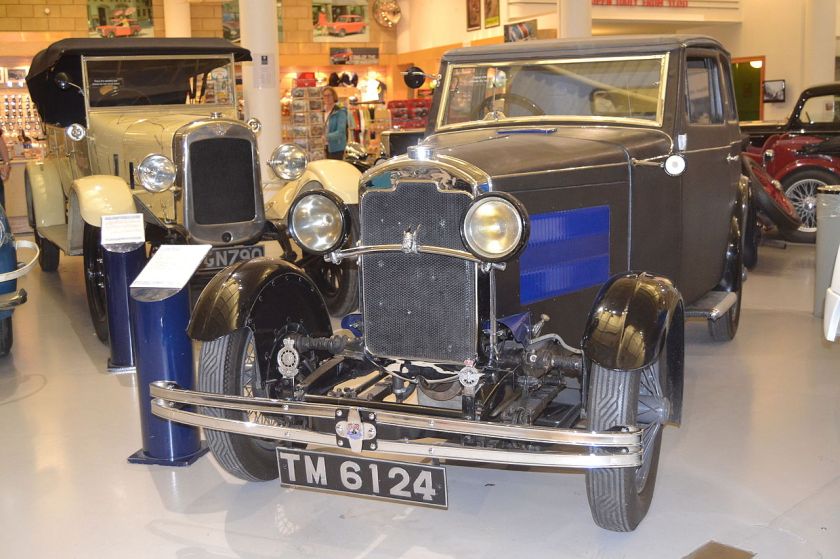
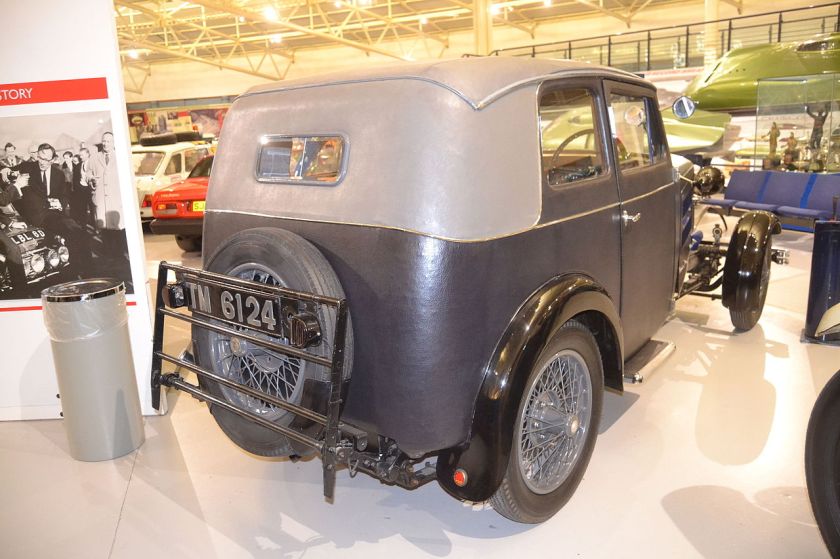
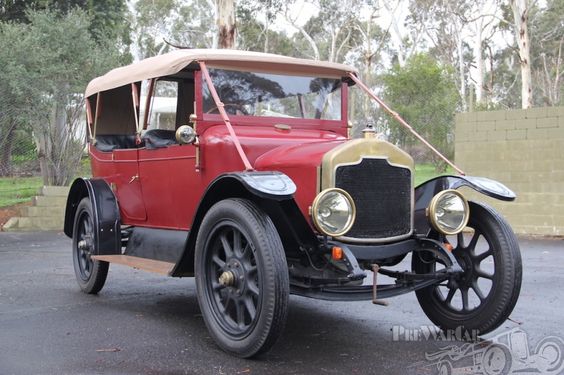
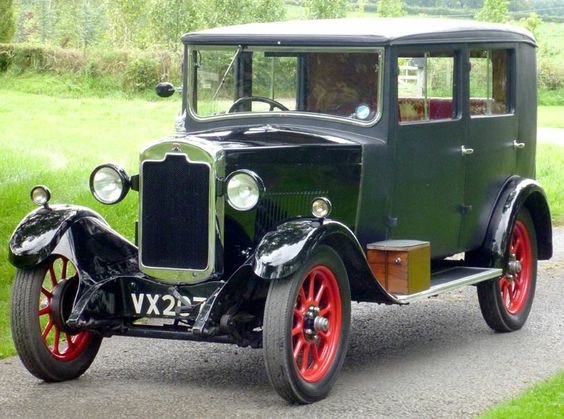
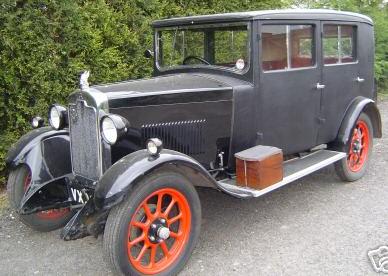

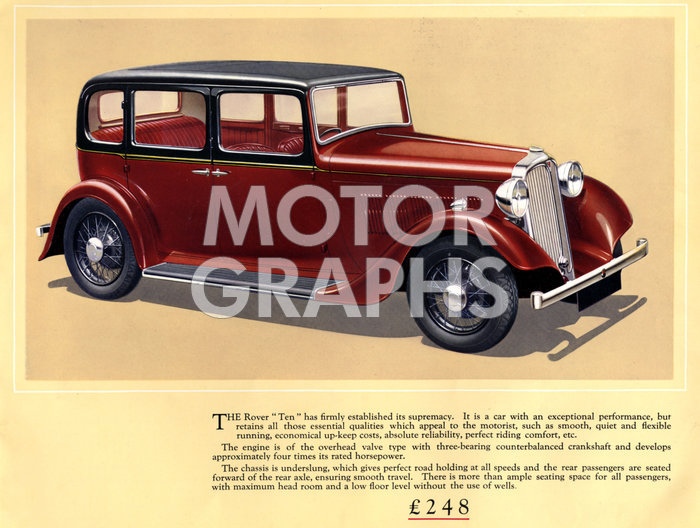
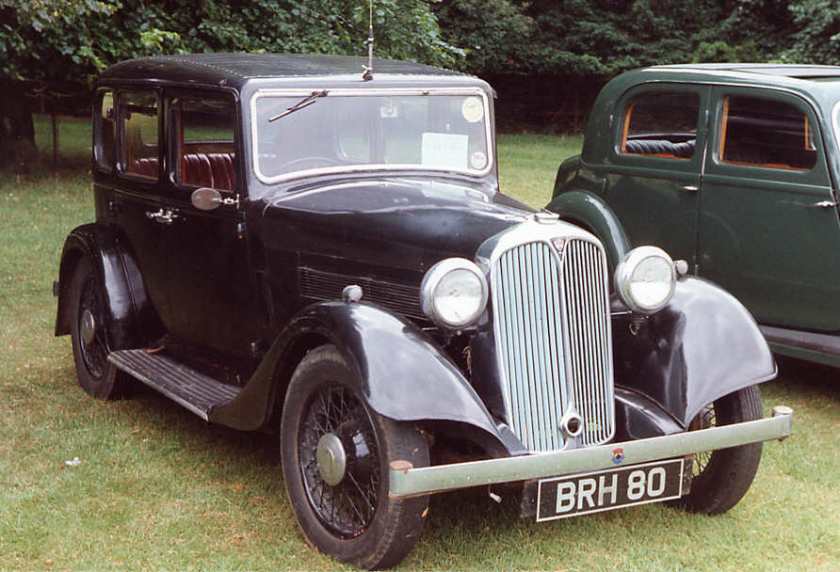
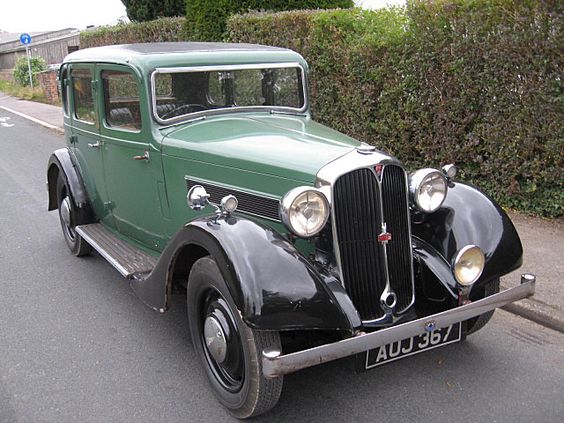
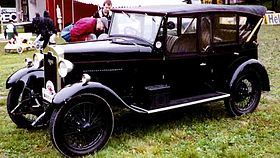
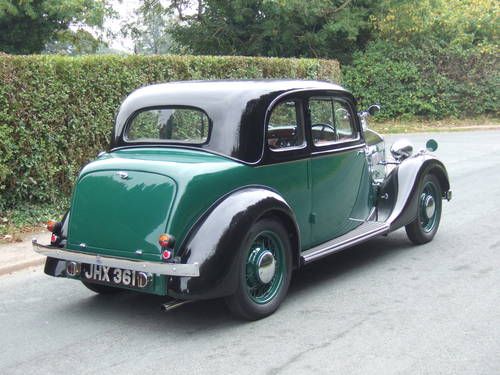
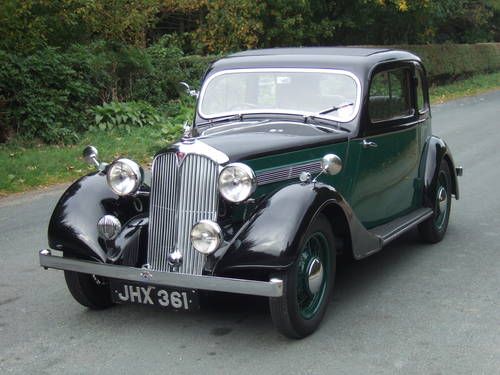
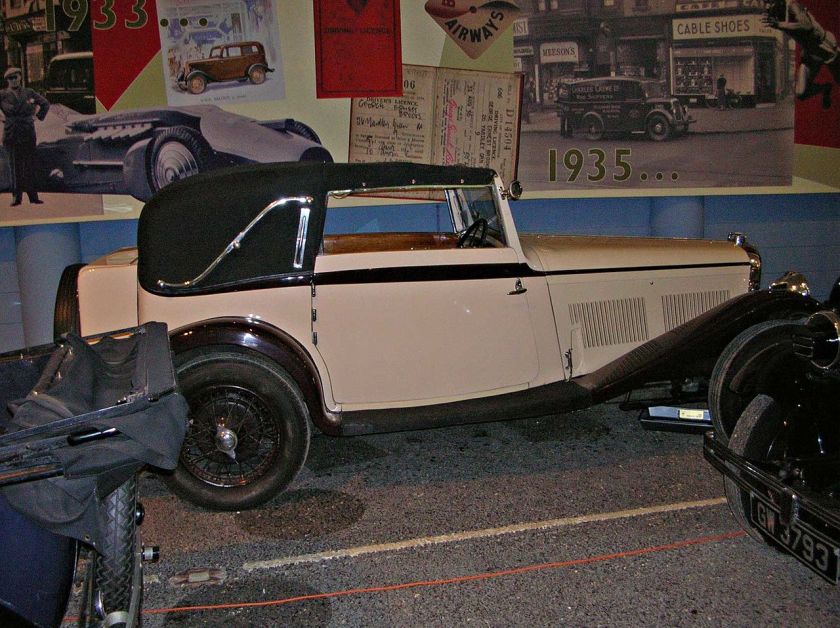 1932–34 Rover Meteor 16HP/20HP
1932–34 Rover Meteor 16HP/20HP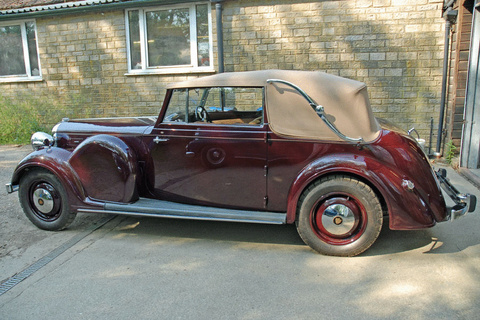
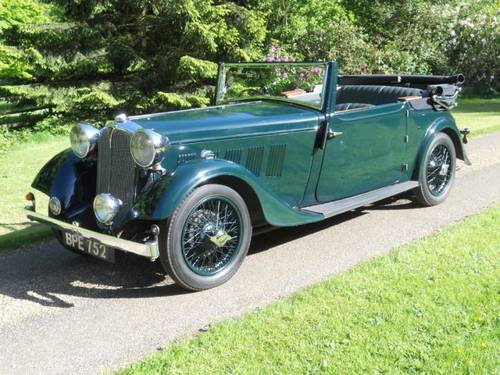
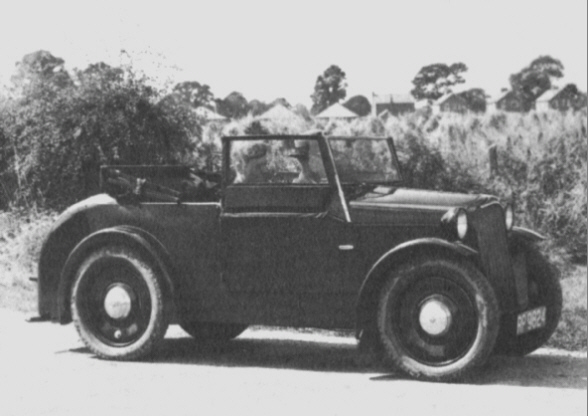
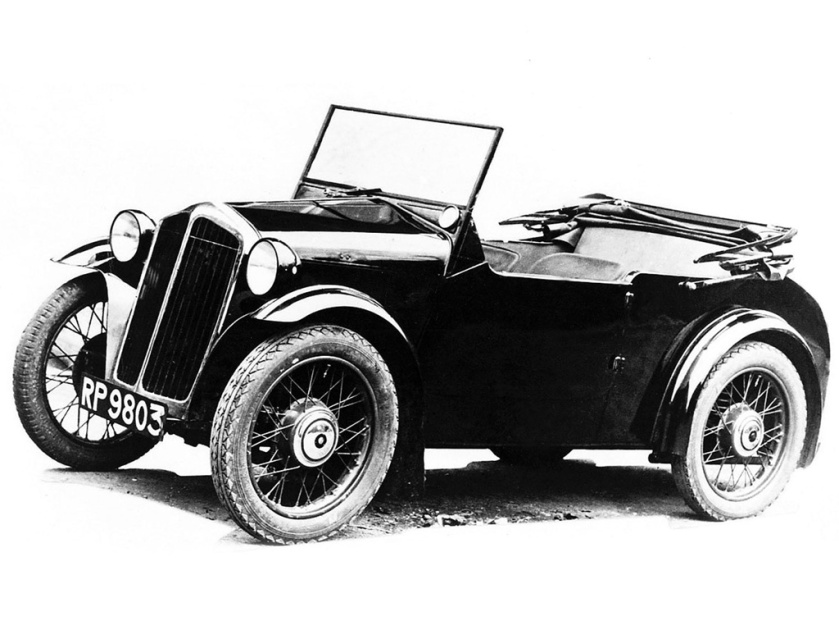
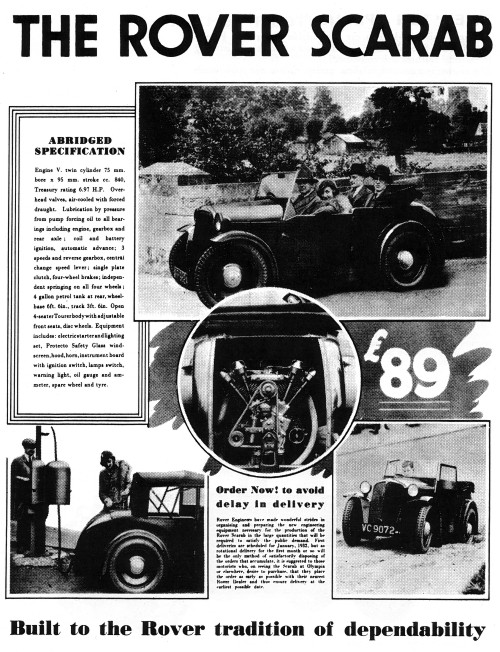
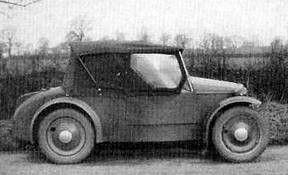
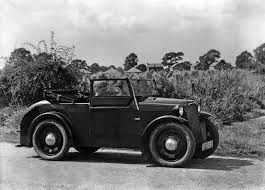
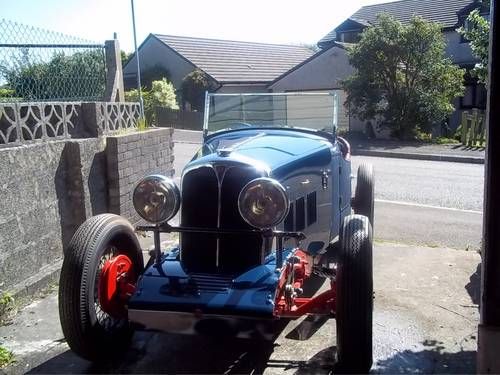
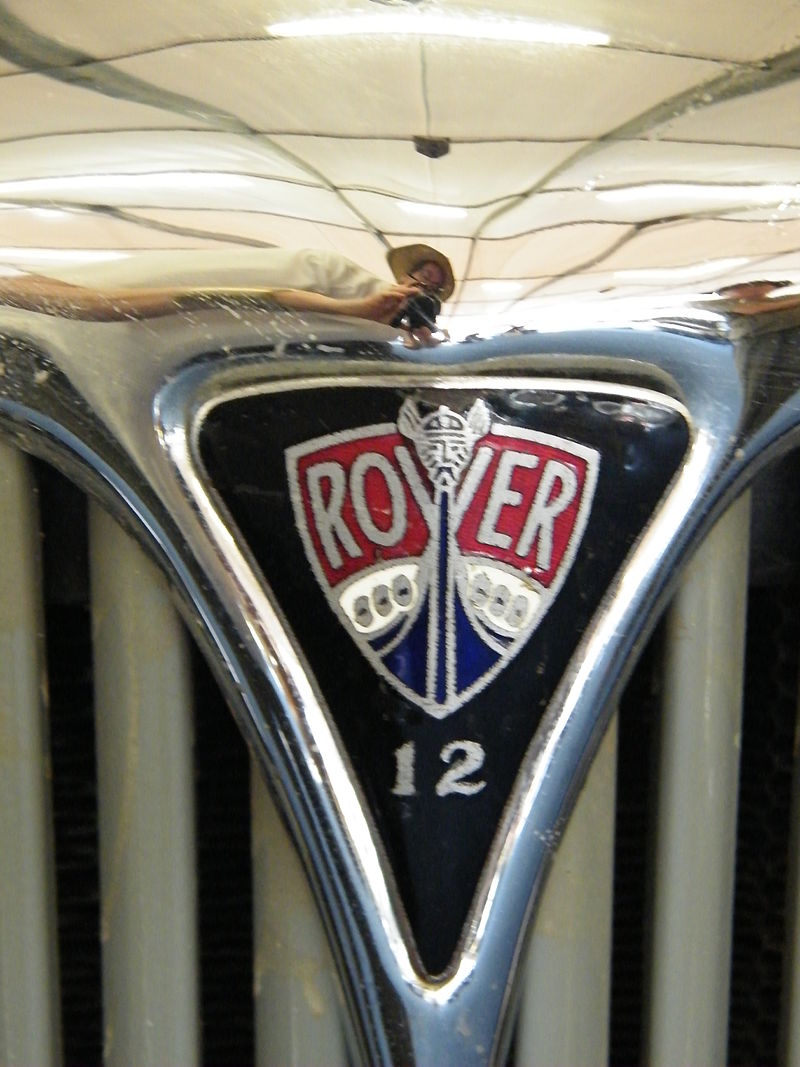
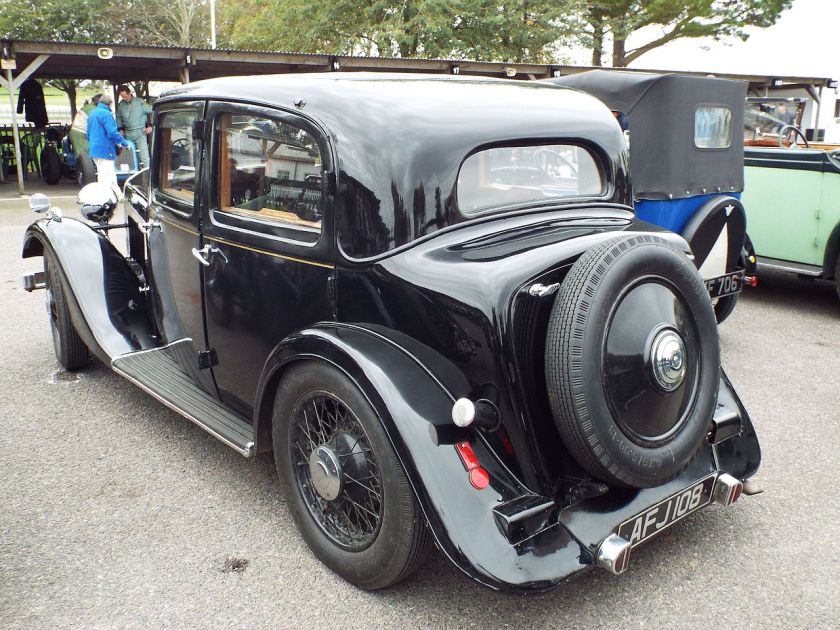
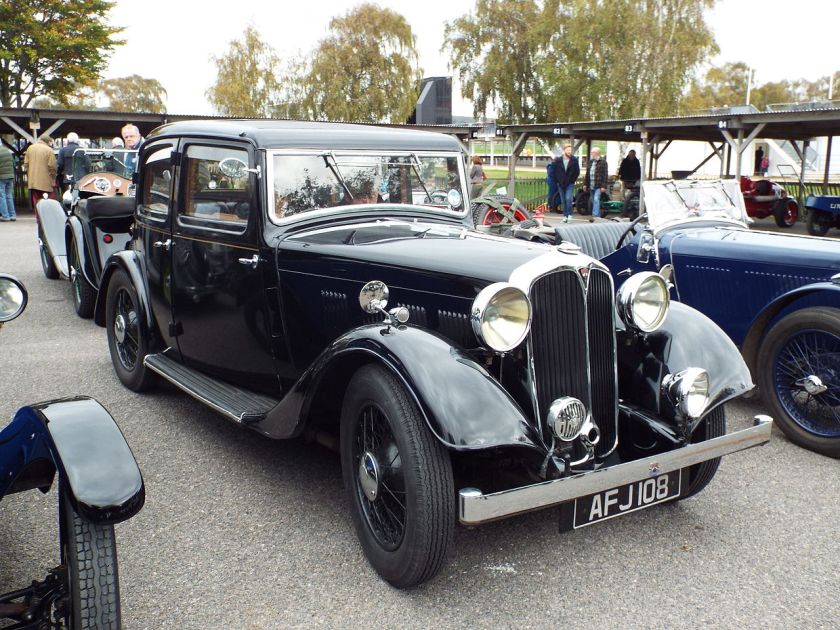
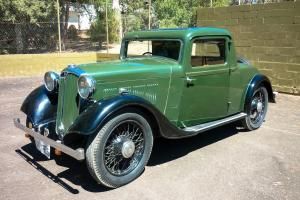
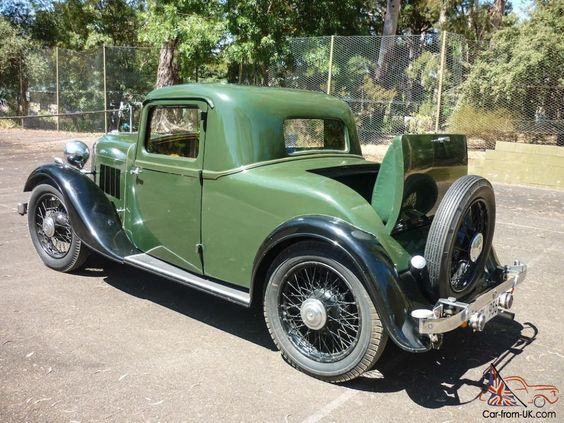
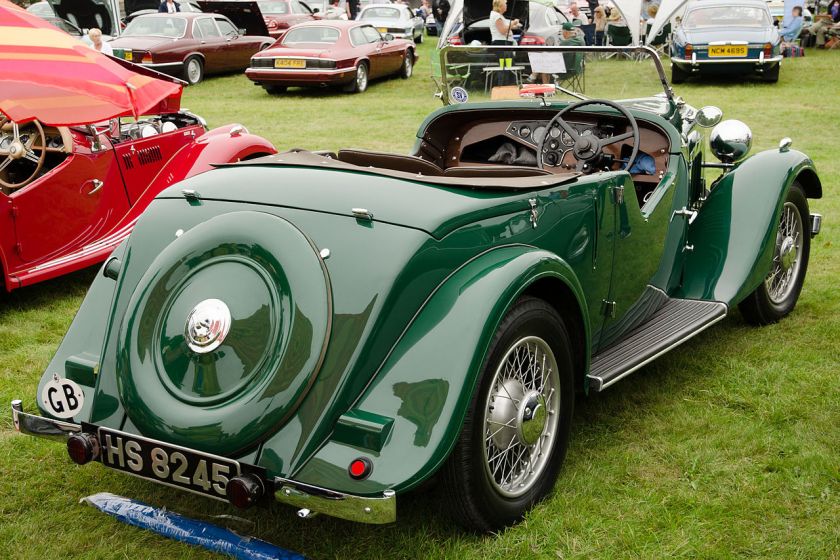

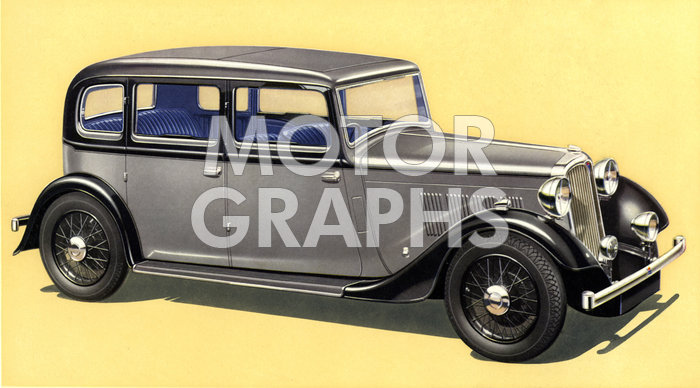
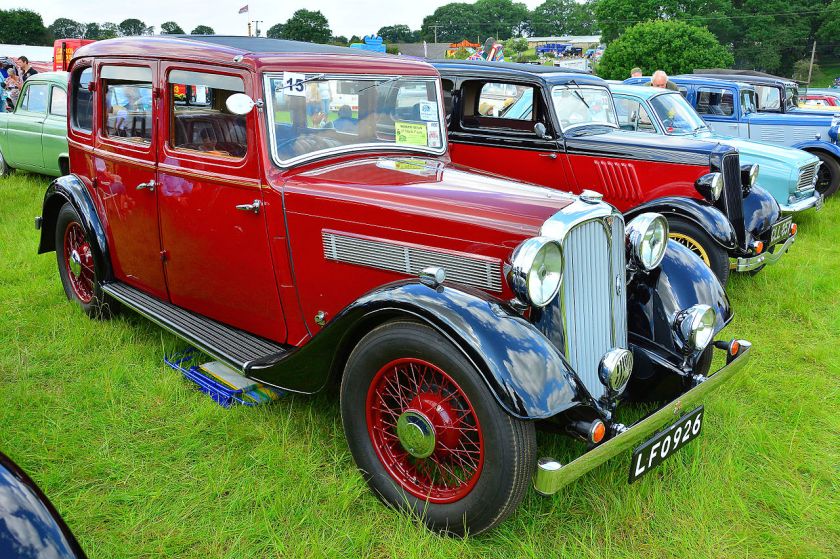
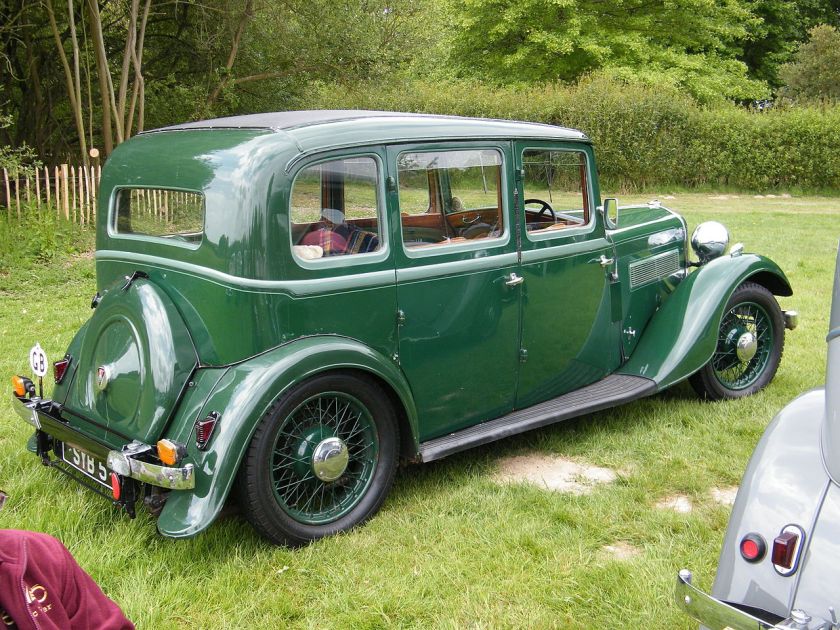
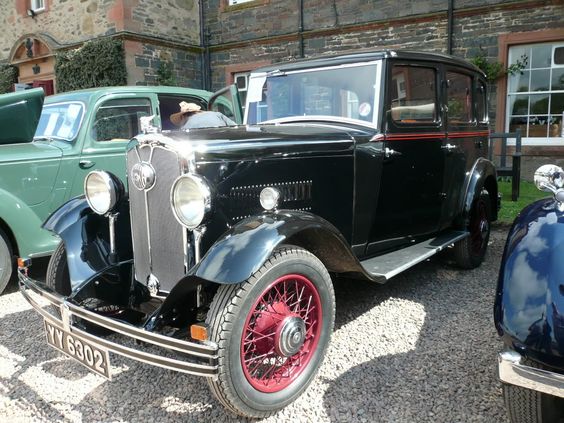
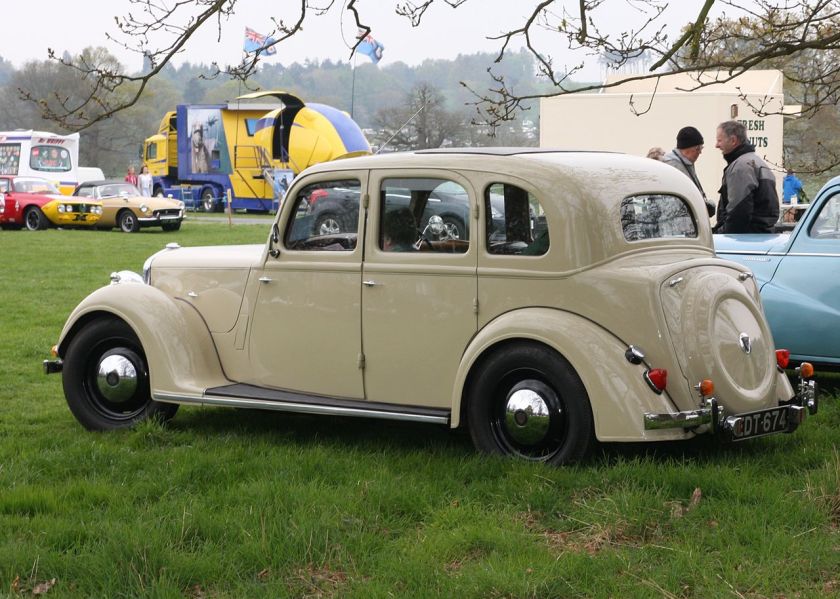
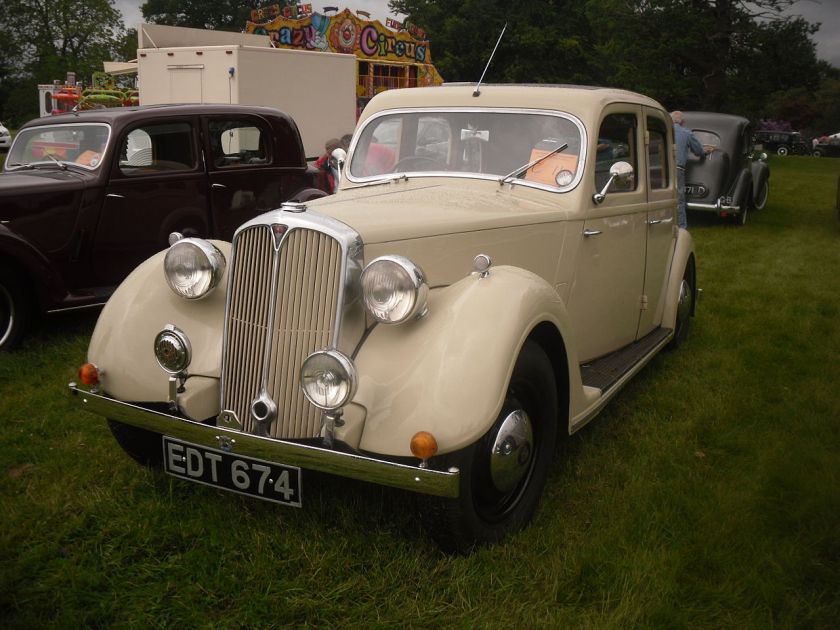
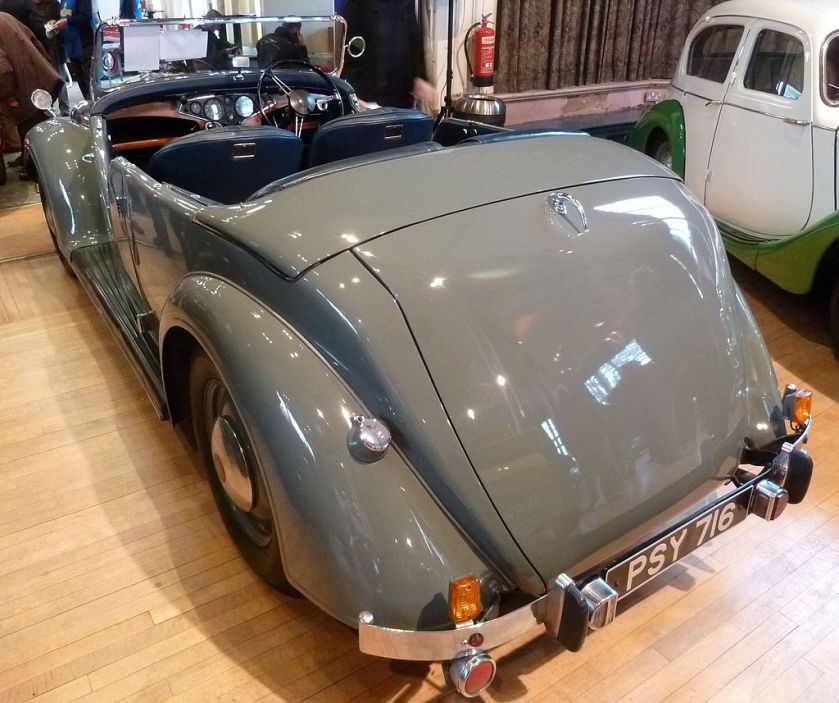
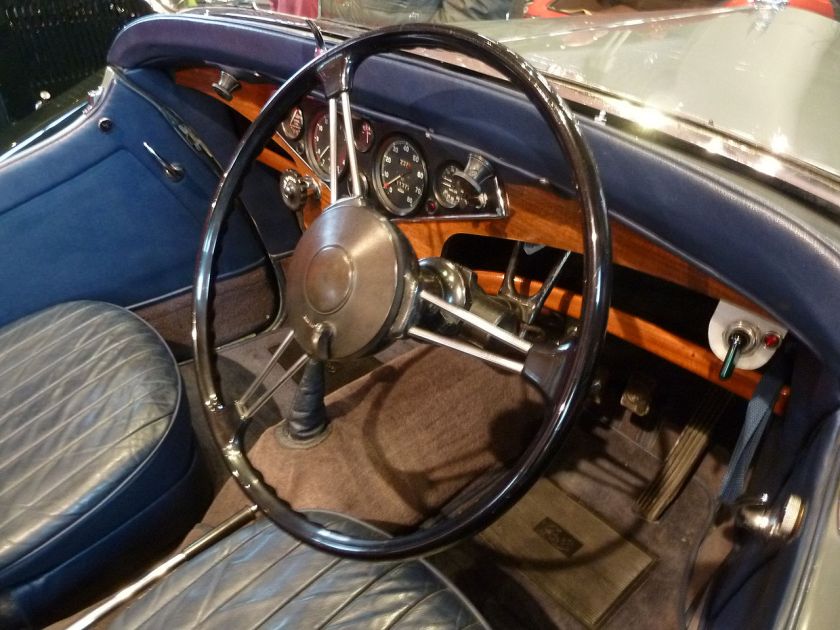
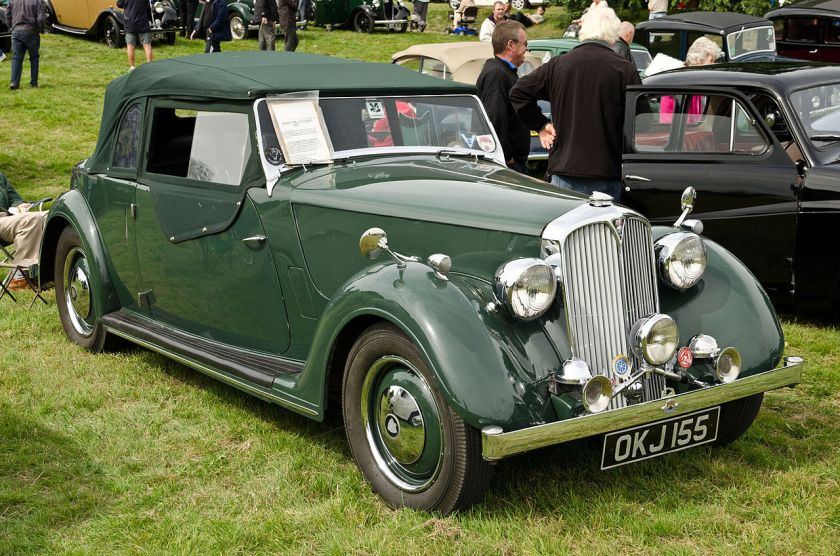
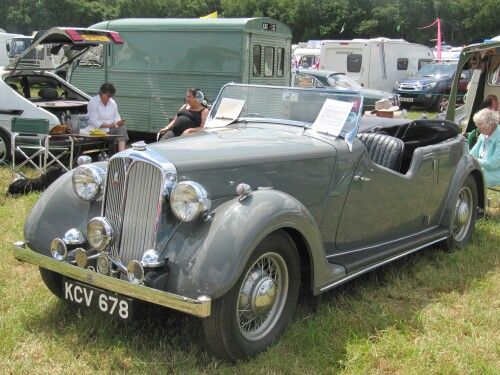
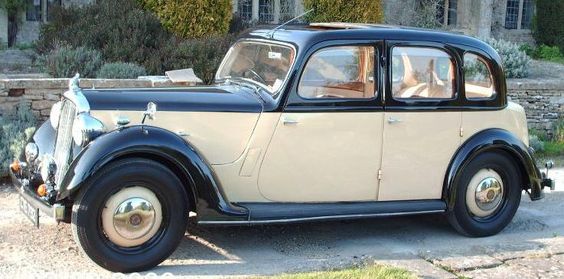
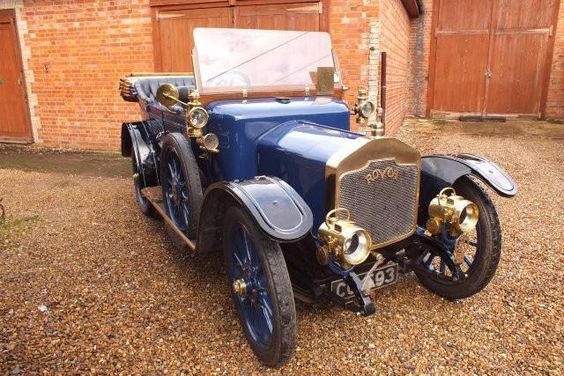
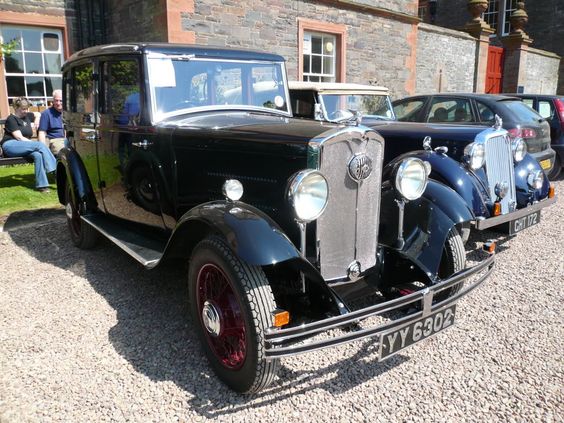
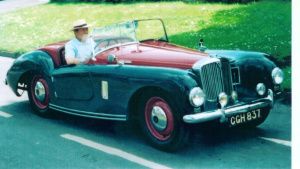
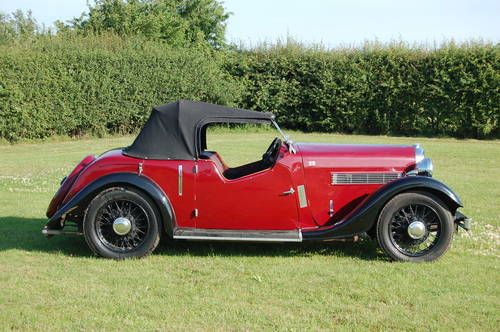
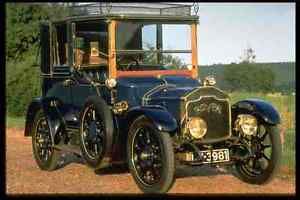
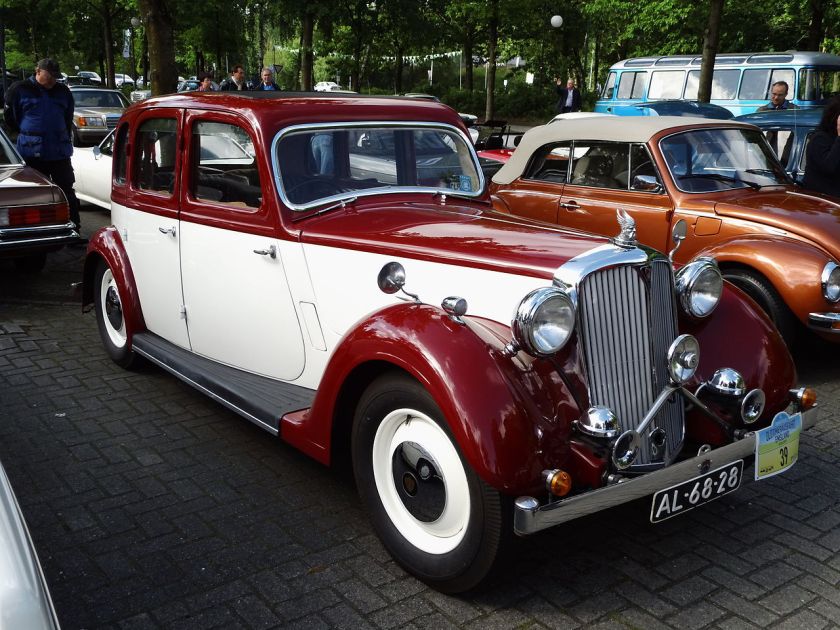 1934–47 Rover 12
1934–47 Rover 12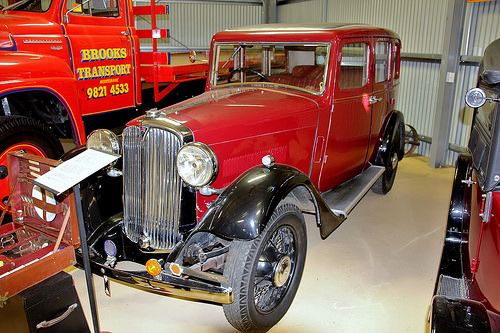
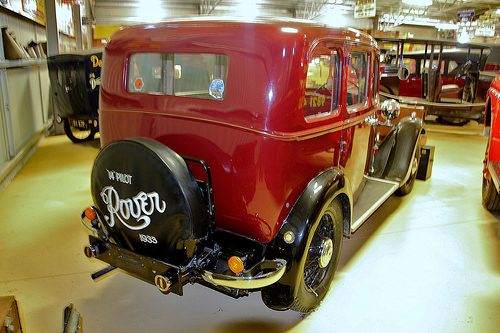
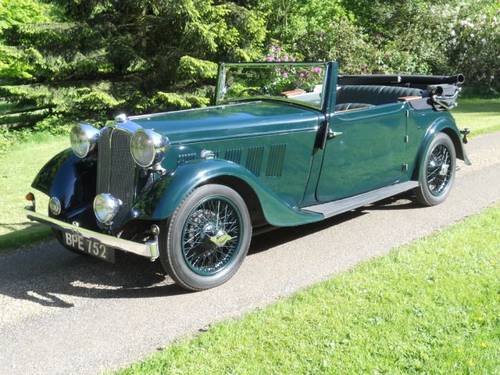
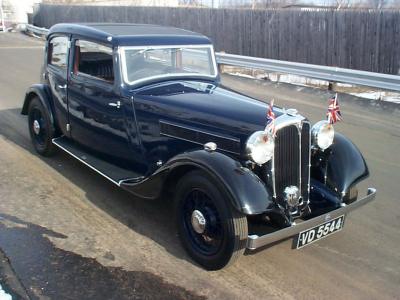
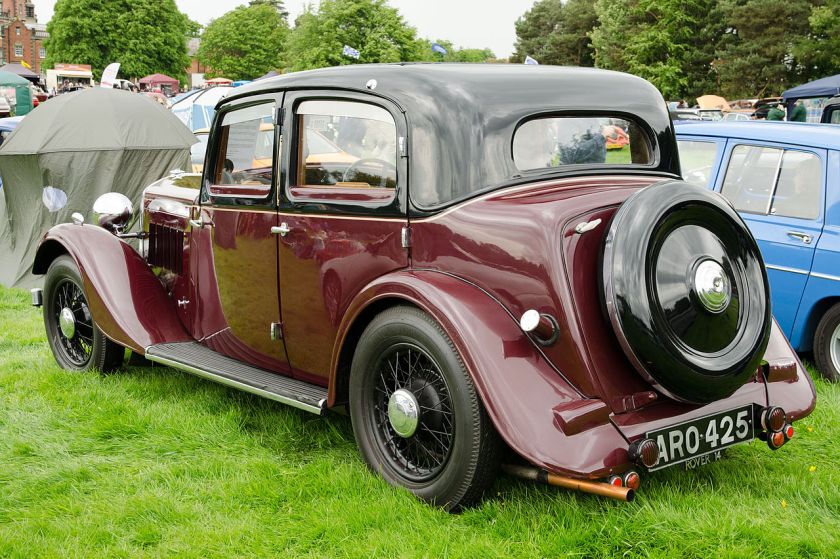

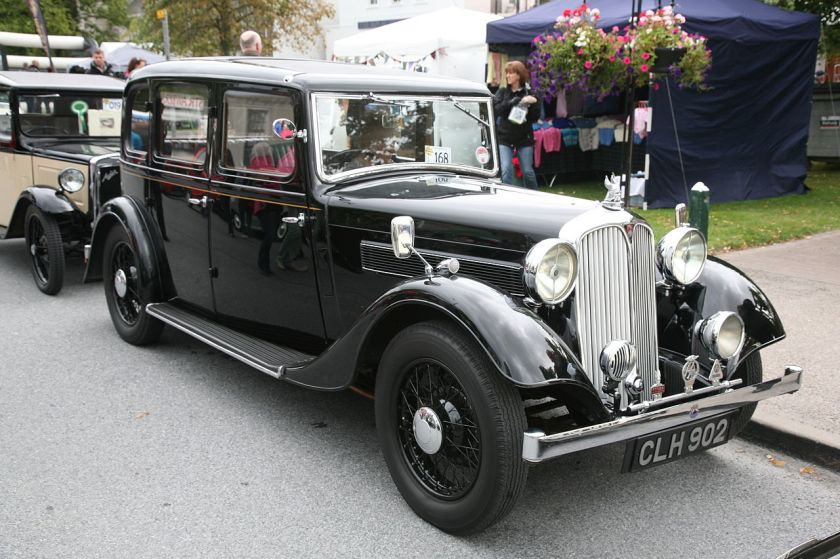
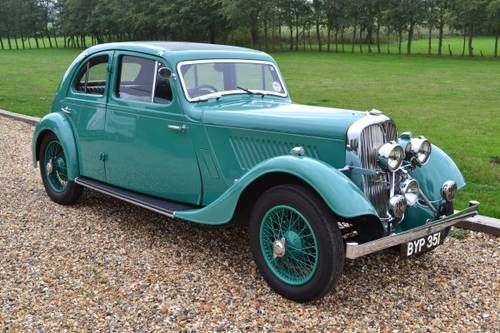
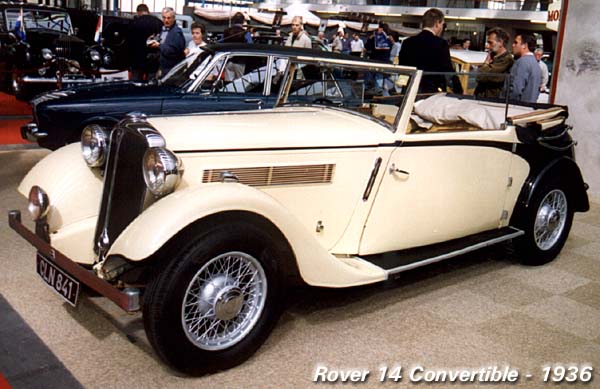
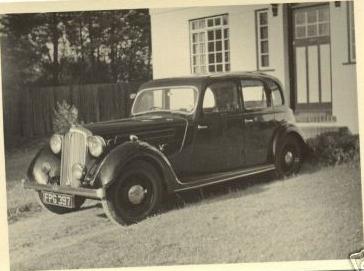
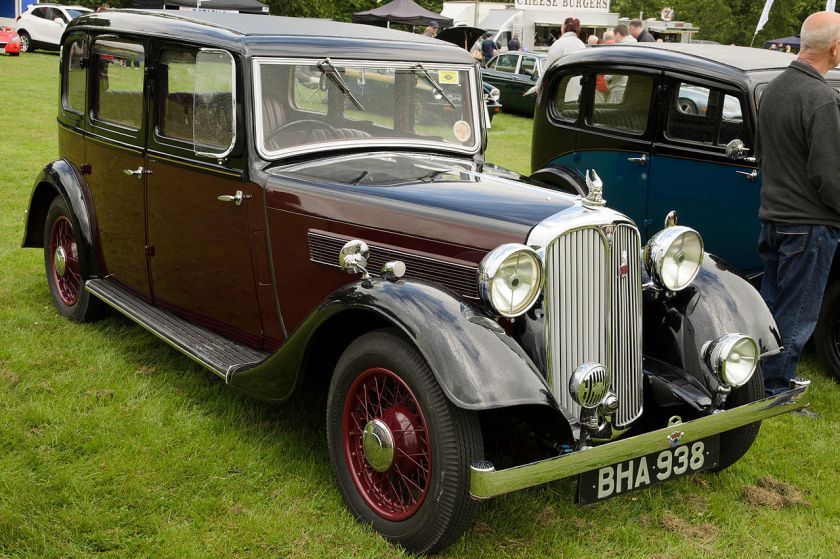
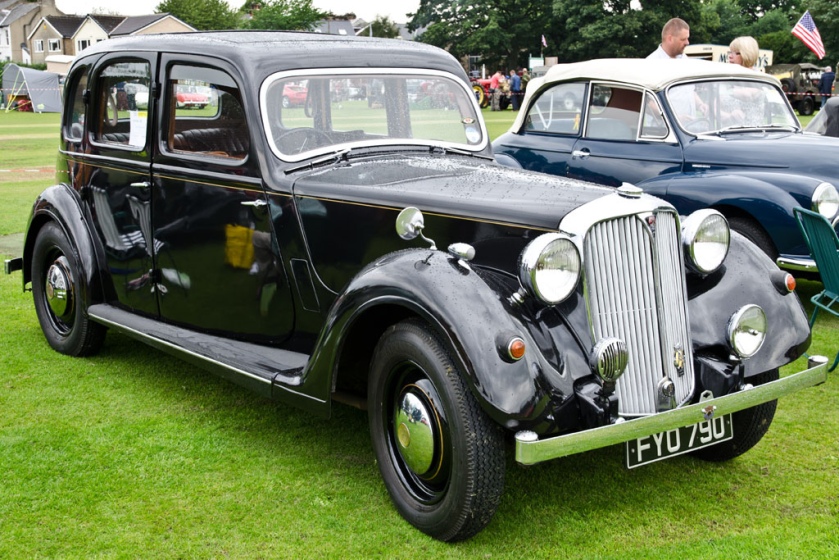
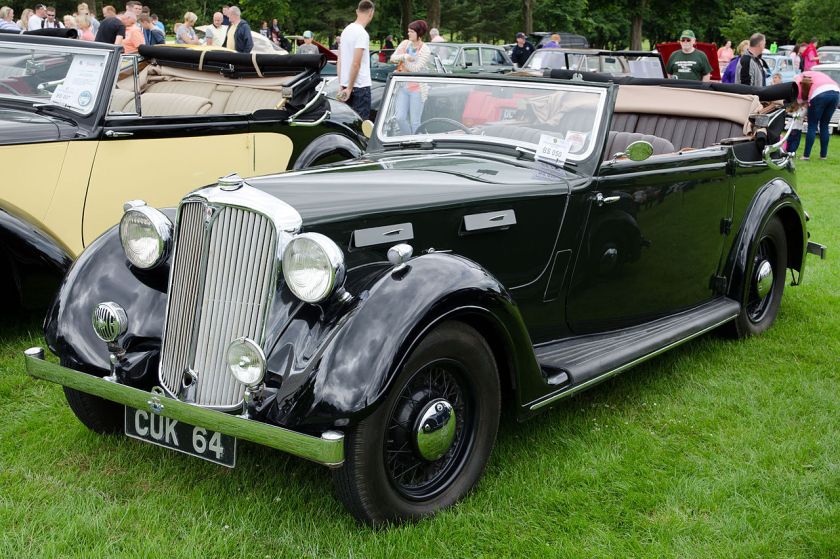
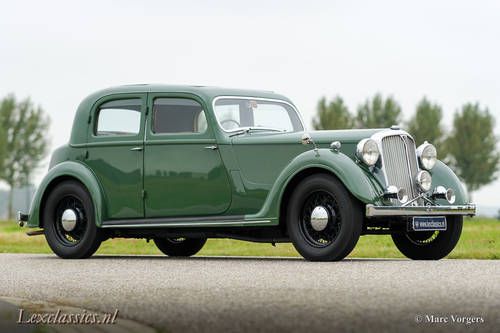
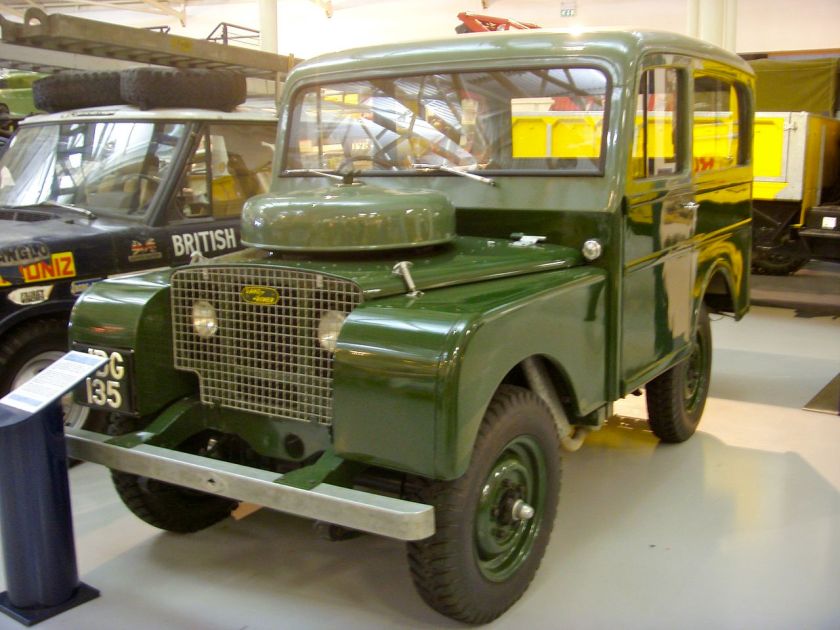
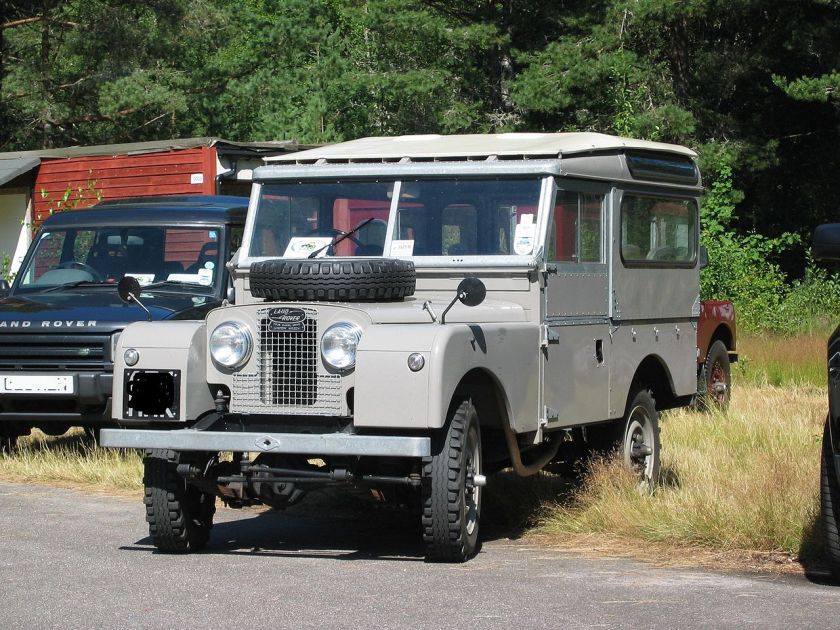
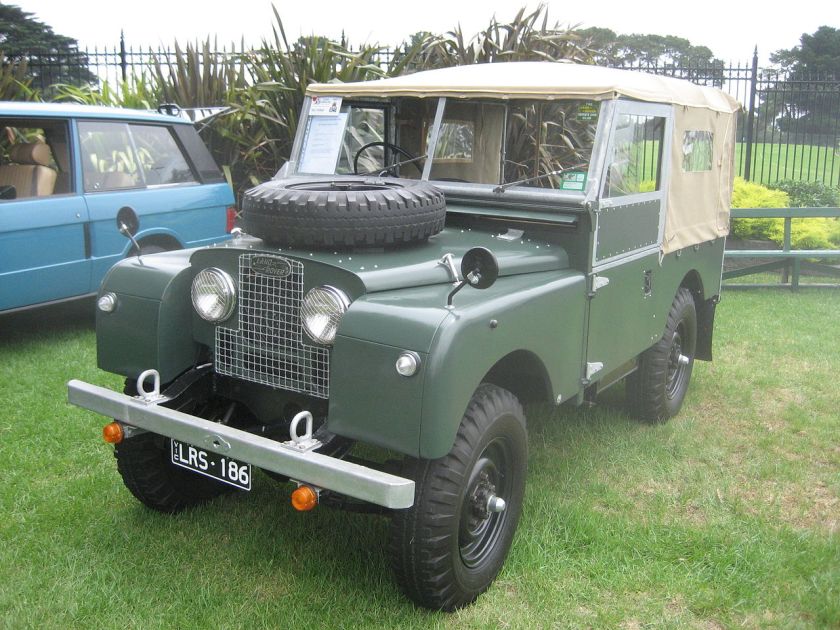
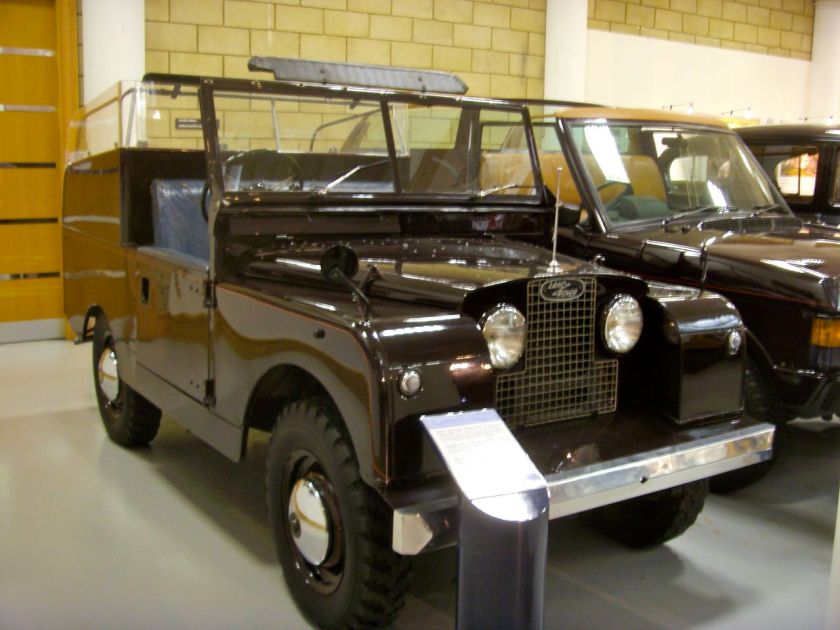
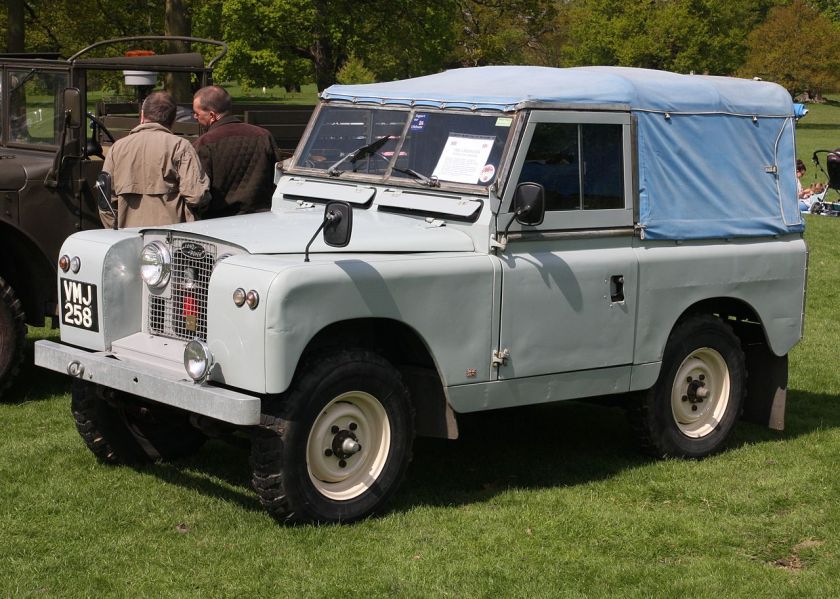
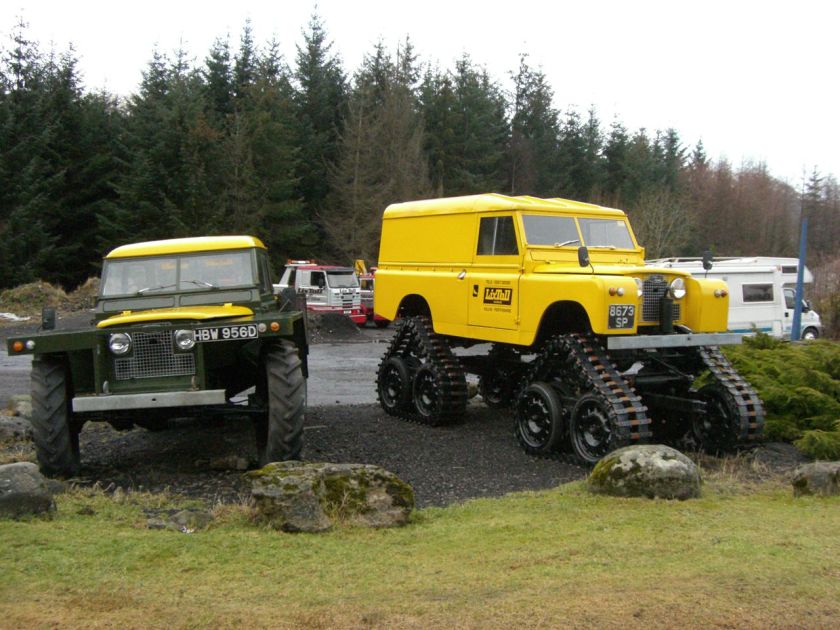
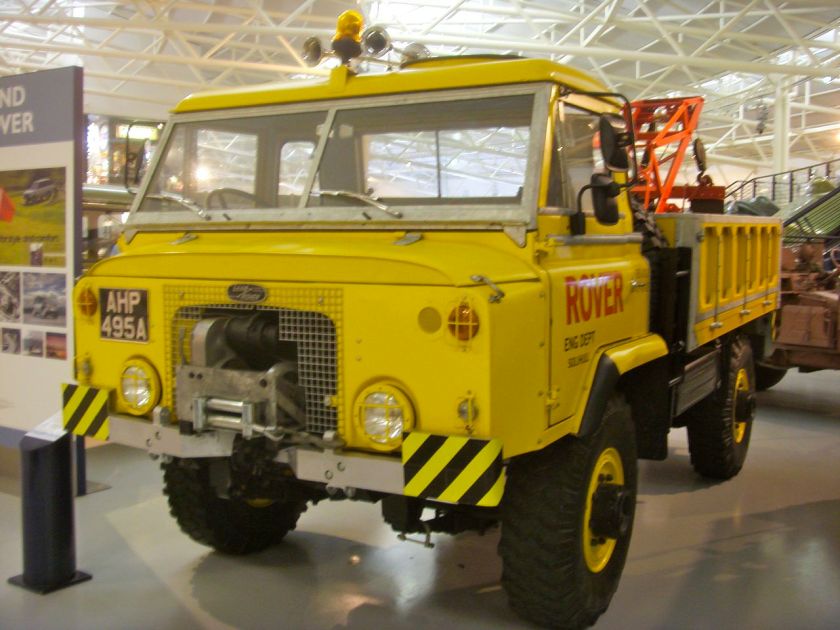
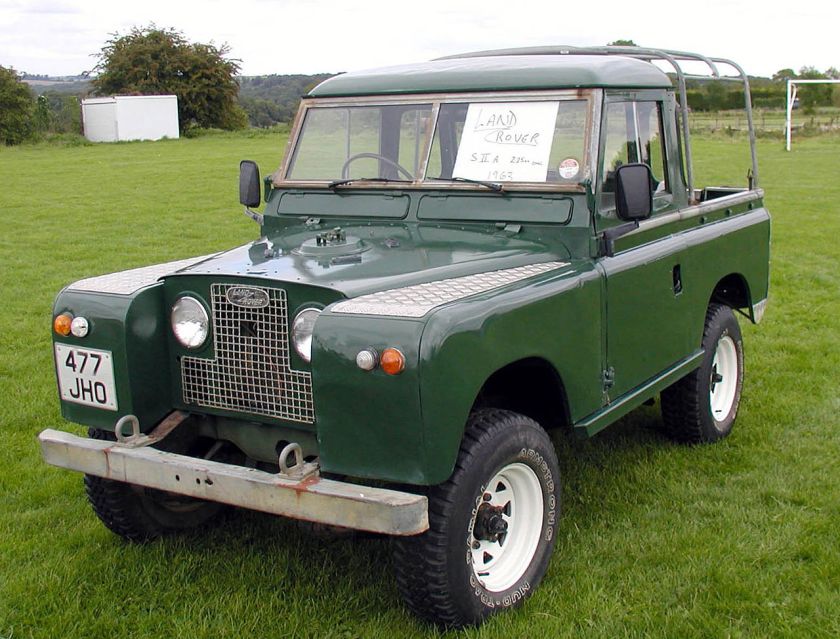 1948–78 Land Rover (I/II/III)—In 1978, BL established Land Rover Limited as a separate subsidiary; it took over Land Rover production.
1948–78 Land Rover (I/II/III)—In 1978, BL established Land Rover Limited as a separate subsidiary; it took over Land Rover production.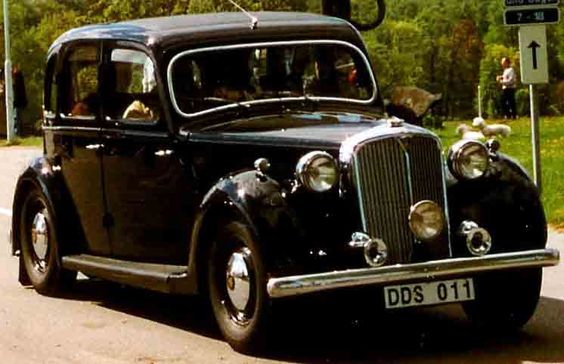
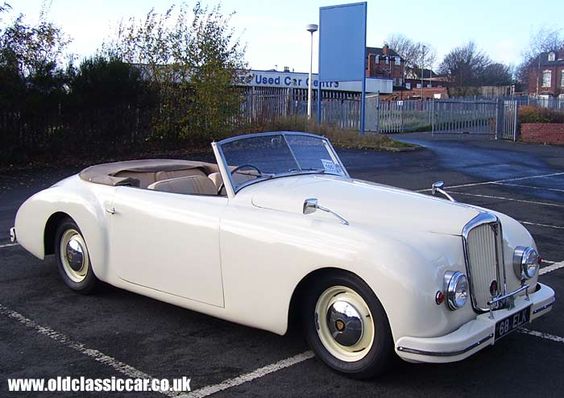
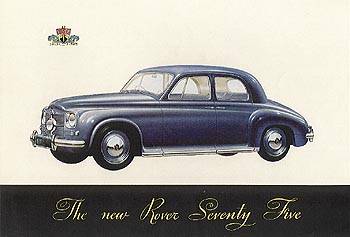
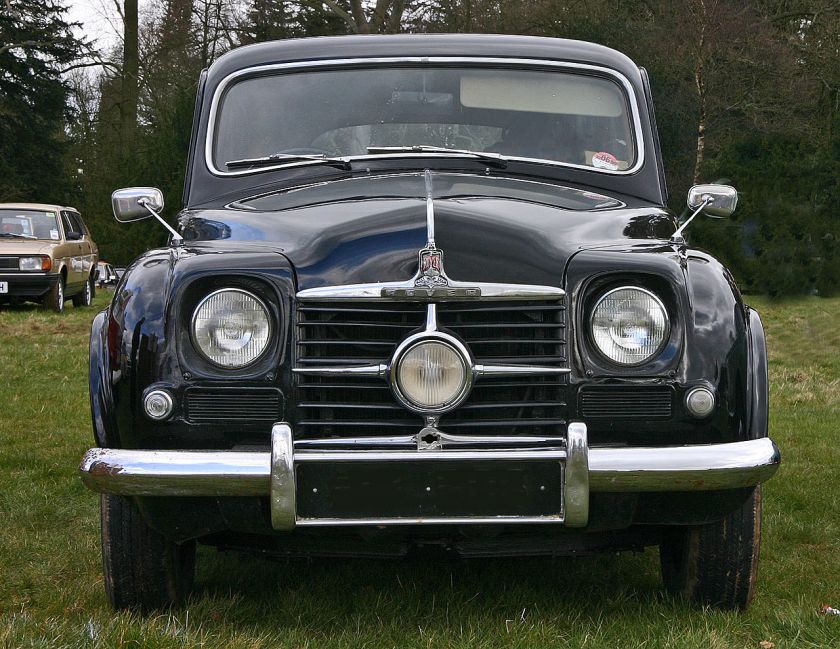
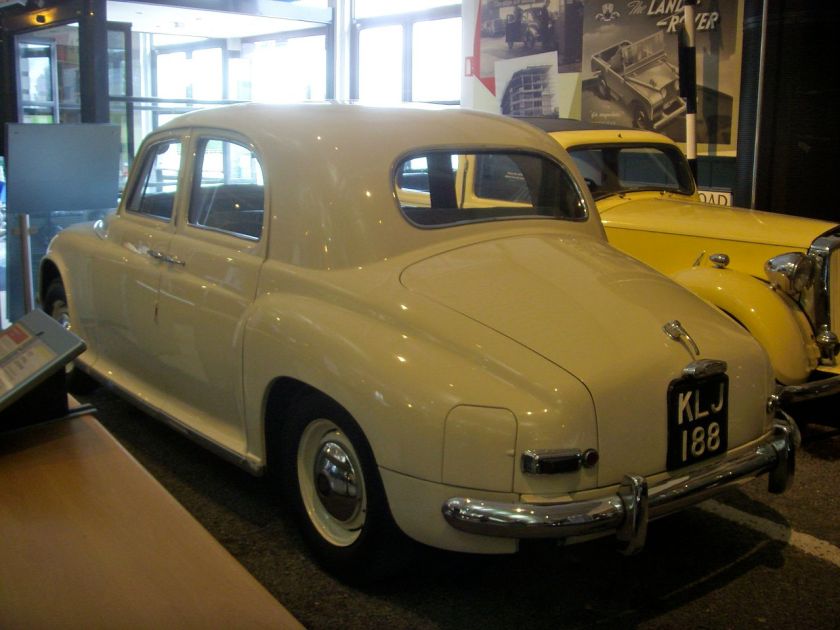
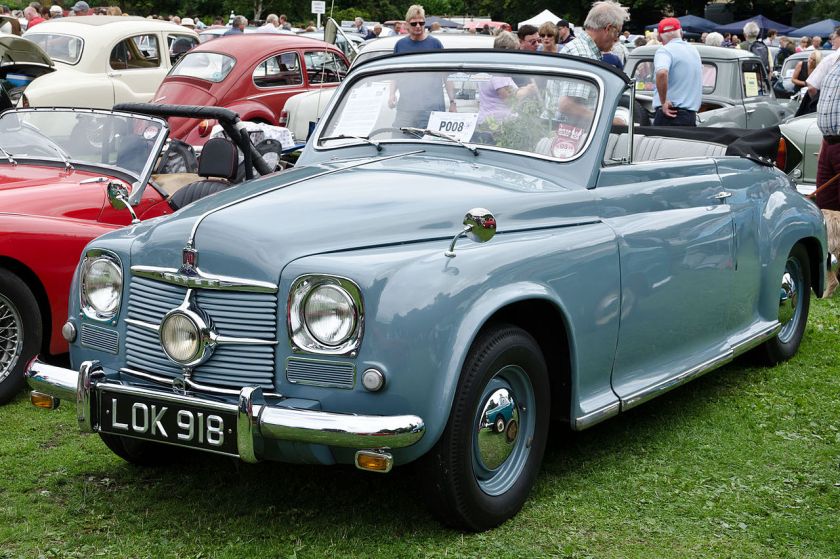
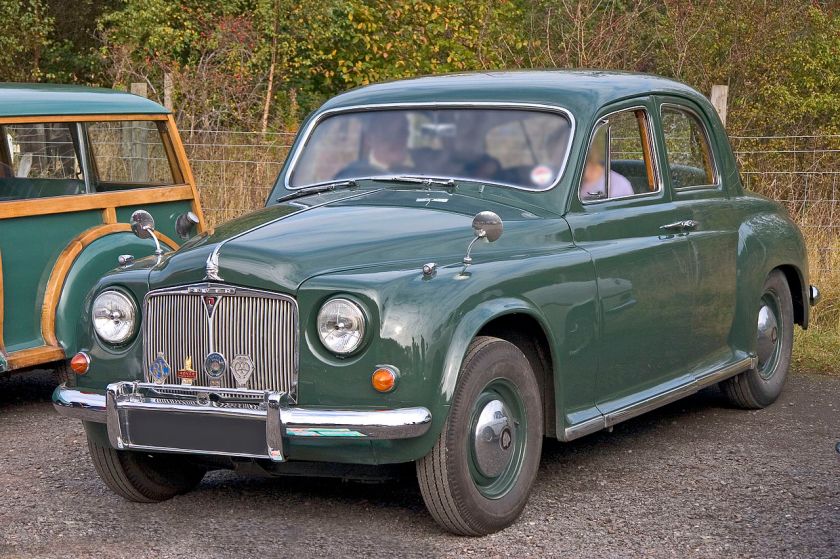
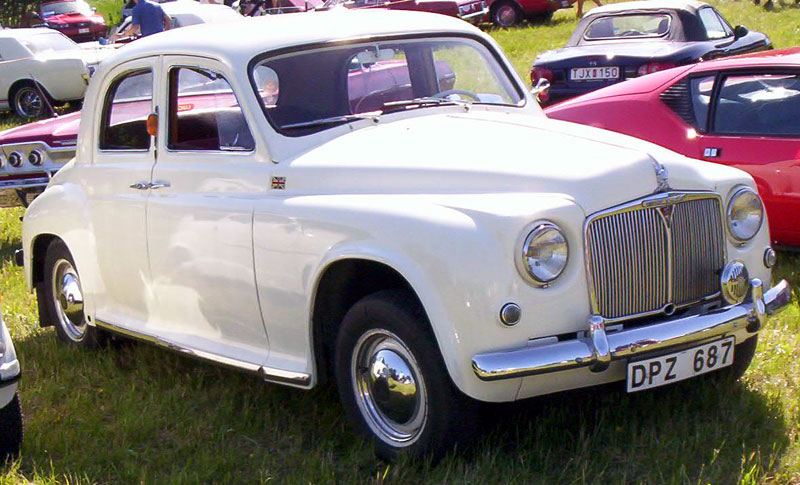
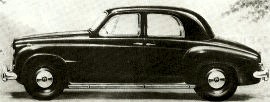
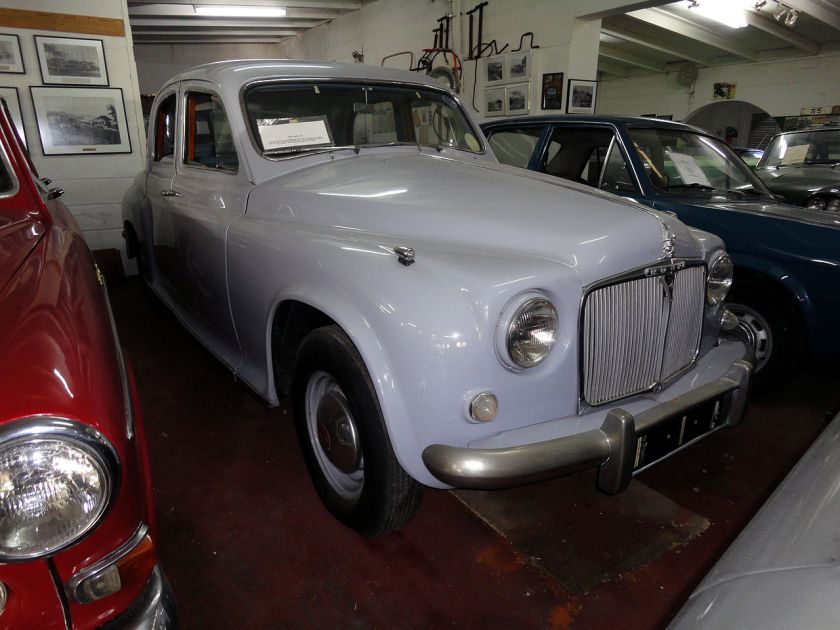
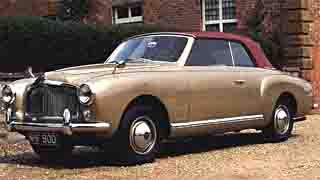
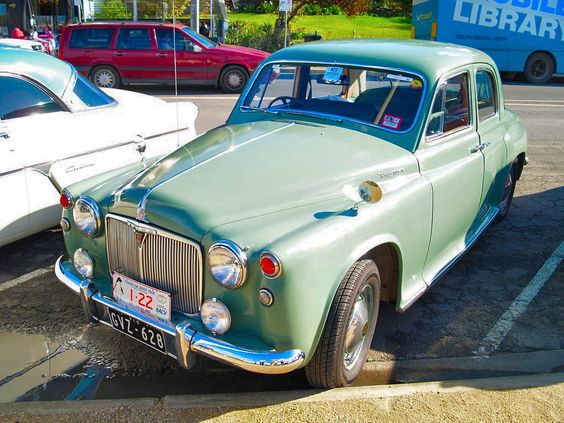
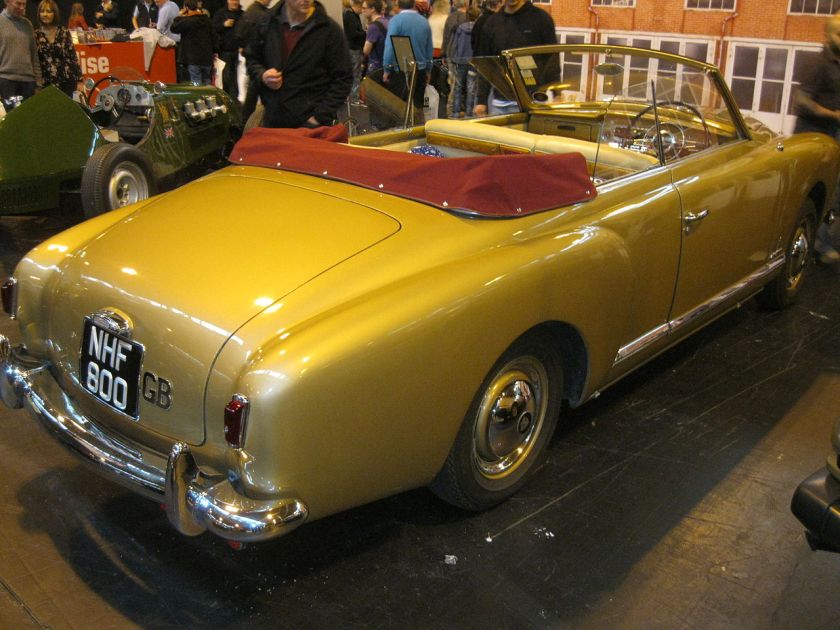
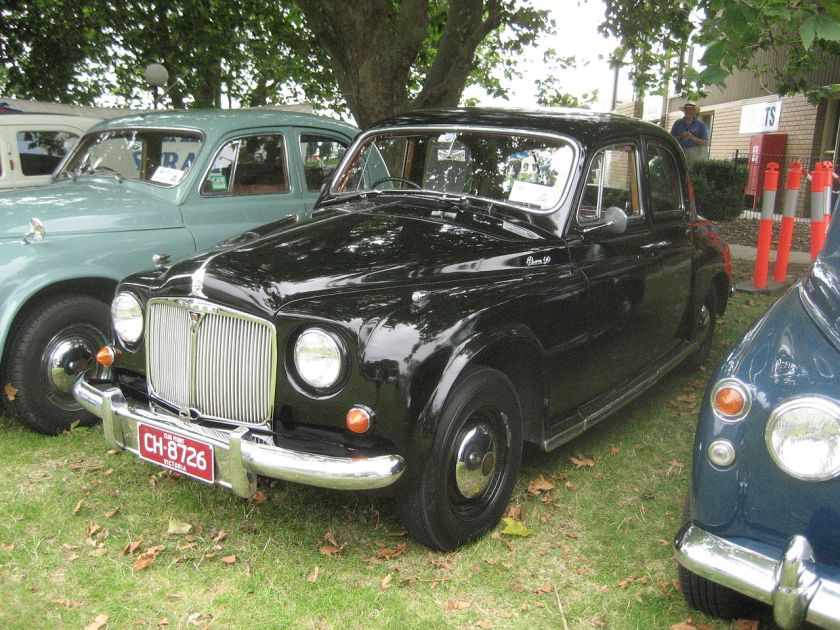
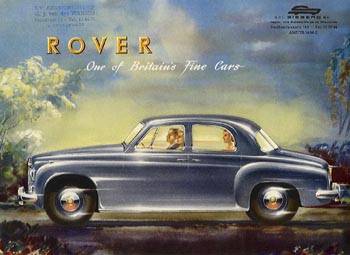
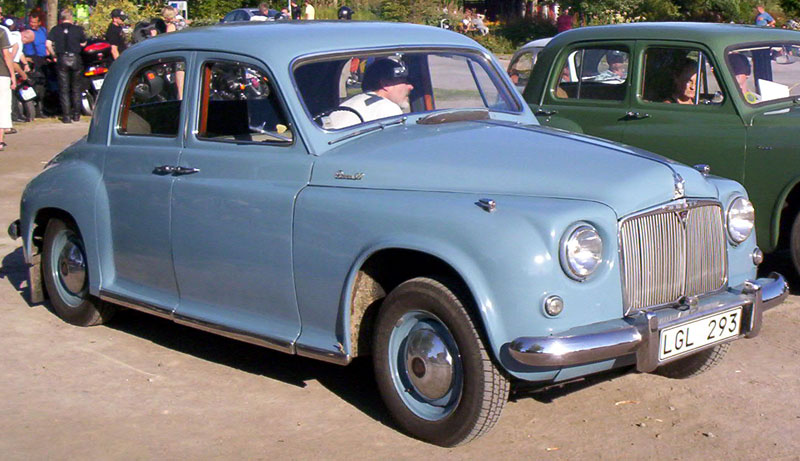
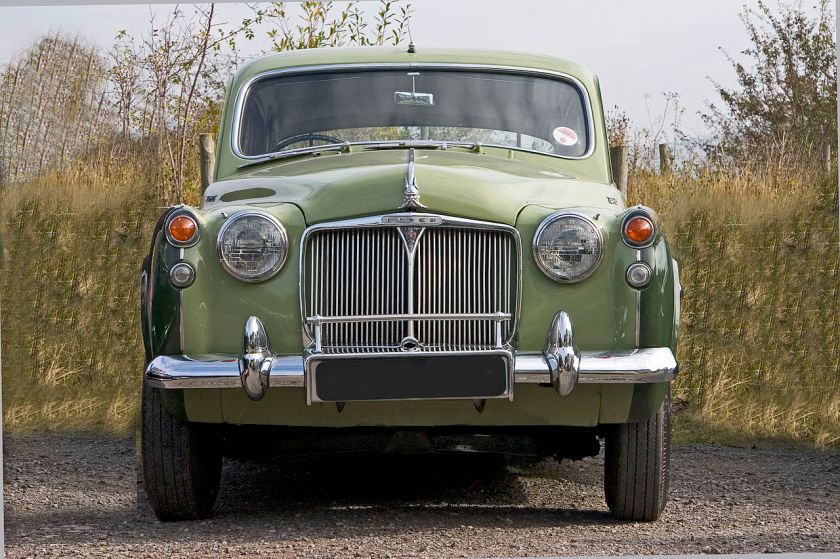
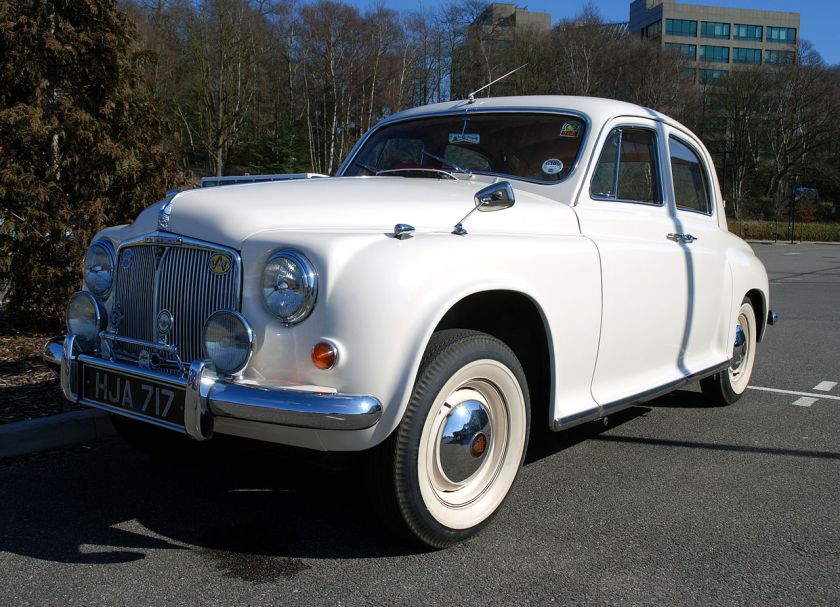
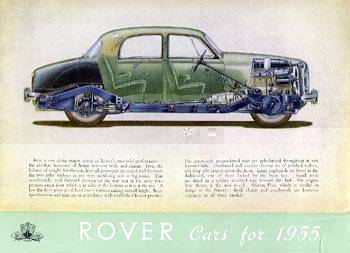
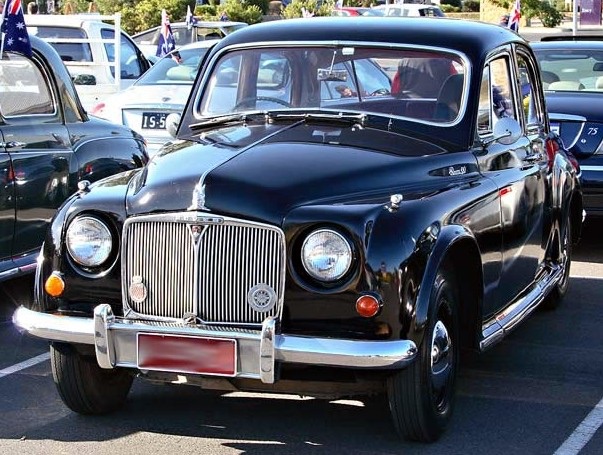
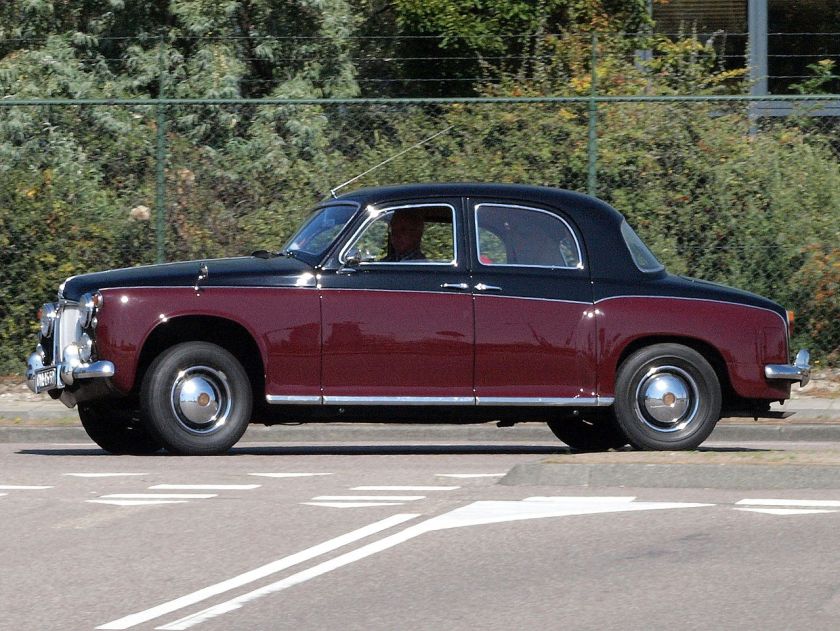
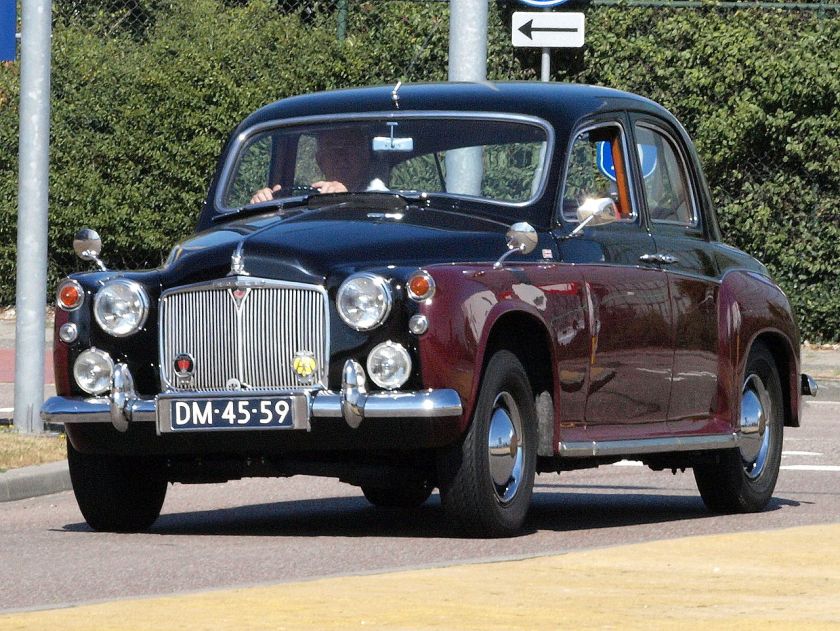
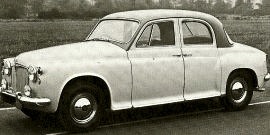
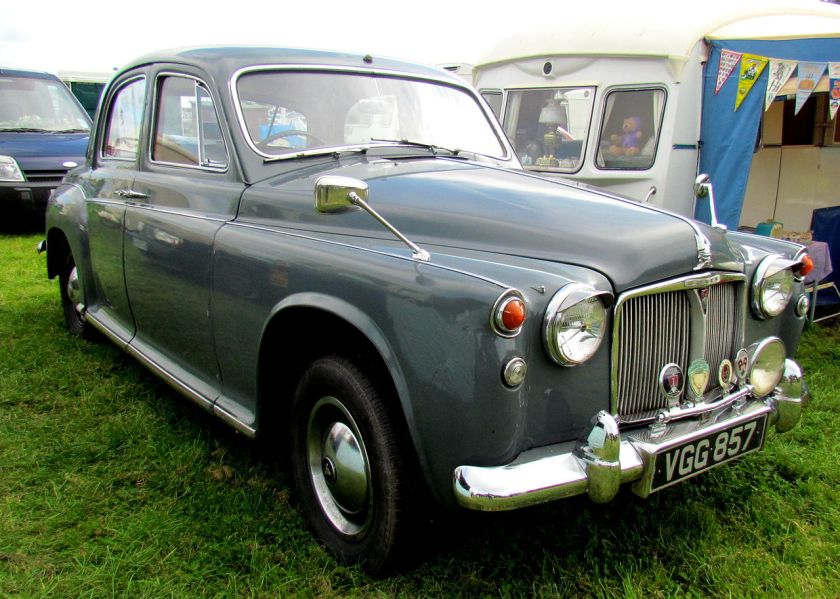
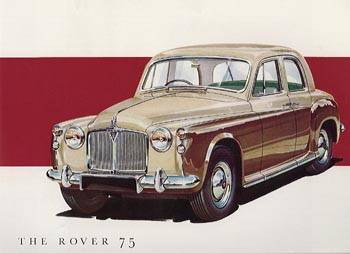
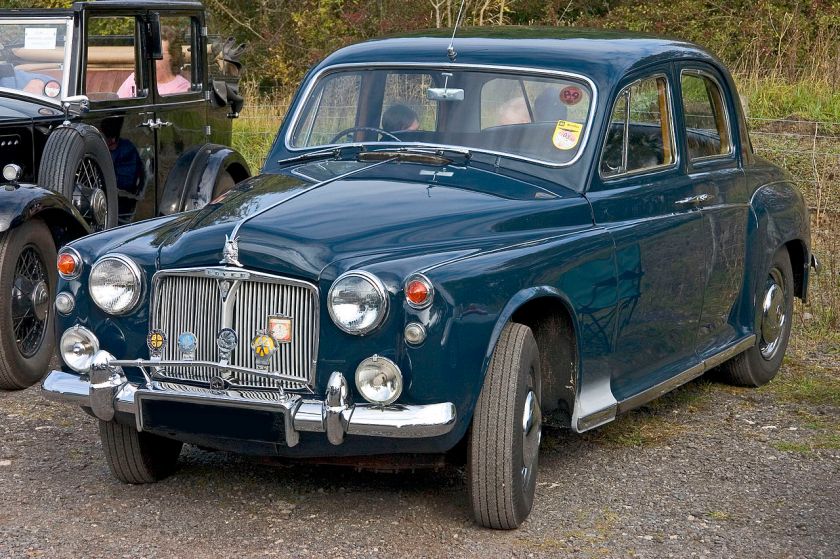
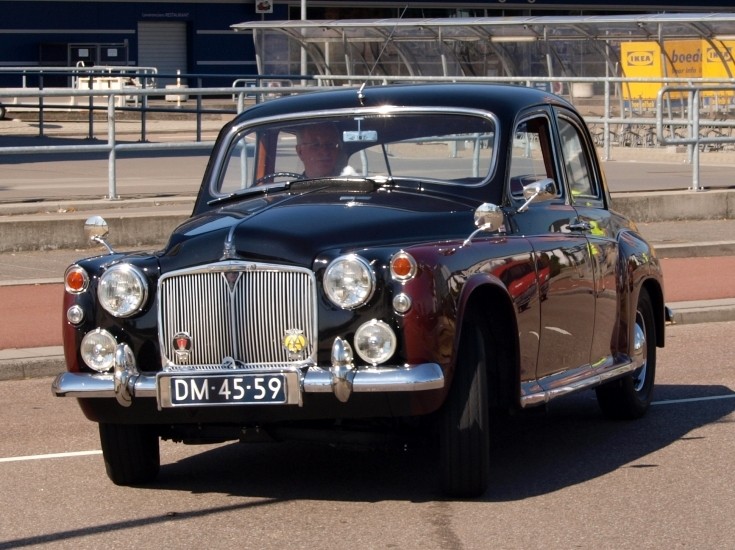
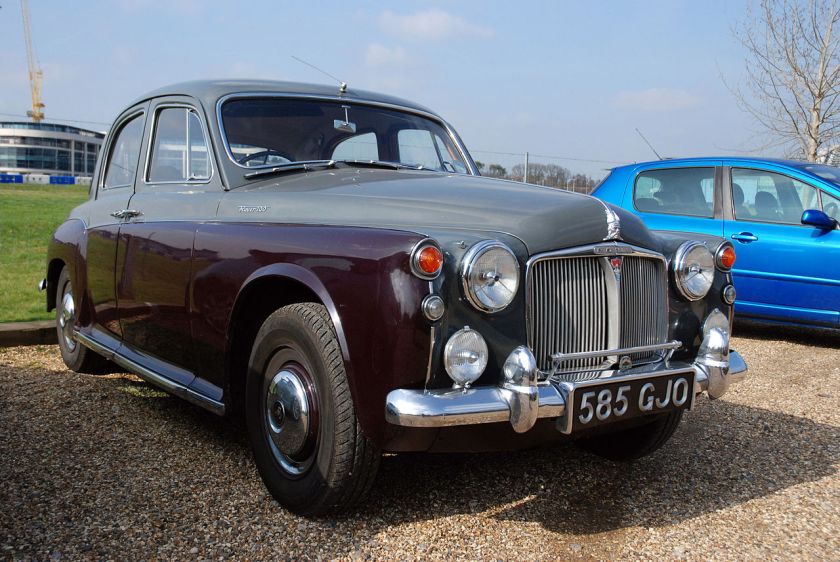
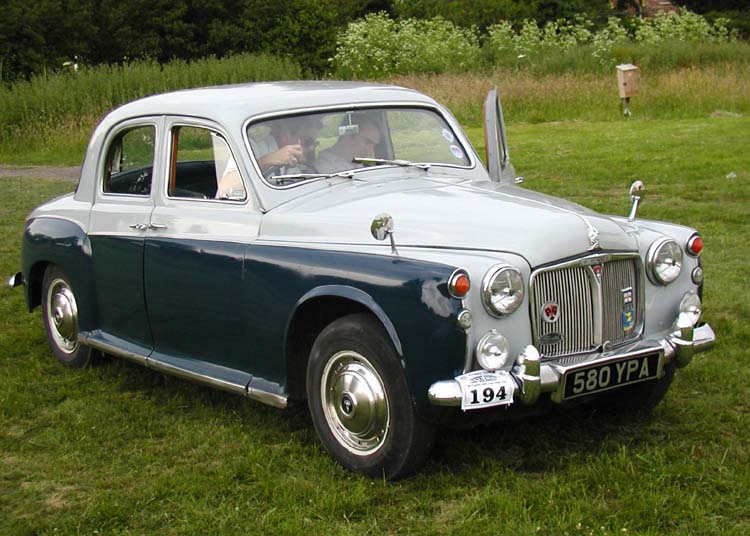
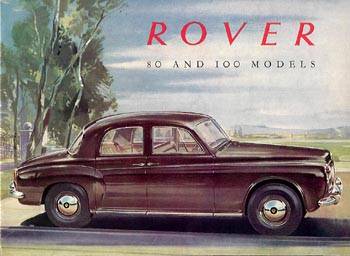
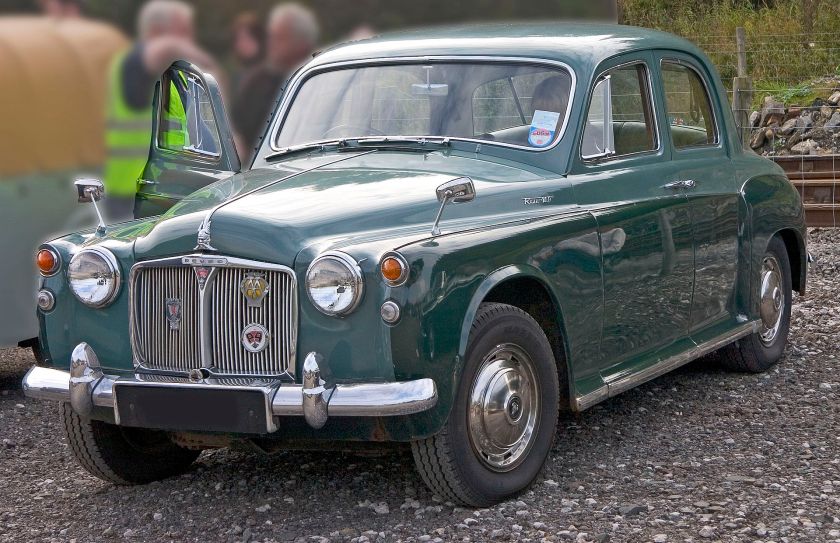
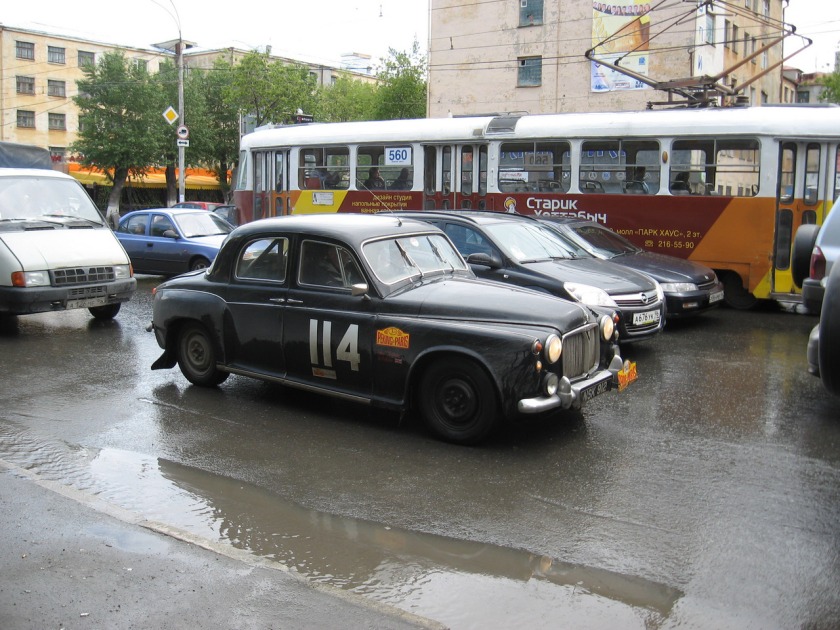
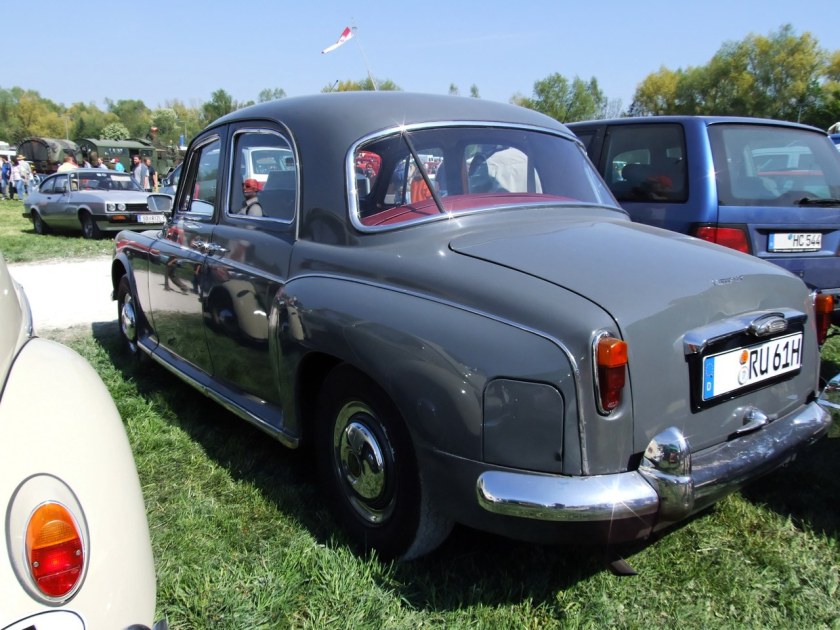
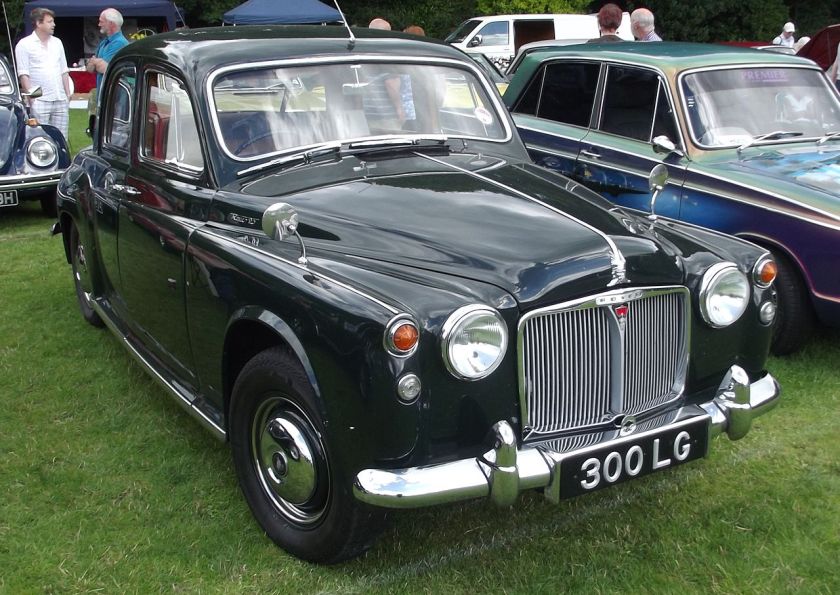
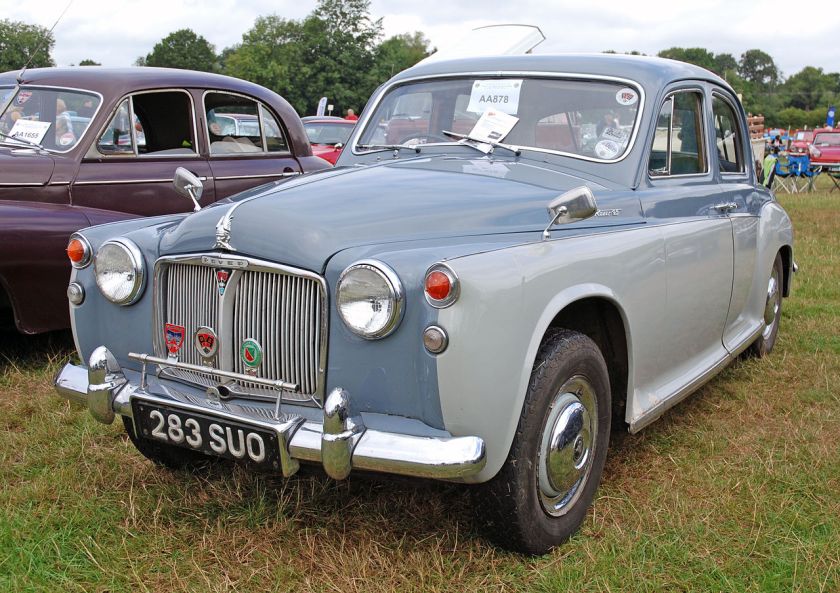
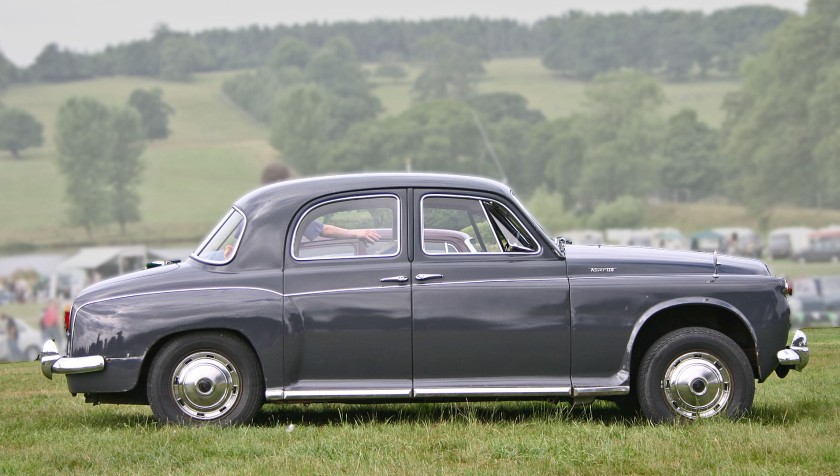
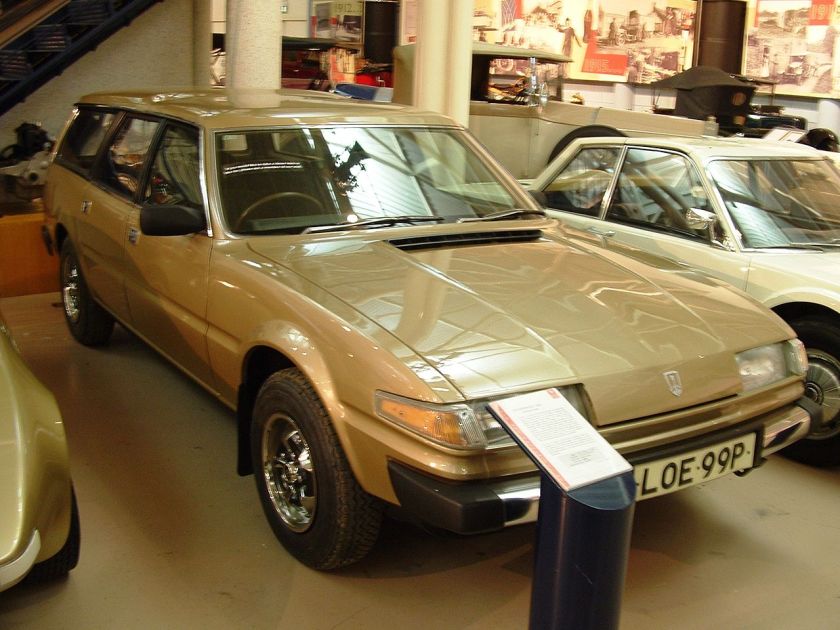
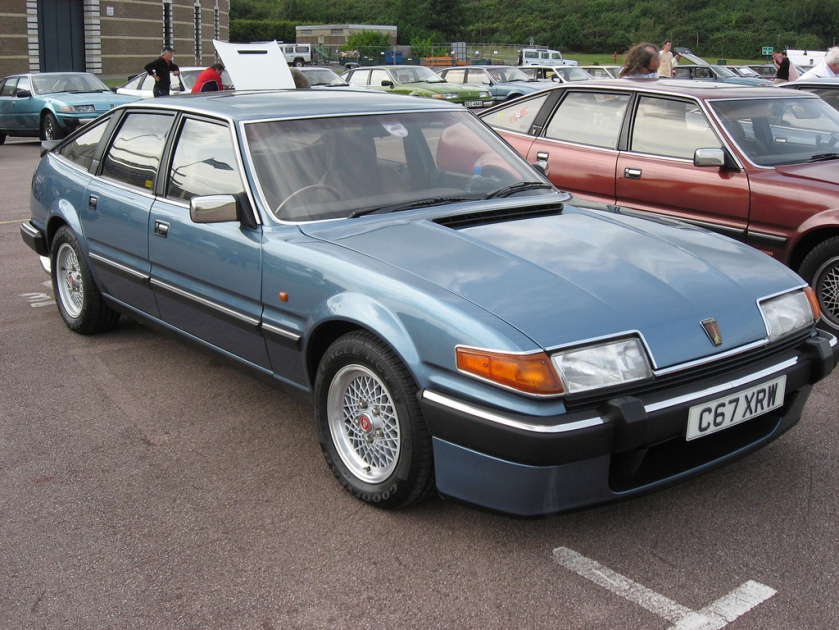
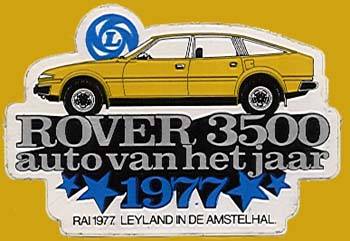
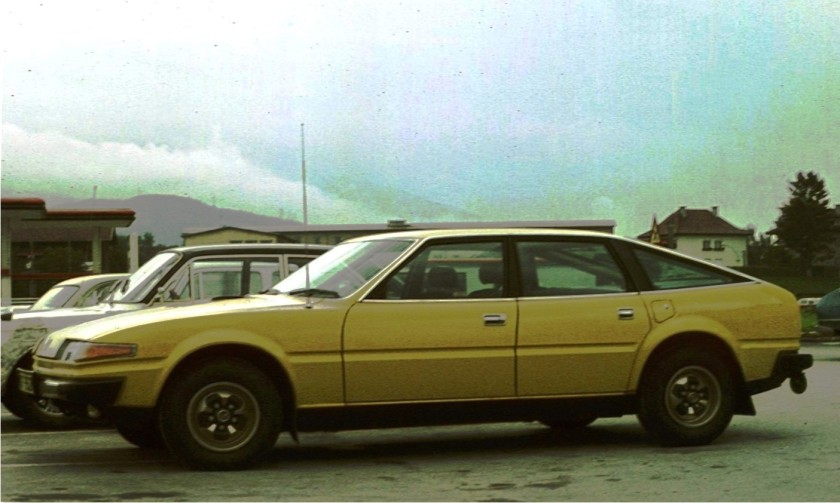
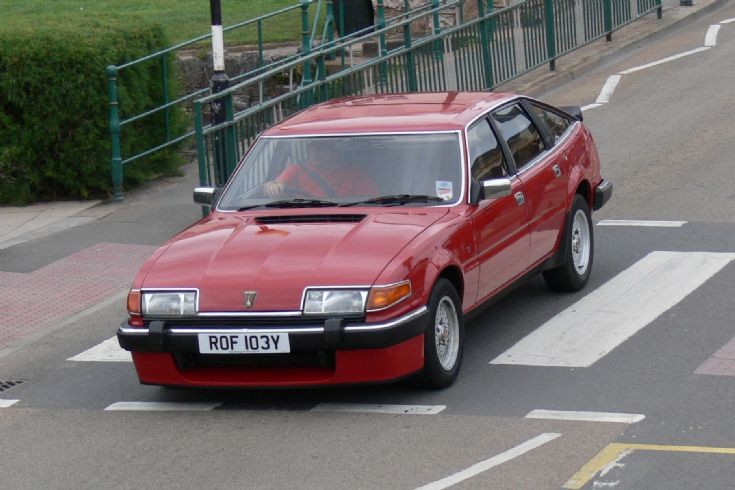
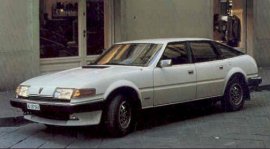
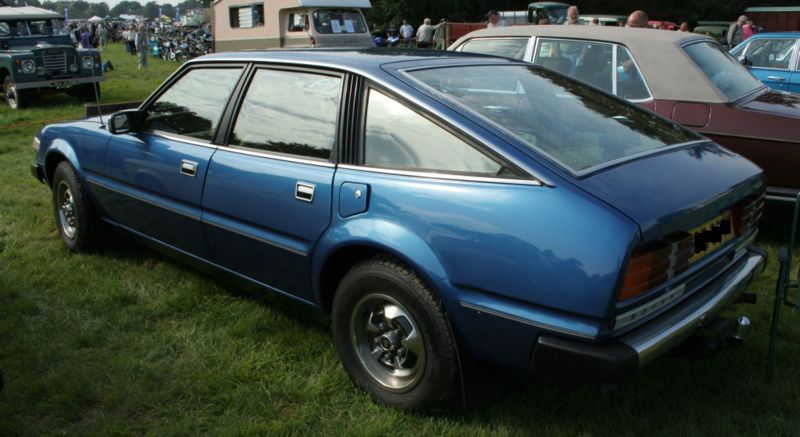
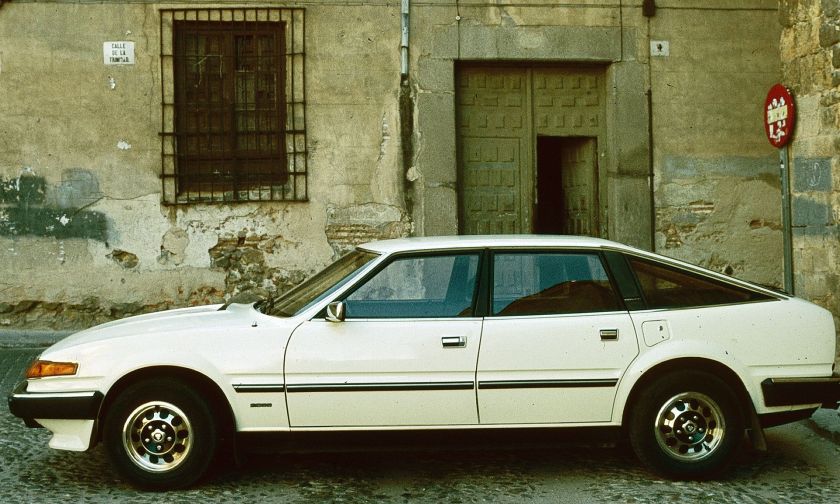
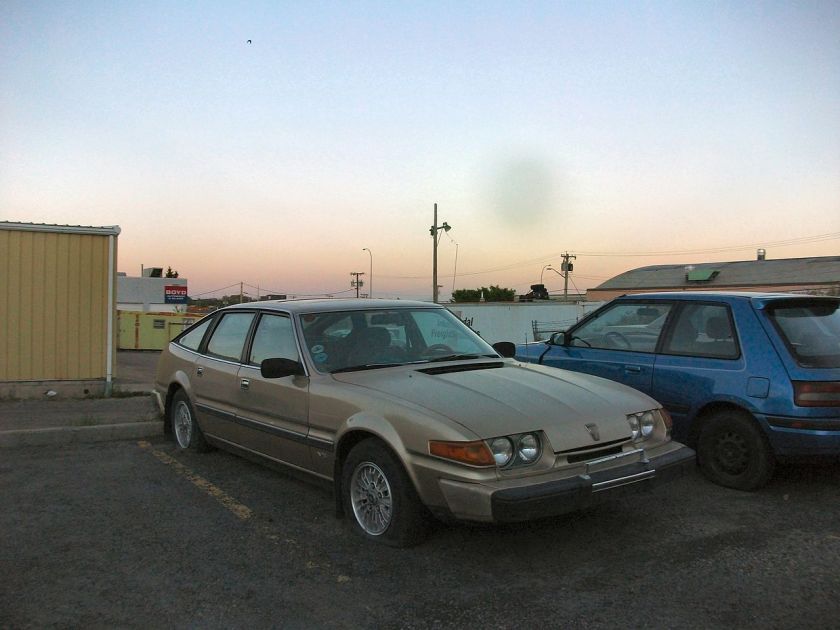
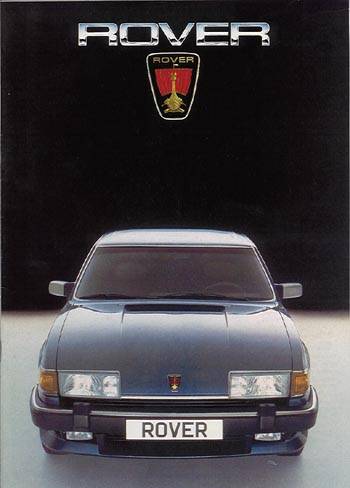
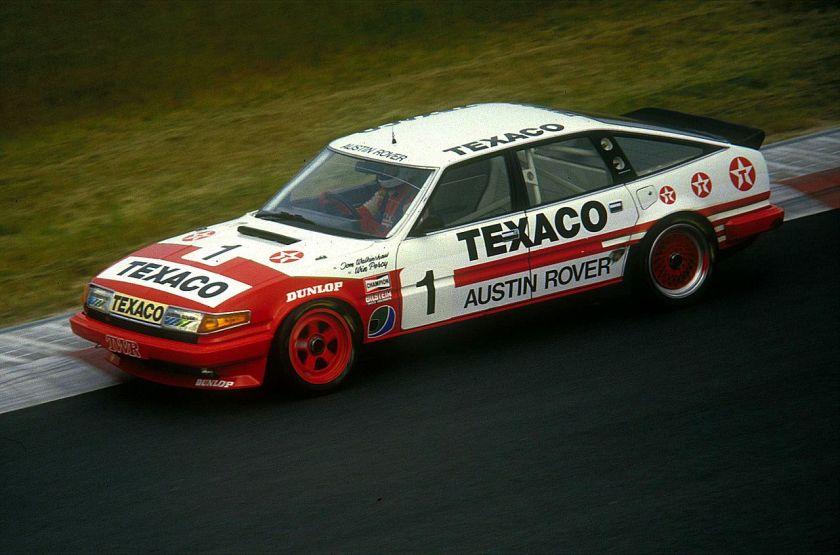
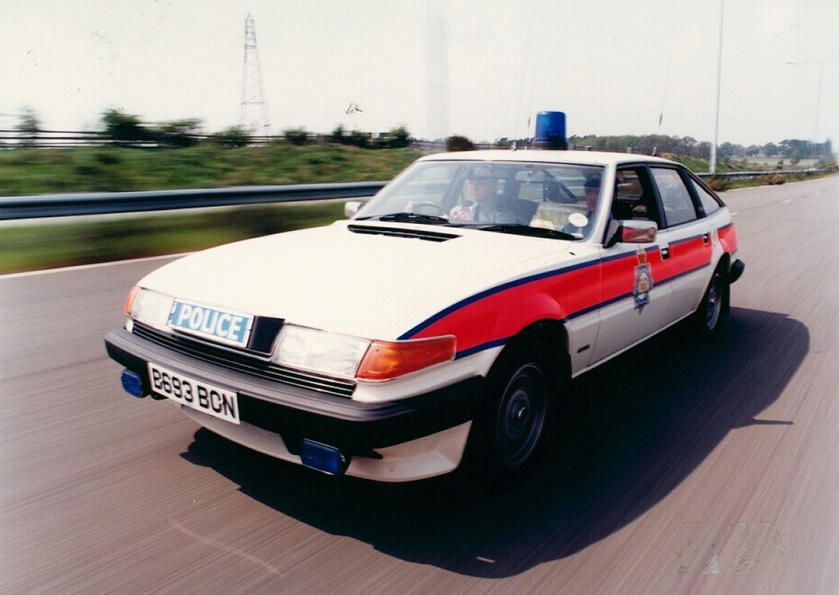 1976–86 Rover SD1 (2000/2300/2400/2600/3500/Vitesse)
1976–86 Rover SD1 (2000/2300/2400/2600/3500/Vitesse)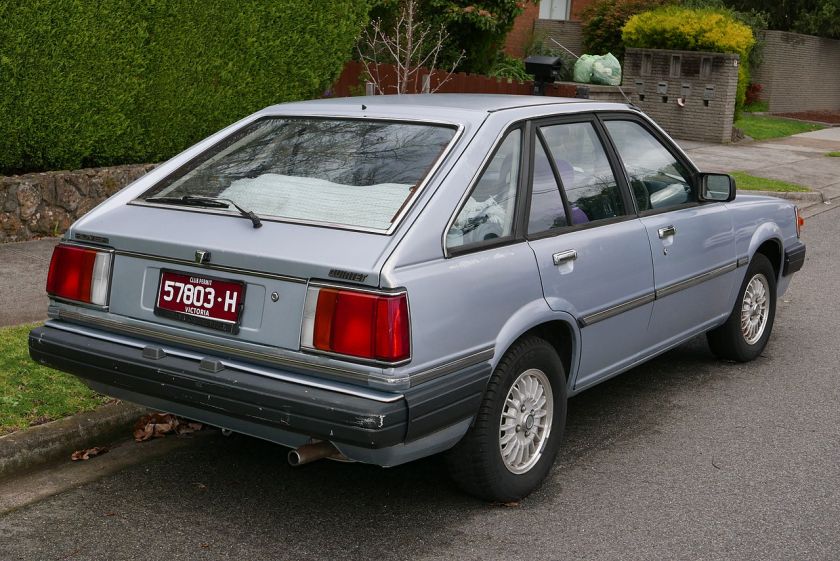
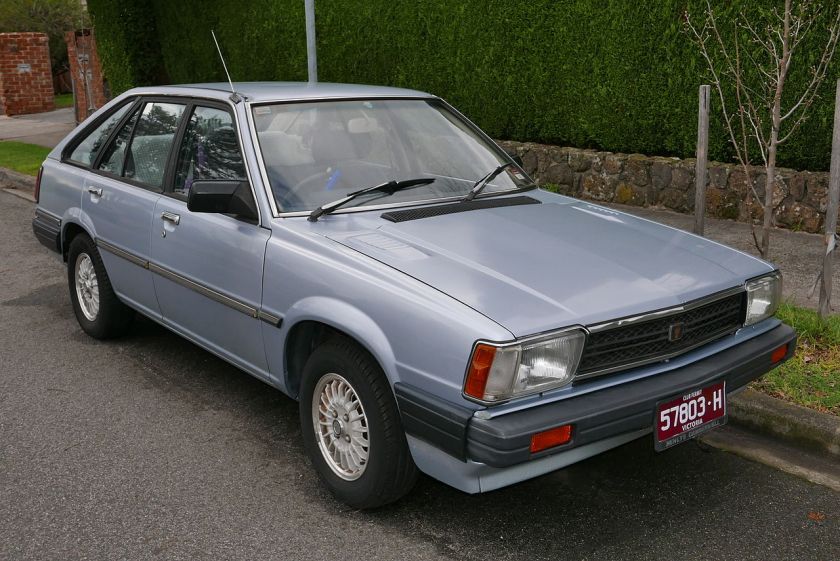 1983–85 Rover Quintent—Australian market
1983–85 Rover Quintent—Australian market
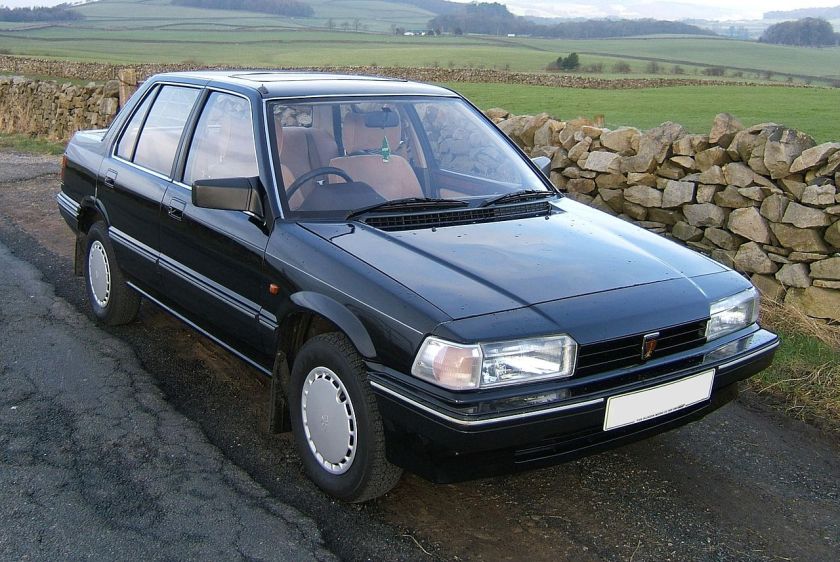
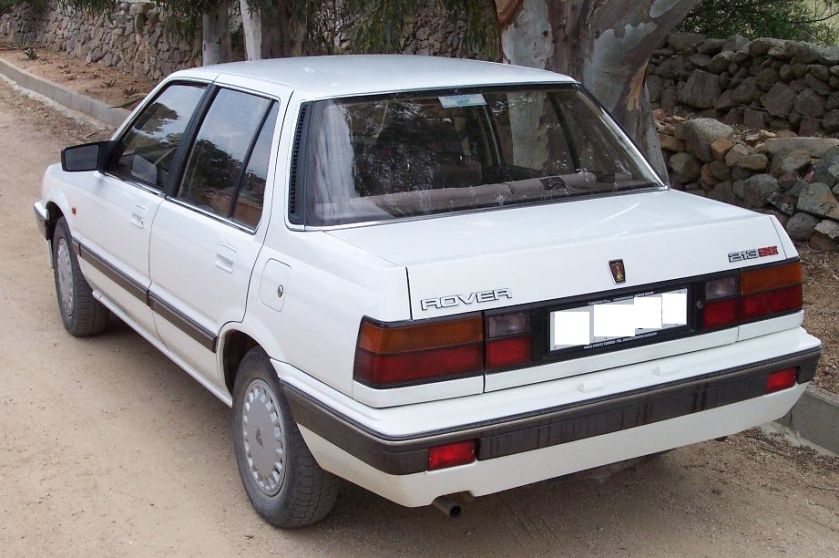
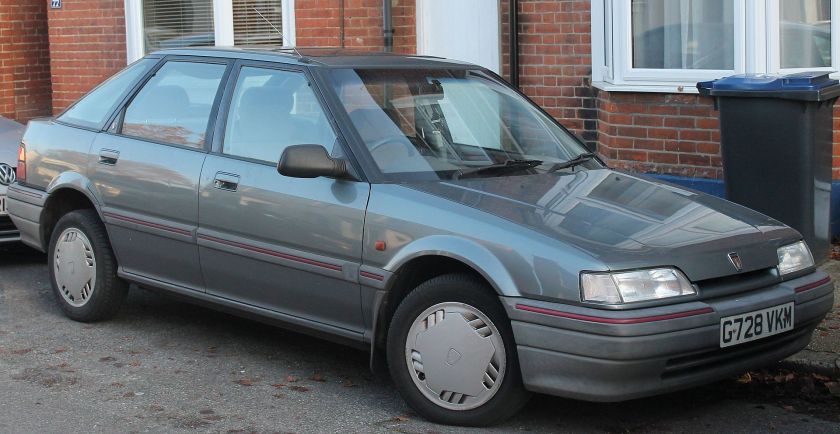
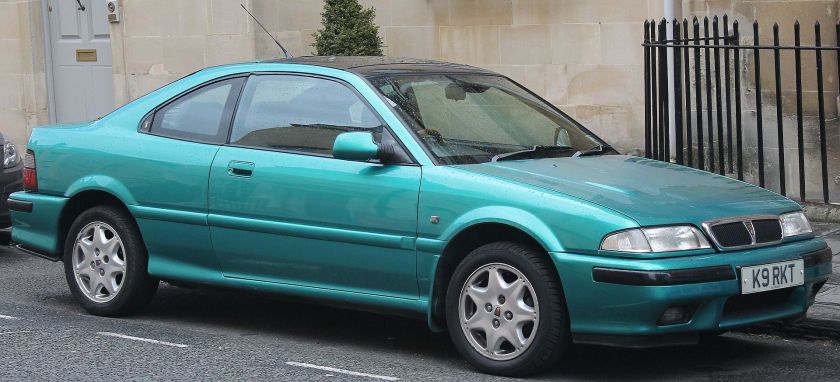
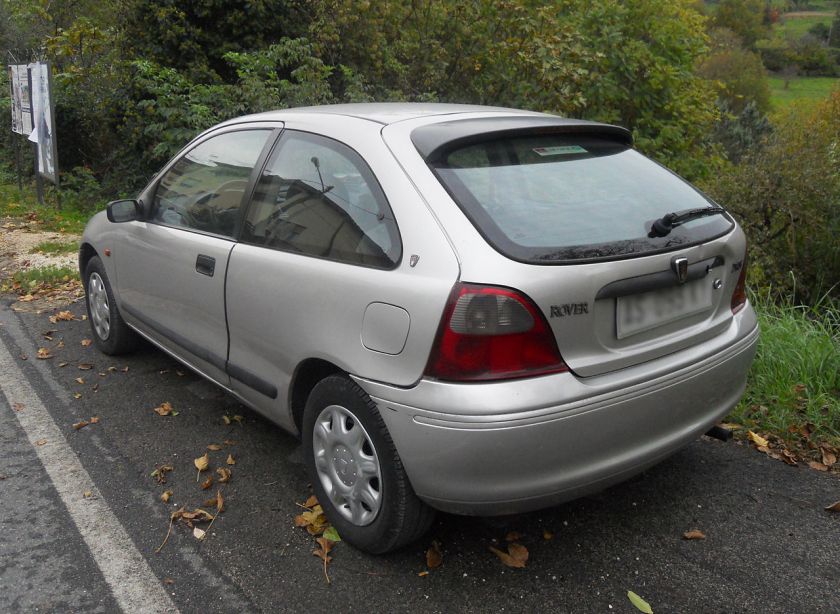
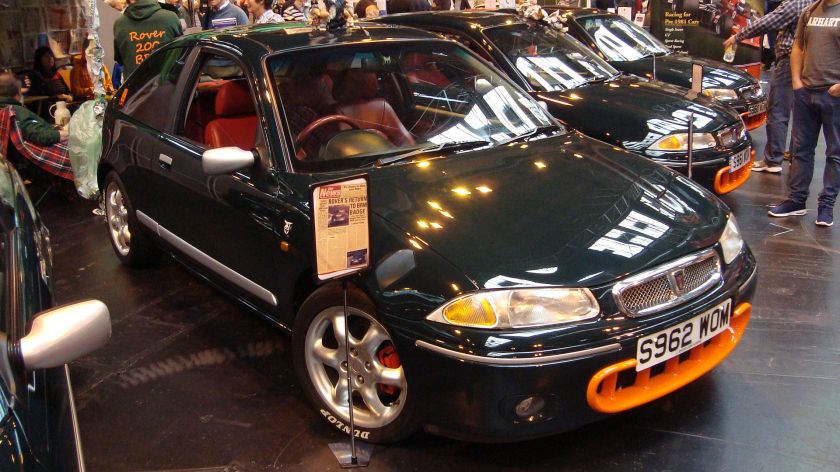
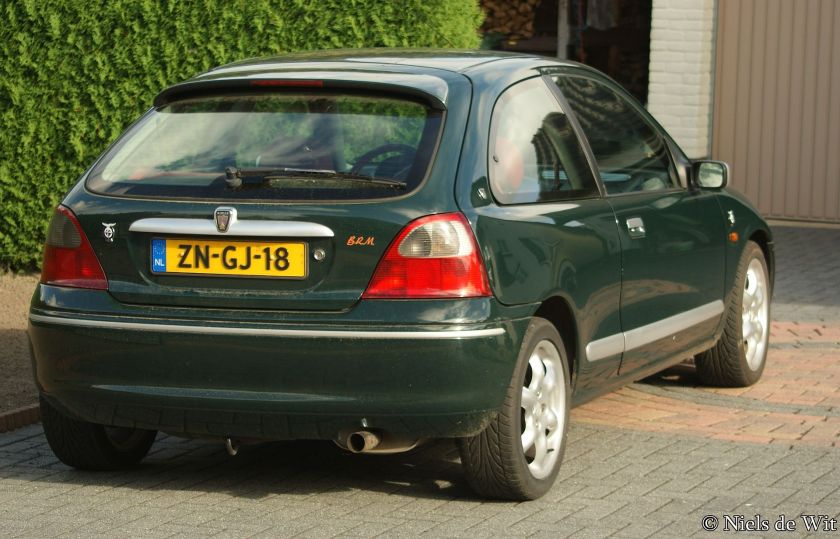
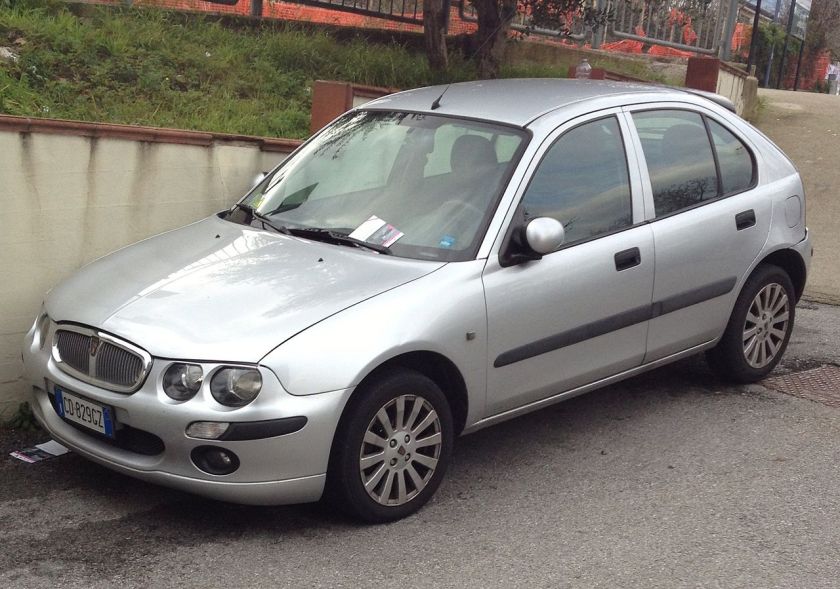
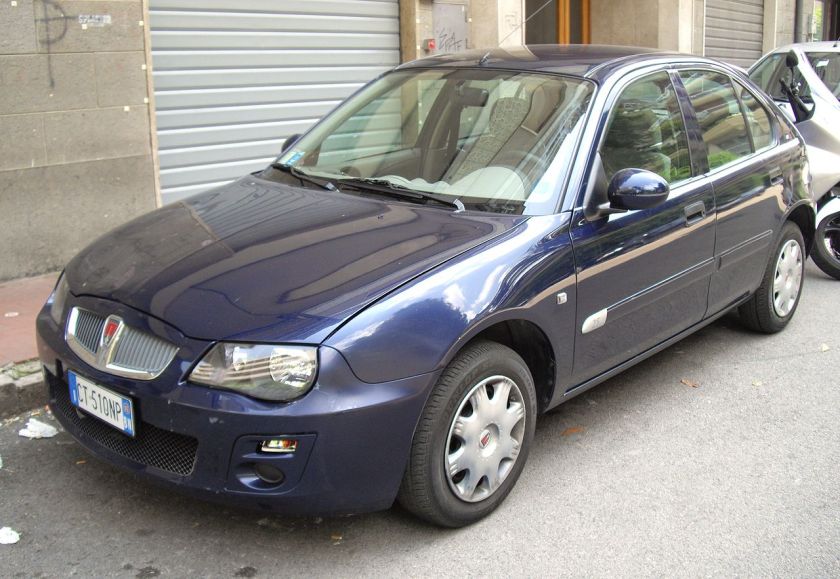
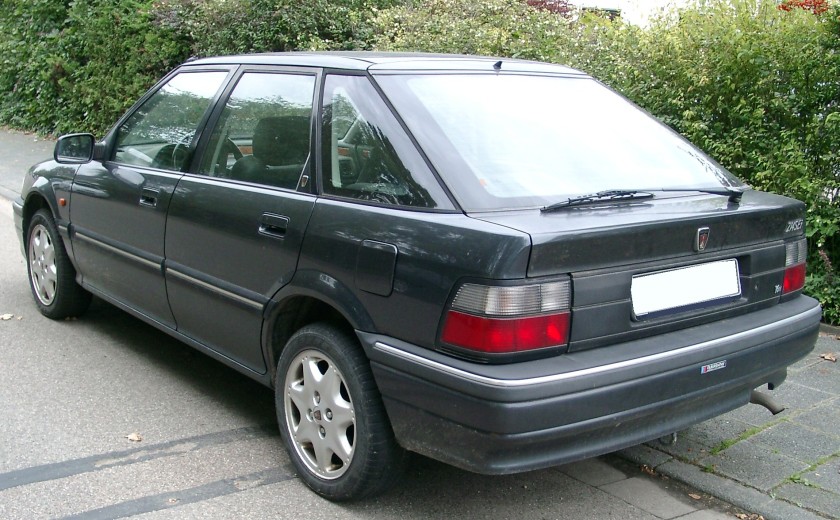
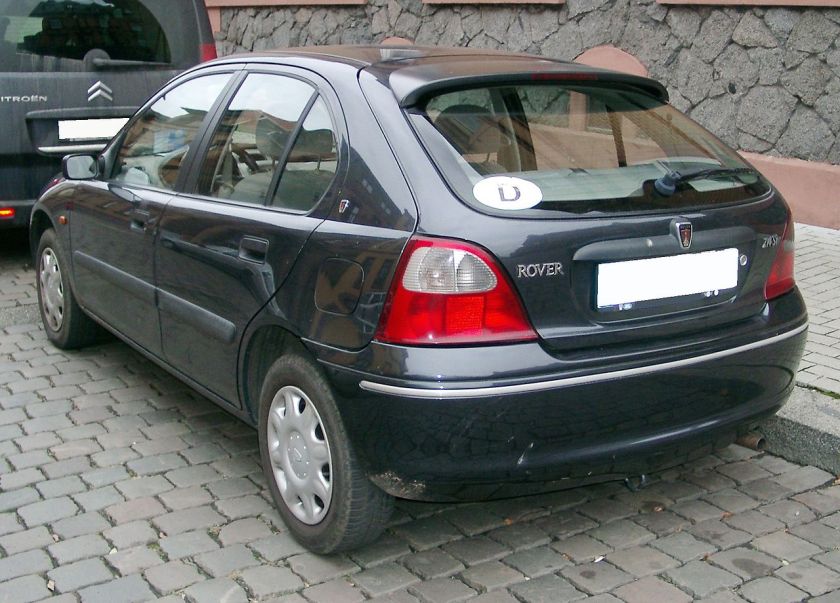
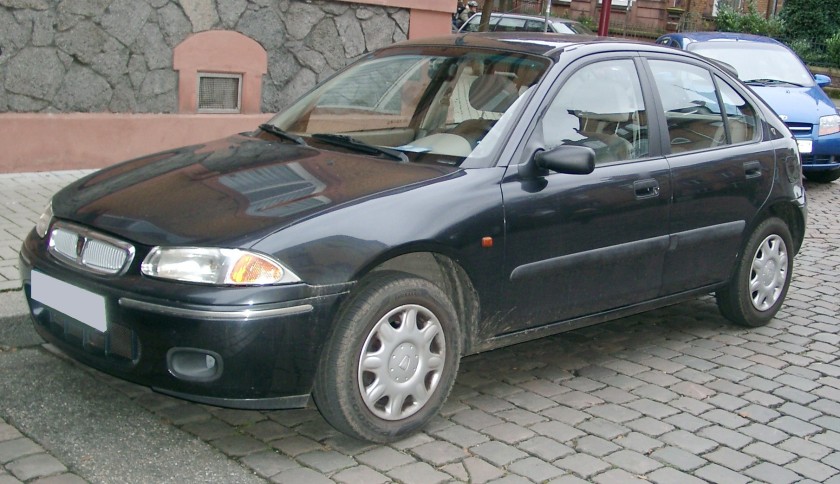
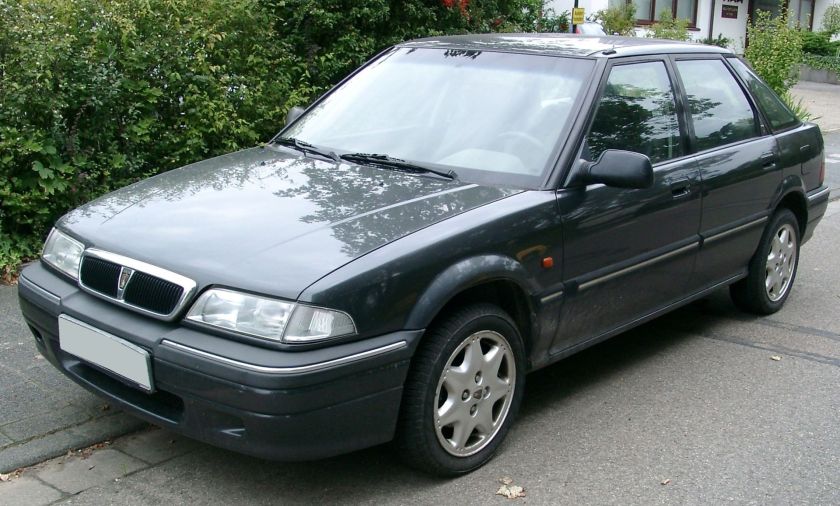 1984–89 Rover 200-Series (SD3)
1984–89 Rover 200-Series (SD3)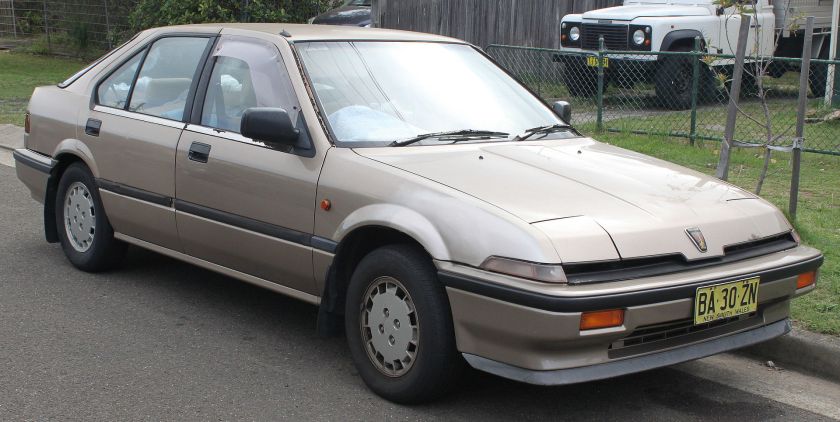 1985–89 Rover 416i—Australian market
1985–89 Rover 416i—Australian market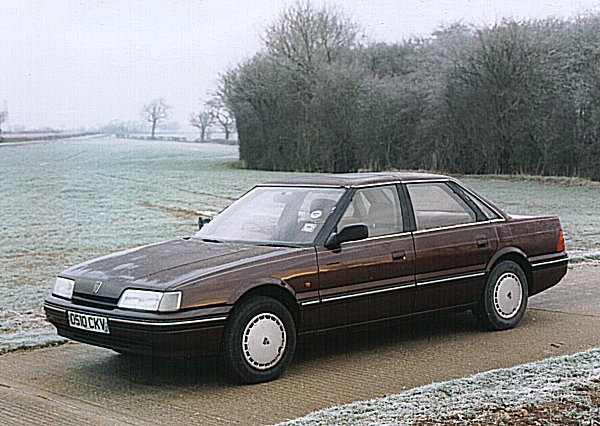
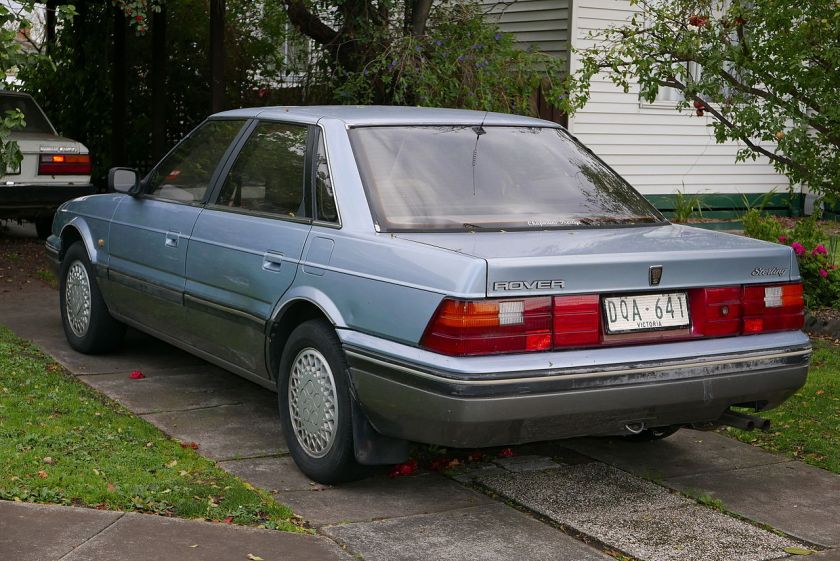
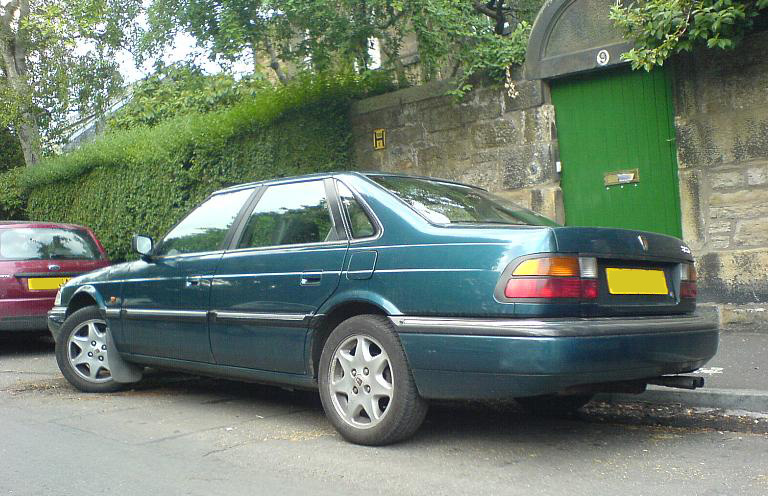
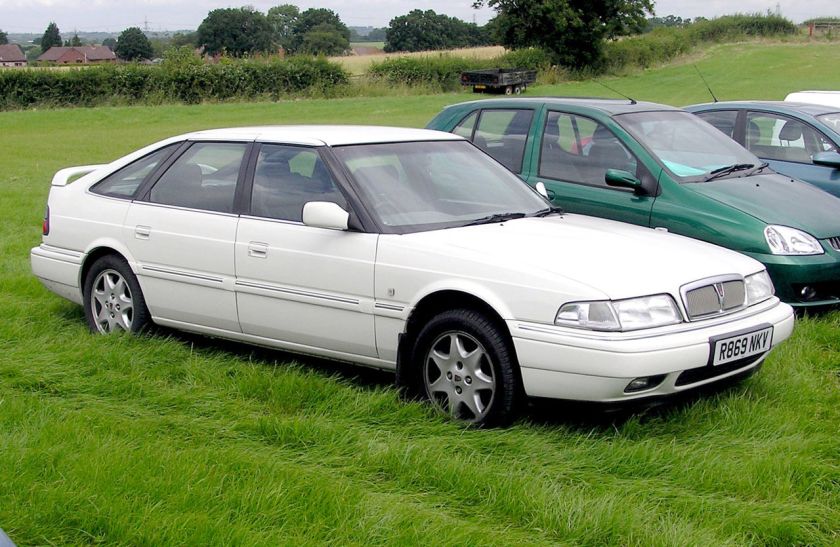
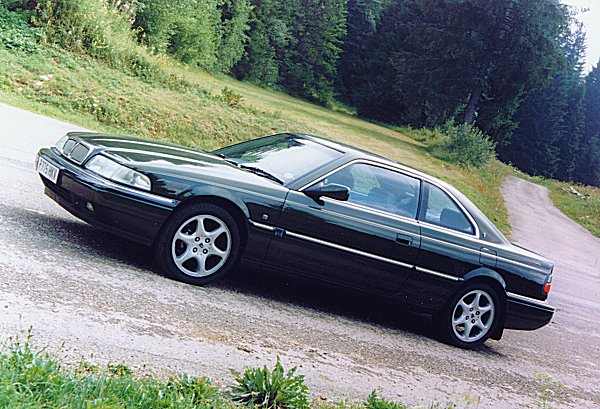
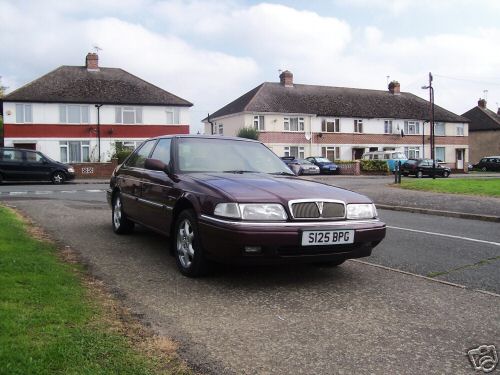 1986–98 Rover 800-series & Sterling
1986–98 Rover 800-series & Sterling
1989–95 Rover 200/400-Series (R8)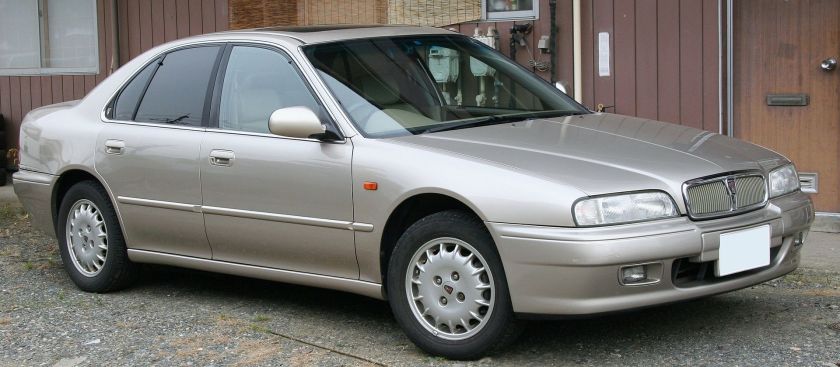
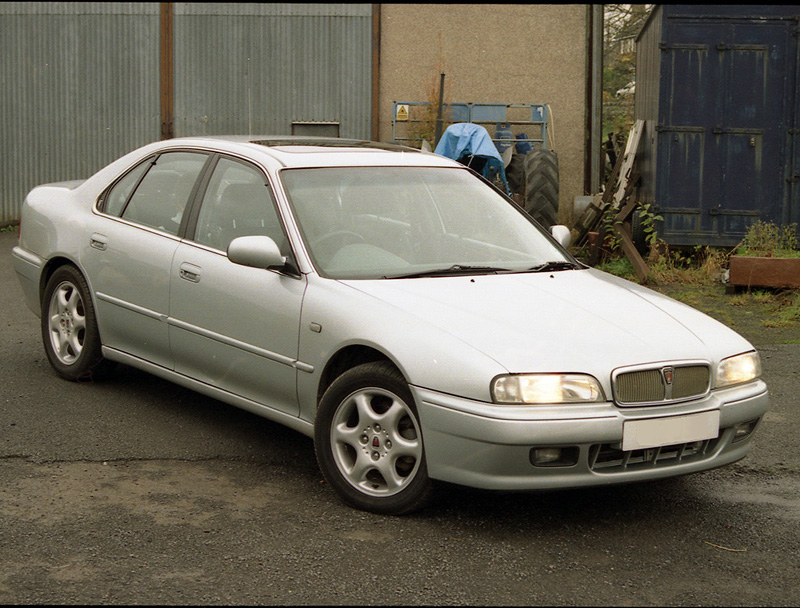
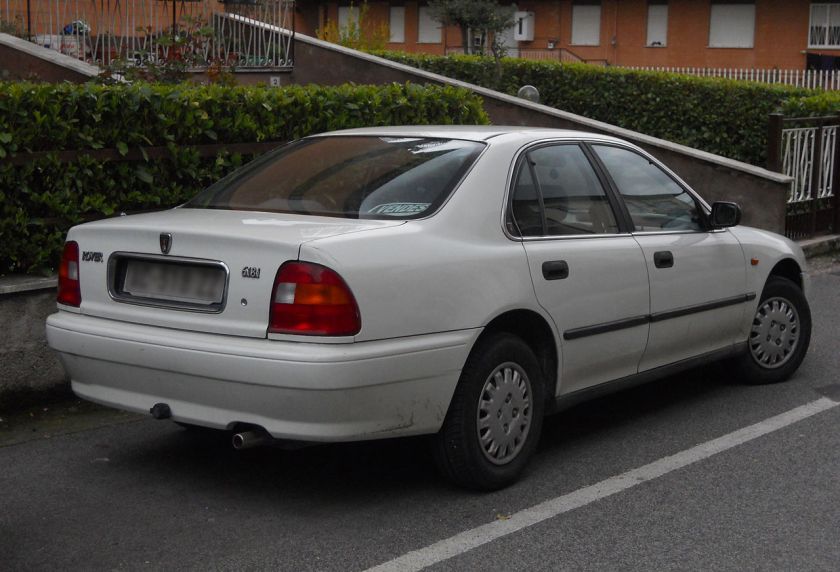 1993–98 Rover 600-Series
1993–98 Rover 600-Series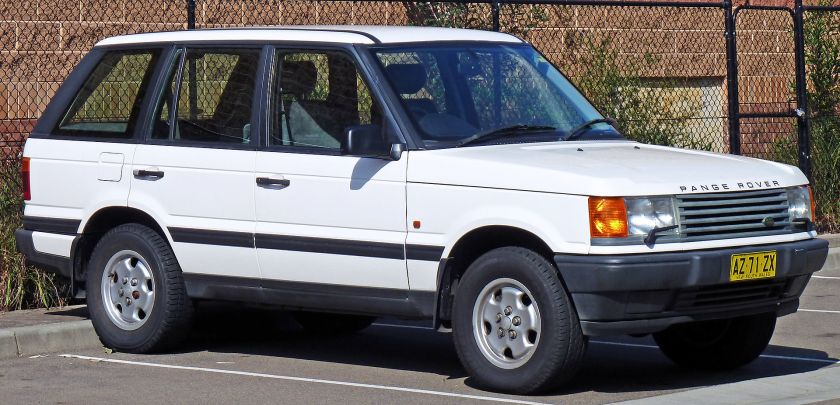
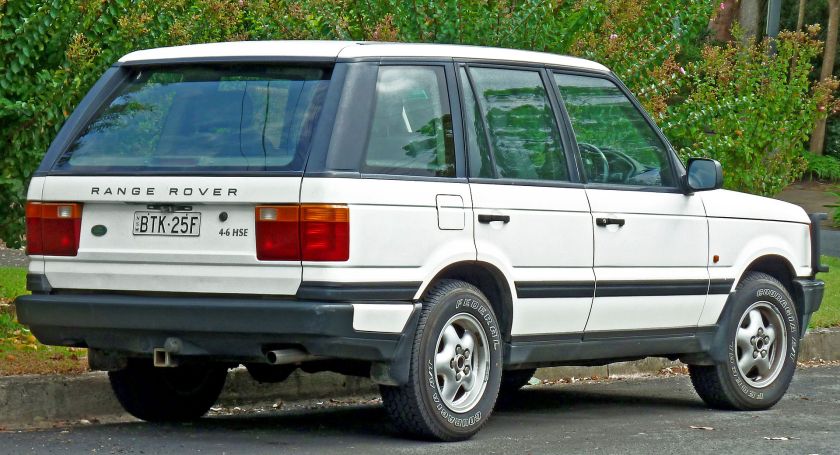 1994-01 Range Rover Mk.2 (P38A)
1994-01 Range Rover Mk.2 (P38A)
1995-05 Rover 200/25 (R3)
1995-05 Rover 400/45 (HH-R)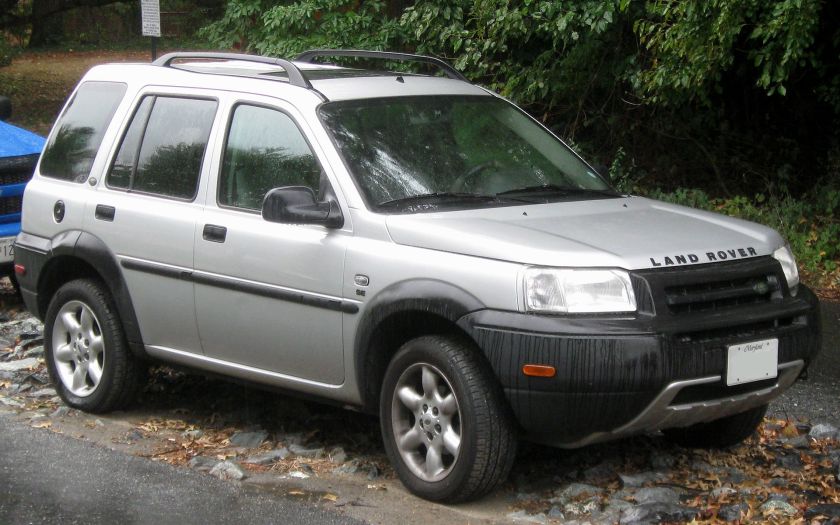
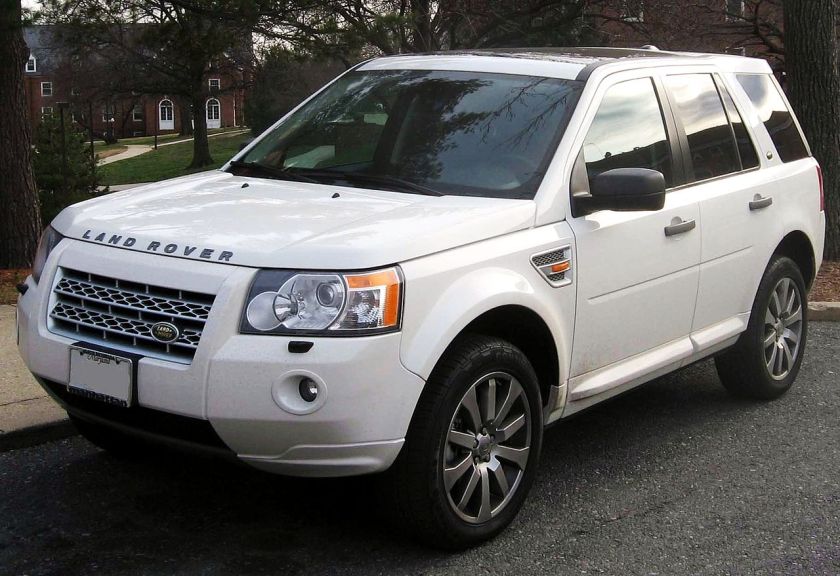
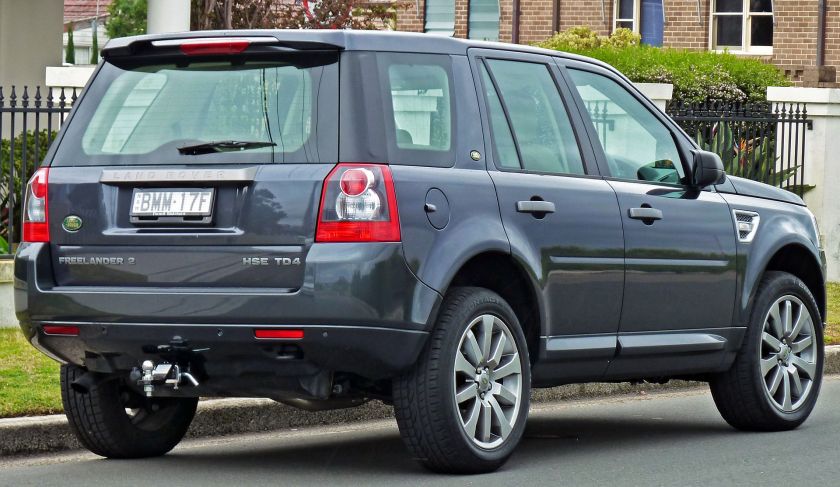
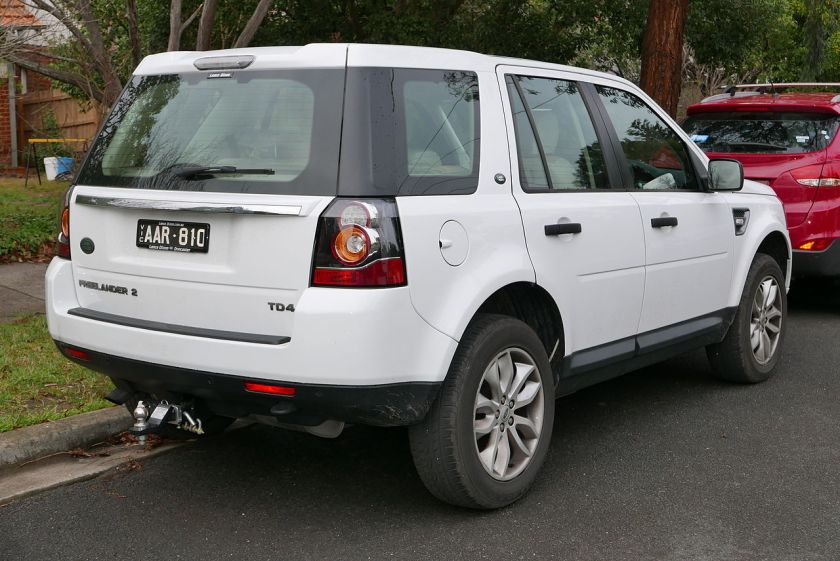
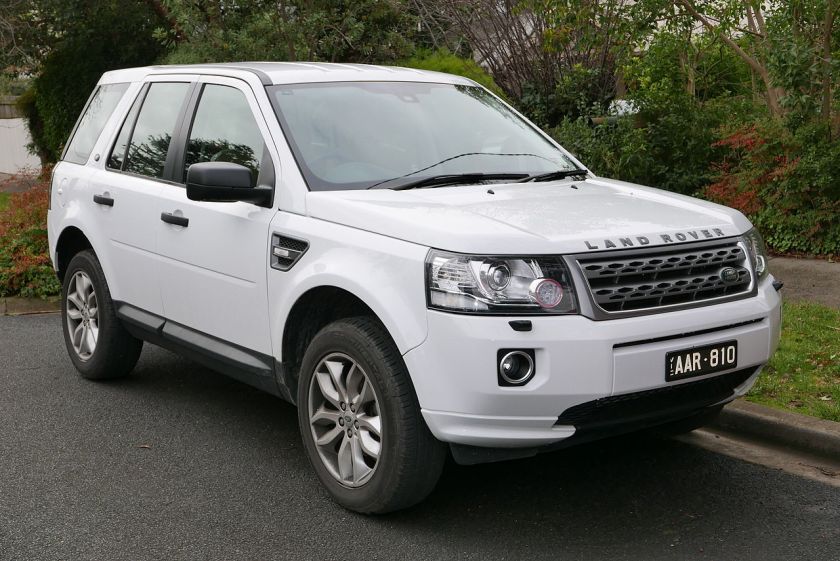
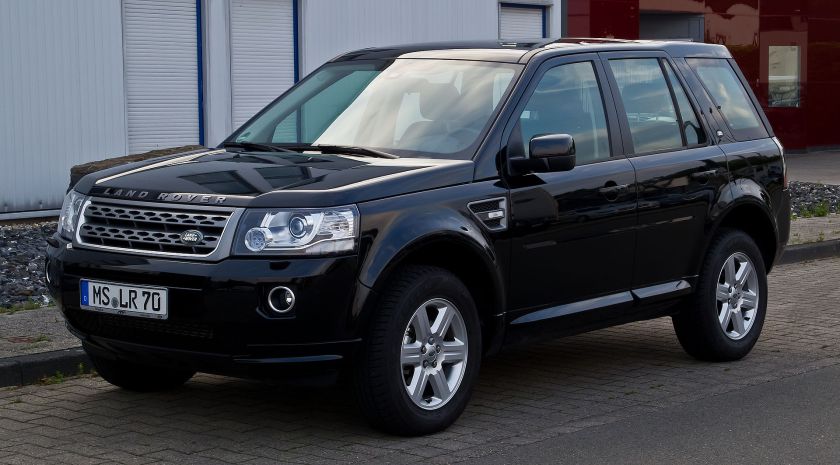
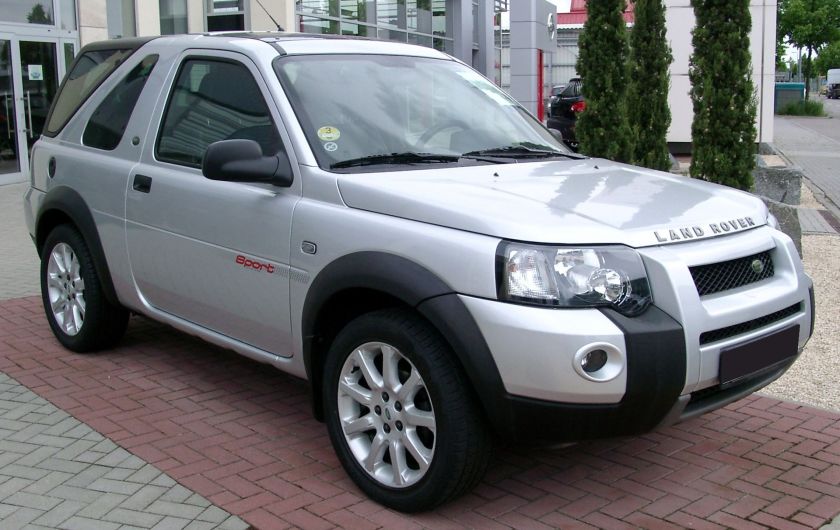
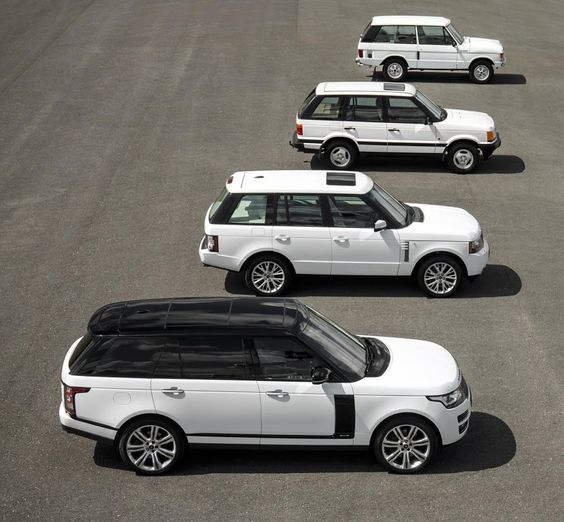
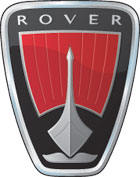
1998-04 Land Rover Freelander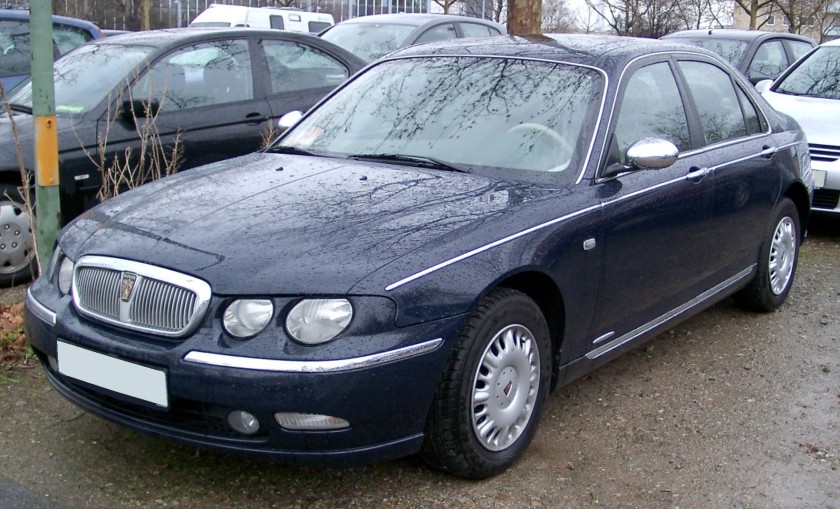
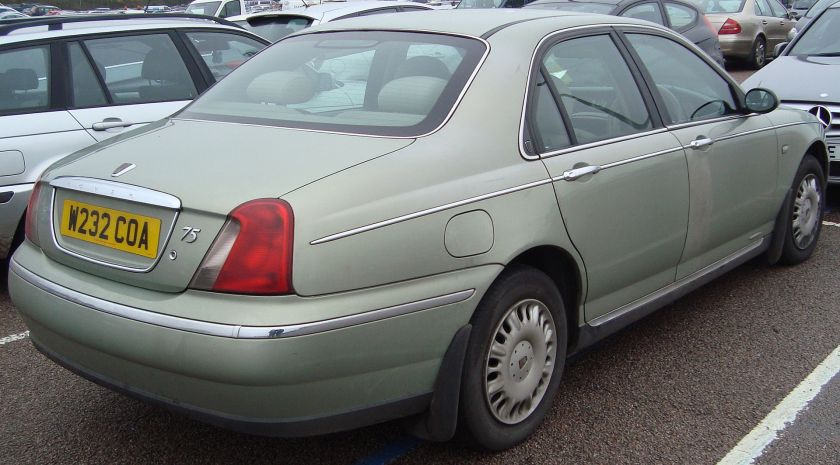
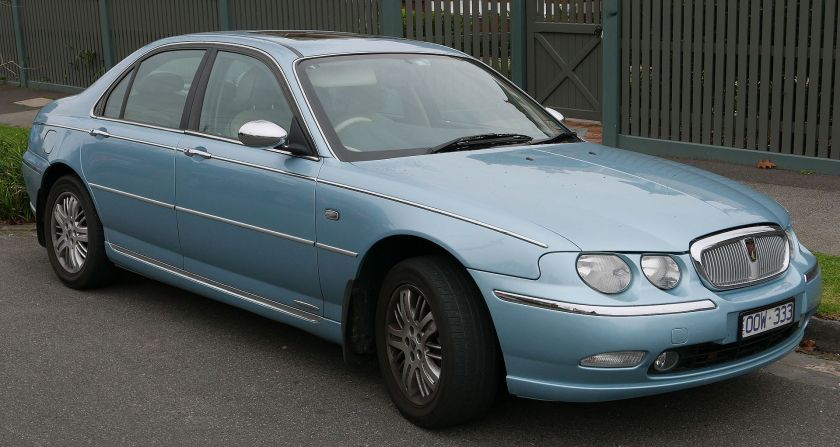
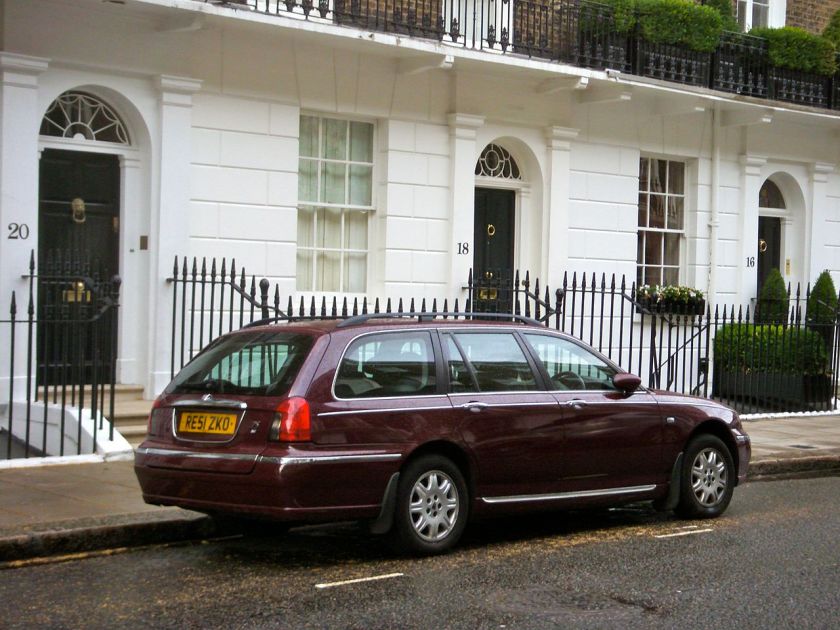
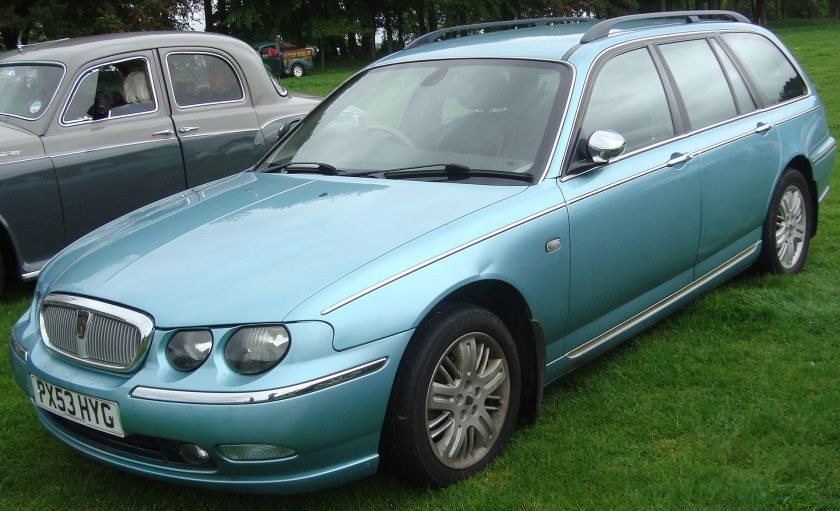
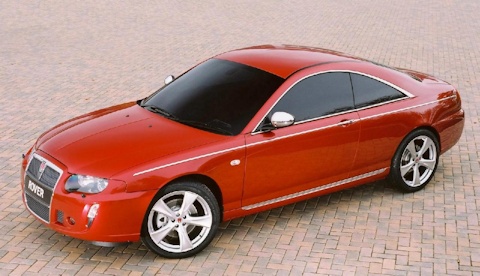
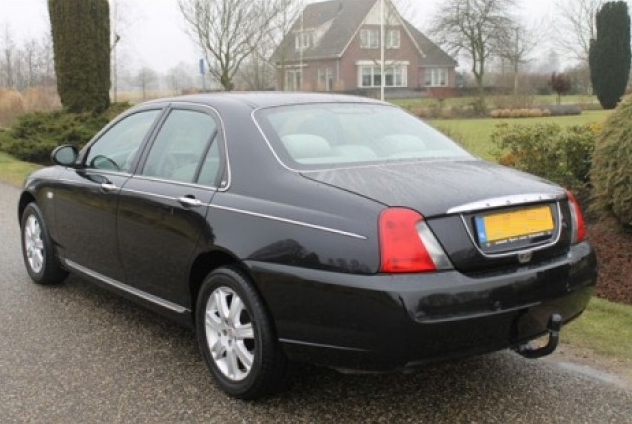
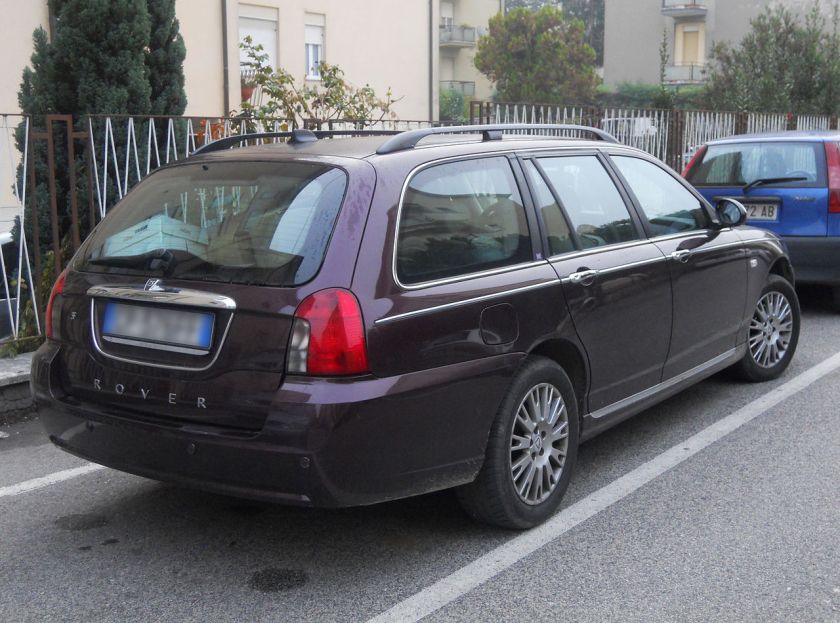
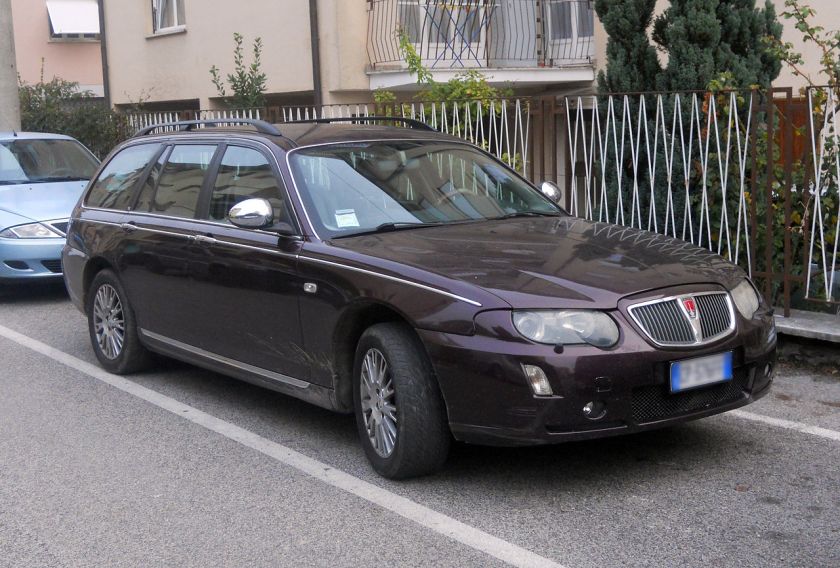
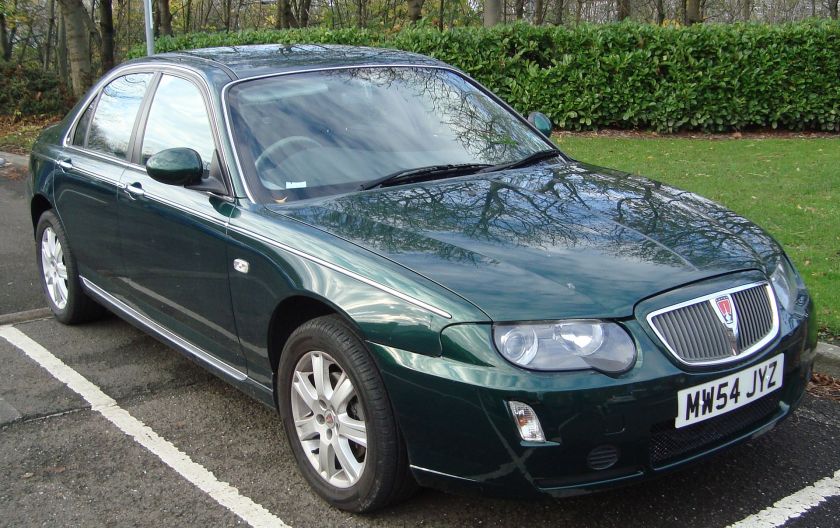
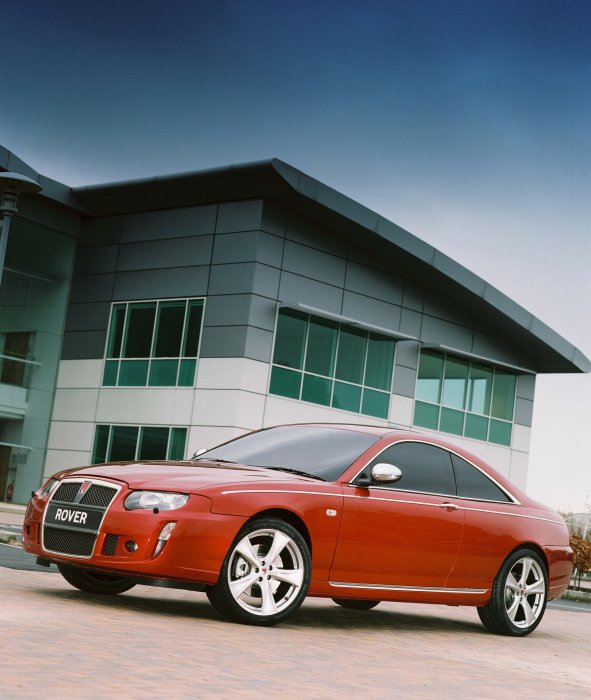
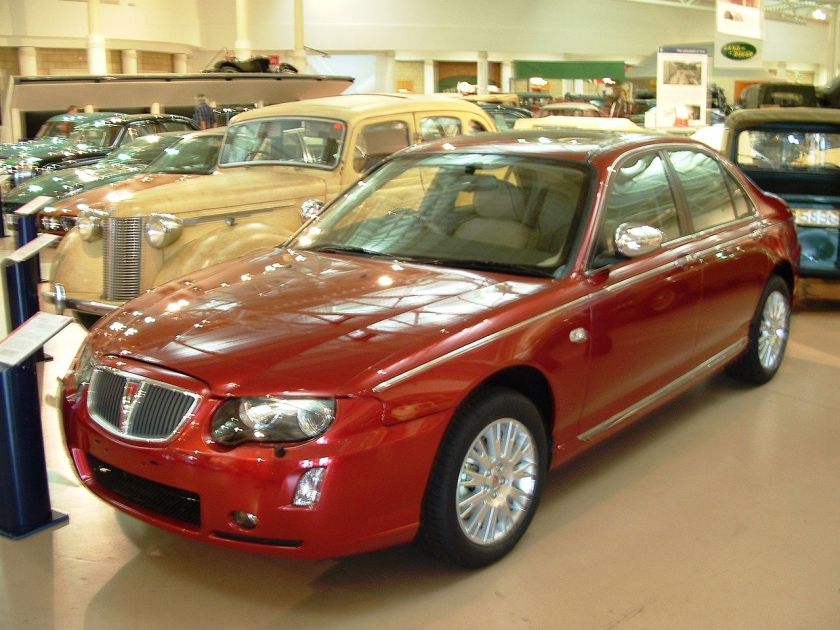 1998-05 Rover 75
1998-05 Rover 75

By Kevin Phillips
The history of the Rover Company goes back to 1881 when the Coventry Sewing Machine Company was founded. From sewing machines, they graduated to manufacturing bicycles in 1869. The first Rover machine was a tricycle which appeared in 1884 and a year later the new safety bicycle appeared and the company then became known as JK Starley & Co Ltd.
John Starley’s safety bicycle was the prototype of the modern pedal cycle and was developed to overcome the balancing problems of the common penny-farthing cycle. Tricycles had been easier to control than the high and ungainly “ordinaries as the penny farthings had come to be known, but were not as maneuverable and were much more expensive.
John Starley’s safety bicycle featured a rear wheel that was driven by a chain and gearing which would reduce the effort required by the rider and would enable the front wheel diameter to be dramatically reduced.
Once his safety bicycle had proved a success, Starley began experimenting with an electrically driven battery-powered tricycle. The batteries were placed in a wicker basket above and behind the rear axle with the electric motor fitted underneath. Unfortunately, it was not a success as the performance and range was pitiful and once the batteries had gone flat, the dead weight of the machine would have taxed even the strongest of riders.
Starley’s safety bicycles caught on rapidly and the business went from strength to strength with rapidly rising sales which made John Starley a wealthy man.

In June 1896, Starley formed the Rover Cycle Co Ltd which operated from the New Meteor Works. In its first year of operation, the new company built 11000 cycles and returned a profit of 21,945 pounds. At about this time, an entrepreneur by the name of Harry Lawson had arrived in Coventry and taken over a disused cotton mill in order to manufacture his license-built Daintier motor car. Lawson was a man who was going places and, expanding by acquisition, tried to induce Starley to join forces with him. Starley would have no part of it, but it did get him thinking about engines and their possibilities.
Starley imported several Peugeot motorcycles from France in 1899 for observation and experimental work. This was a natural progression as by the end of the nineteenth century the motor car phenomenon was taking the world by storm and Britain already had motor cars being built by Daim]er, Wolseley, Lanchester and Riley.
Rover’s first project was to motorise a Rover pedal cycle, something that Triumph was already working on.
John Starley died tragically early in October 1901 aged 46, while still the undisputed leader of Coventry’s bicycle industry, his business now producing 15,000 machines a year.
Harry Smith took over as Managing Director and made the decision to go motorised in 1902. The first public appearance of the 2% HP Rover motorcycle was made on 24th November 1902.
By now Britain’s fledgling motorcar industry was starting to show signs of stability and Daimler was turning out good cars and making good money. On 16th December 1903 the Rover directors decided to start development of a light car. It would be designed by Edmund Lewis who had been acquired from Daimler who were the acknowledged motorcar experts. Rover’s decision had been made just in time as by now Daimler and Riley in Coventry had been joined by Annstrong-Siddeley, Humber, Lea-Francis, Singer and Standard.

Keith Adams Austin Rover / Rover Group / MG Rover Resource
German Rover Company & Rover Cars Community
Catalogue of the Rover archives, held at the Modern Records Centre, University of Warwick